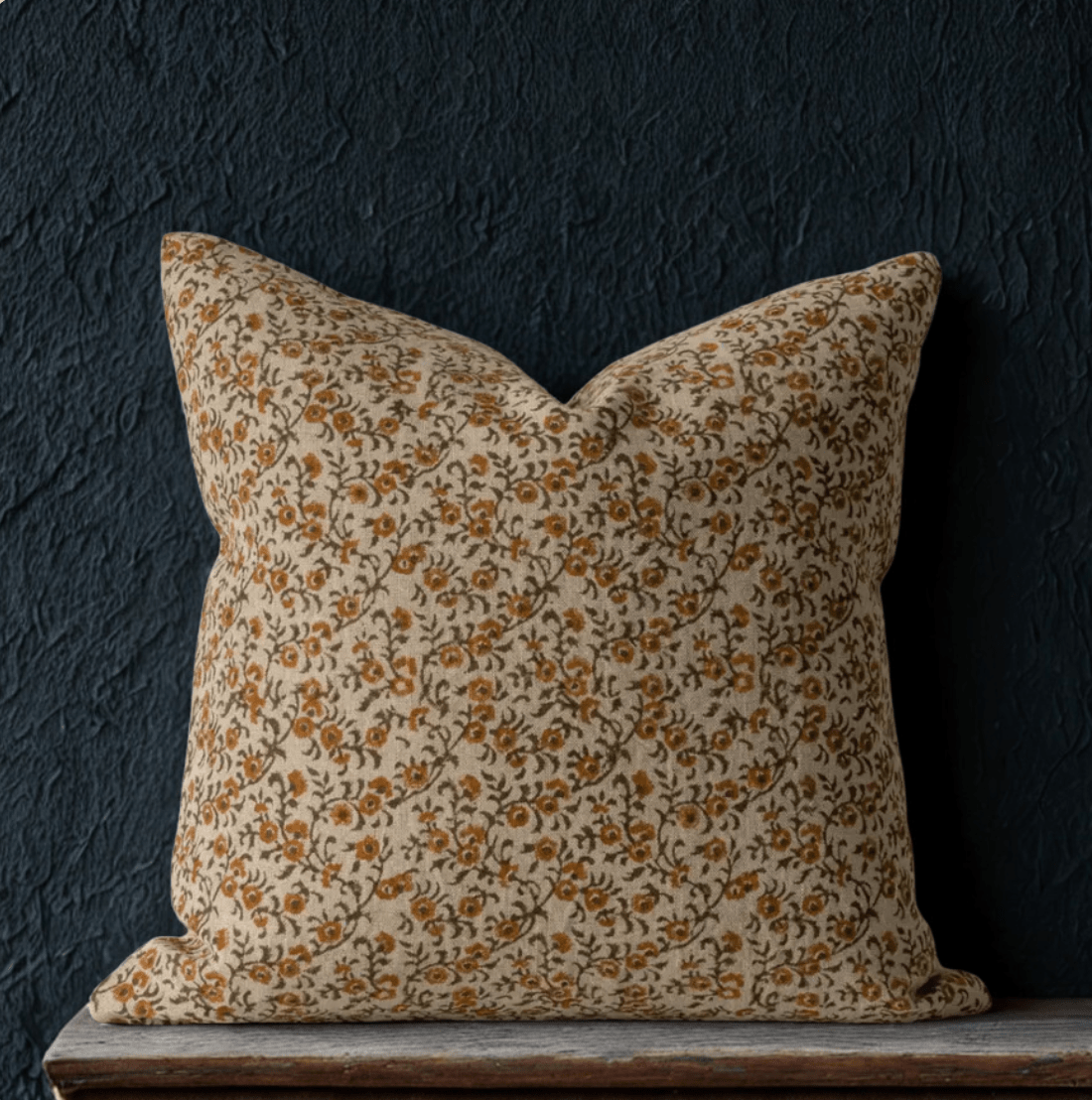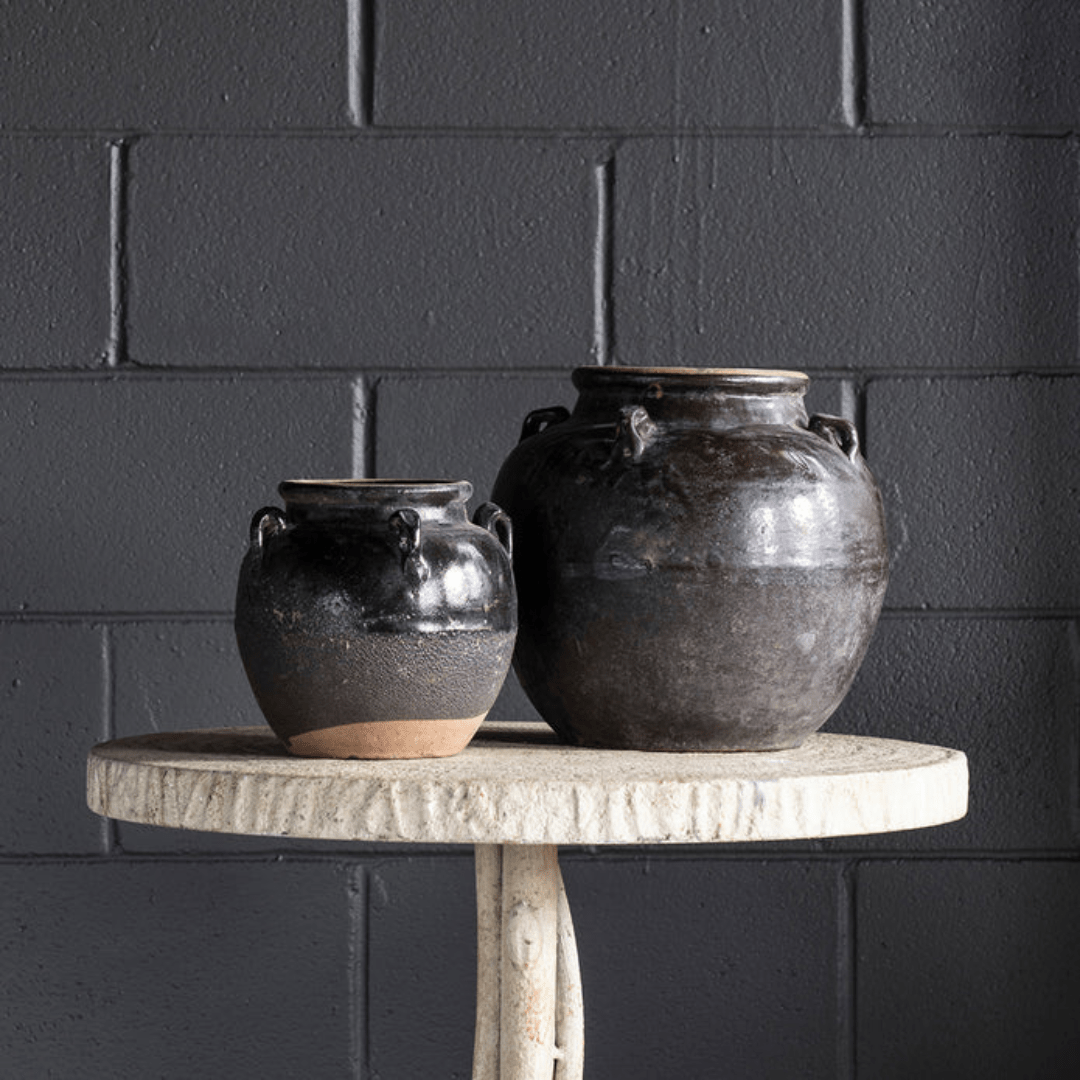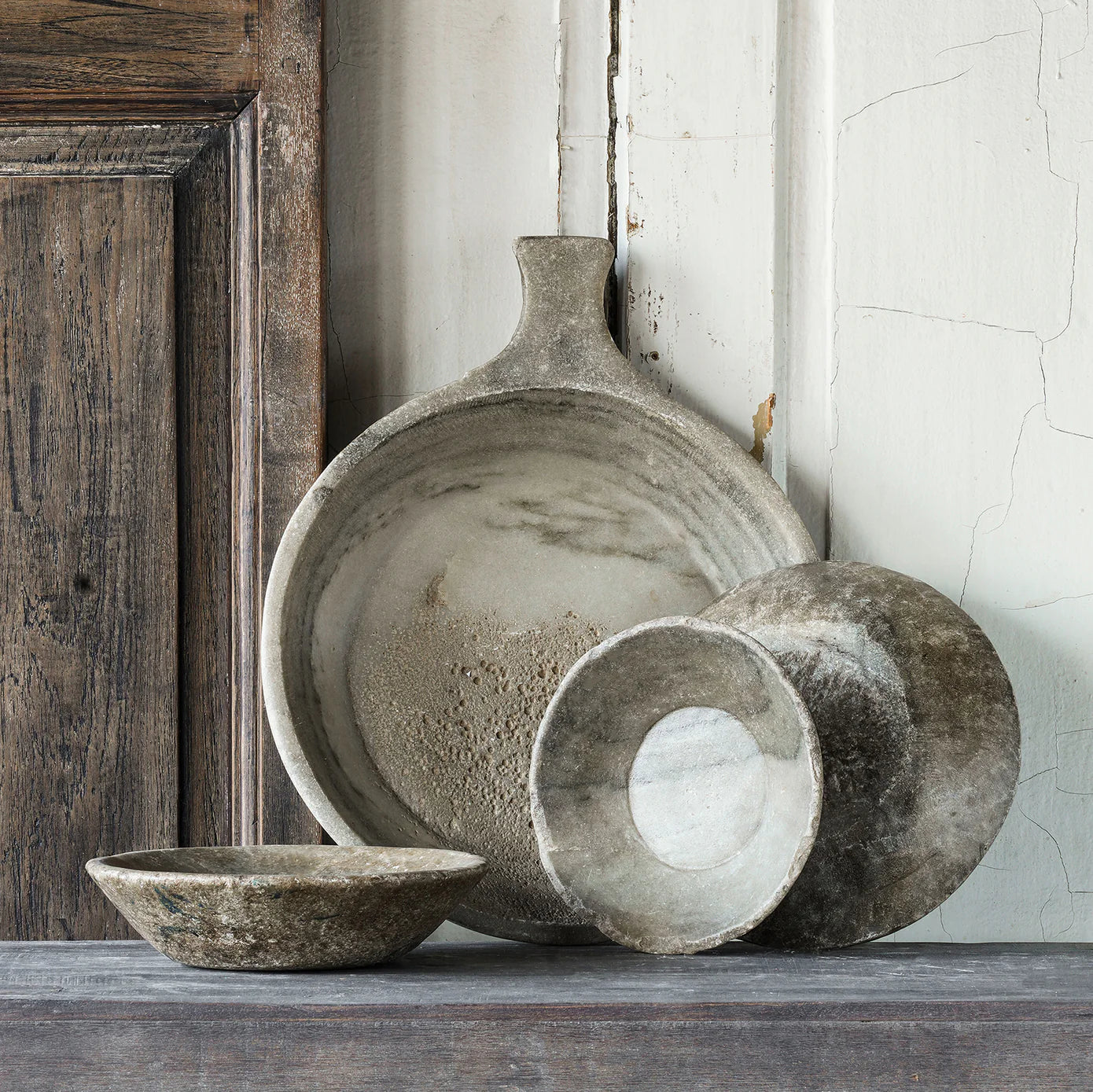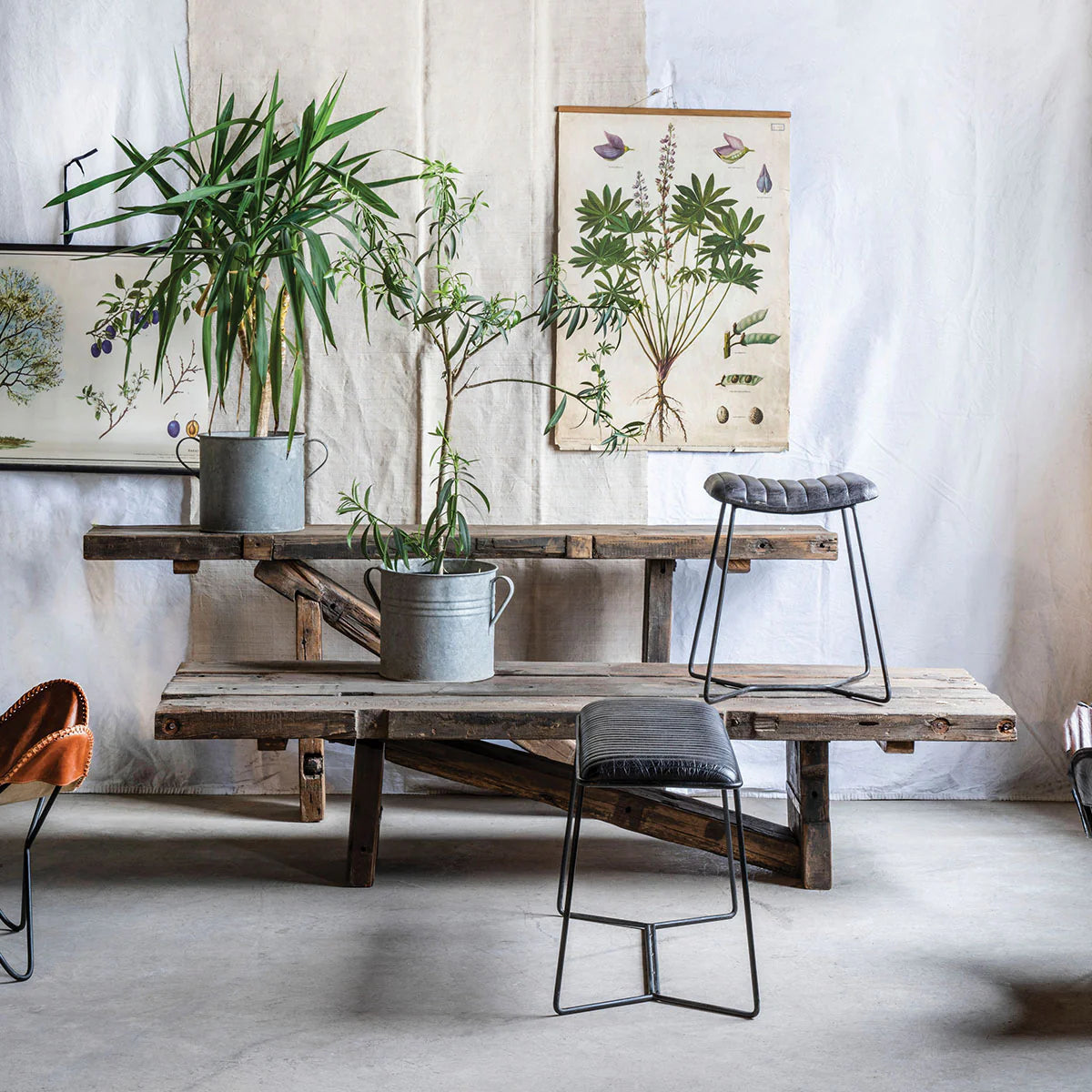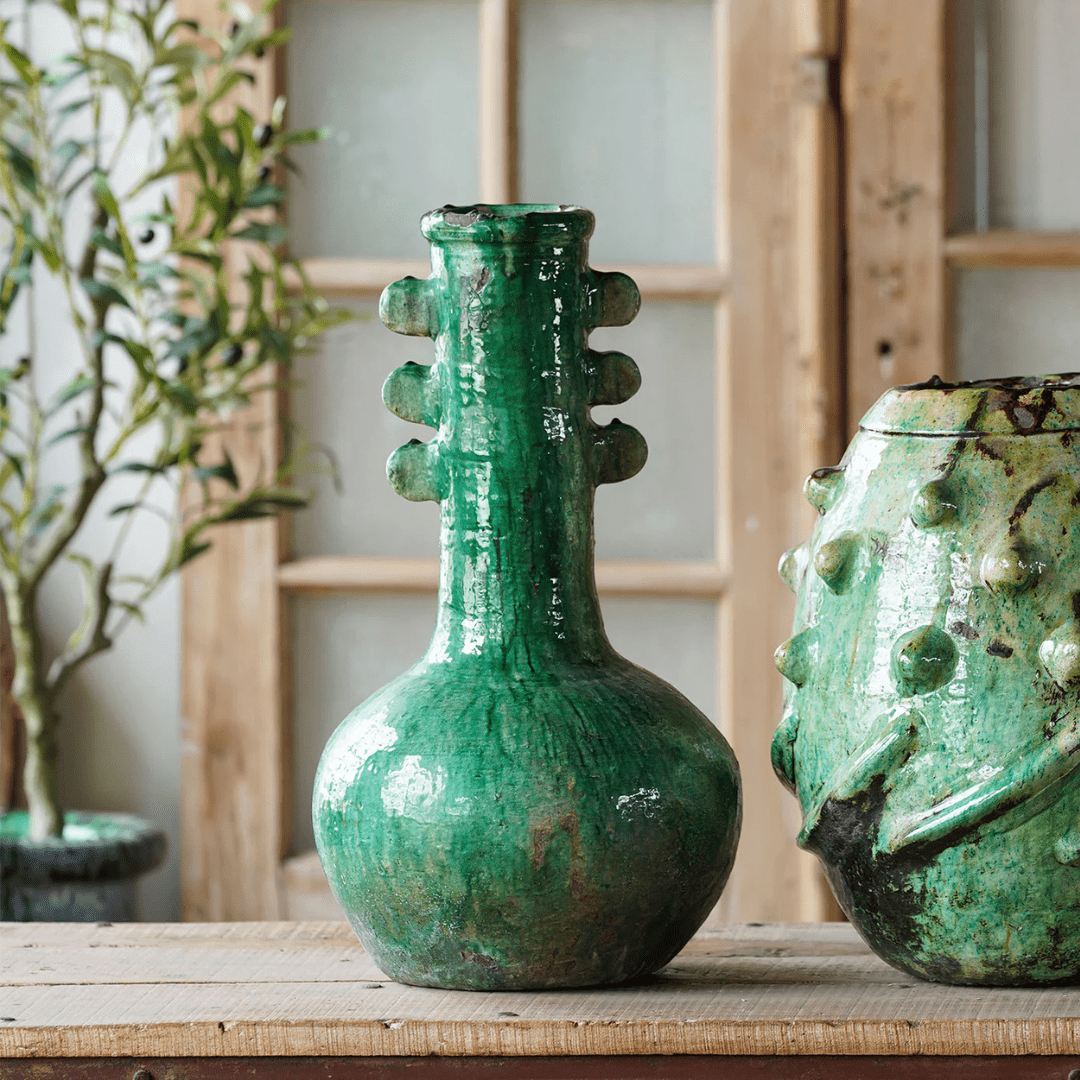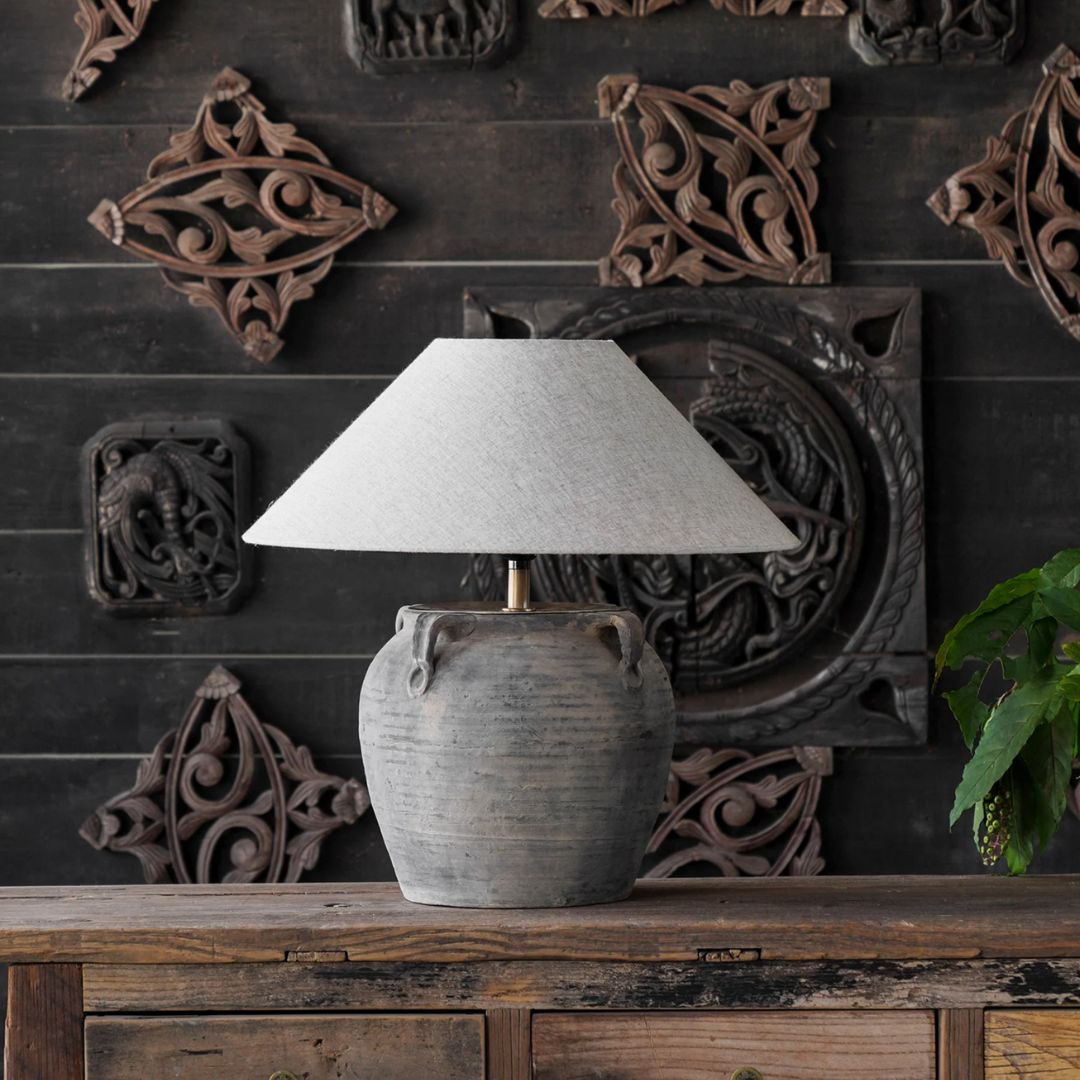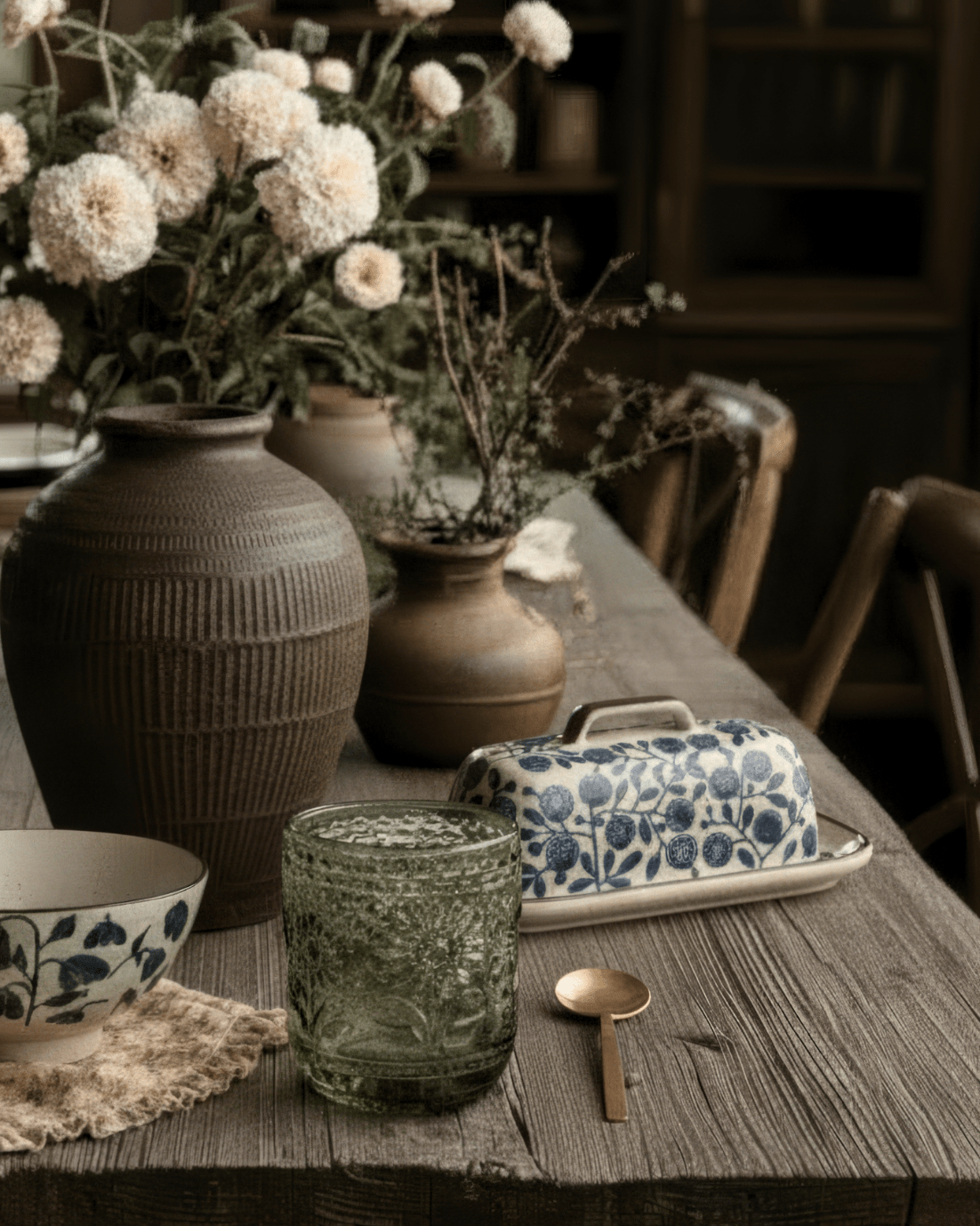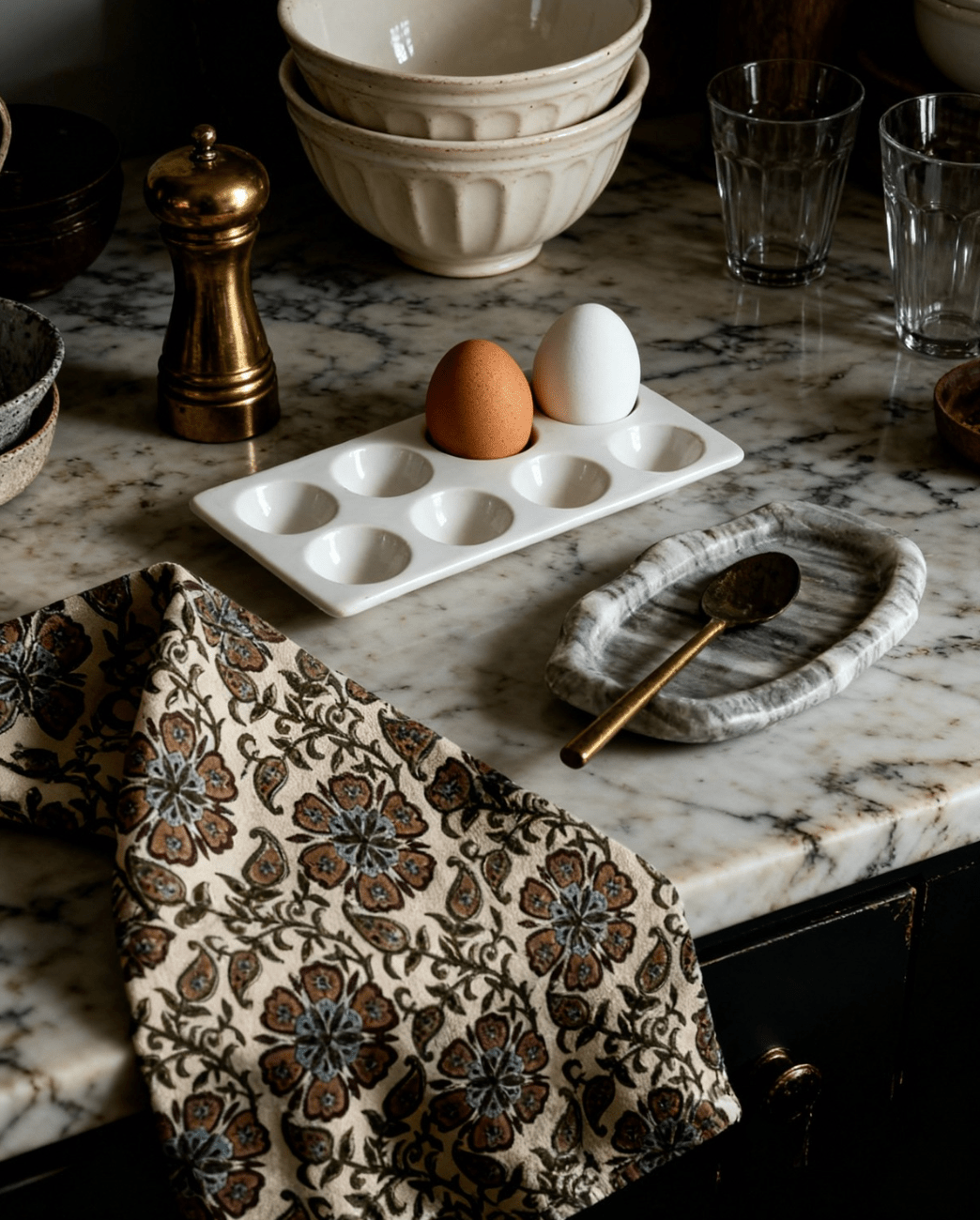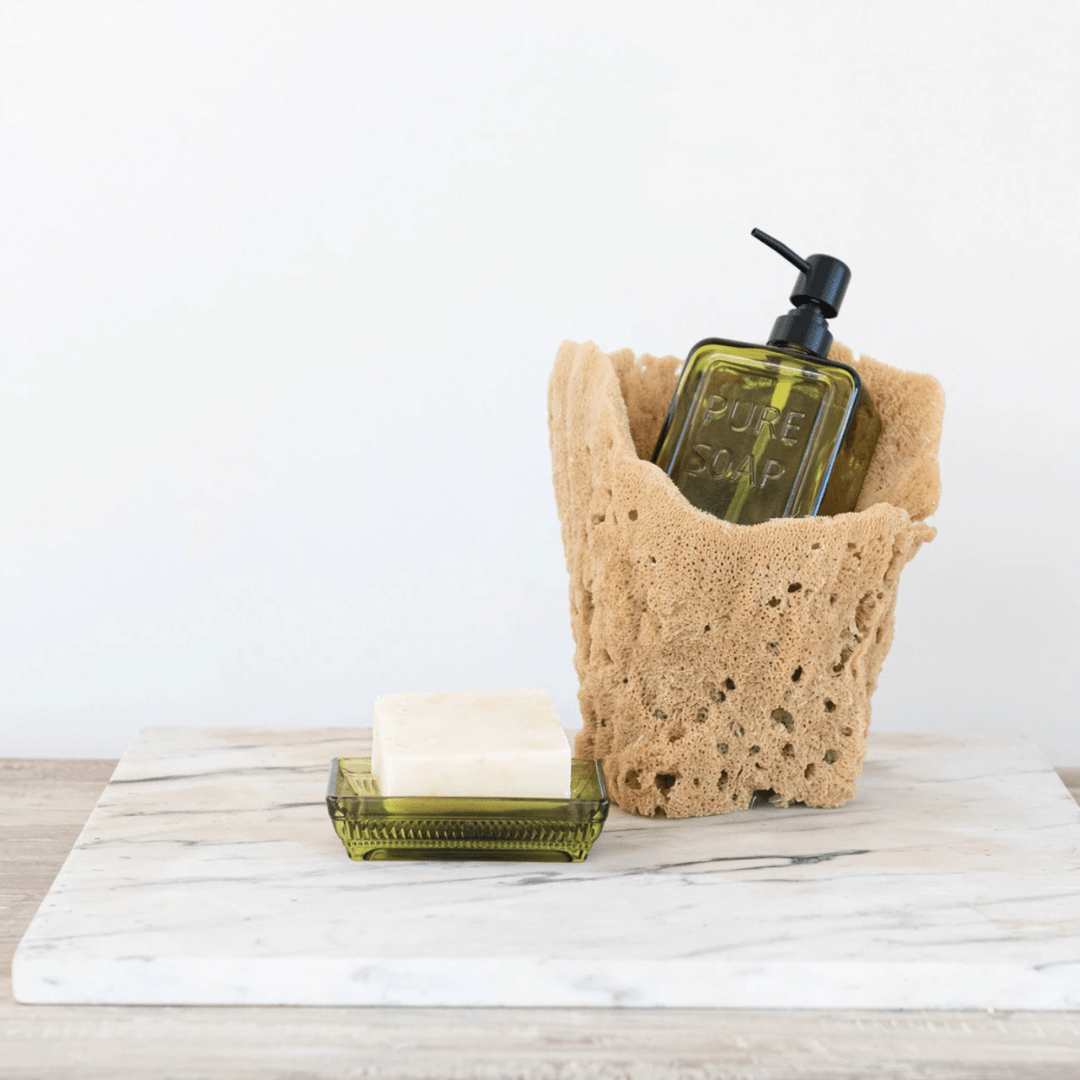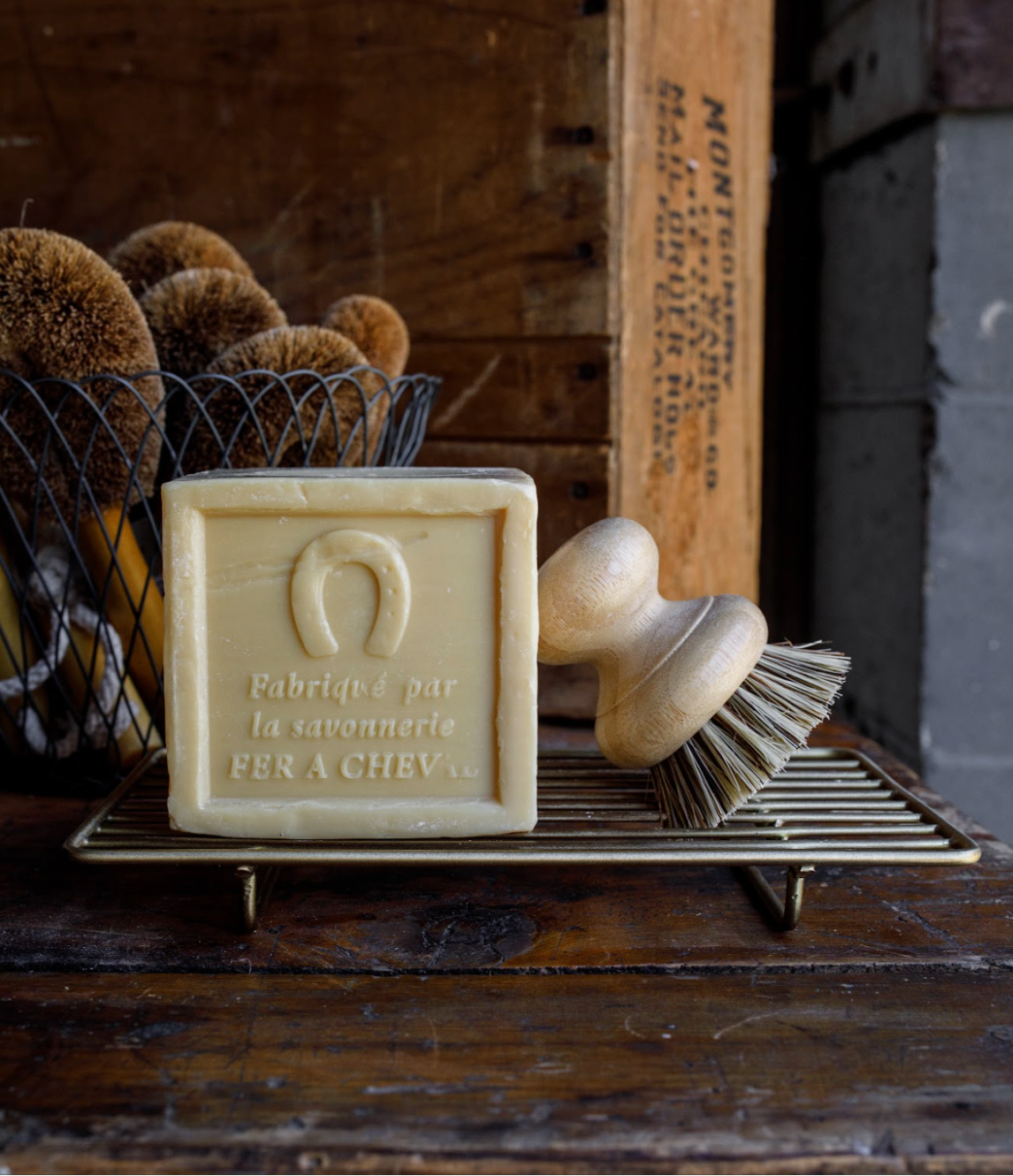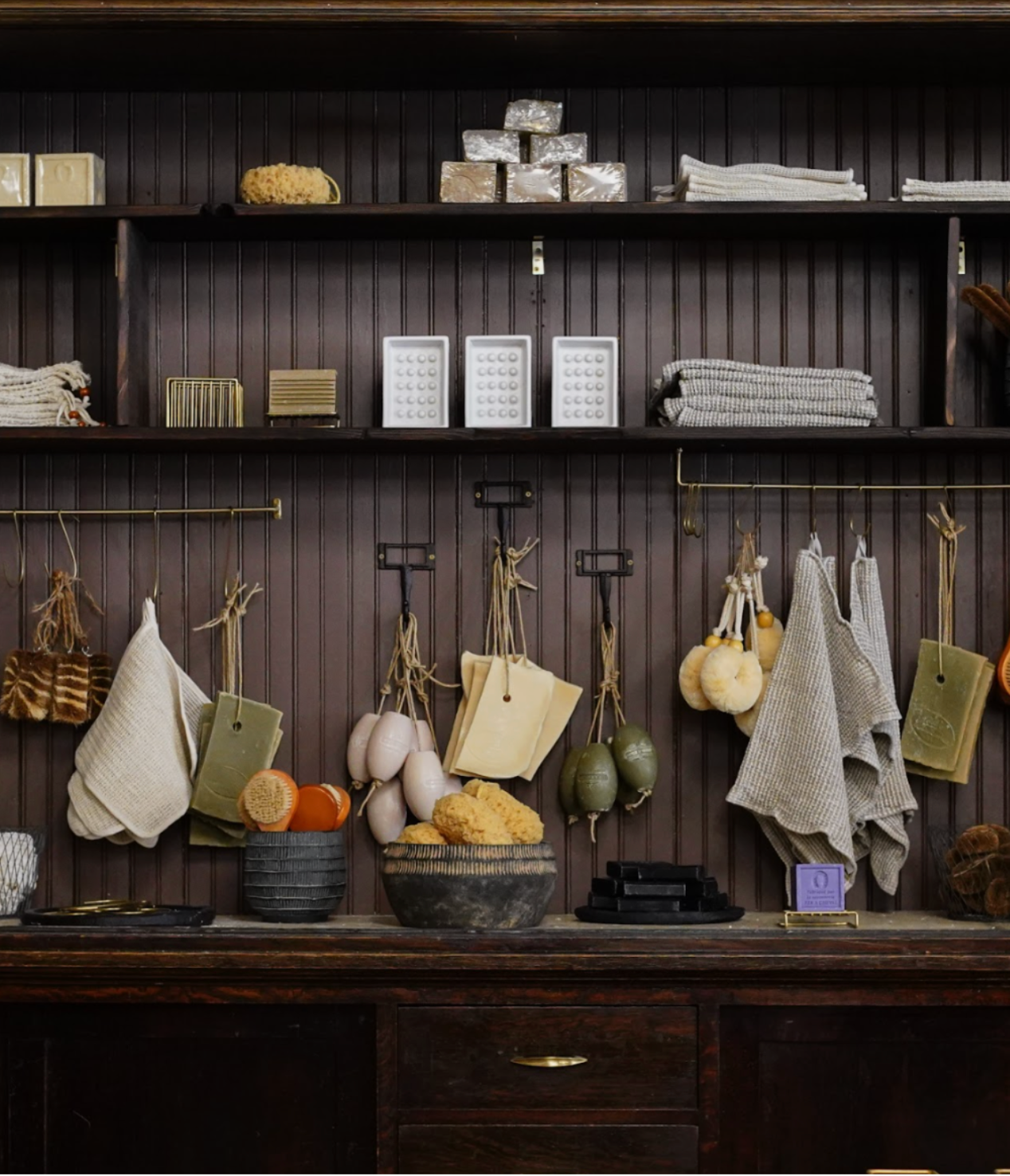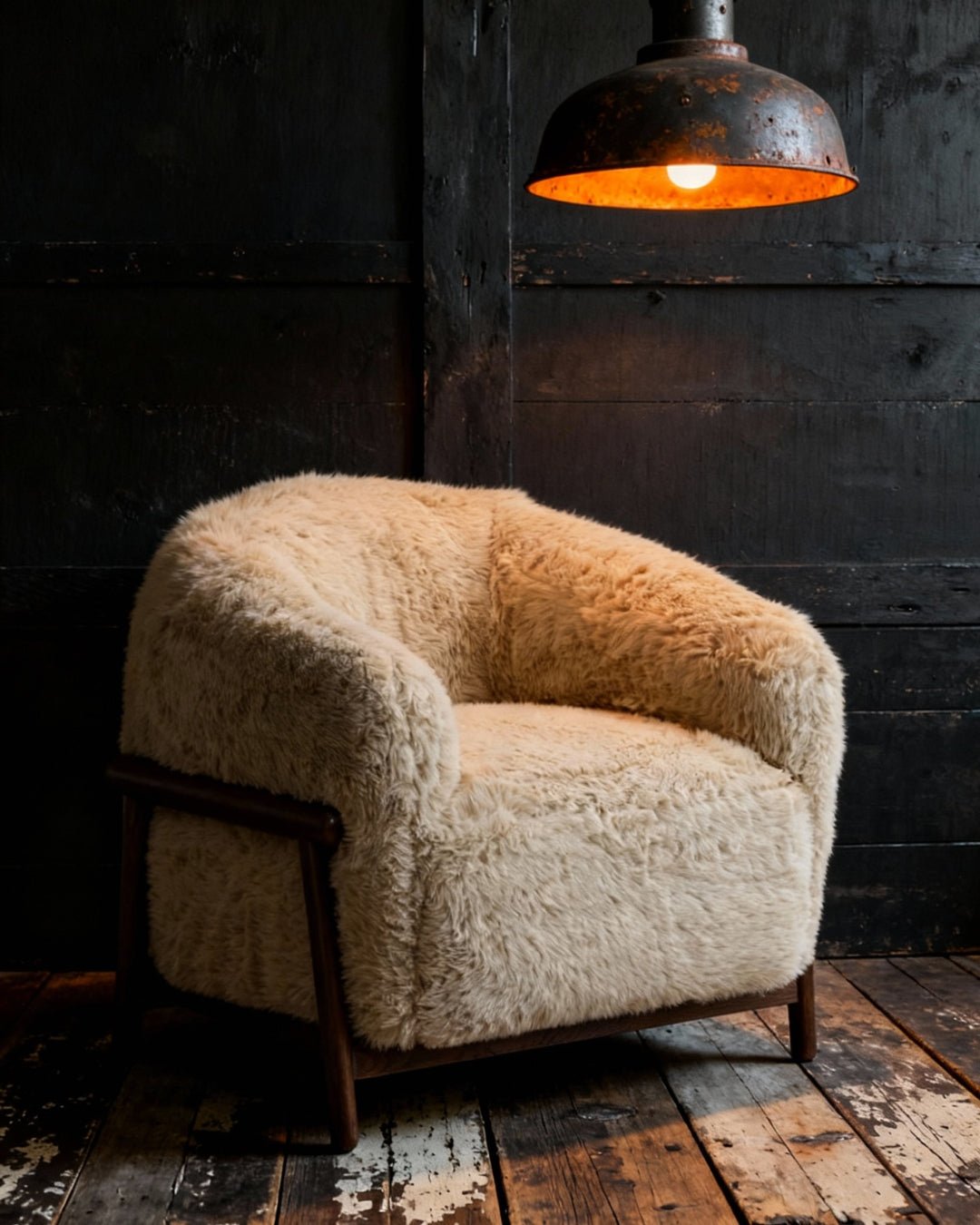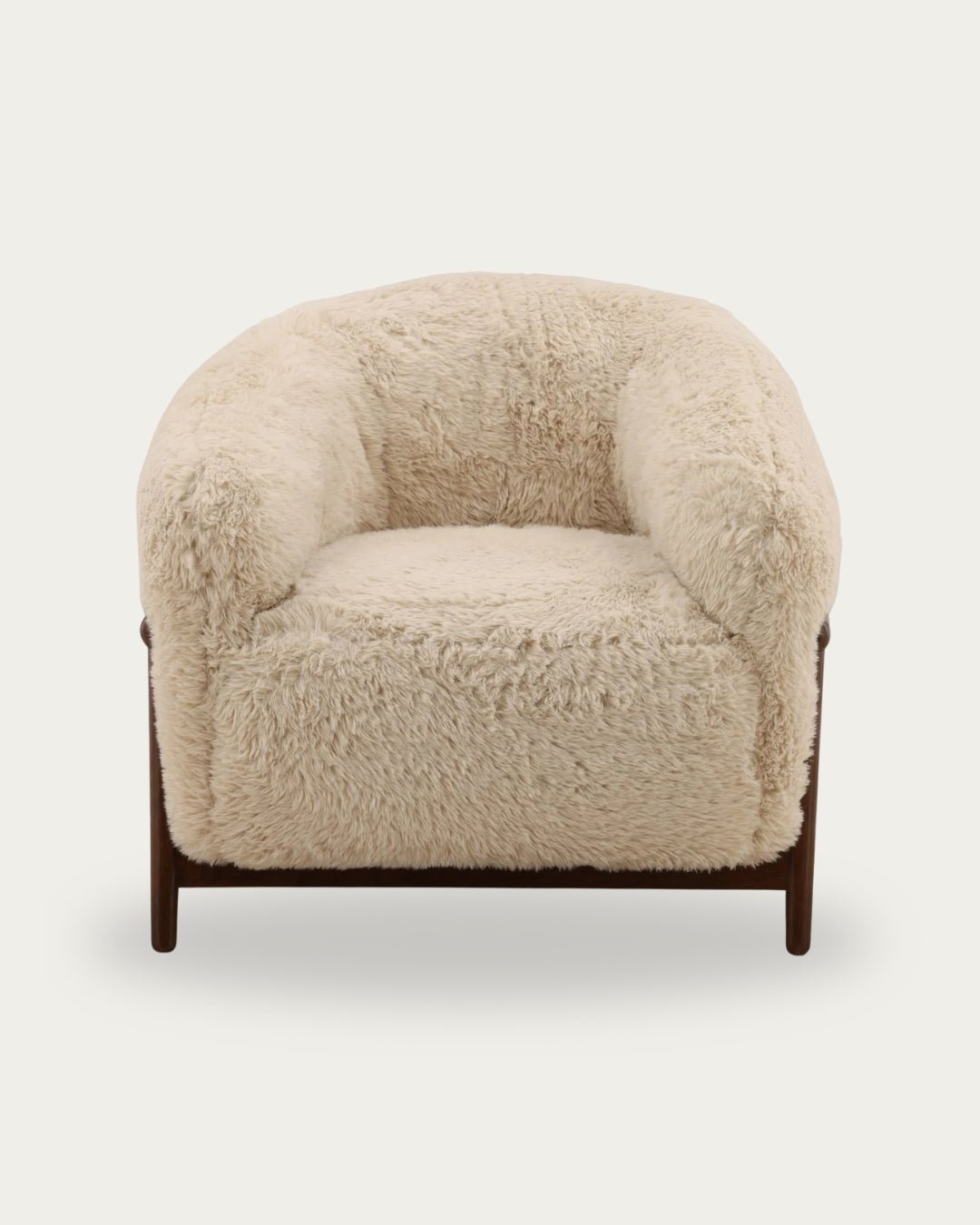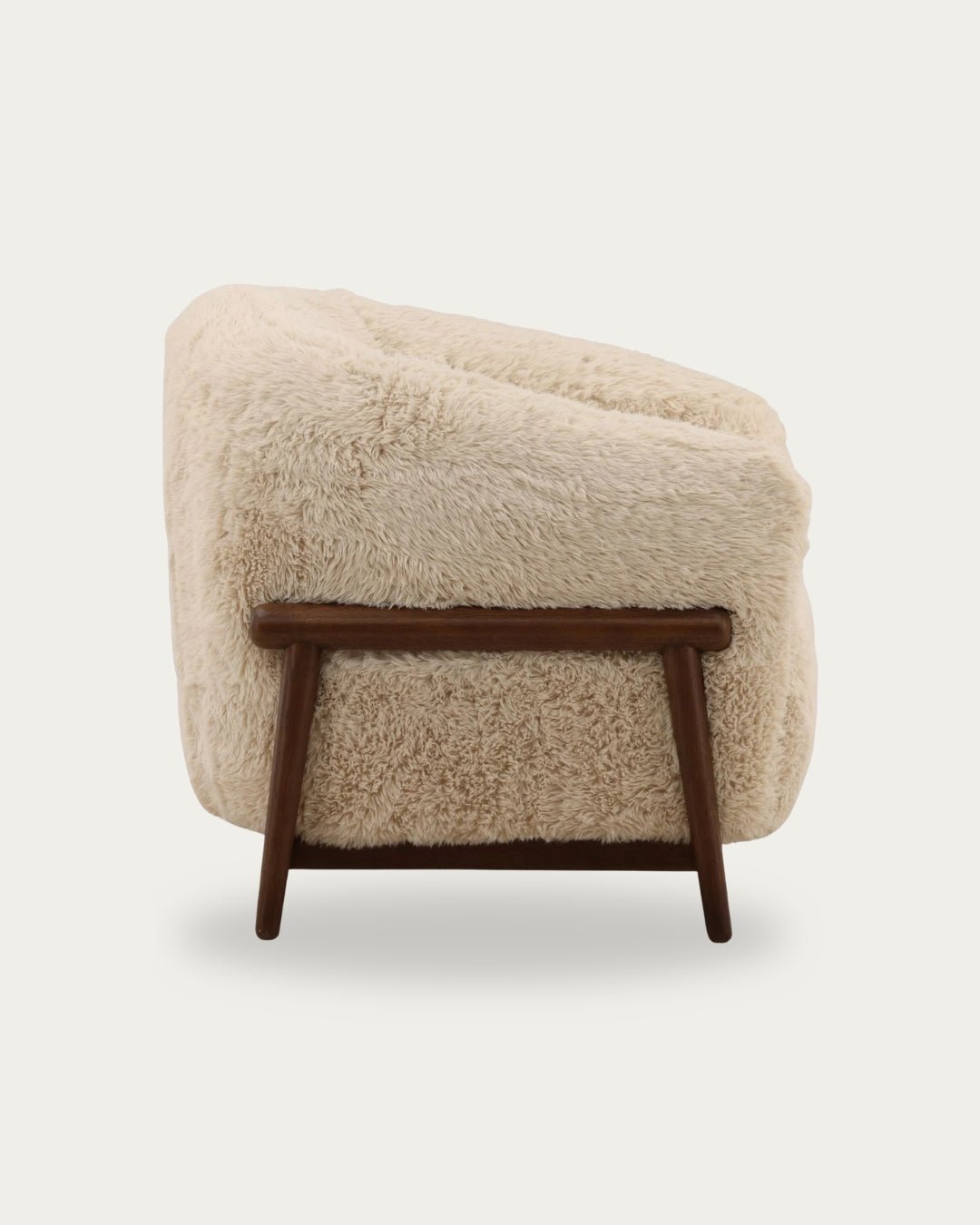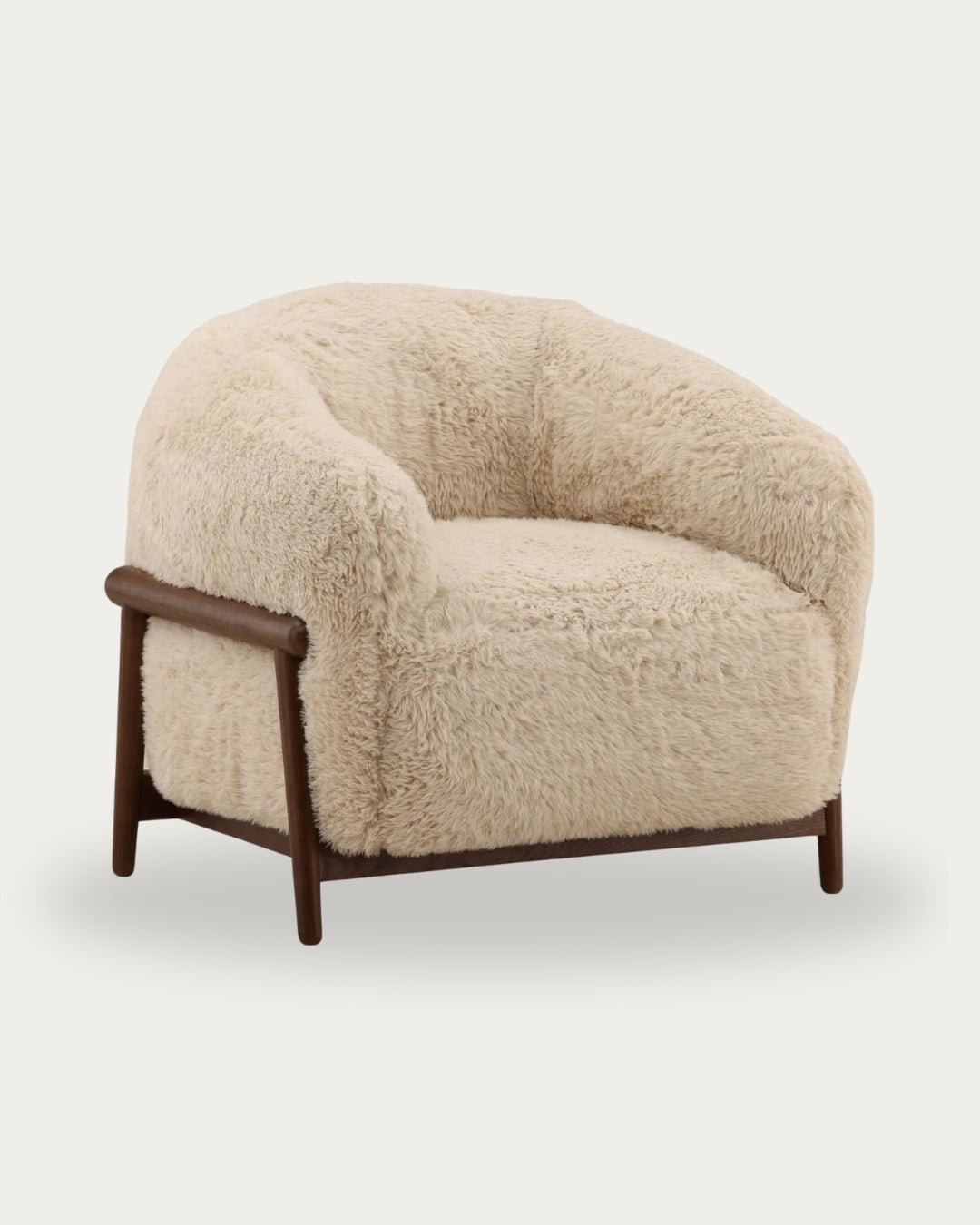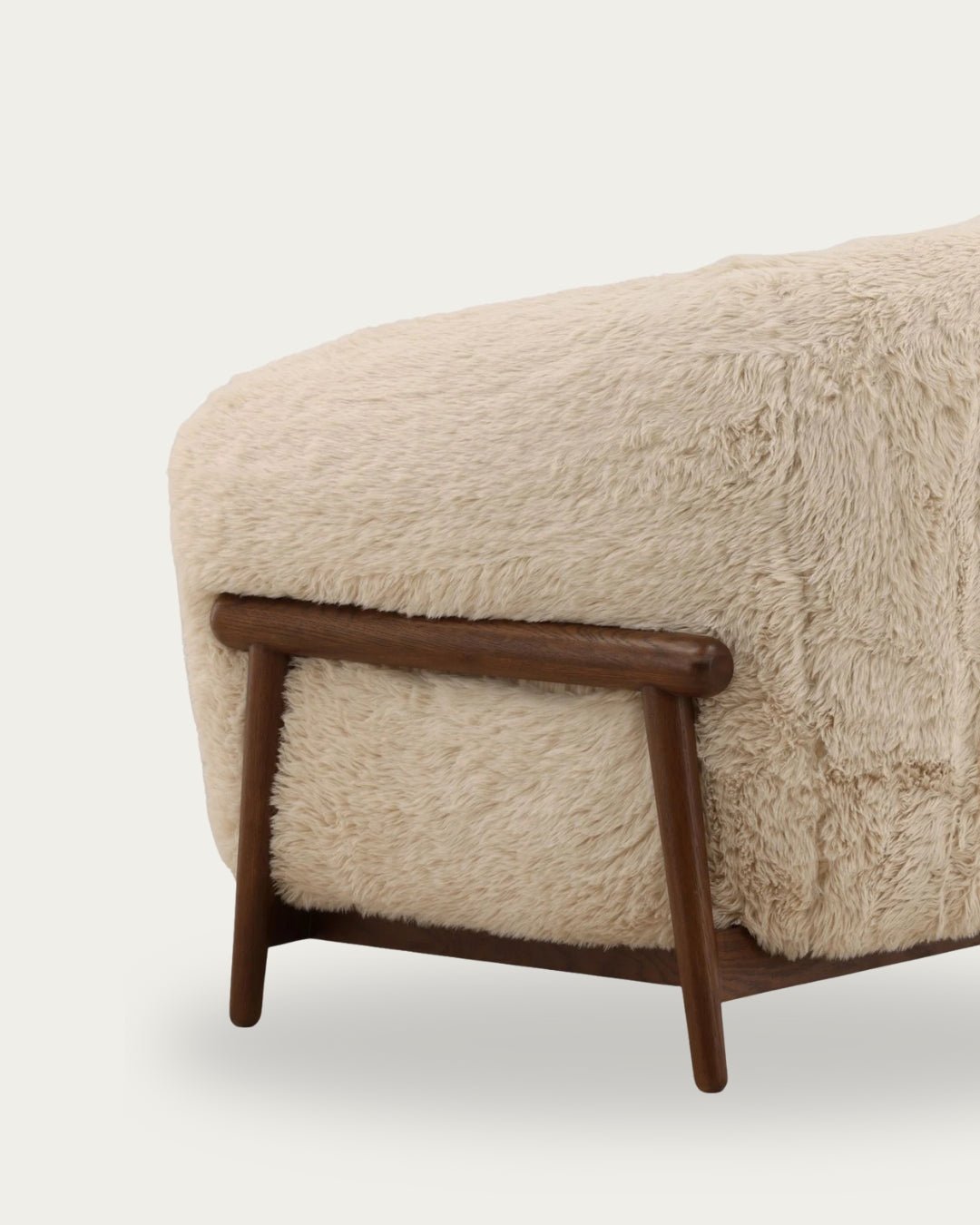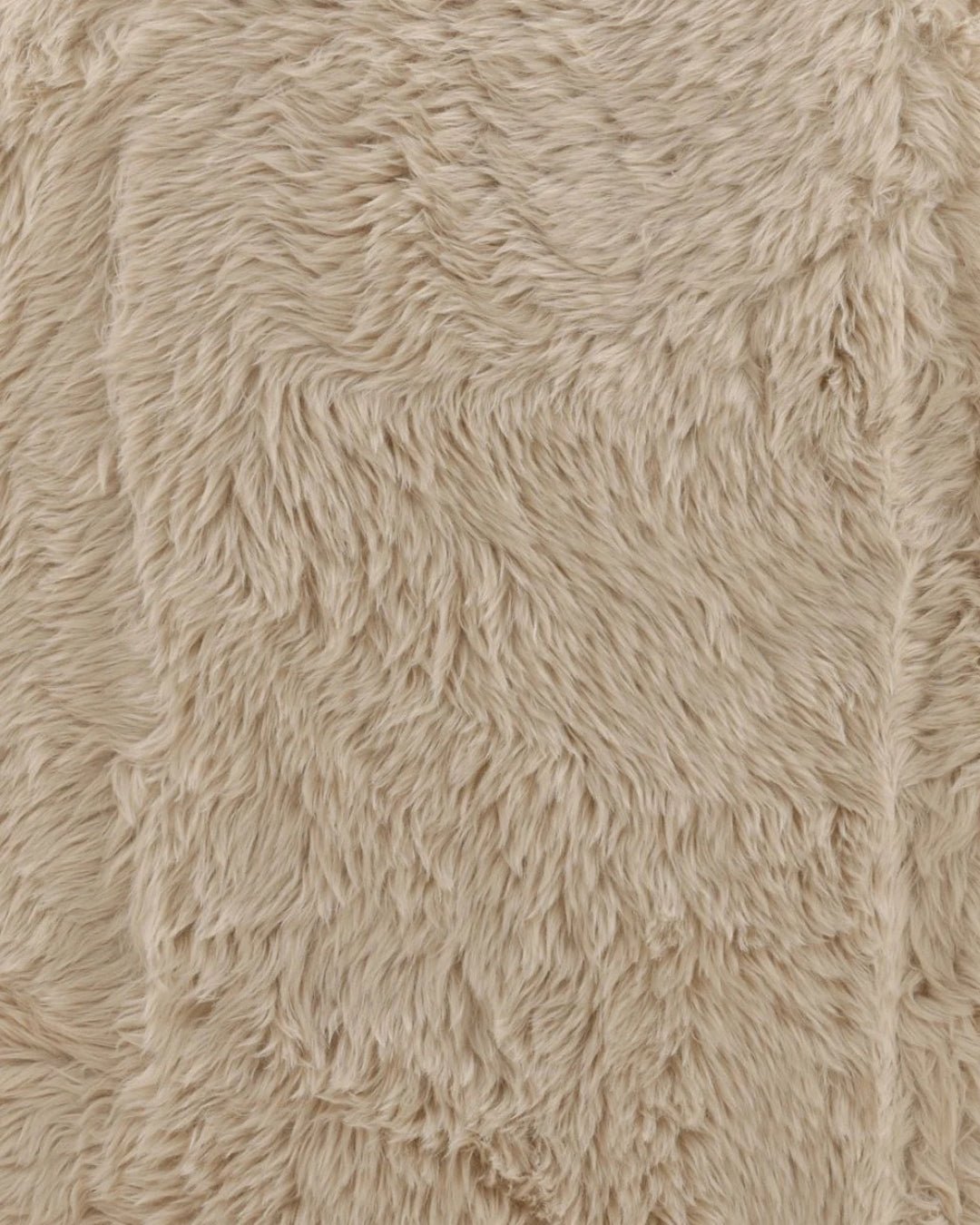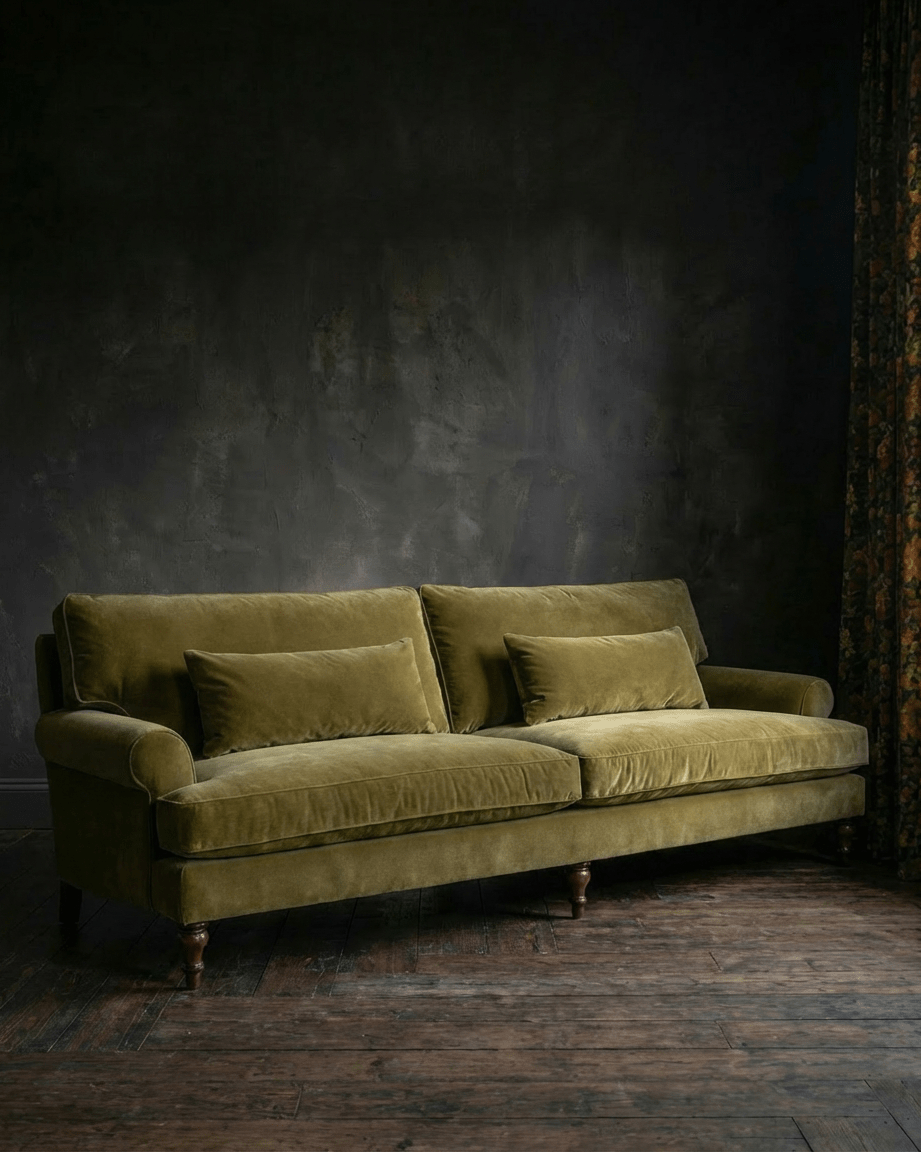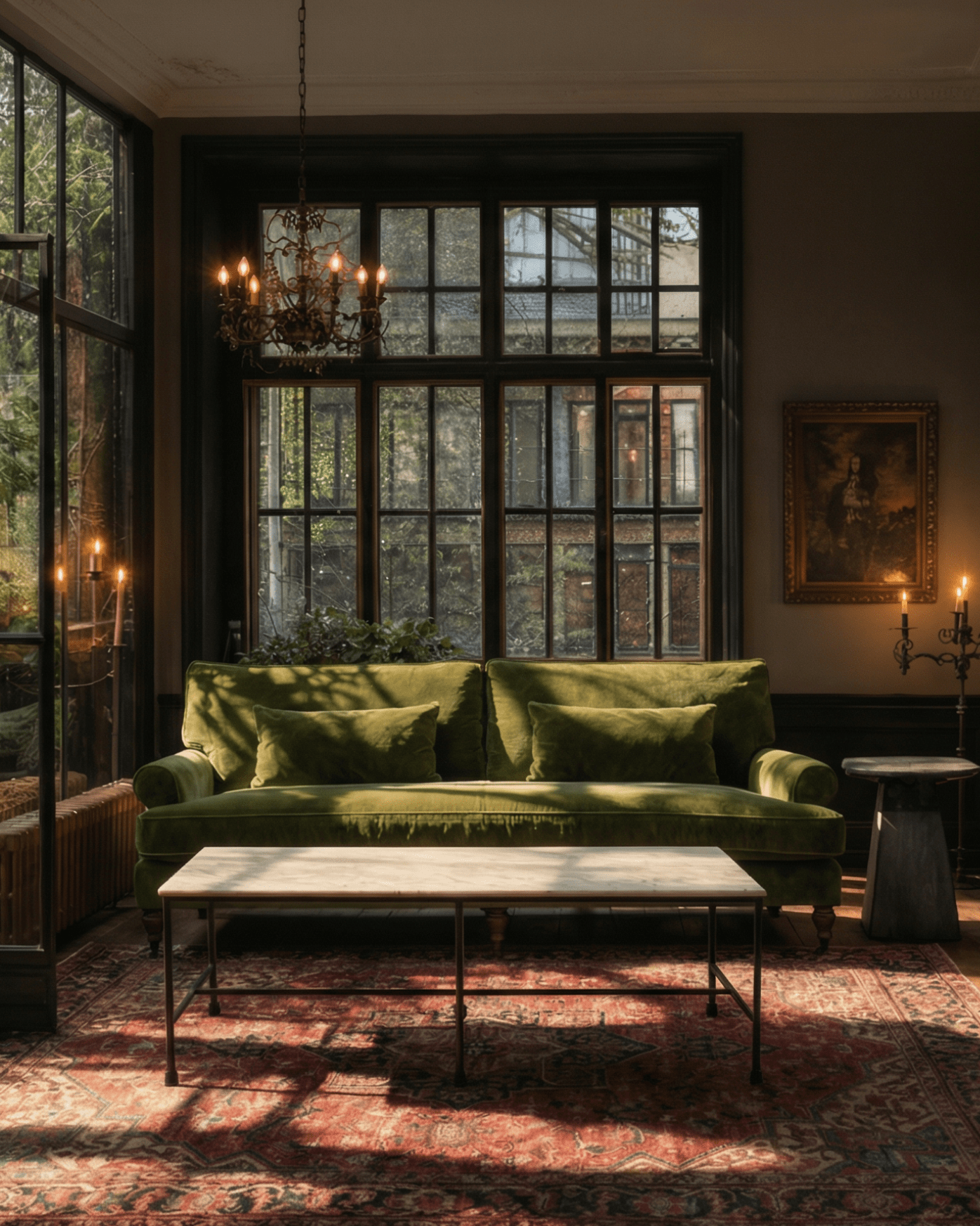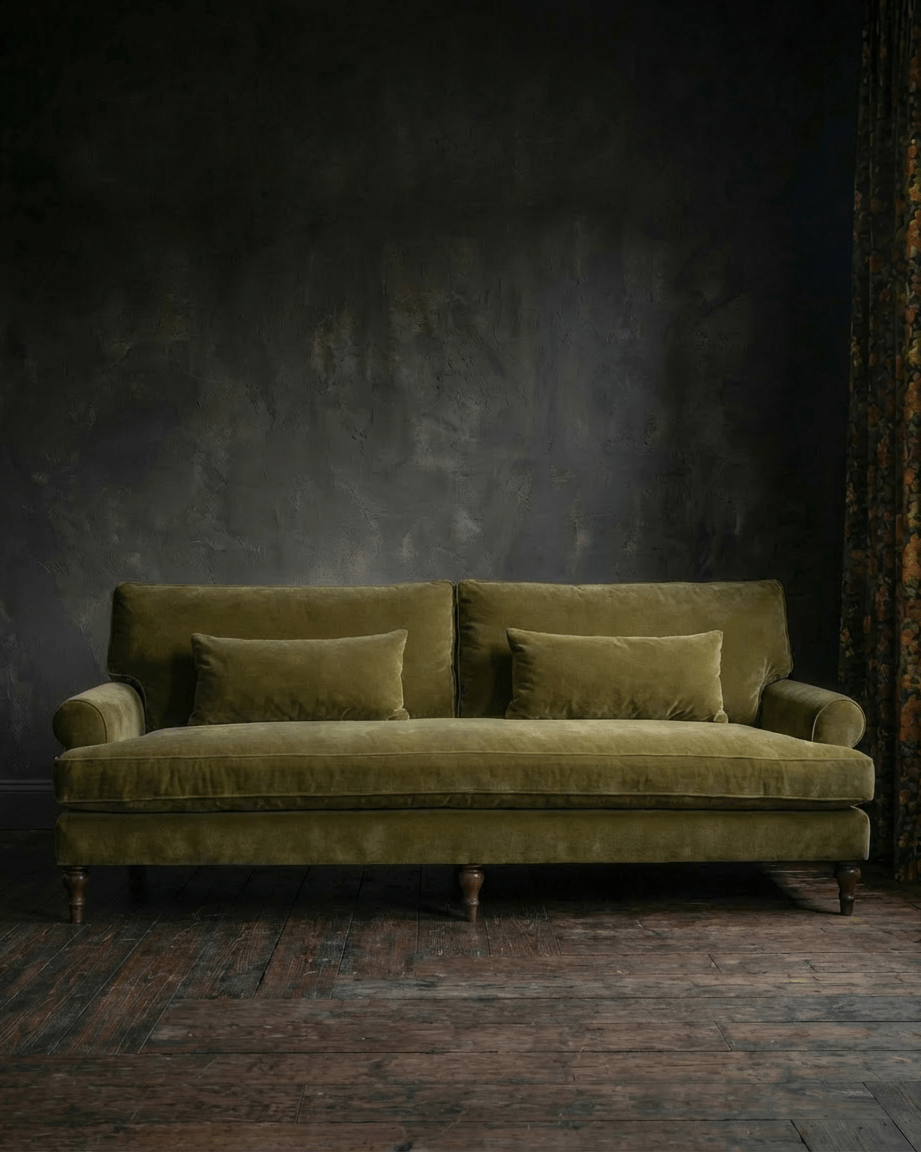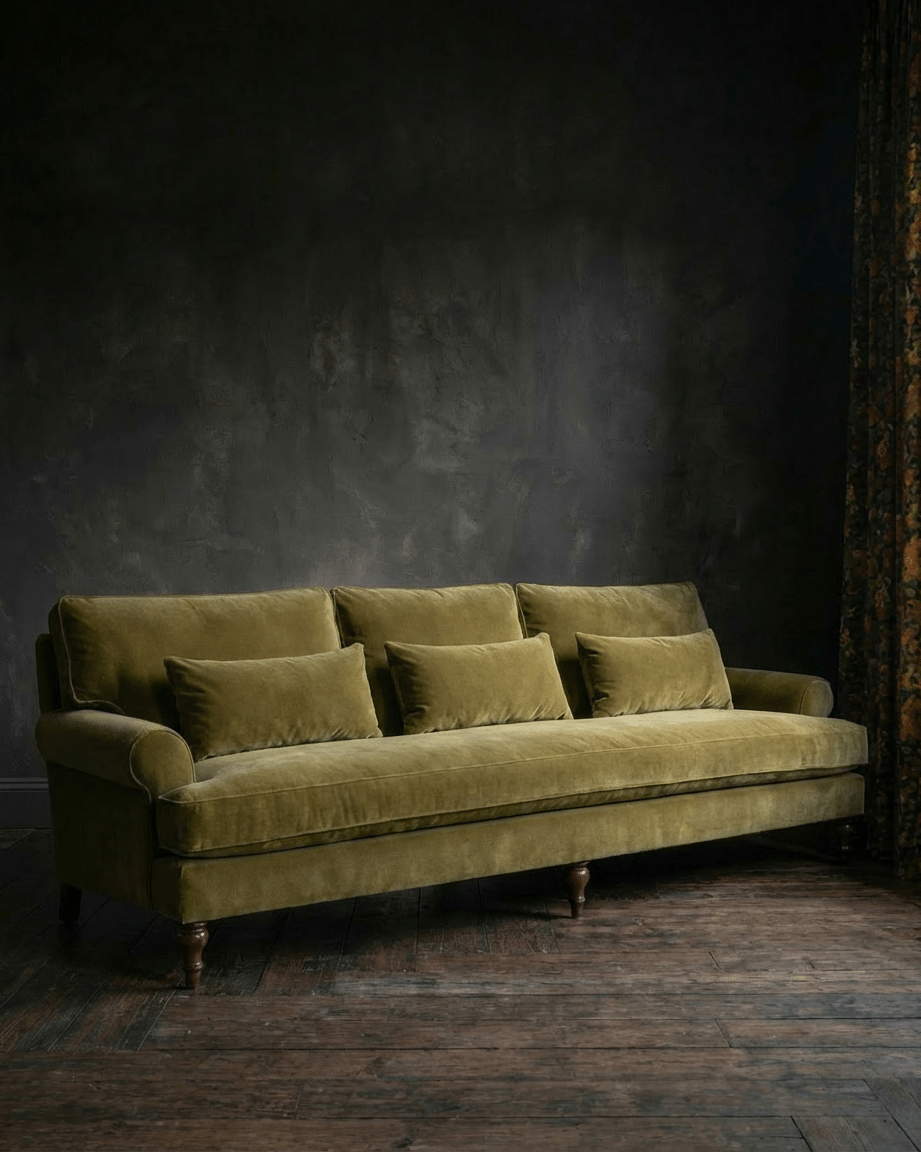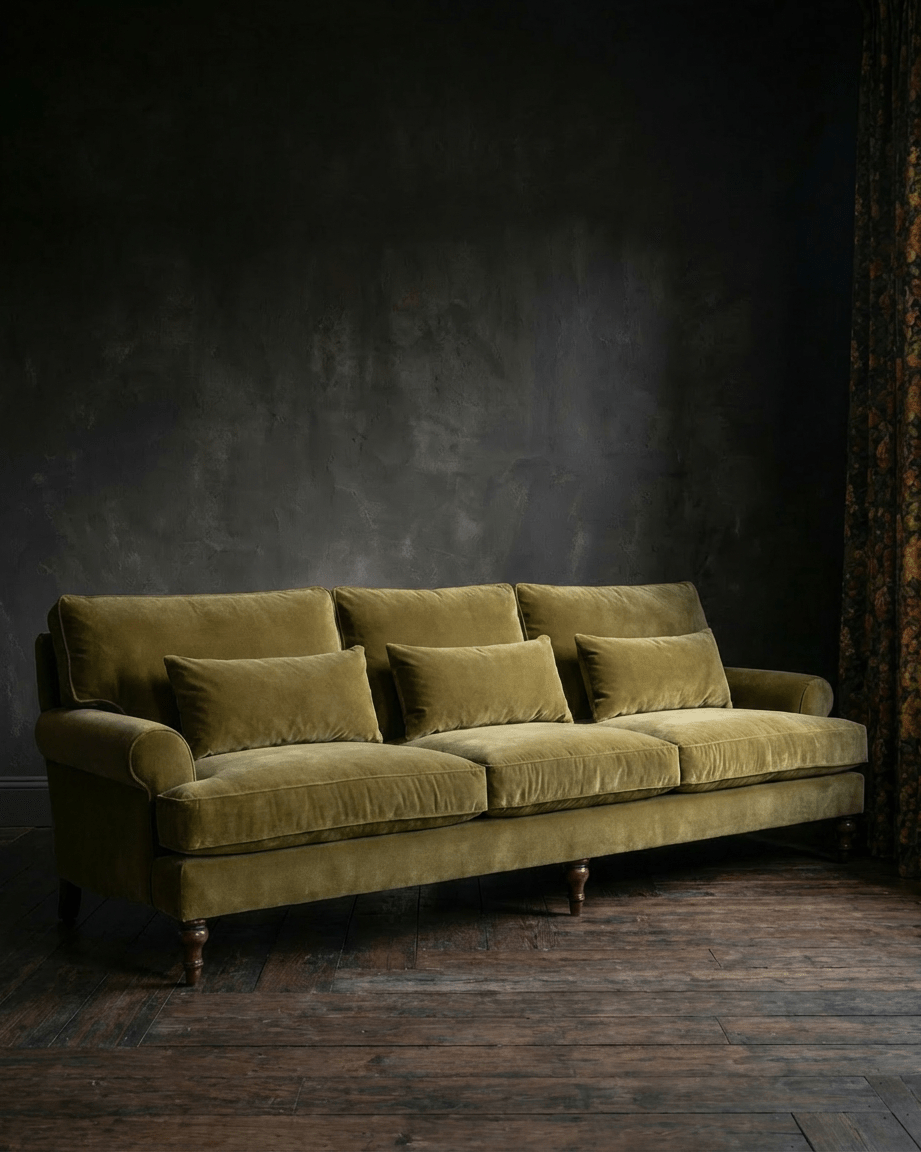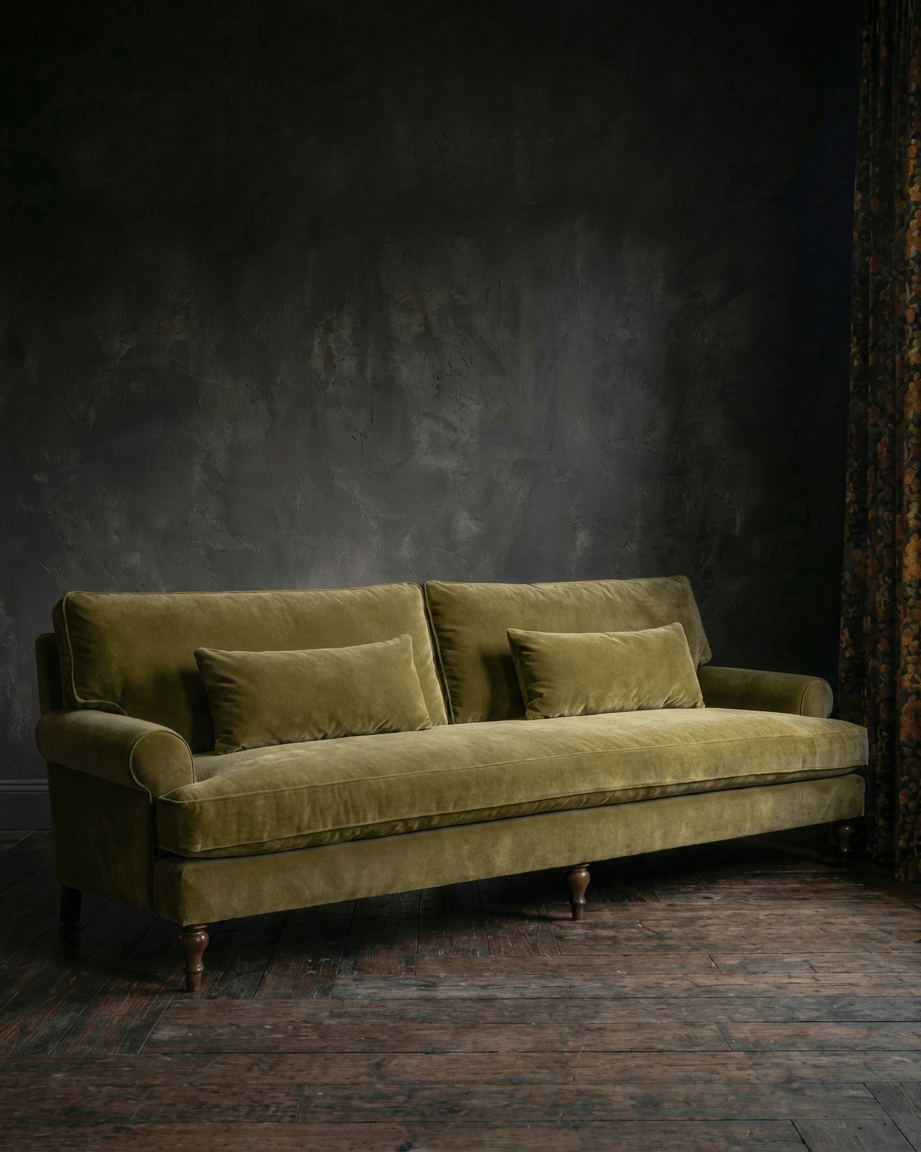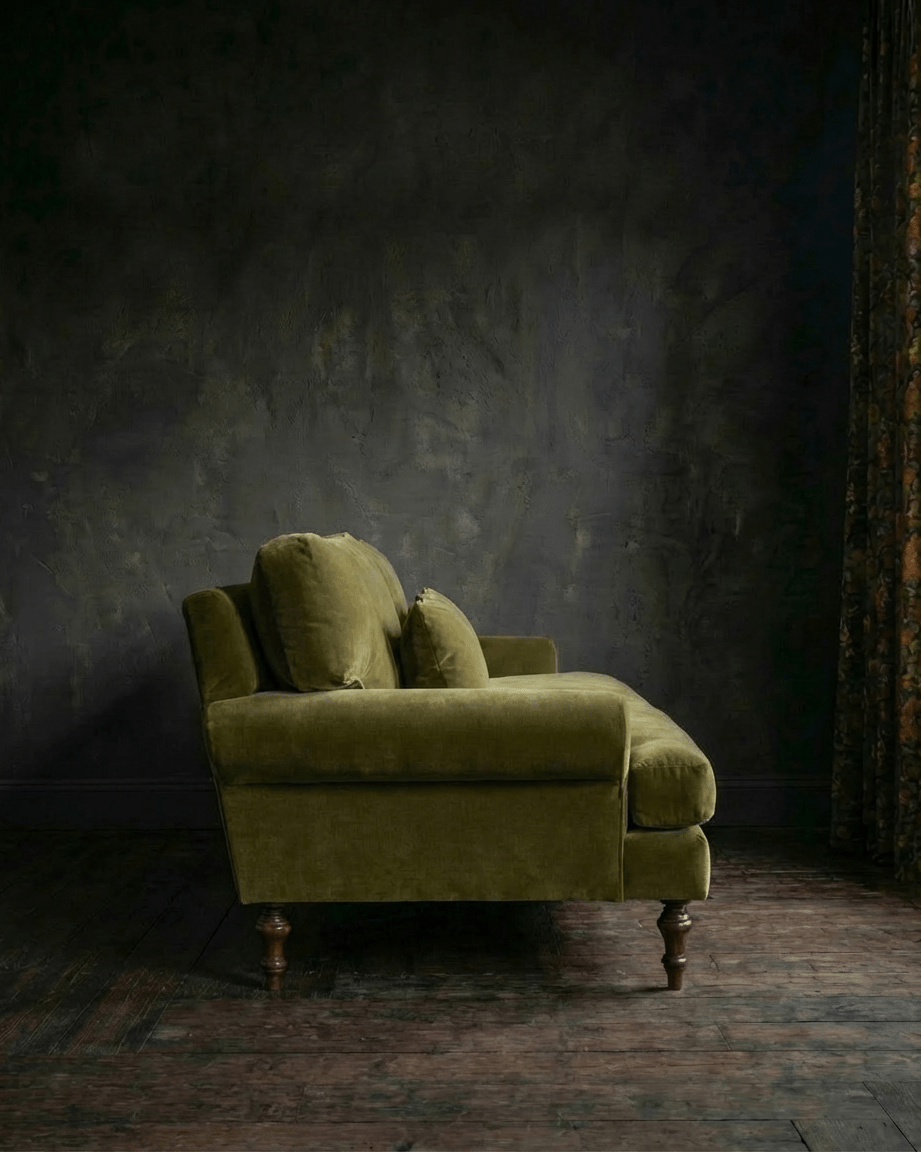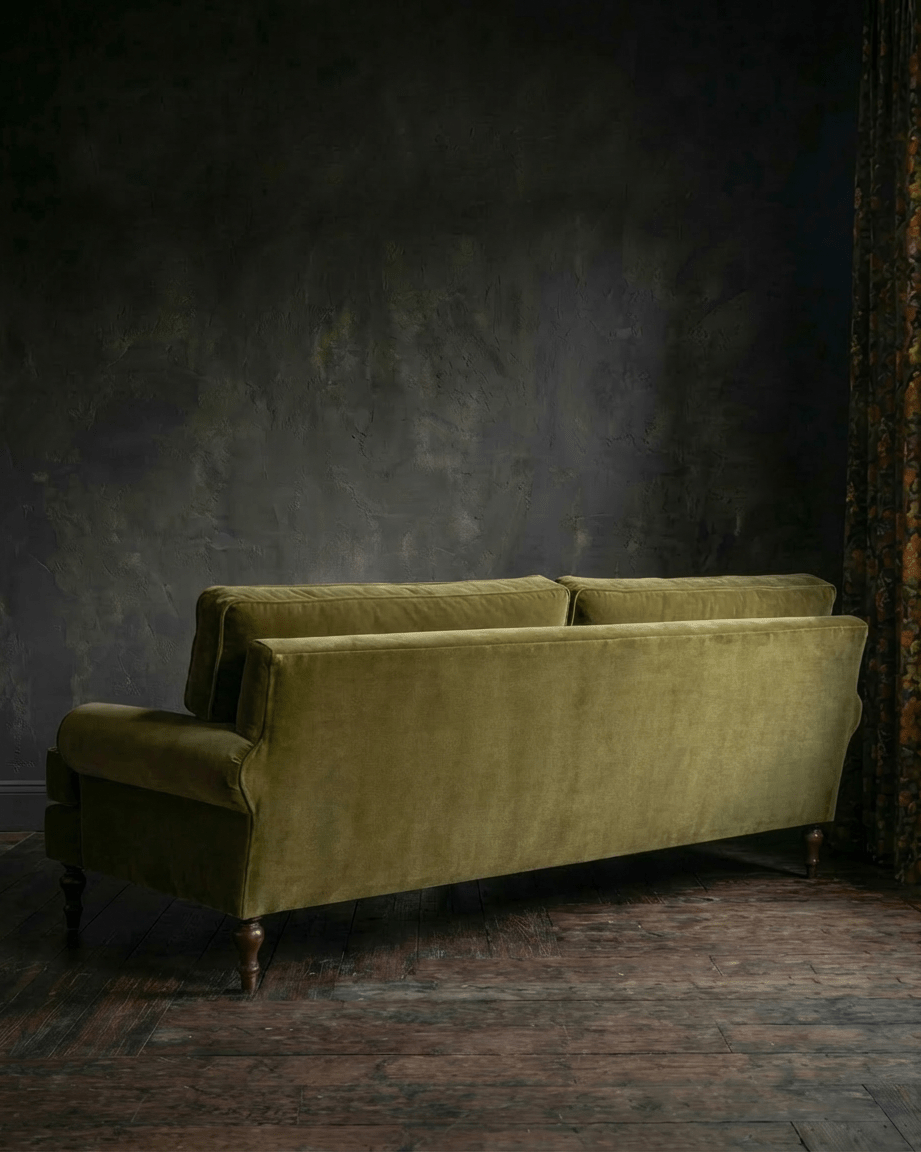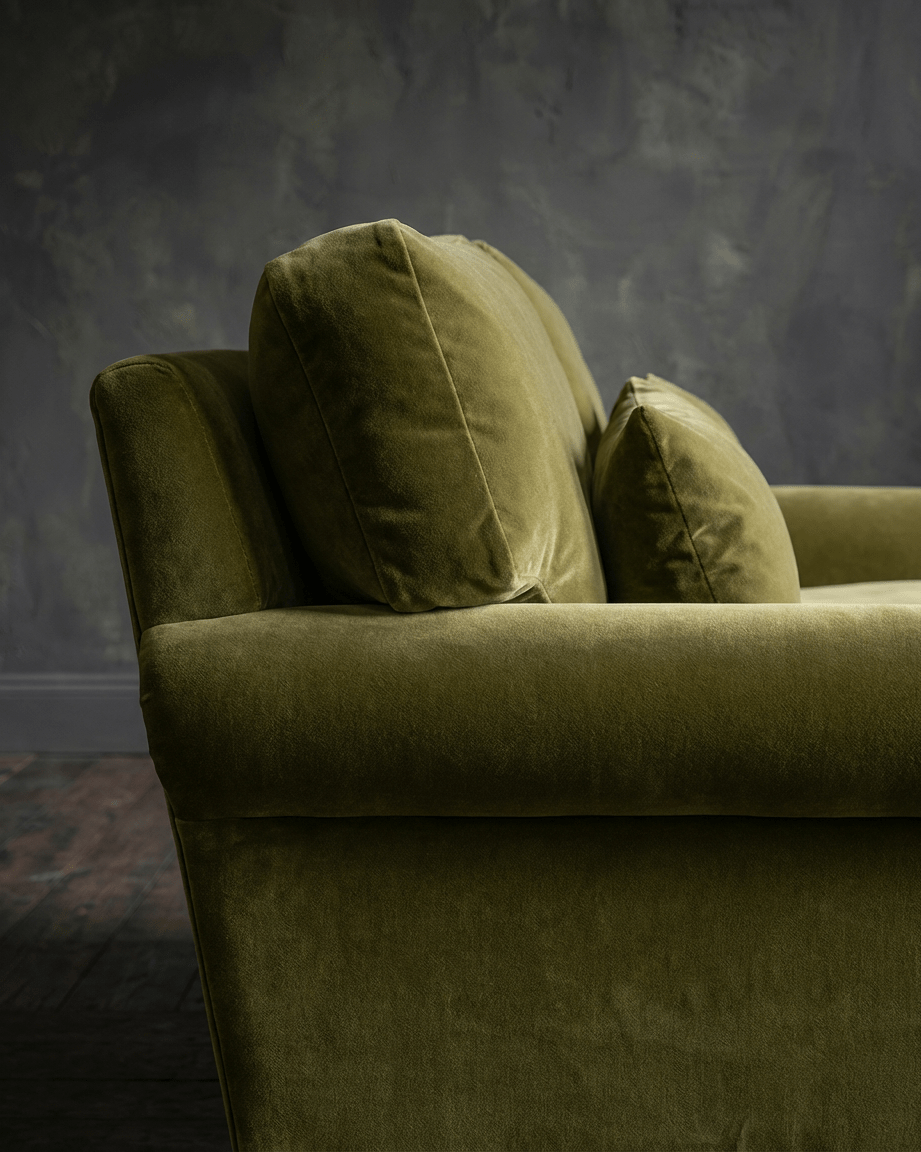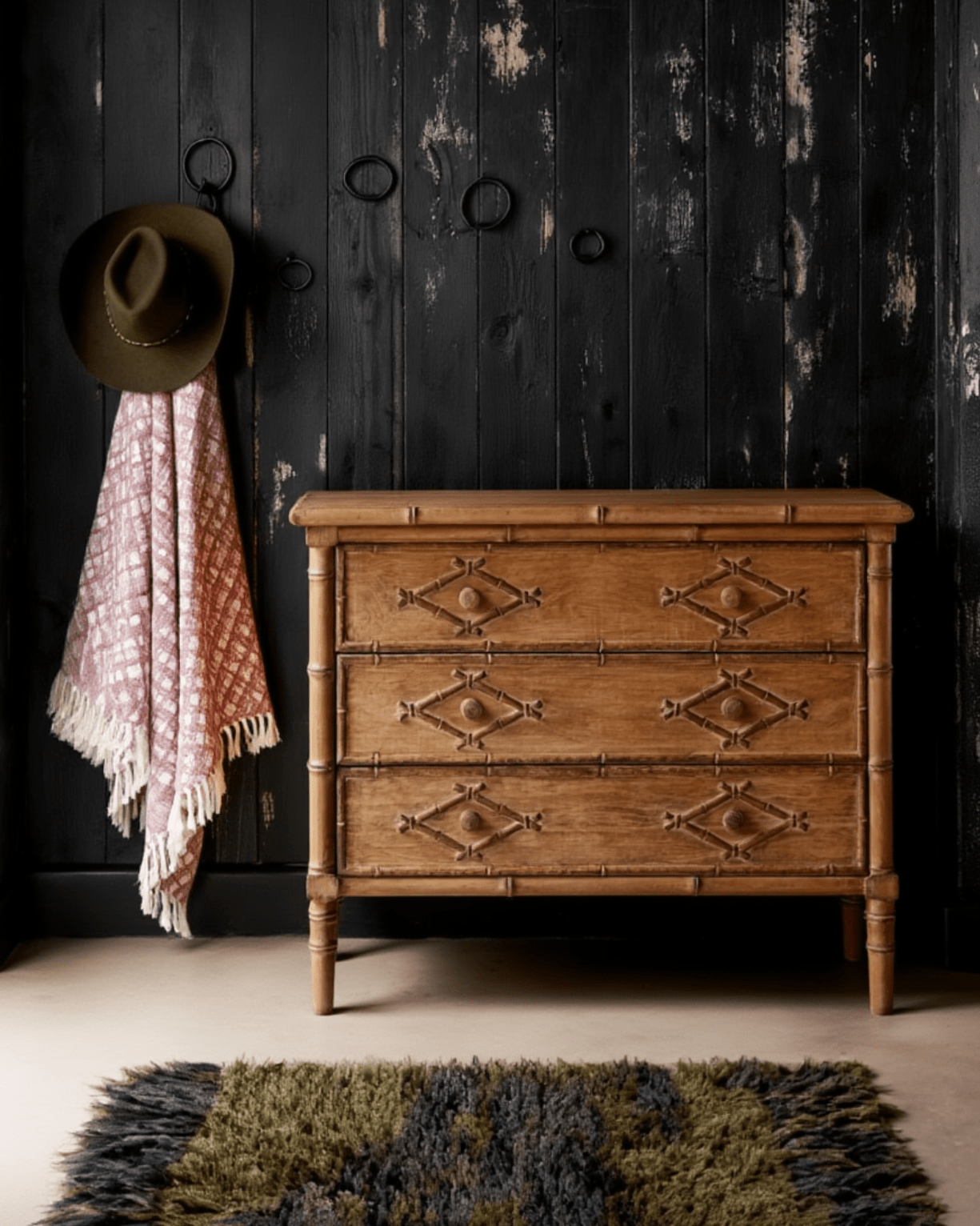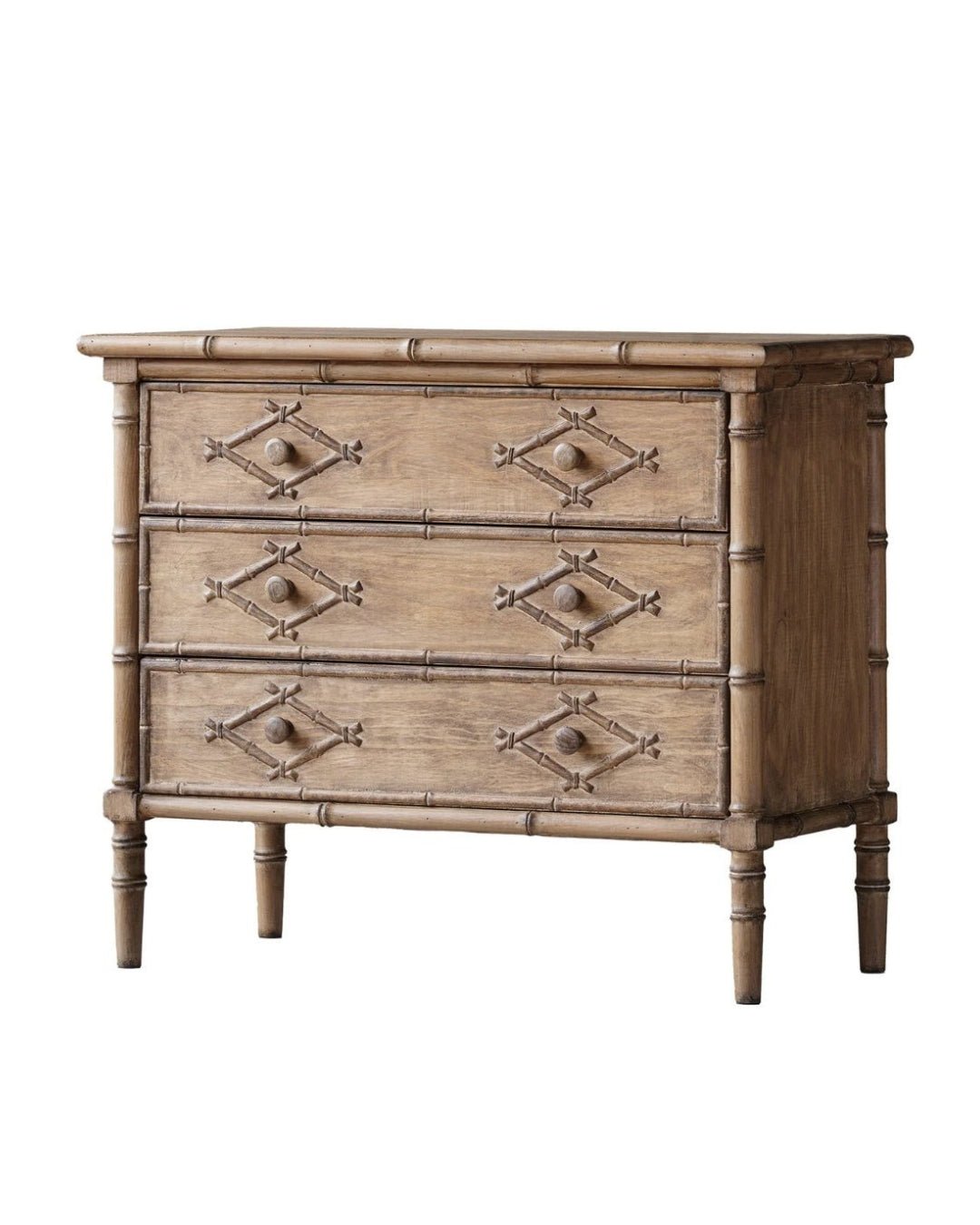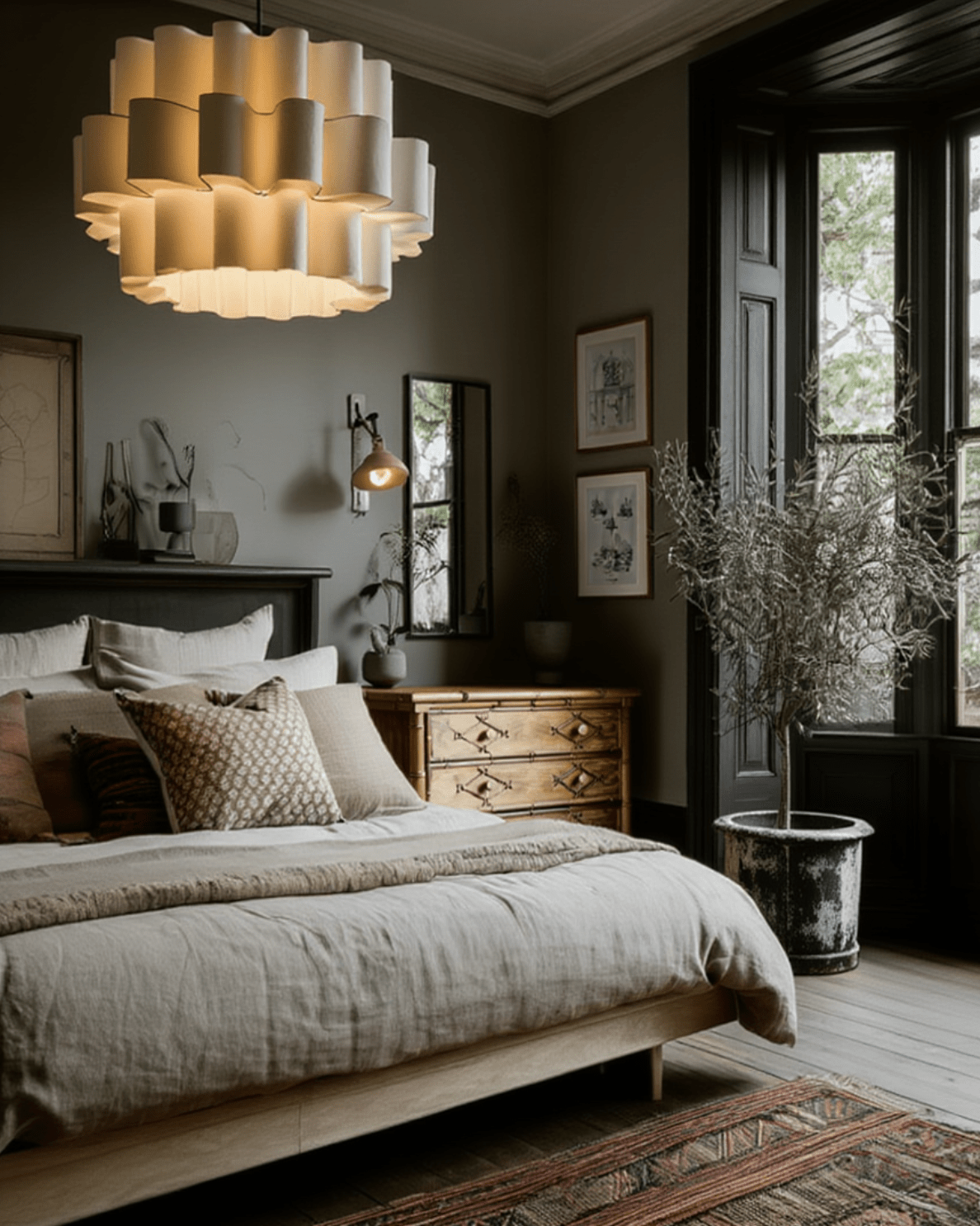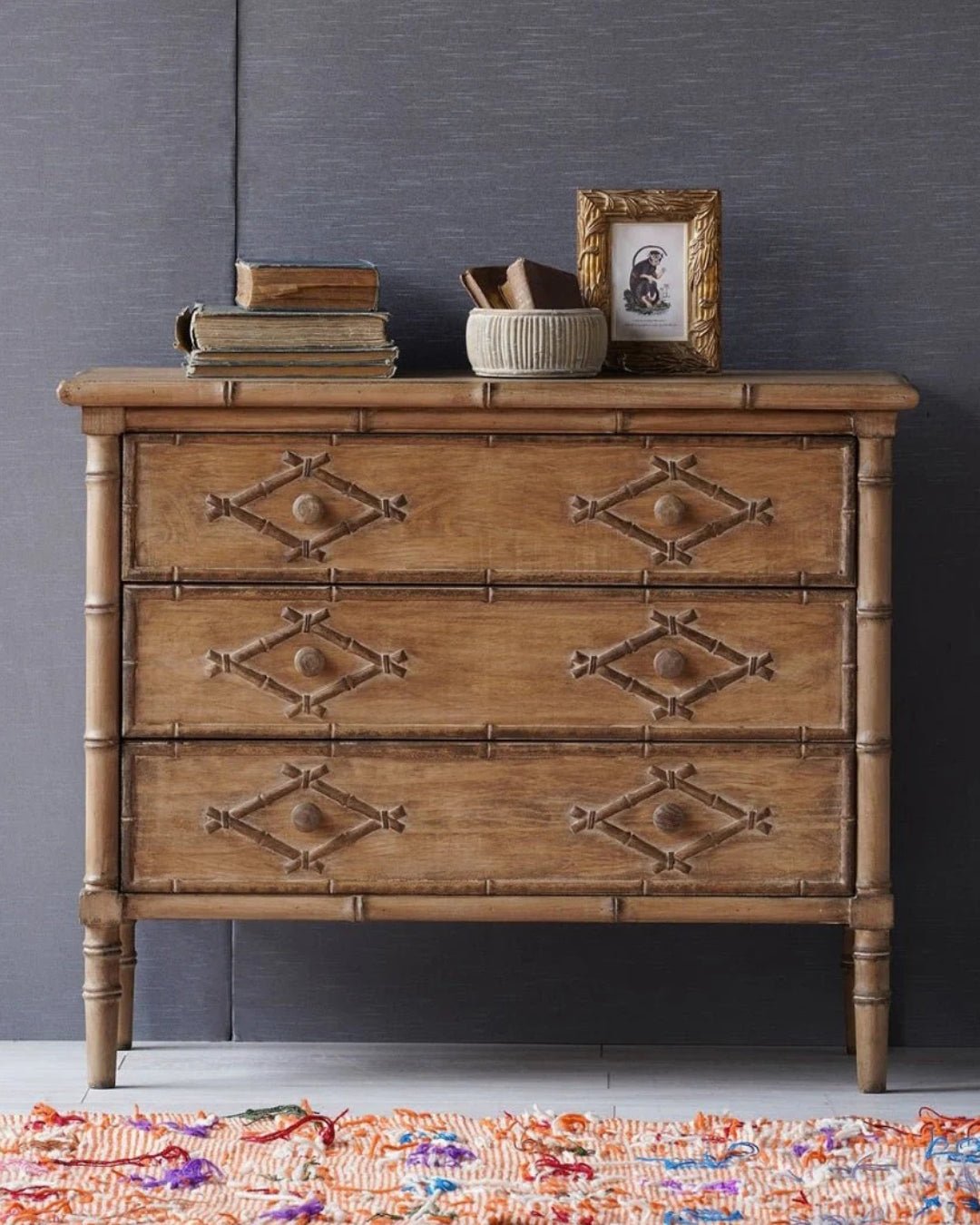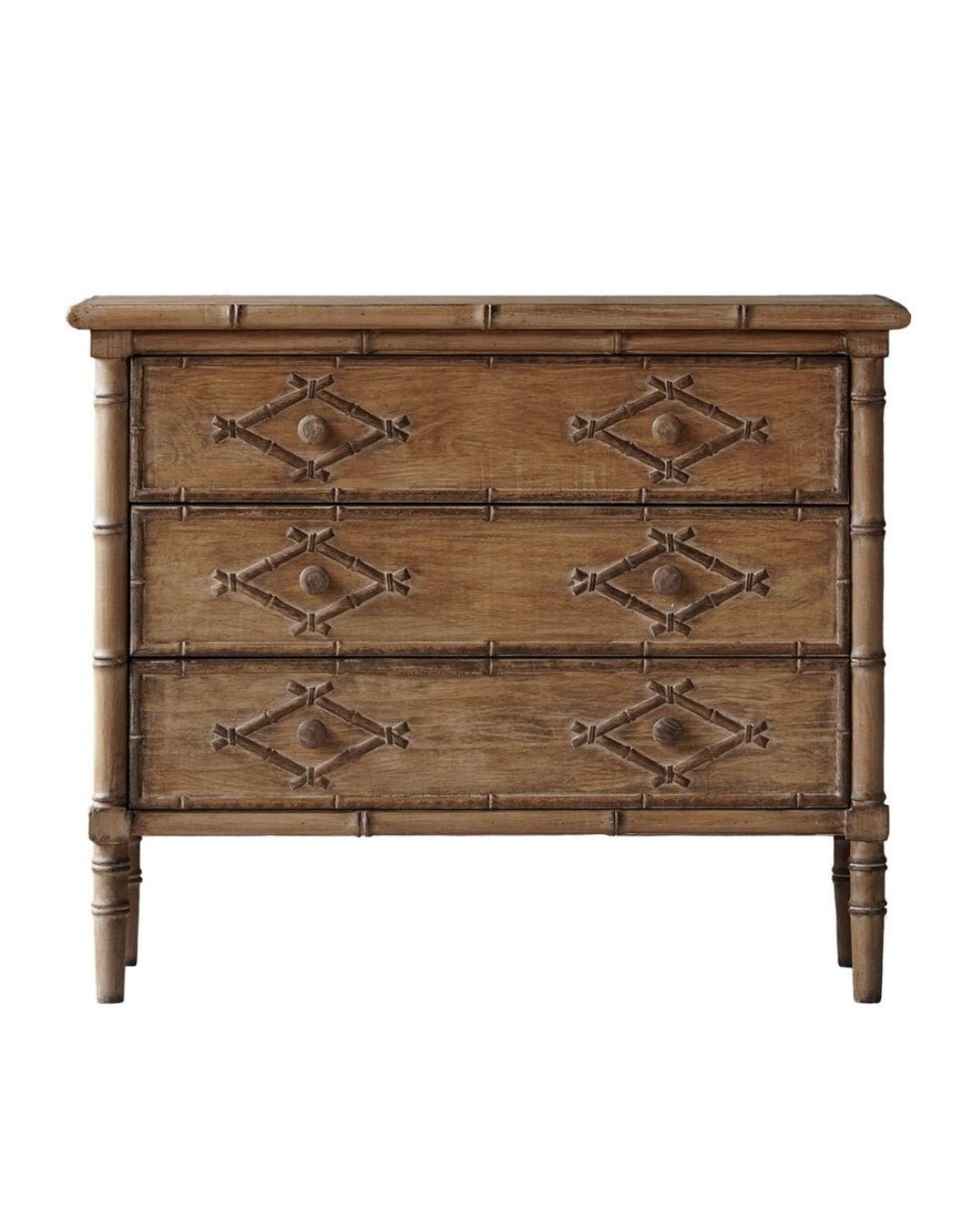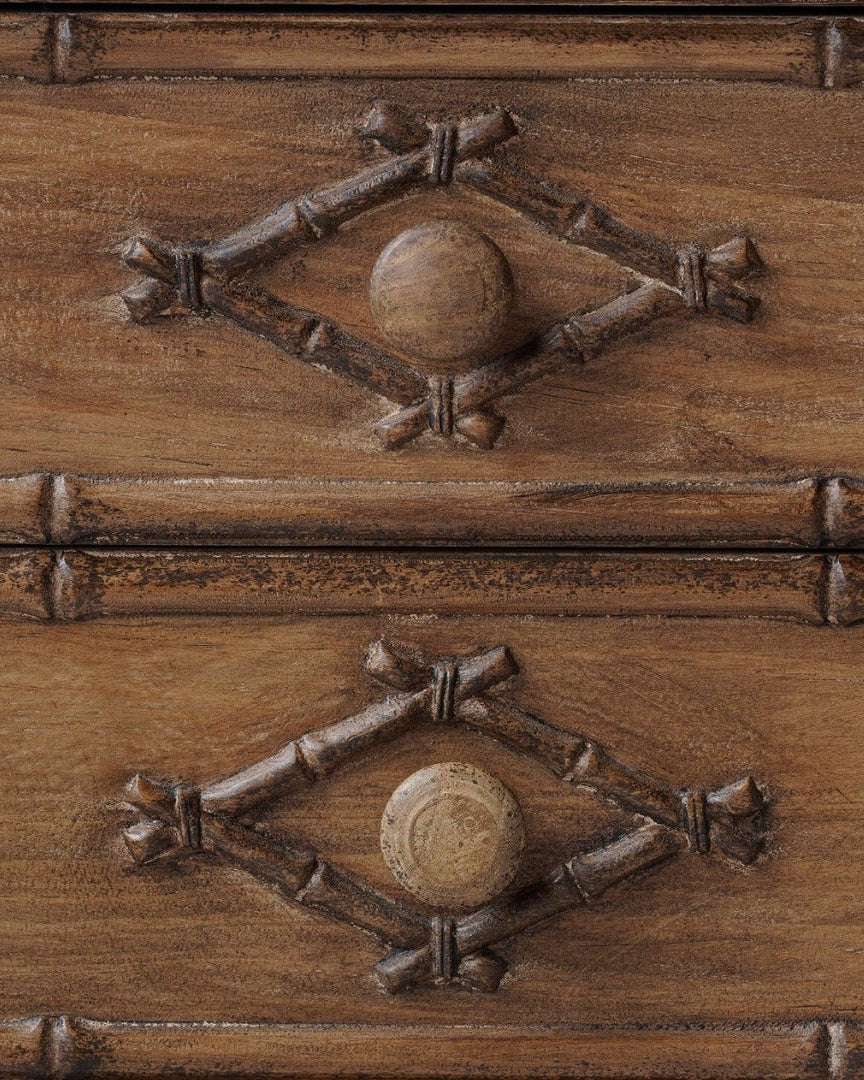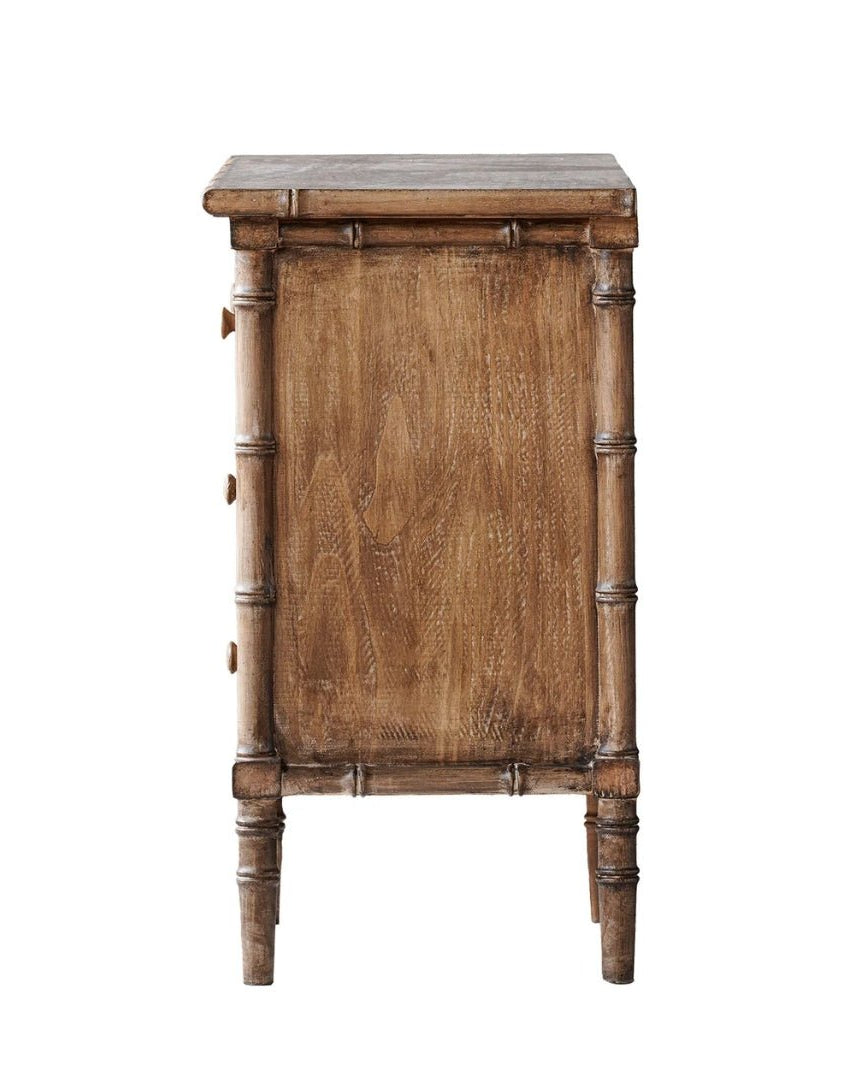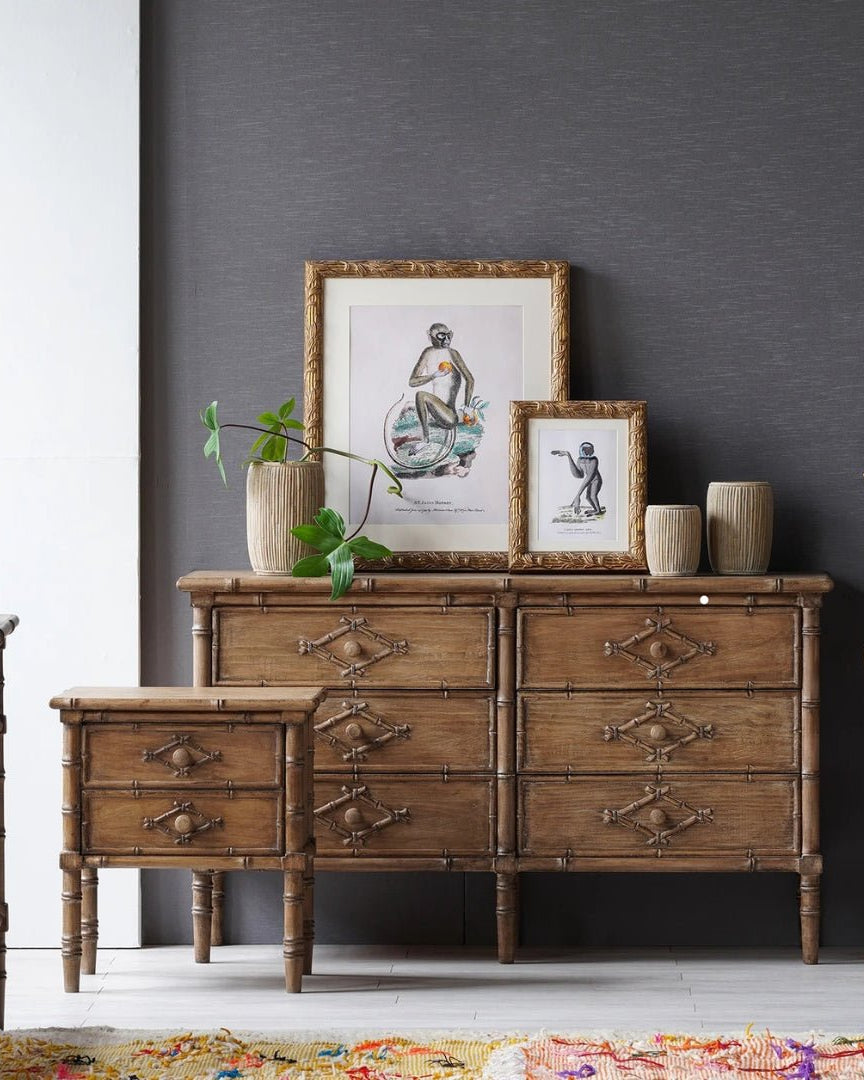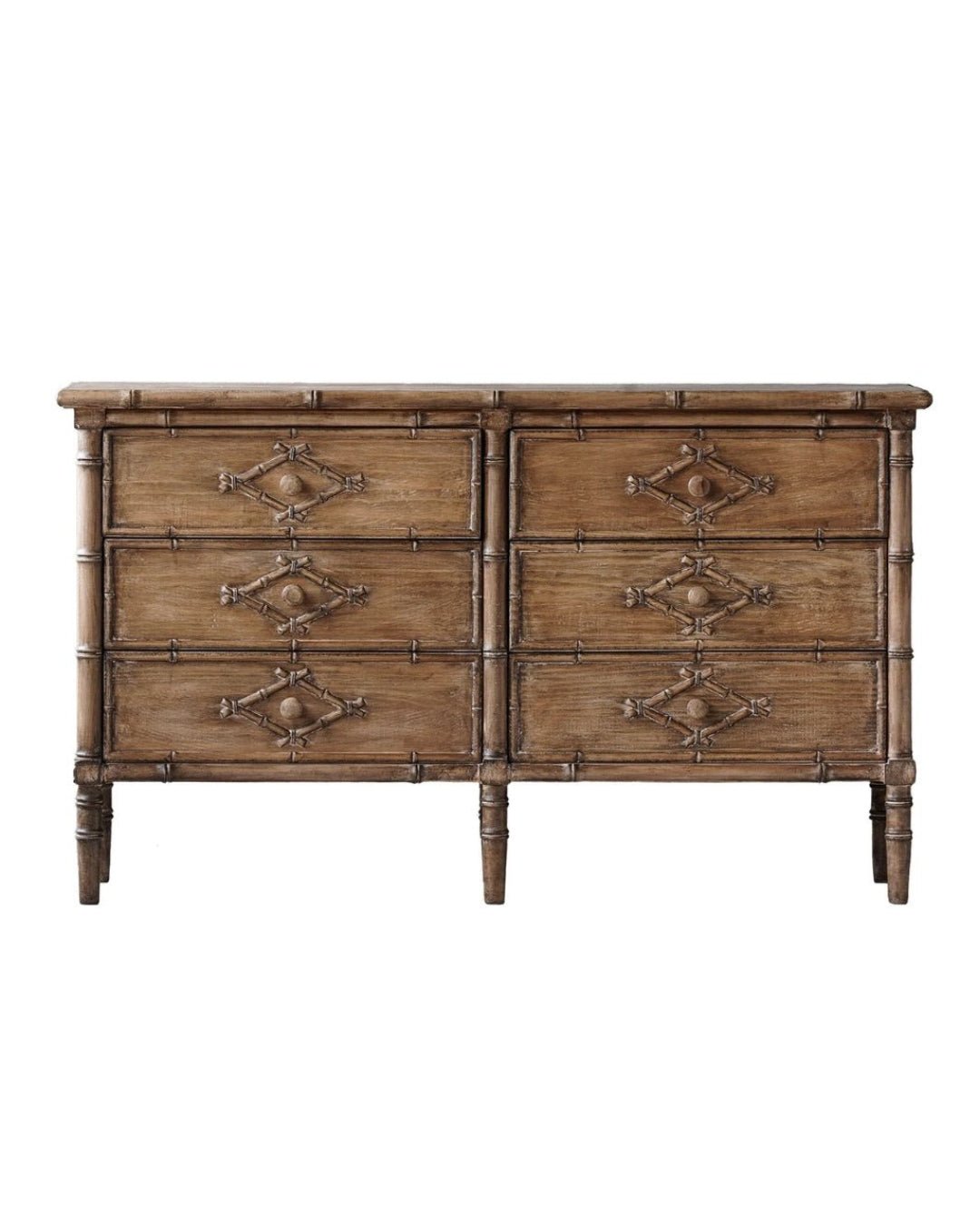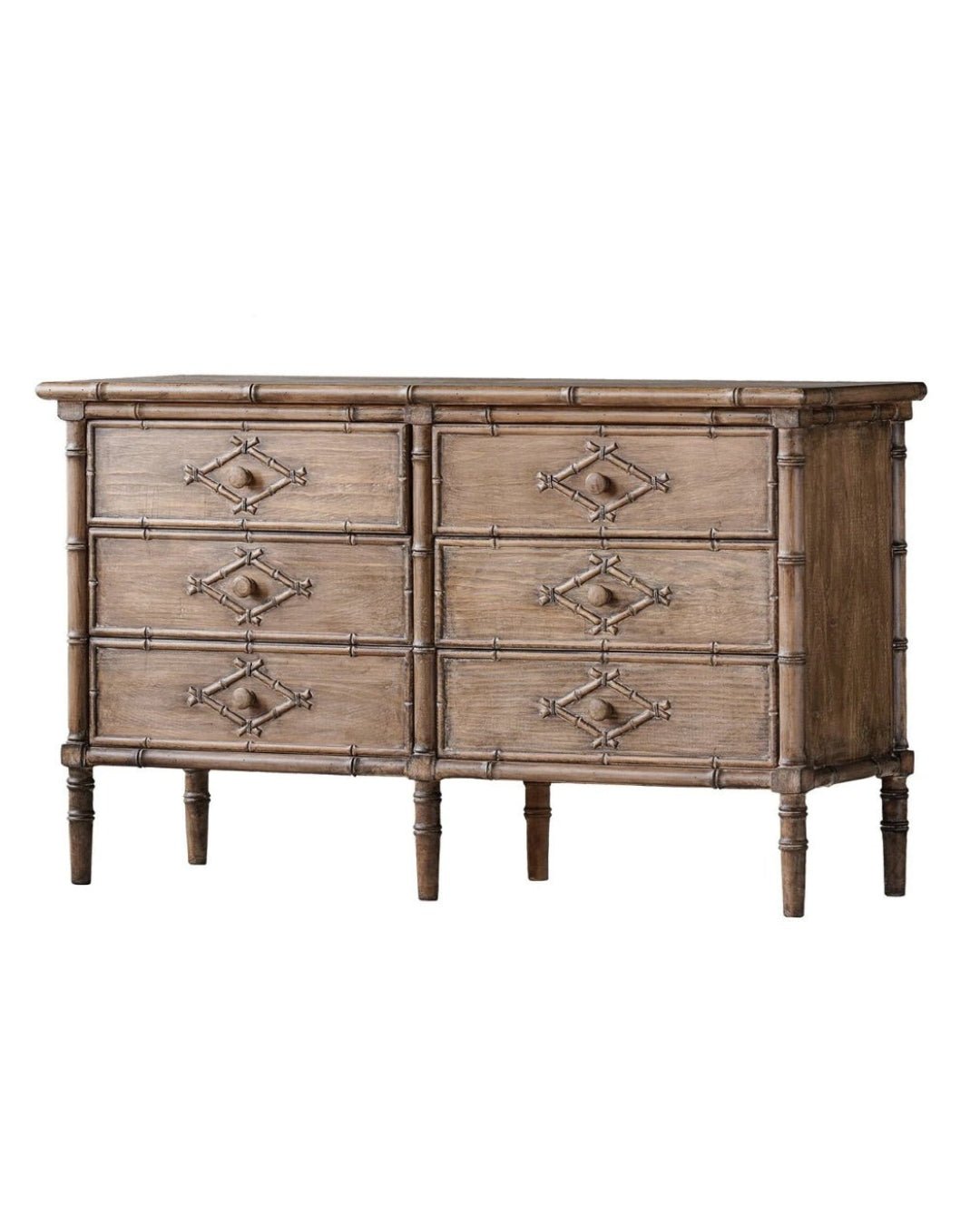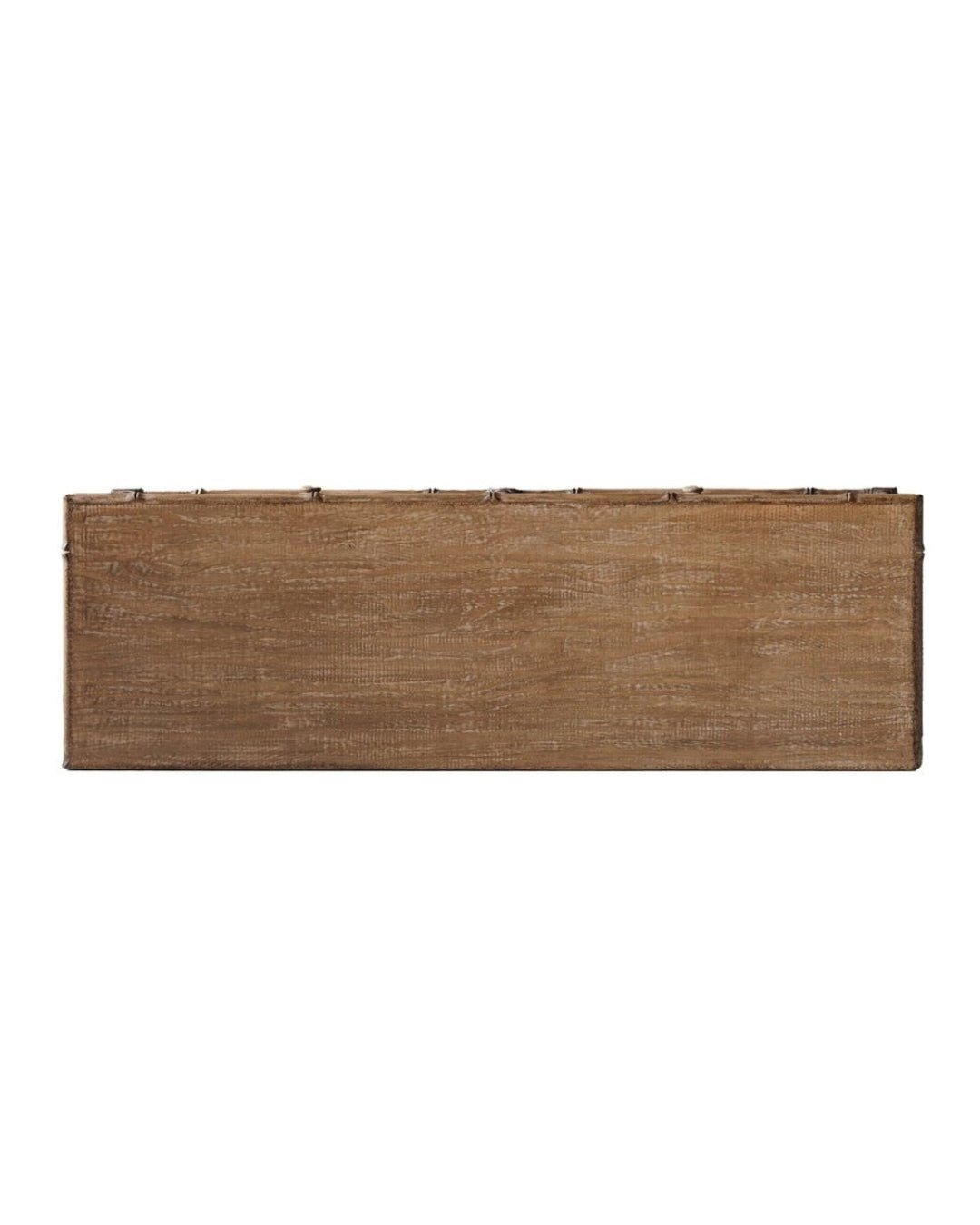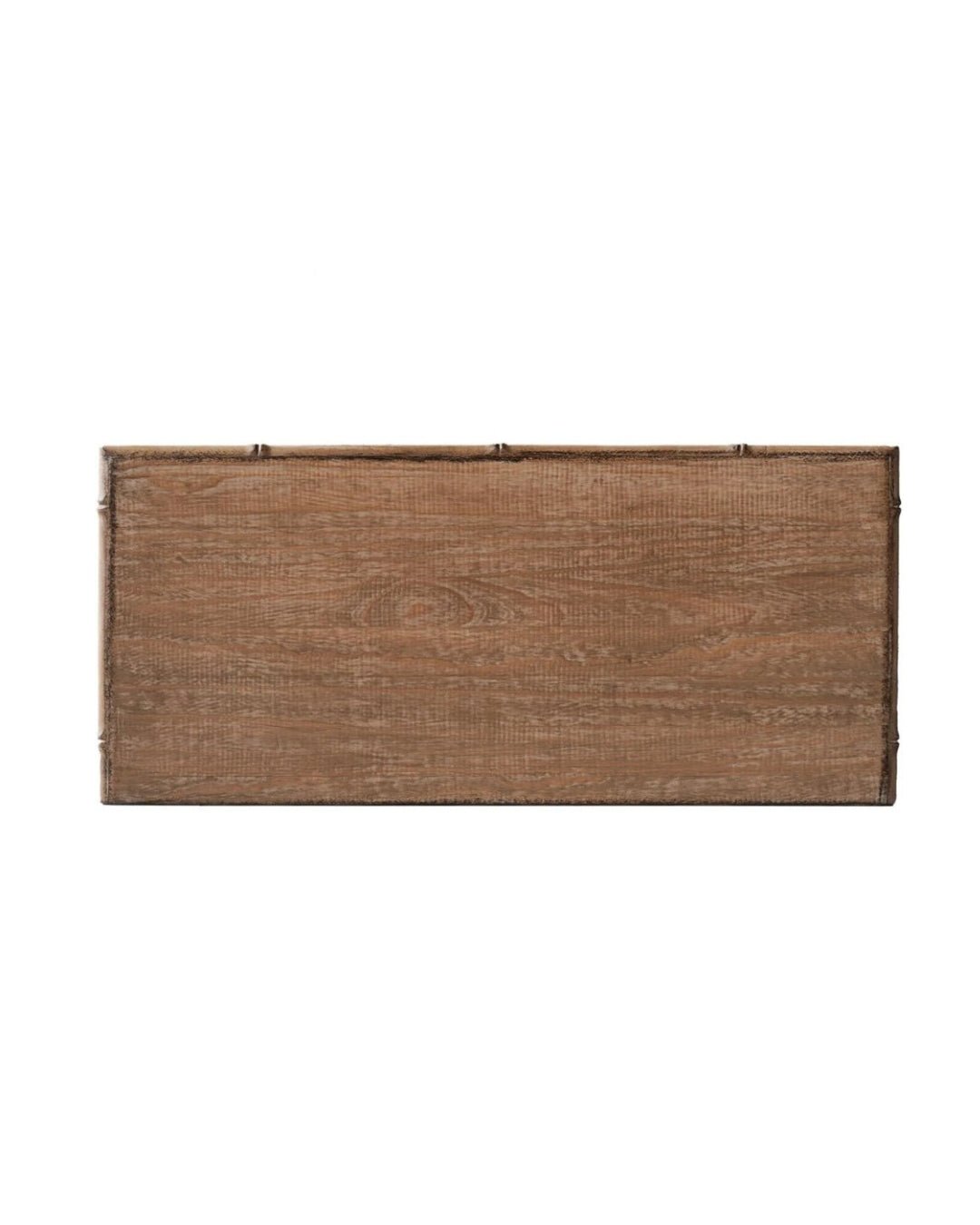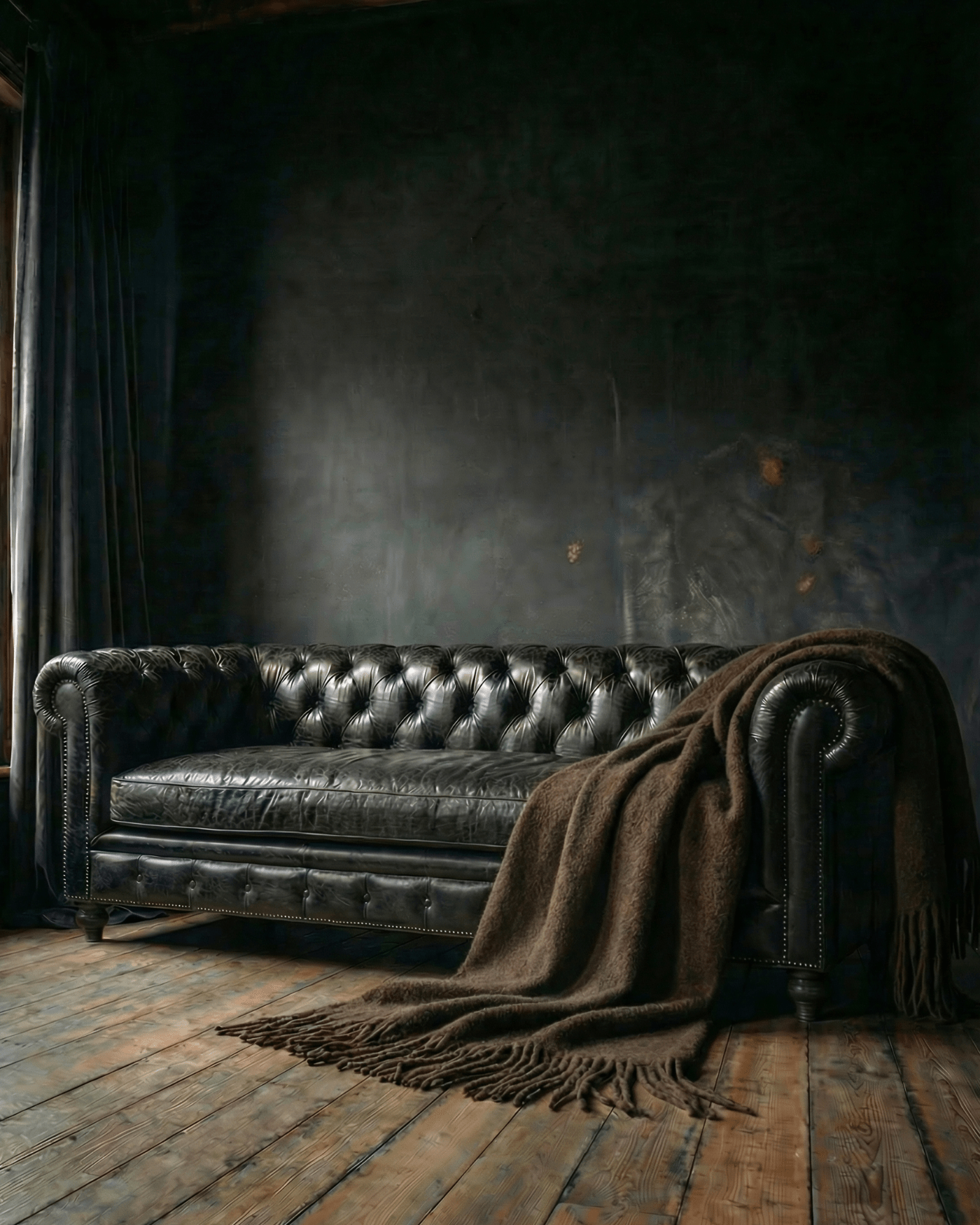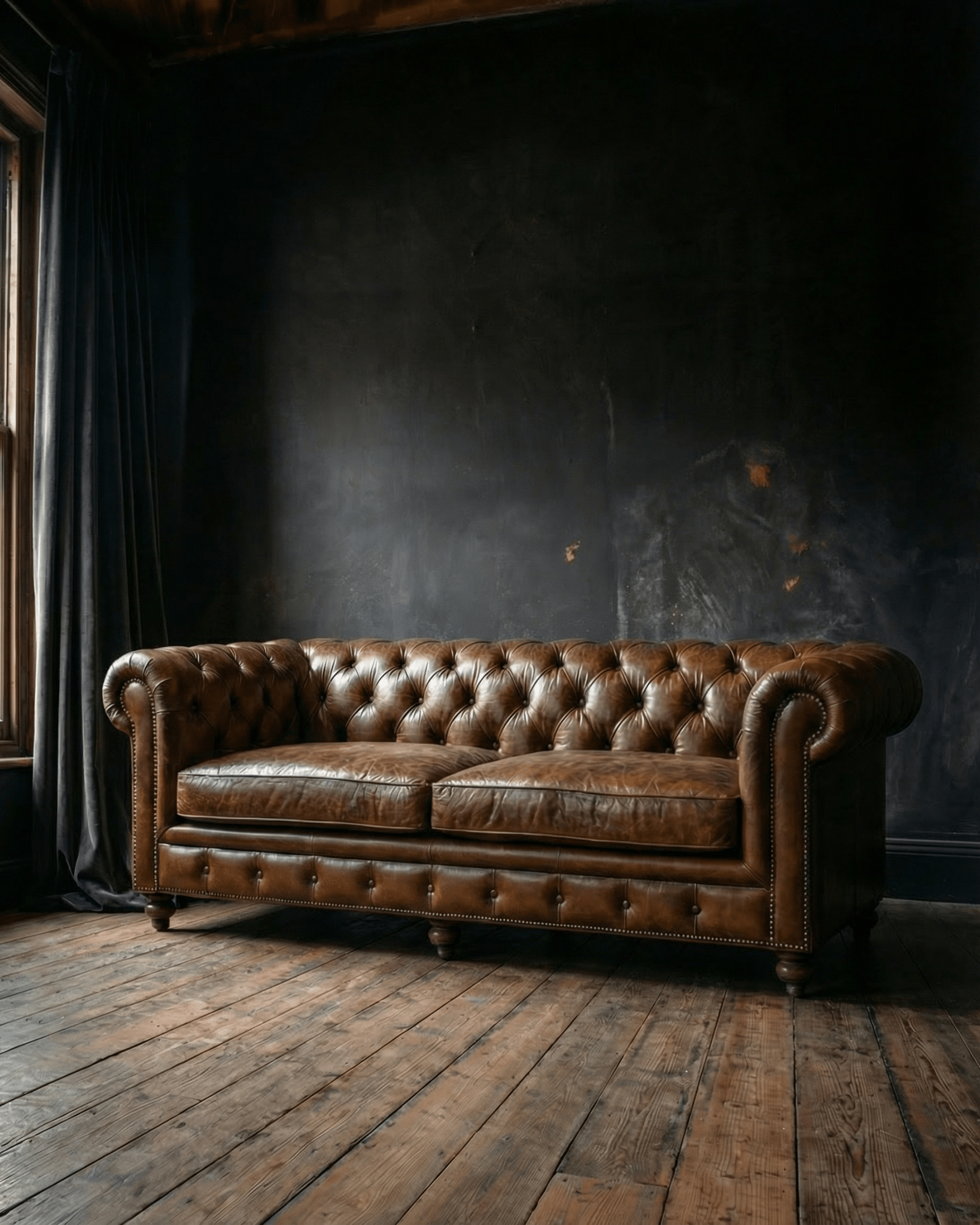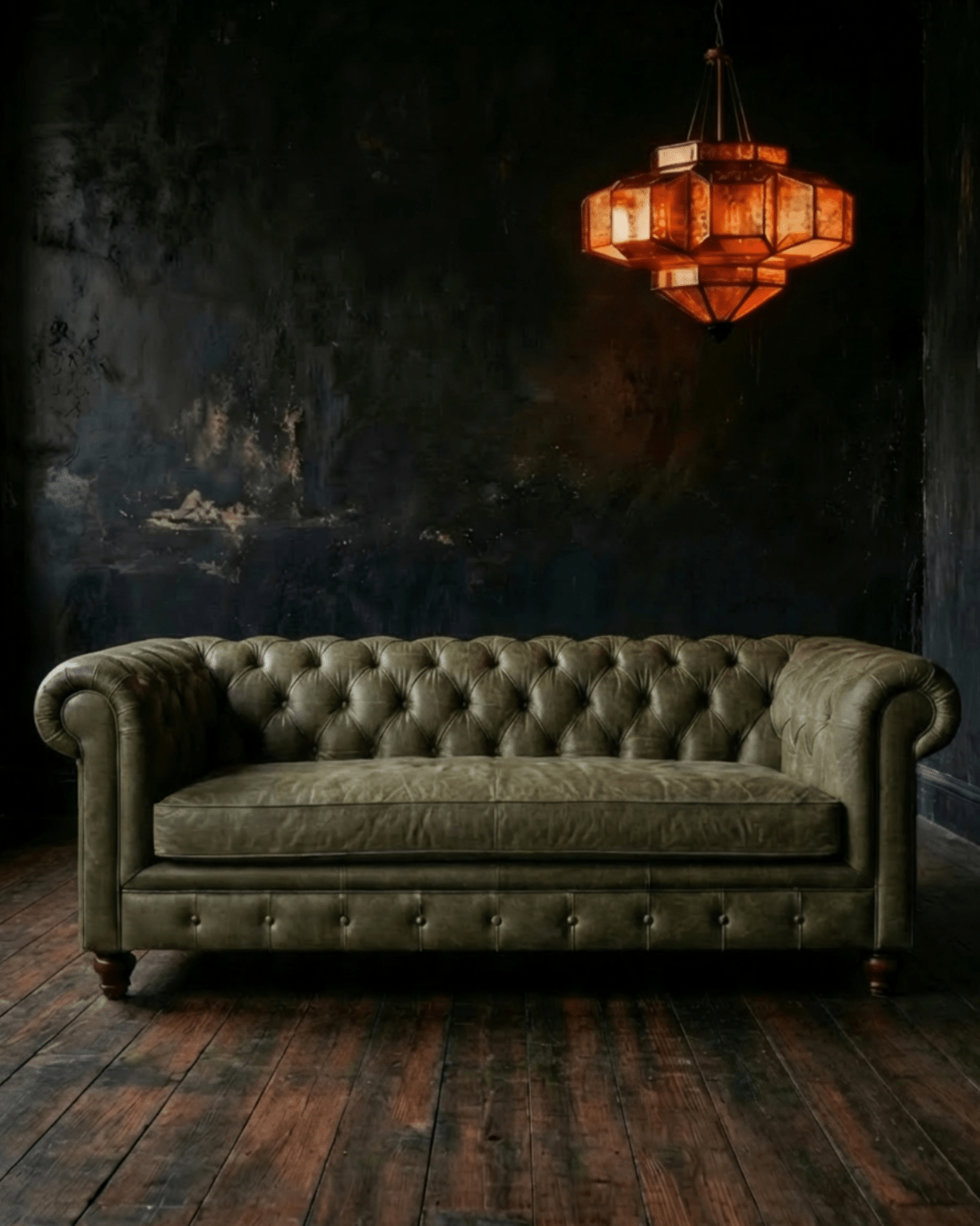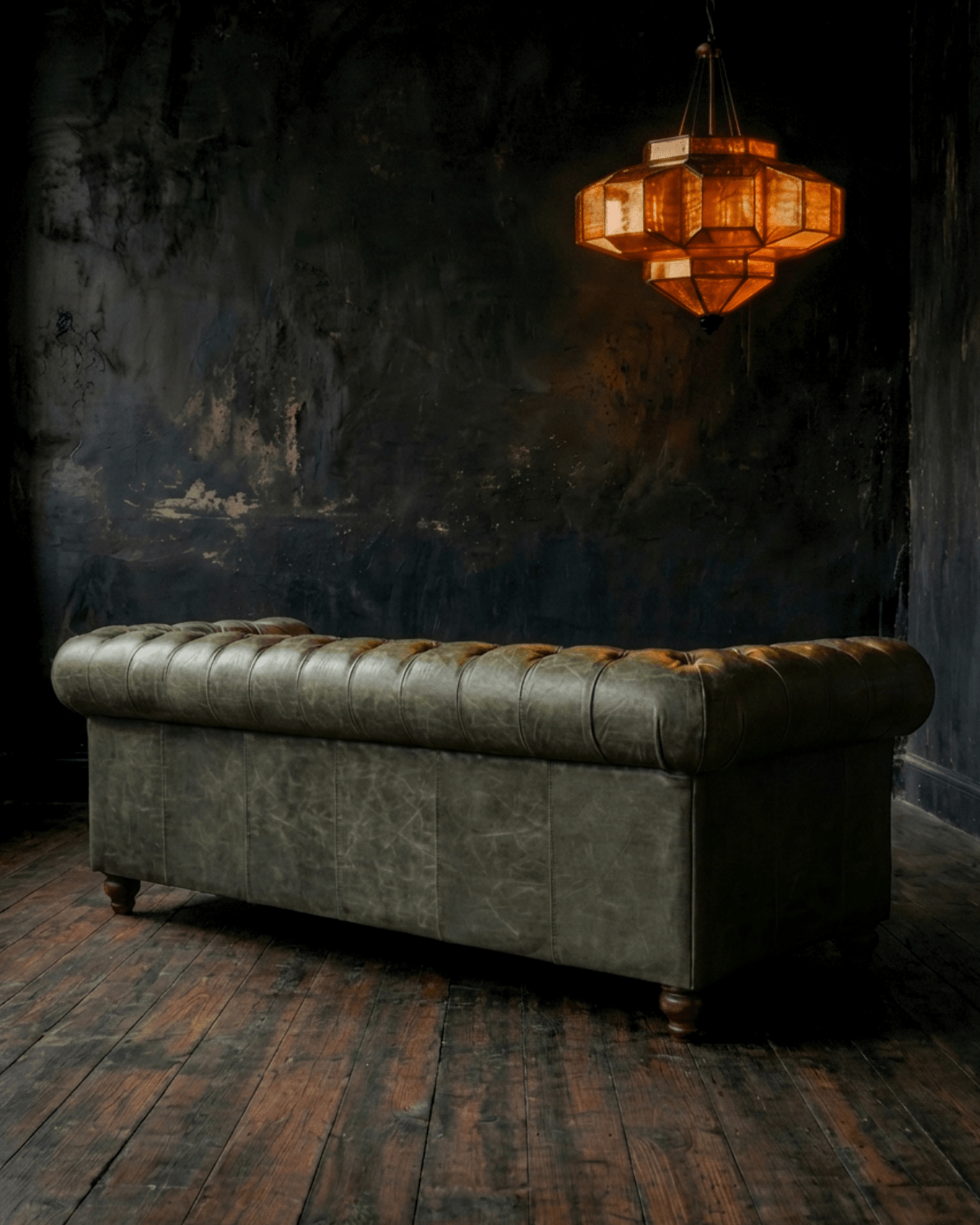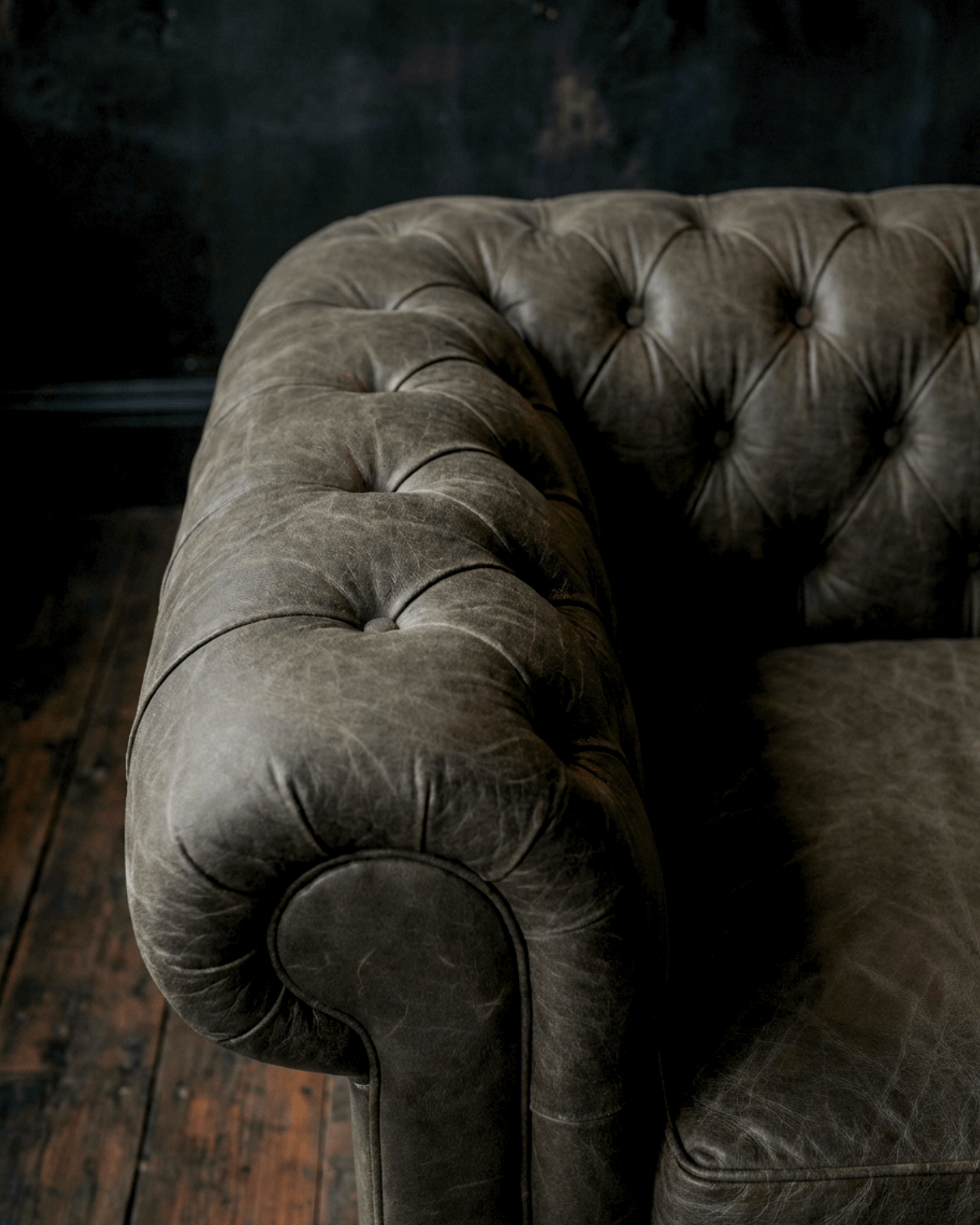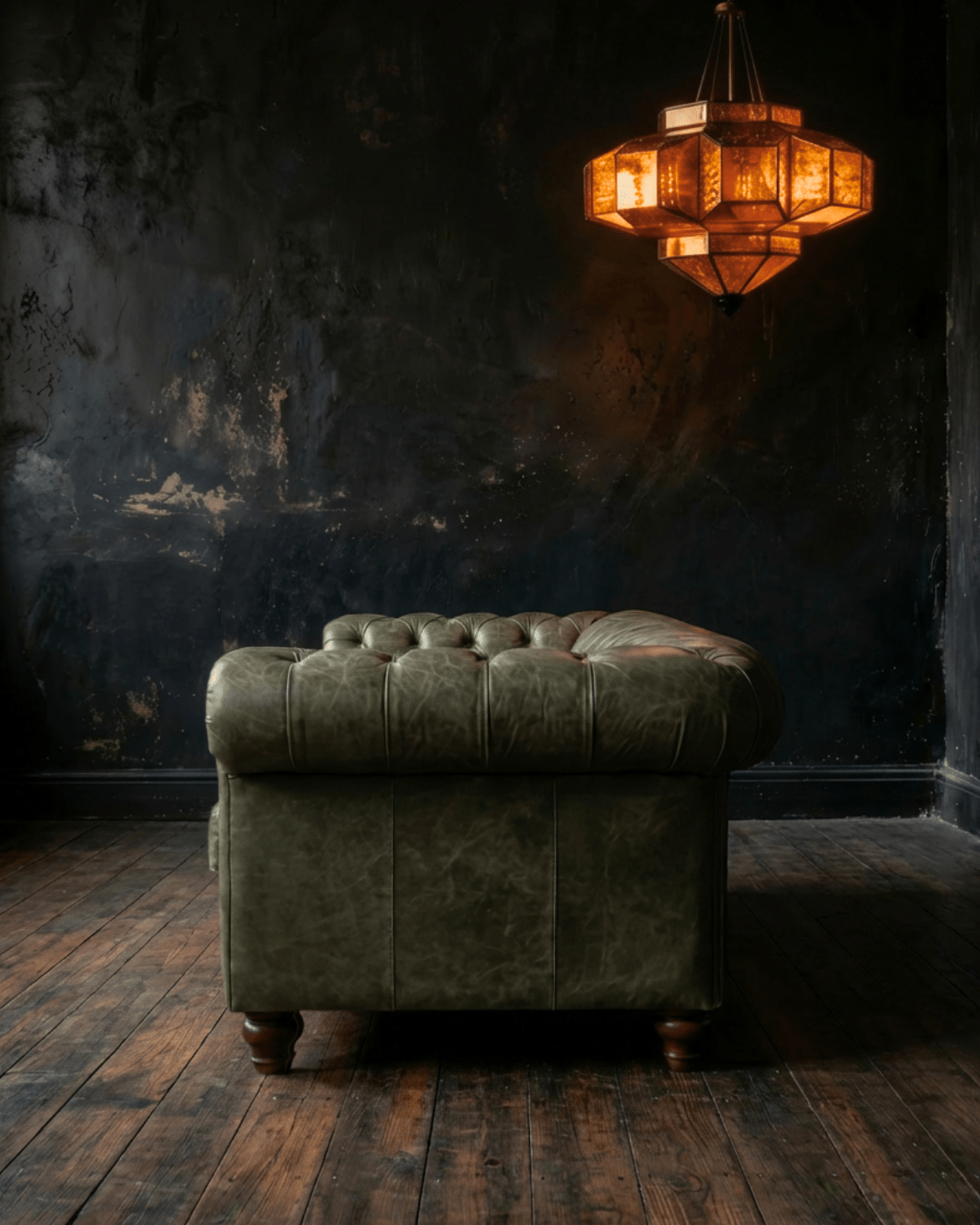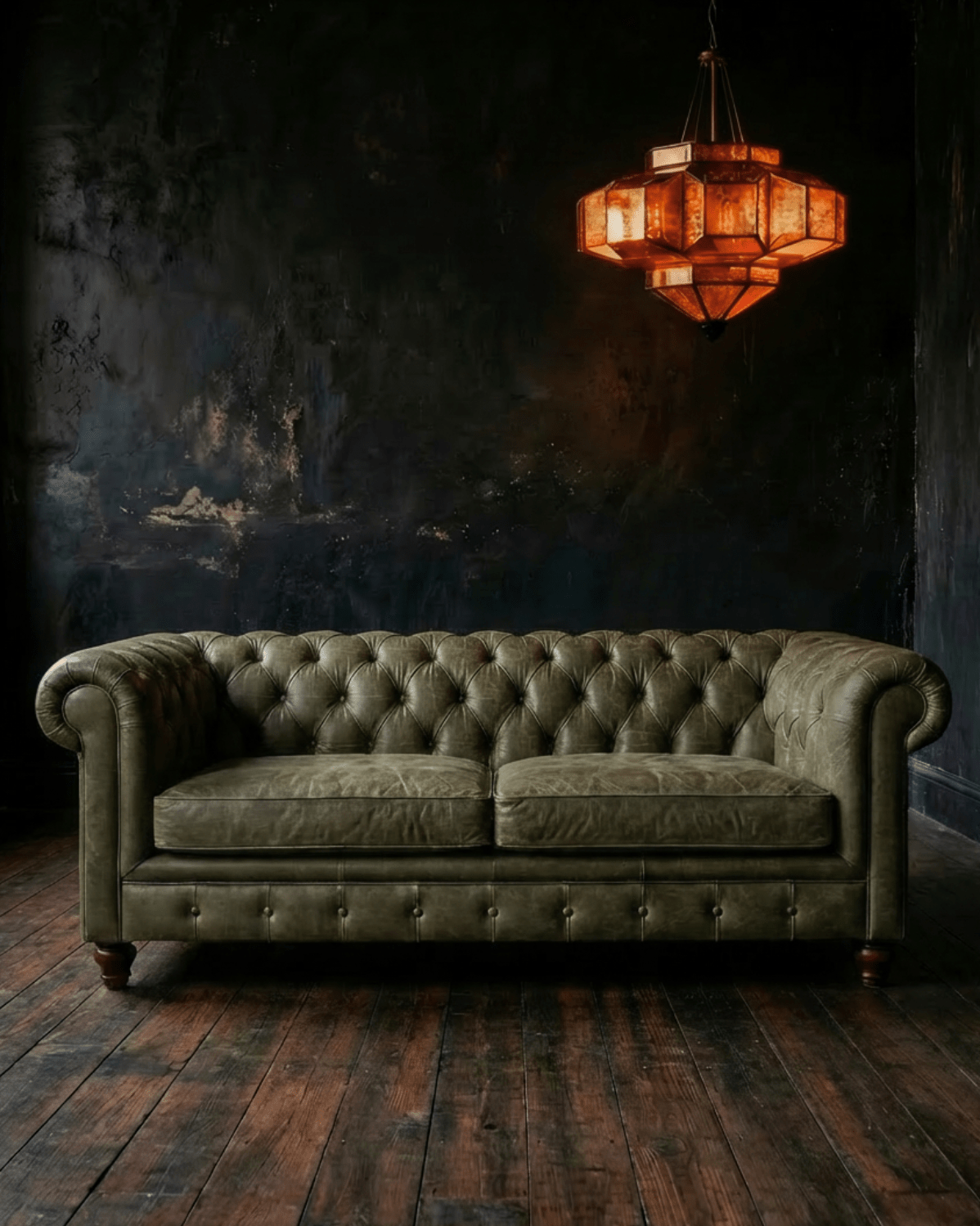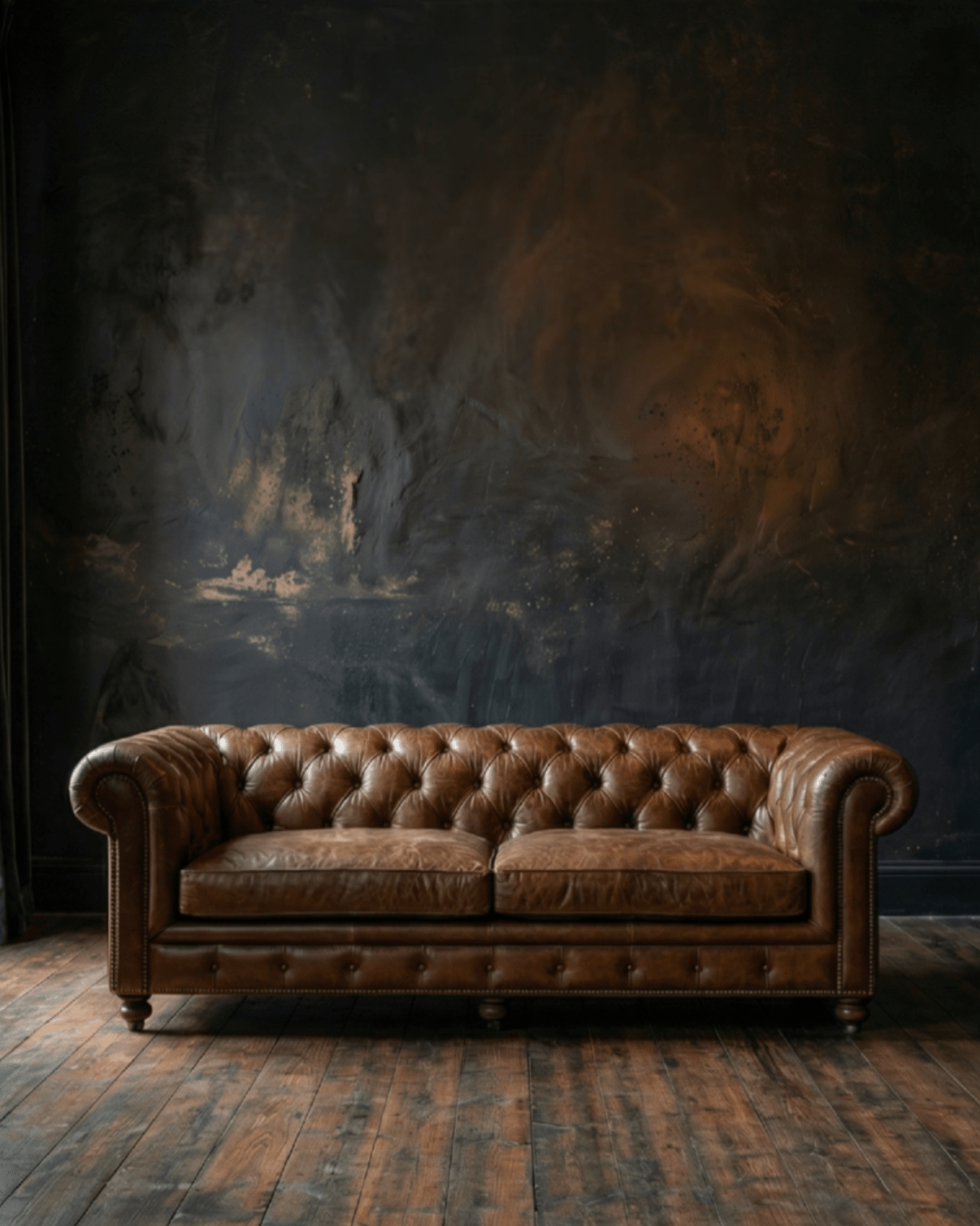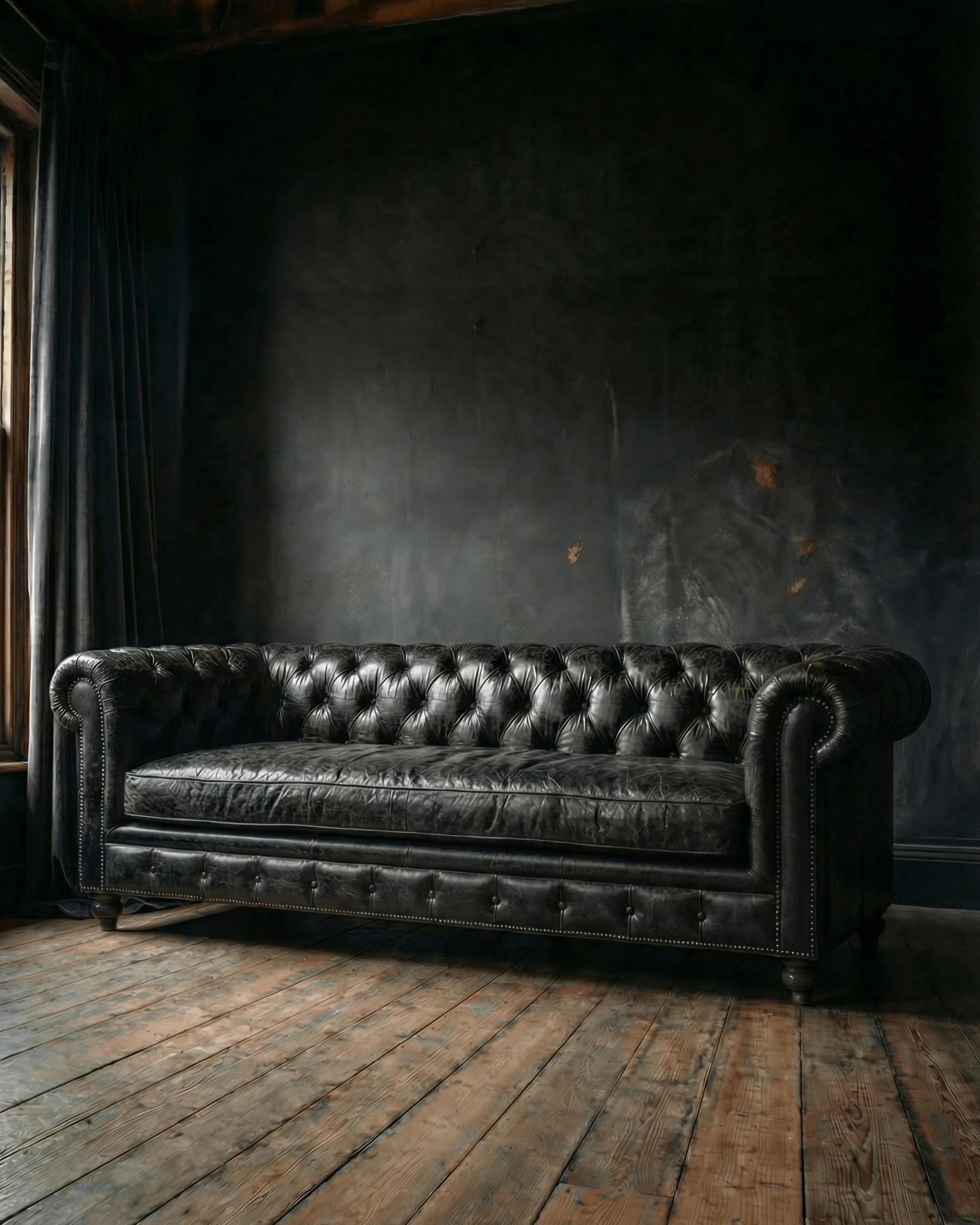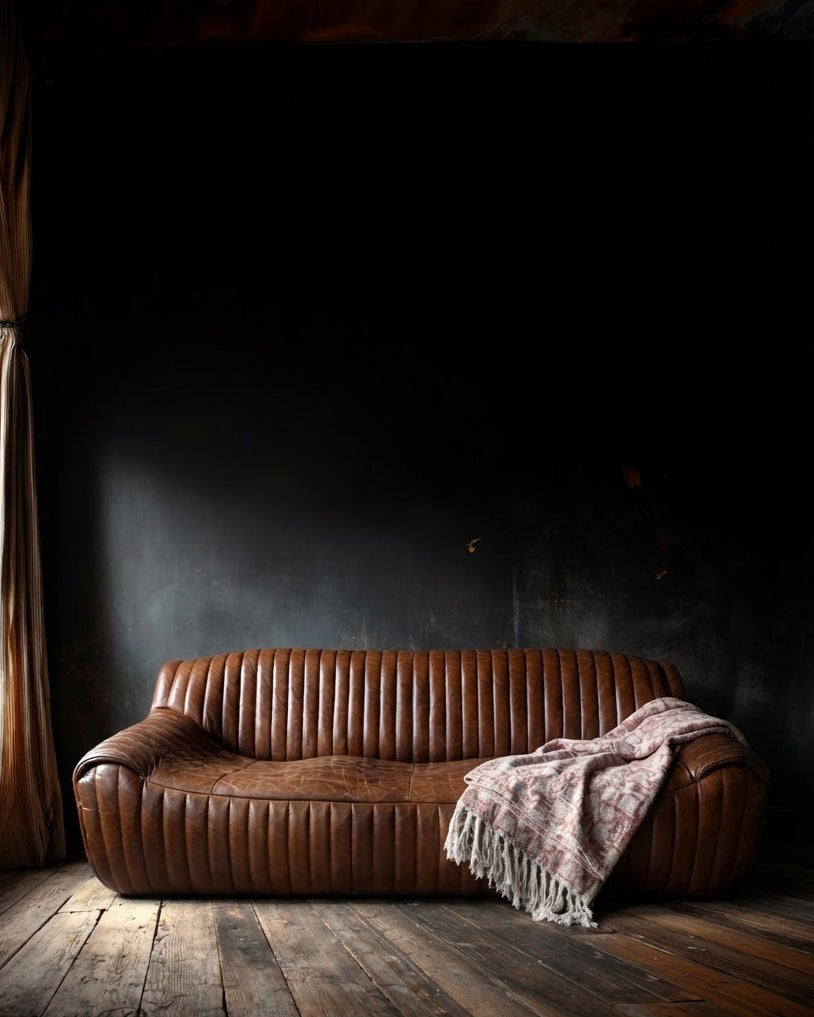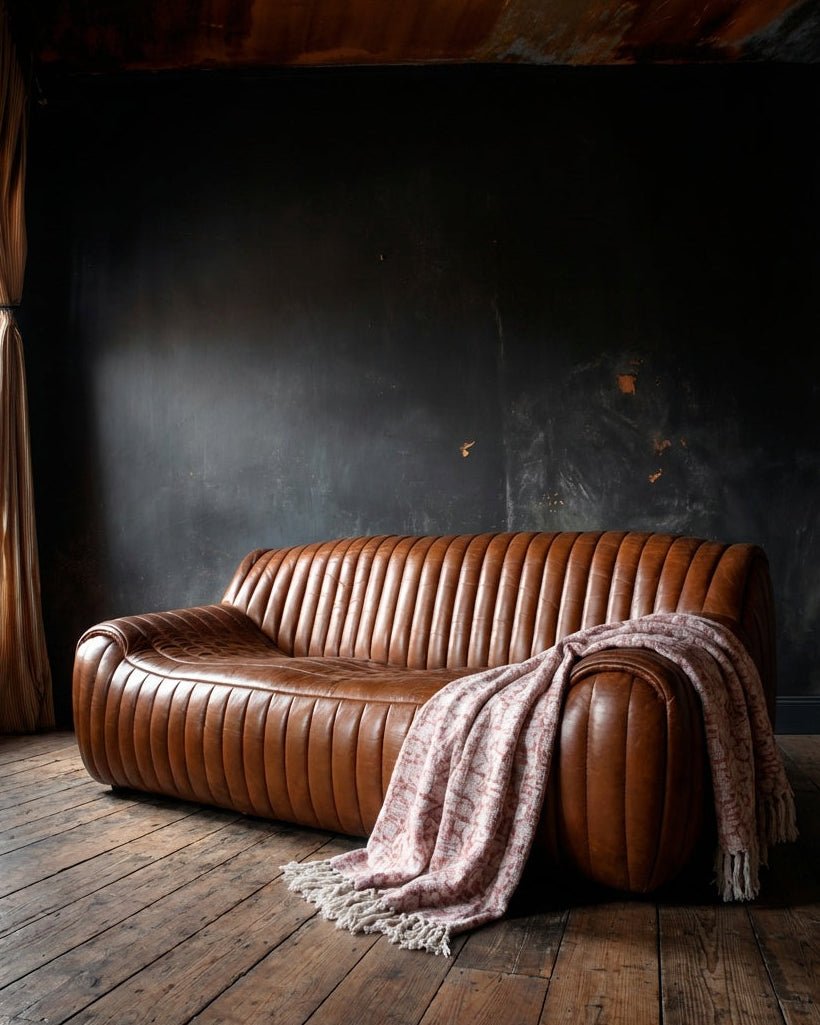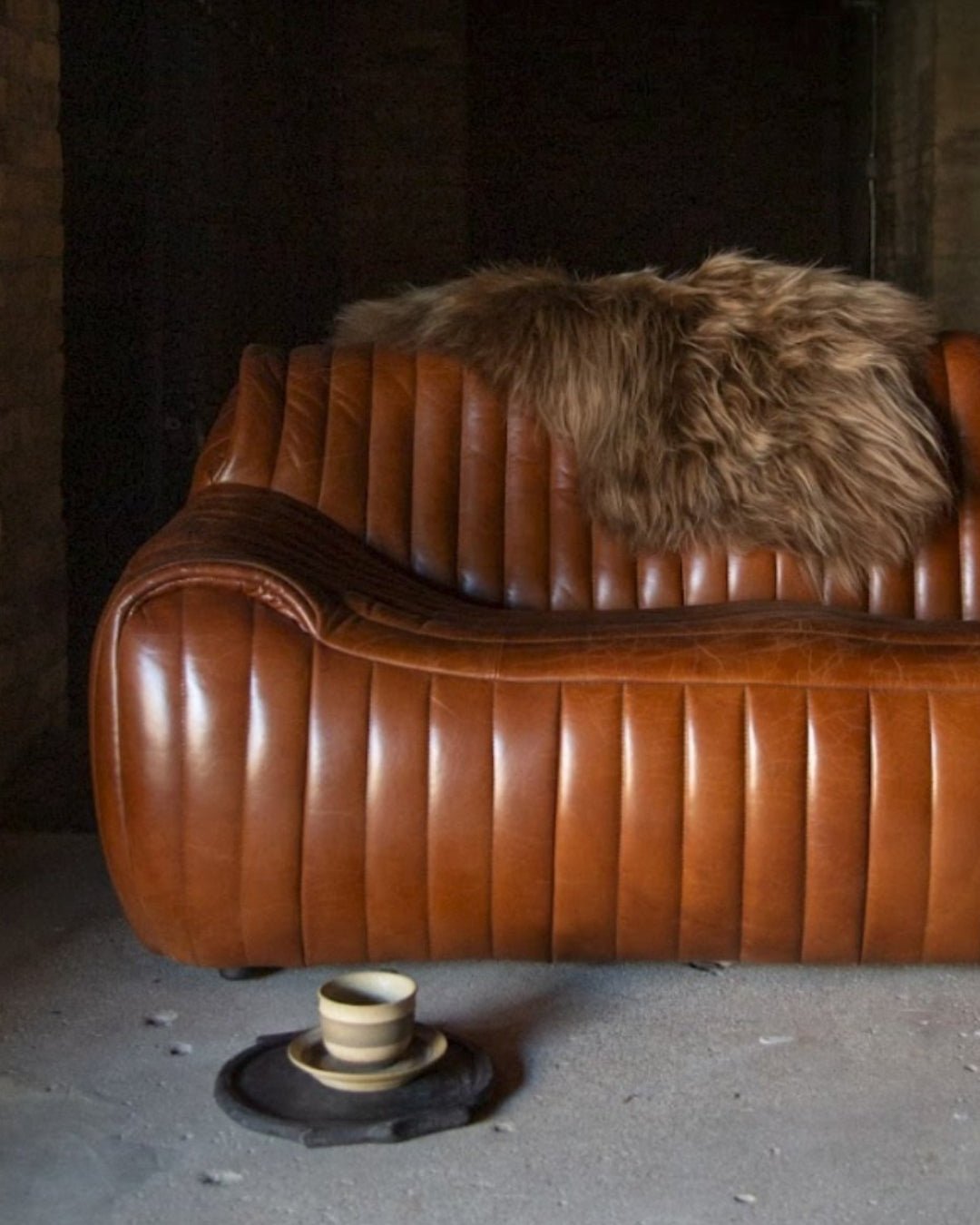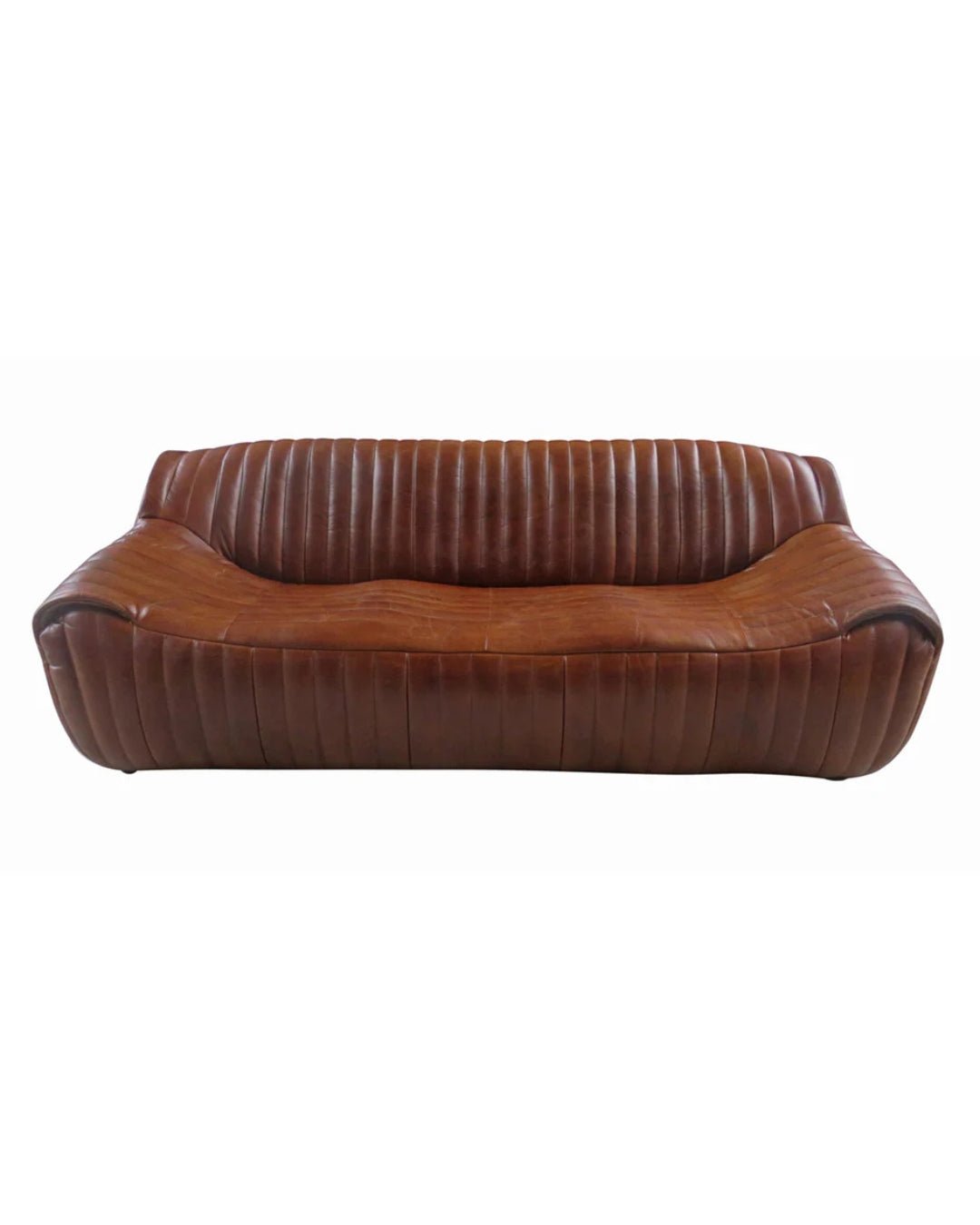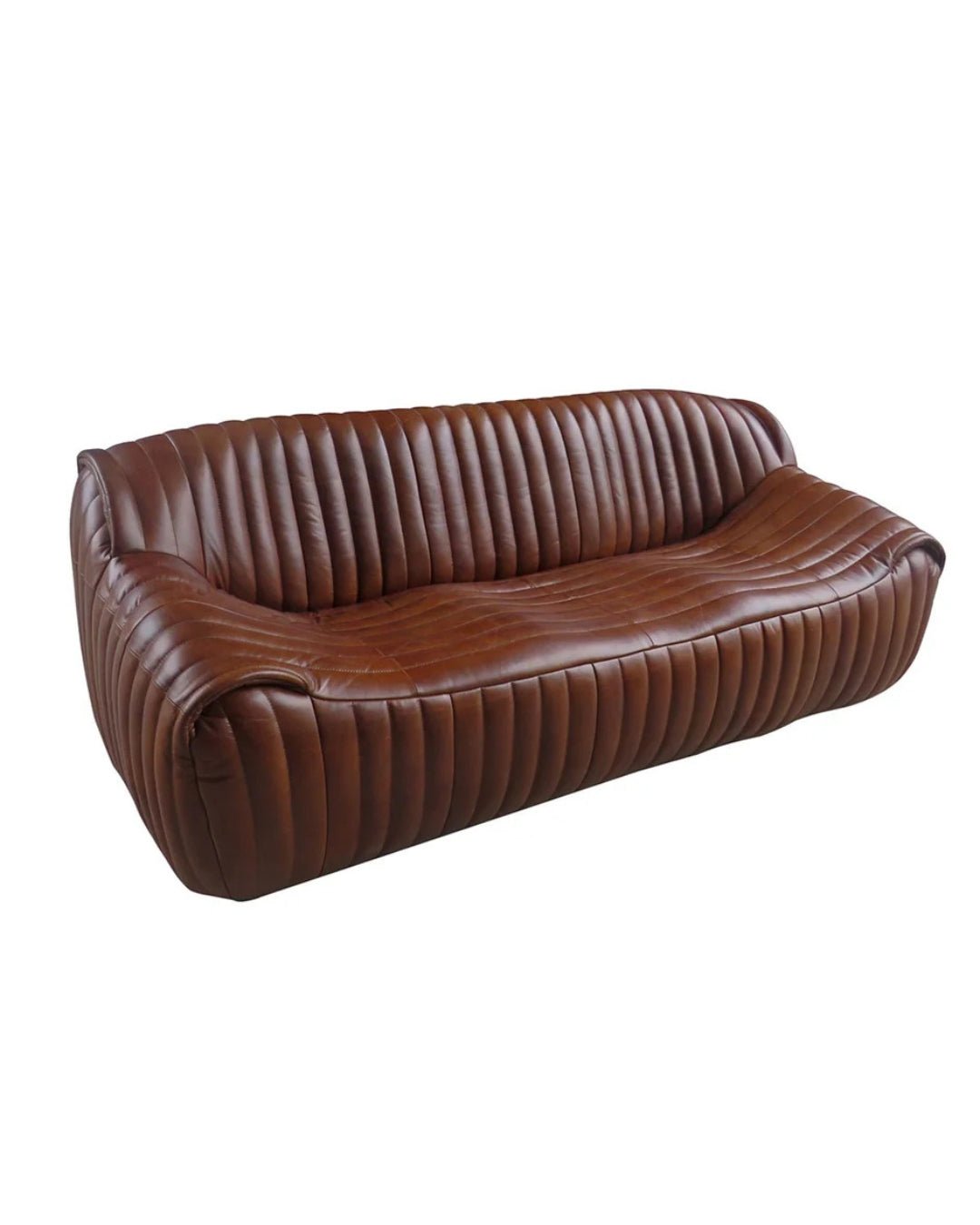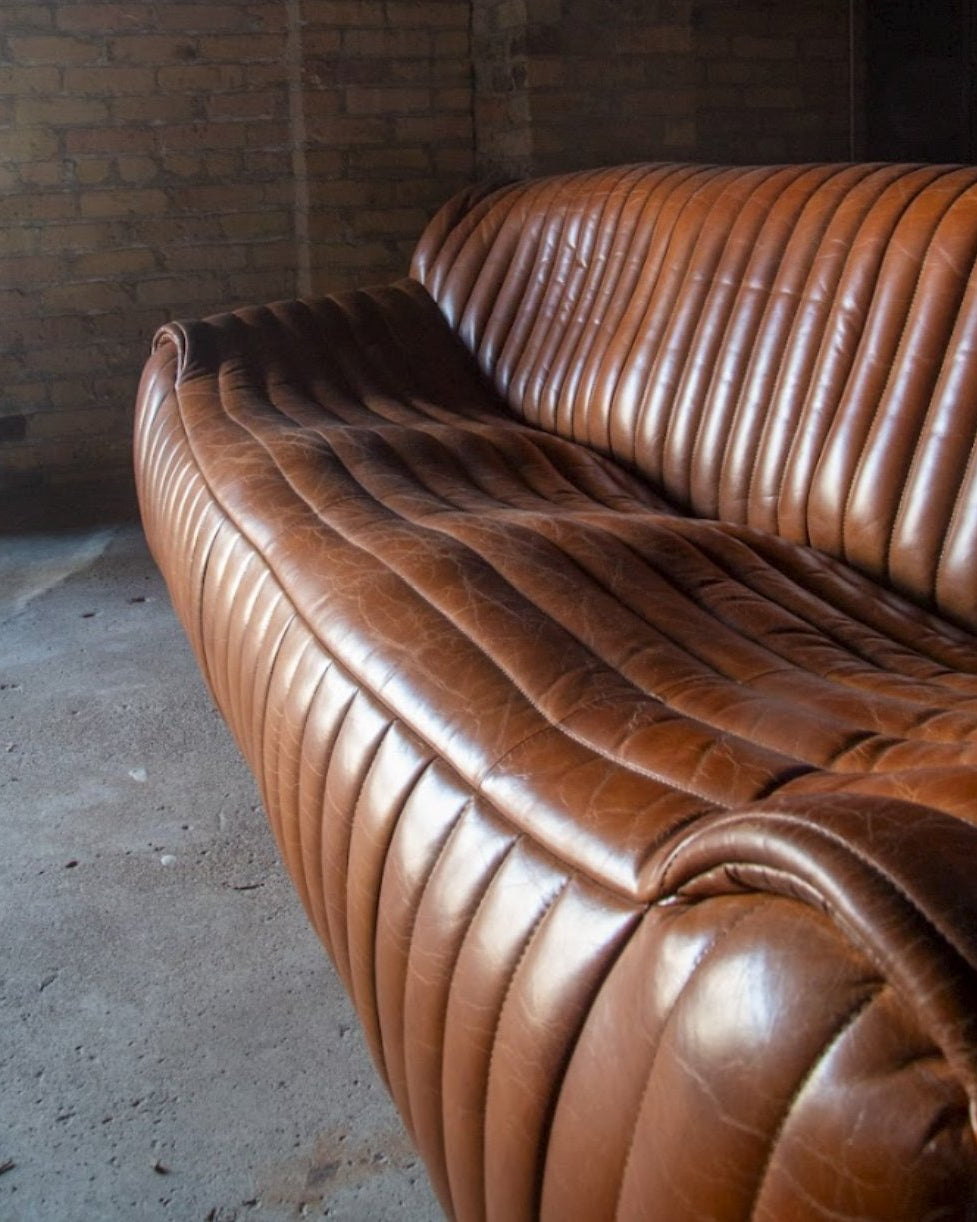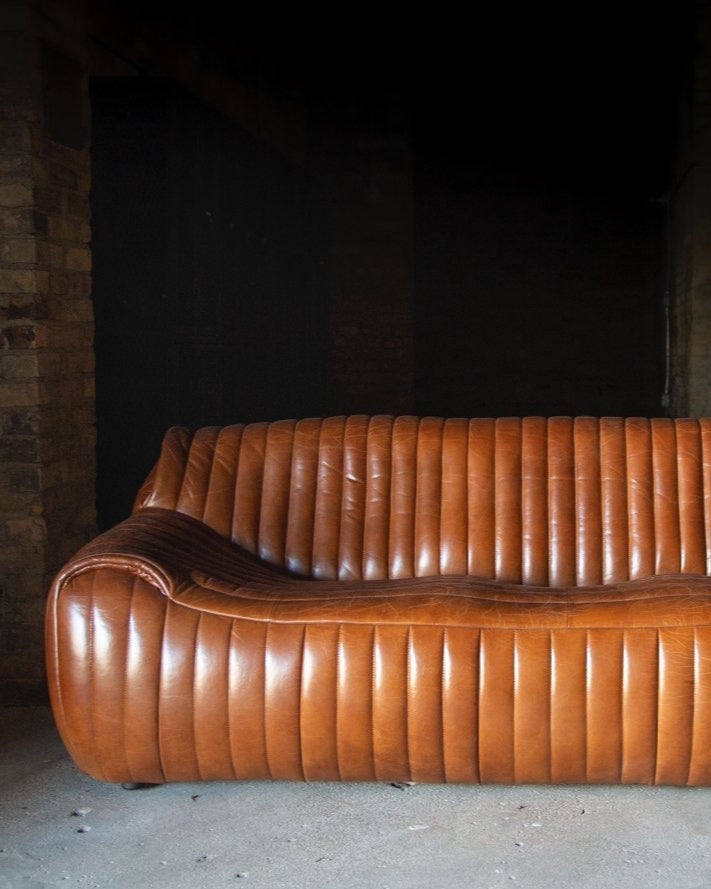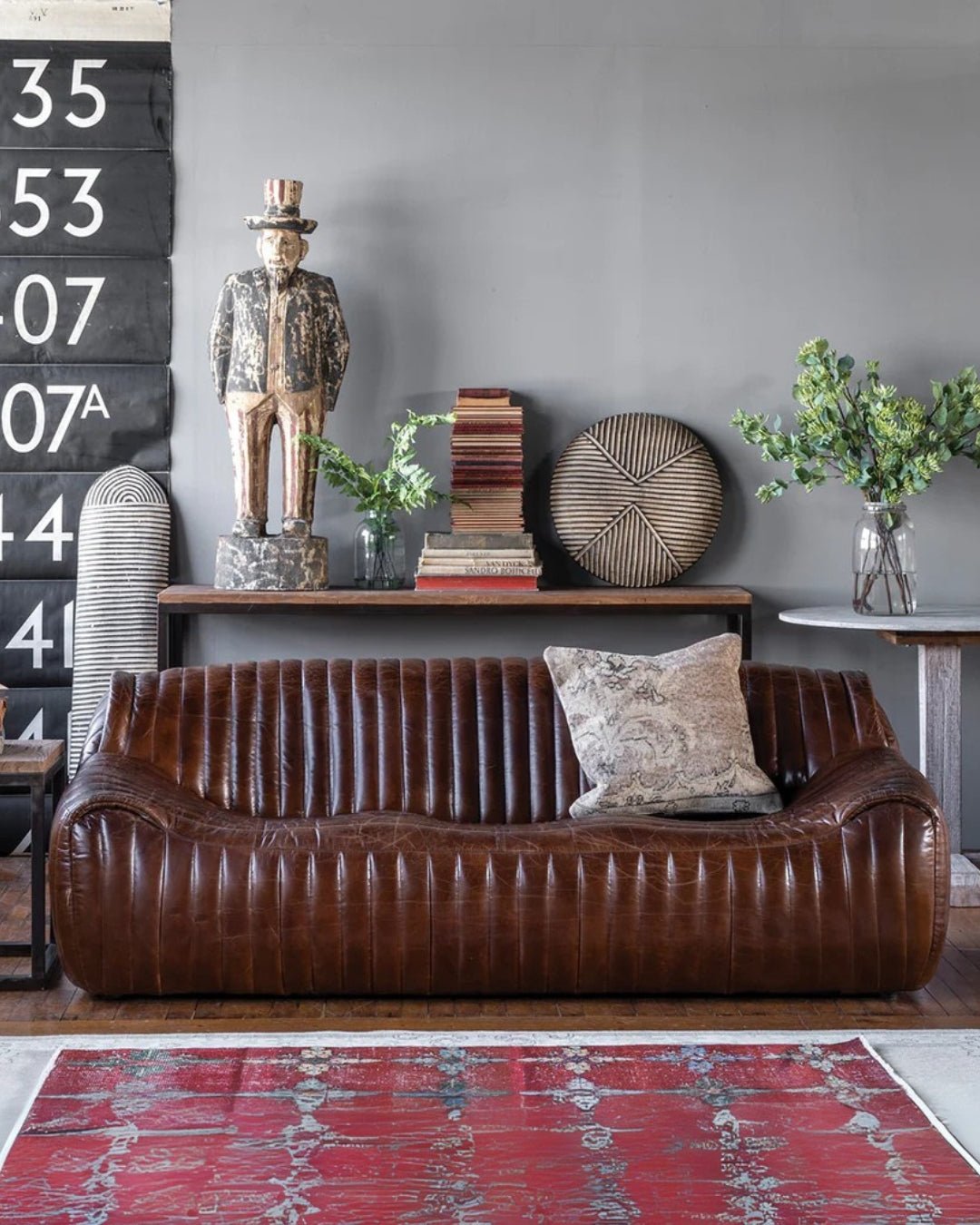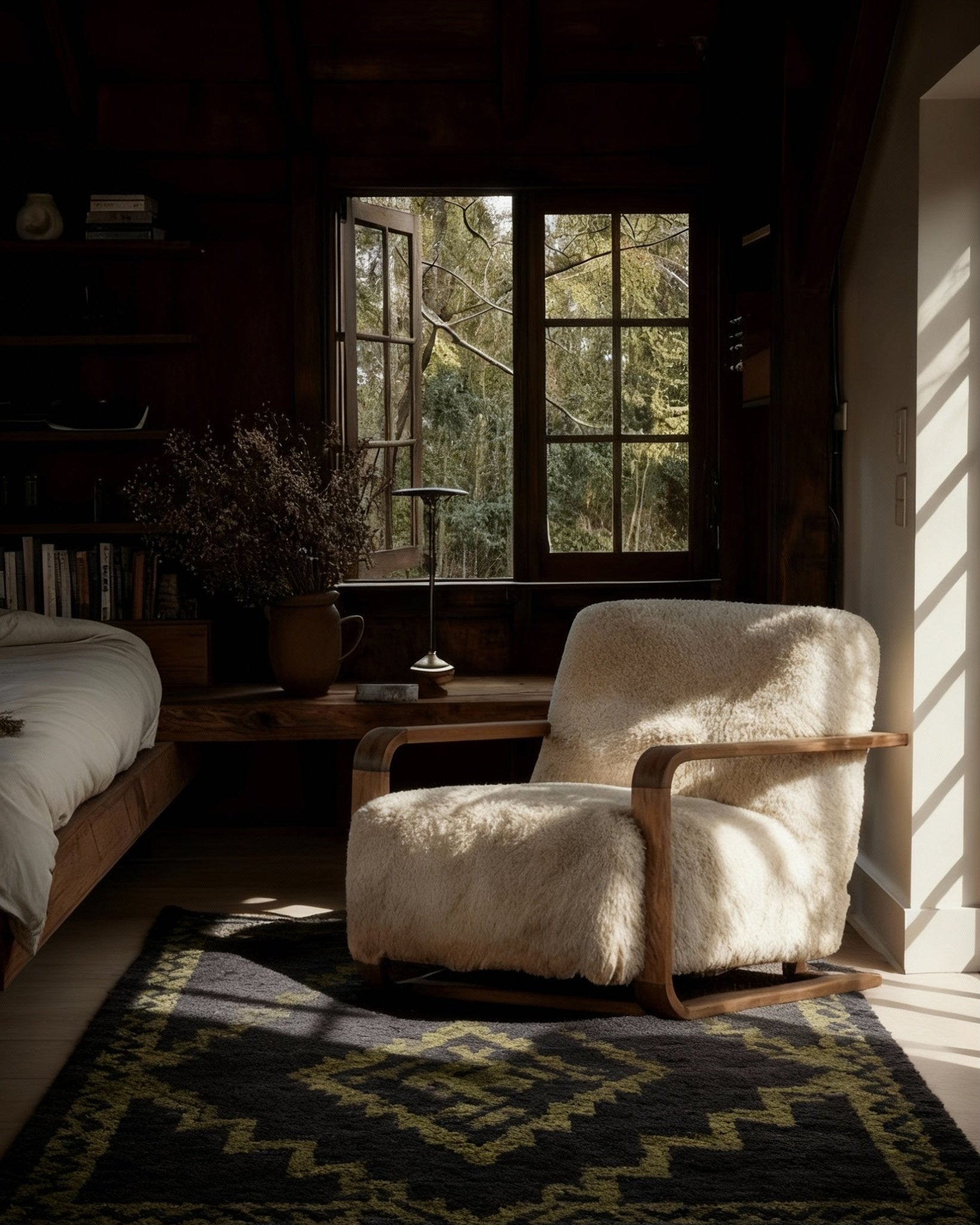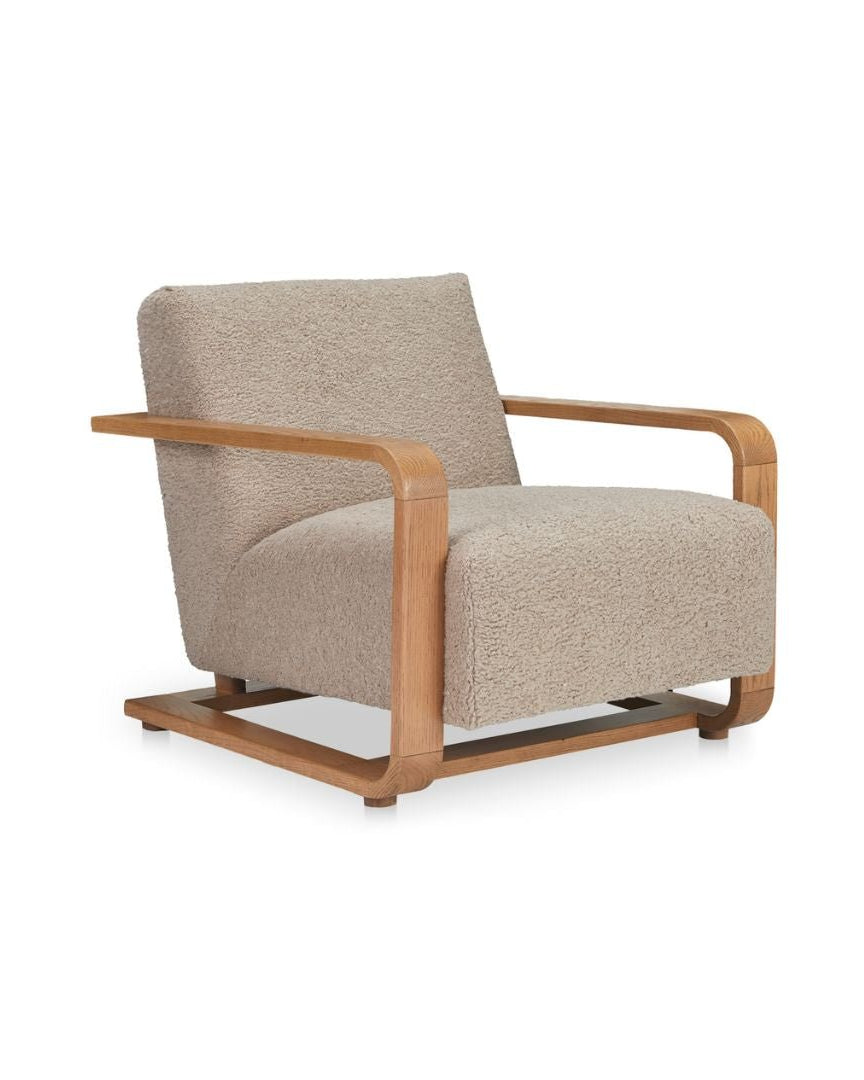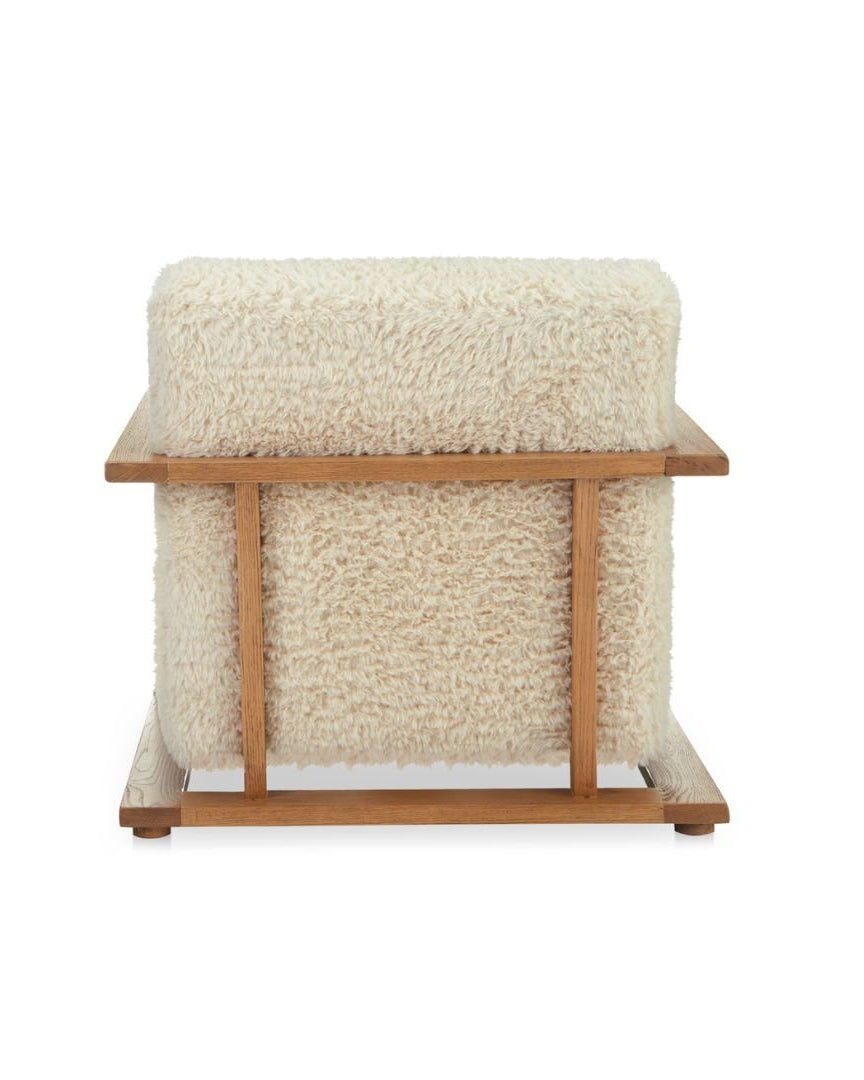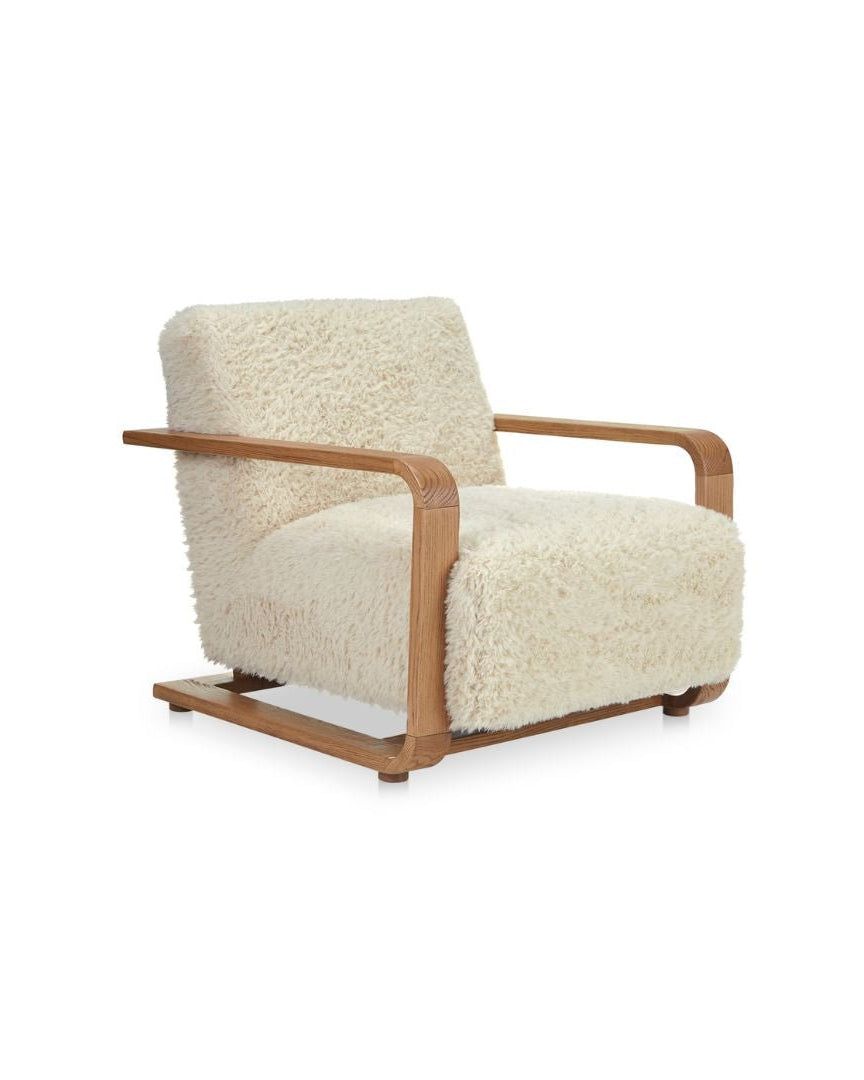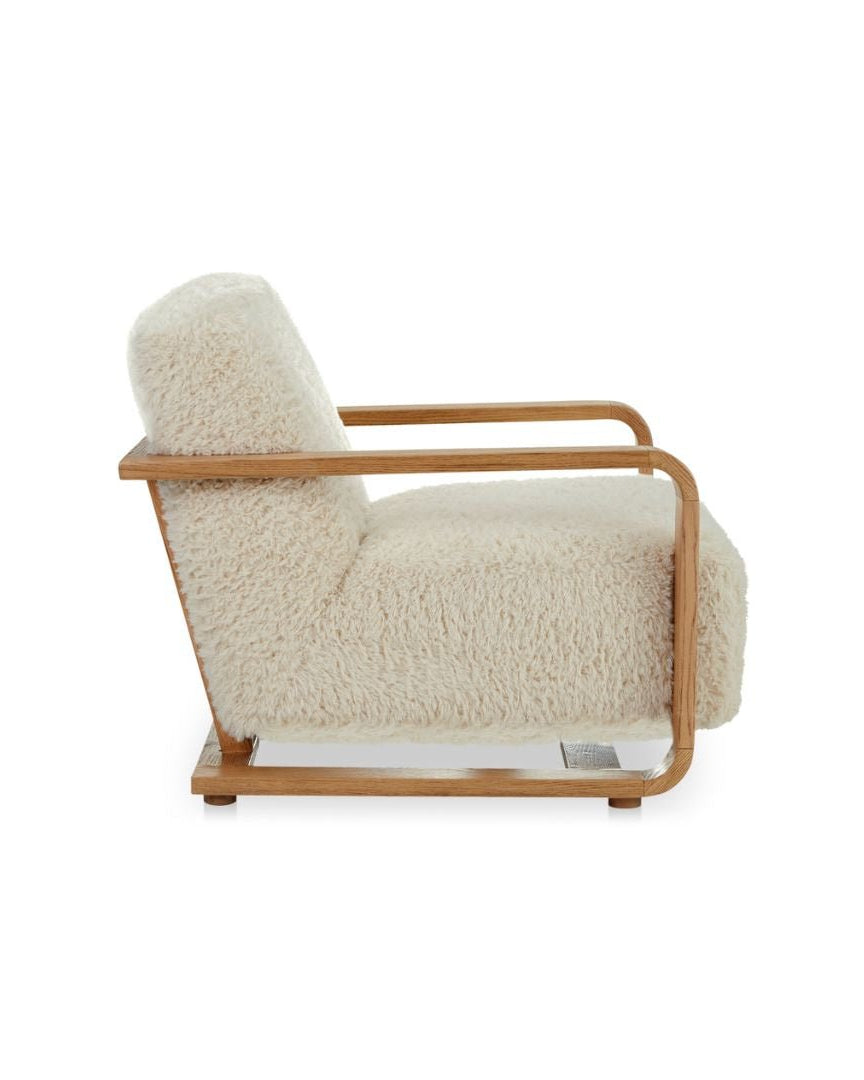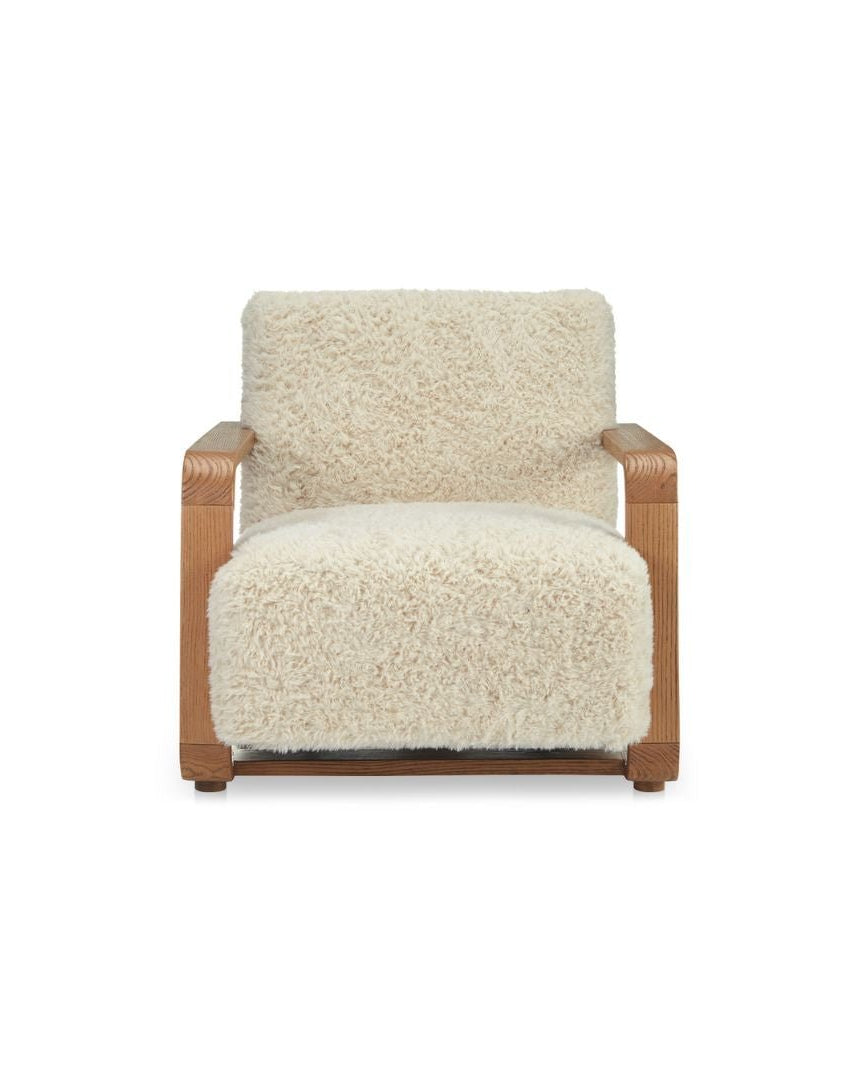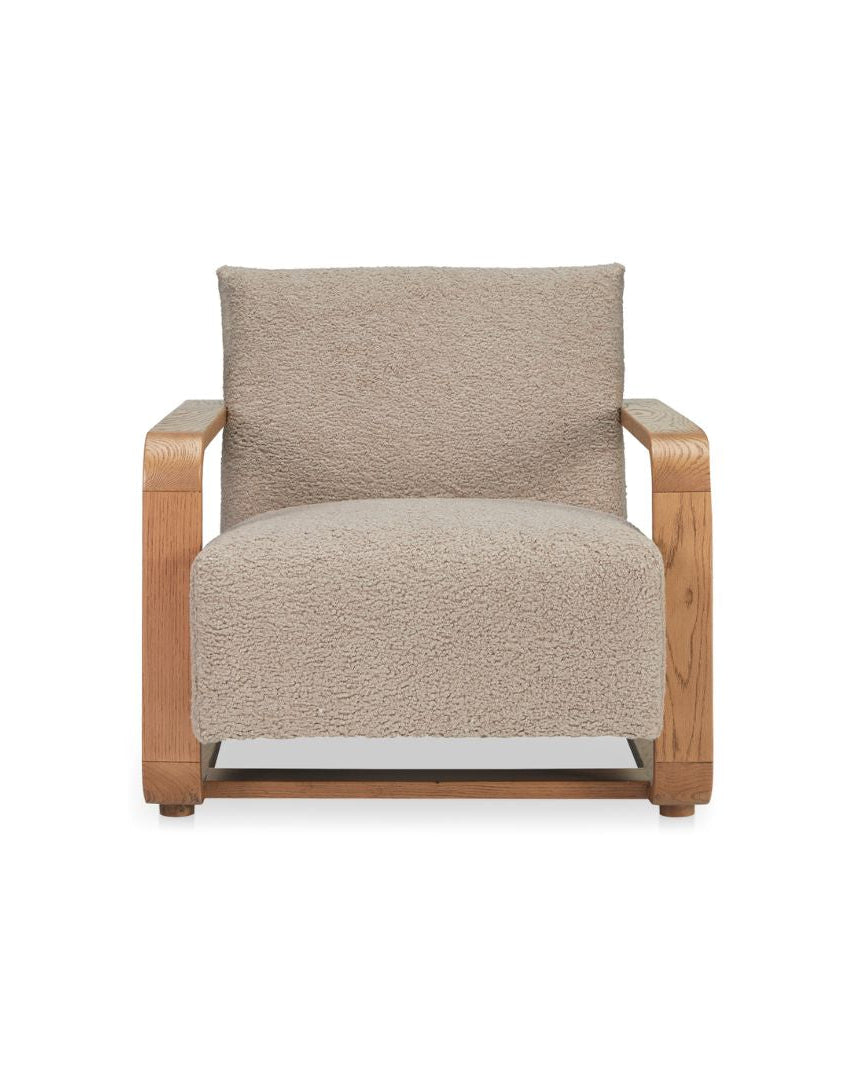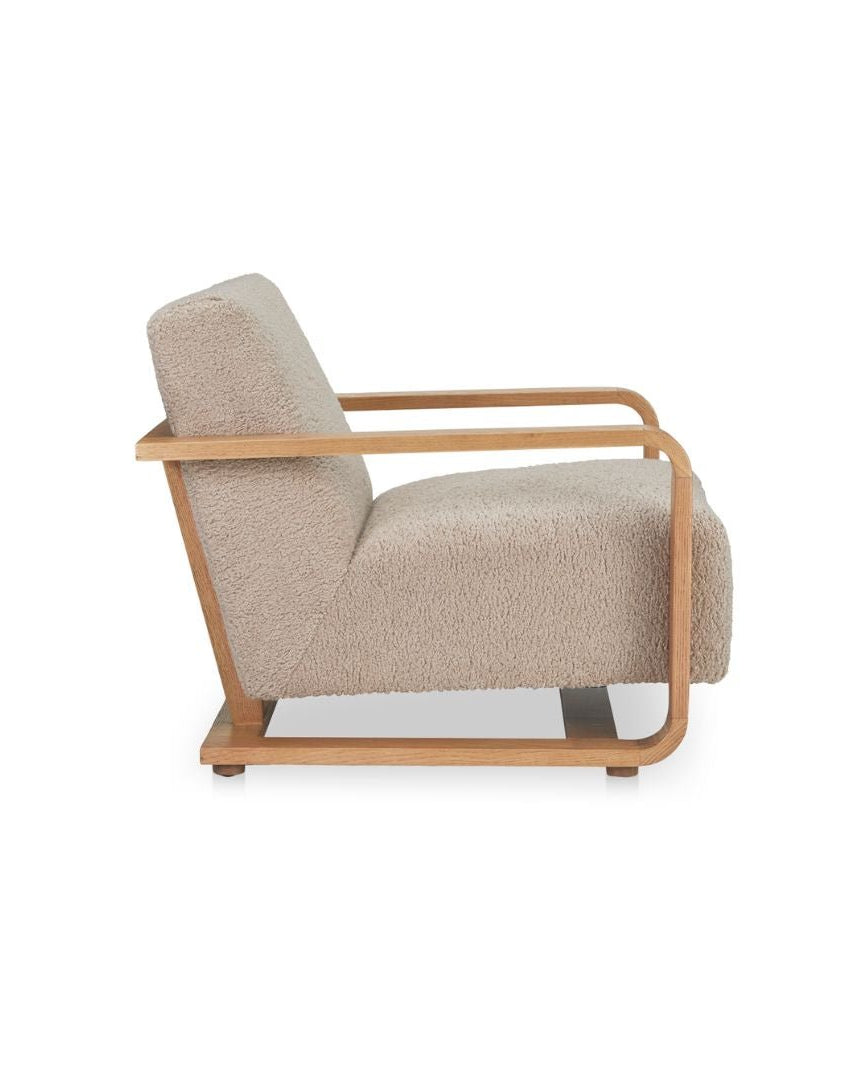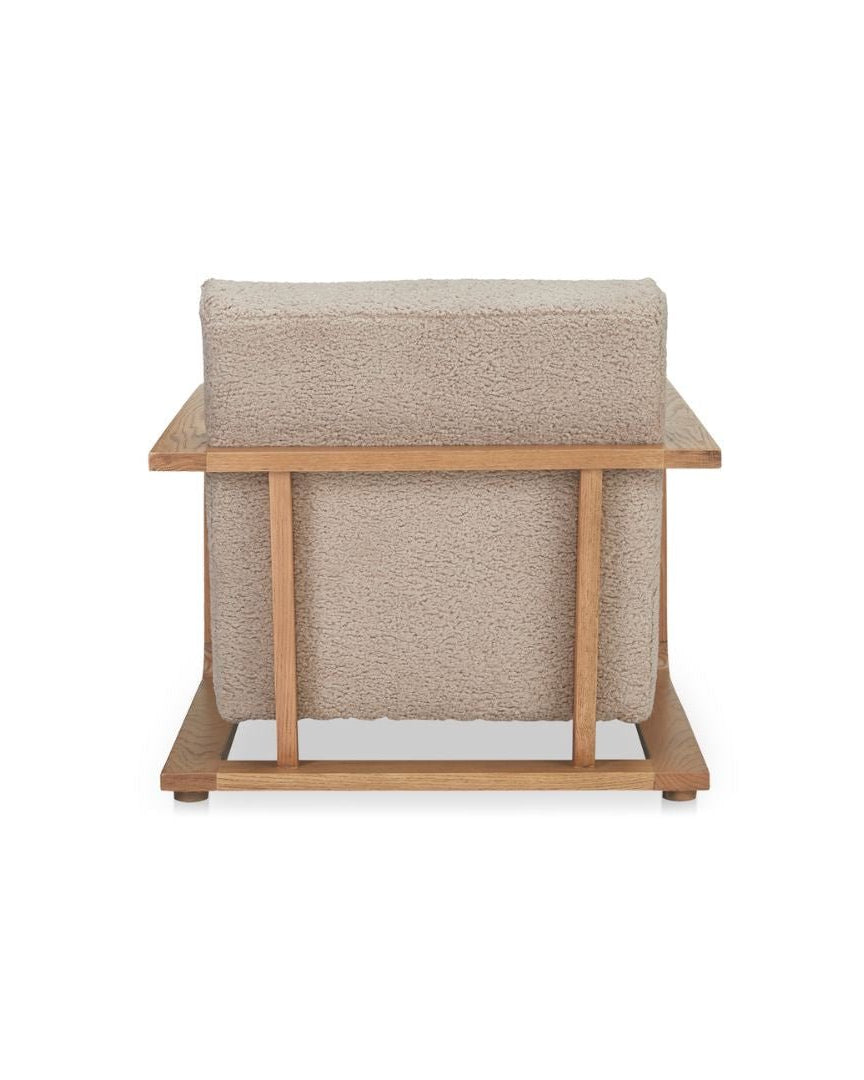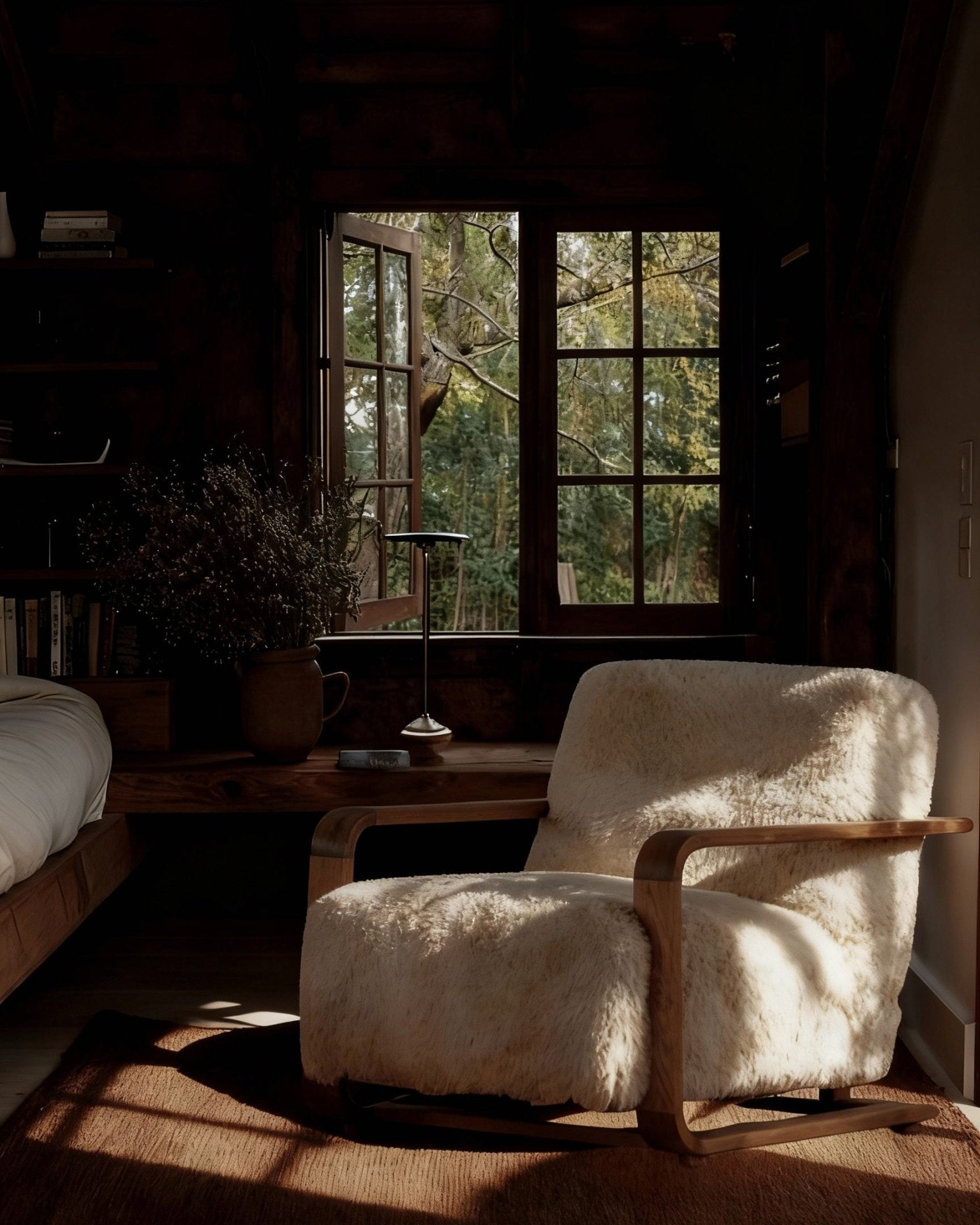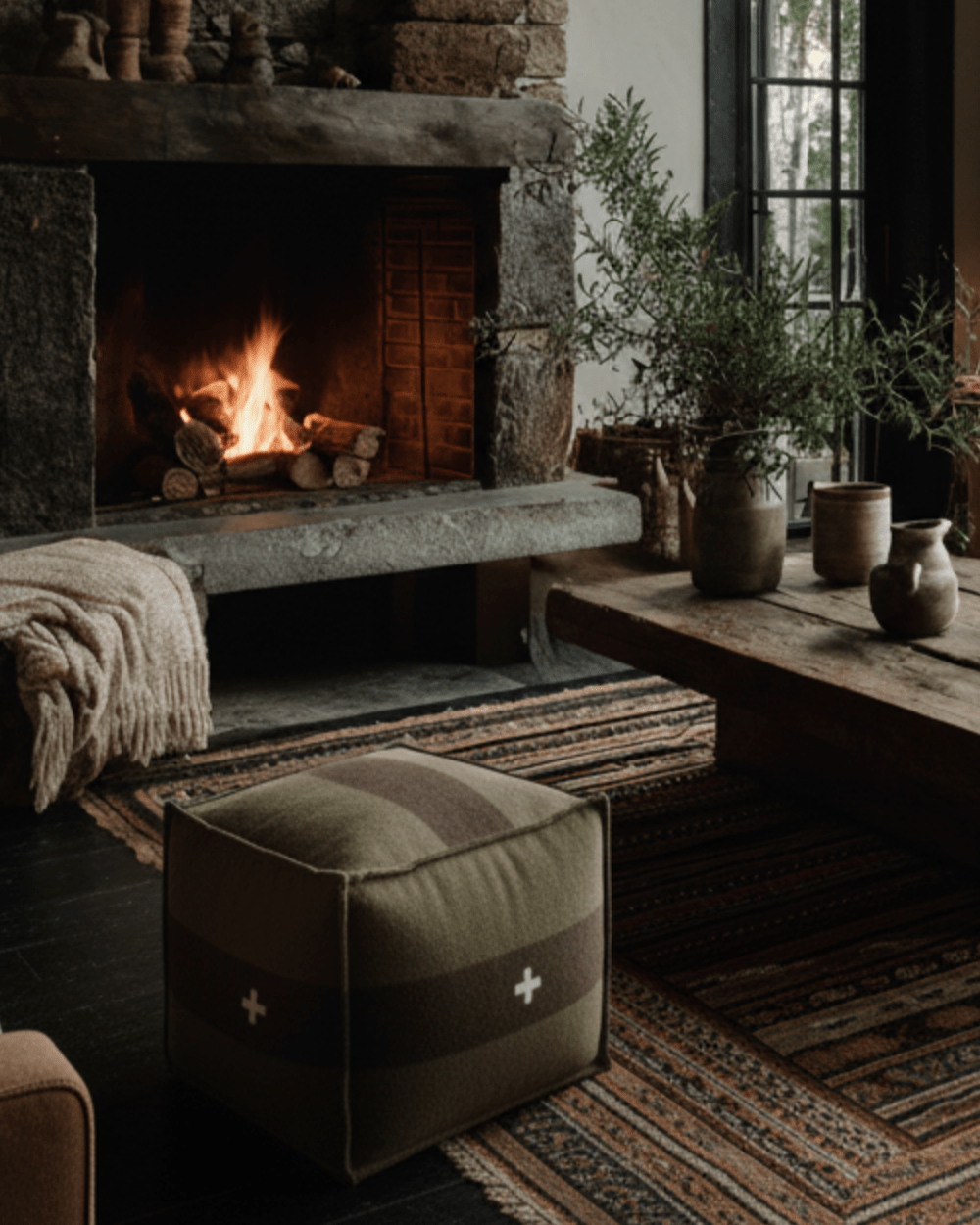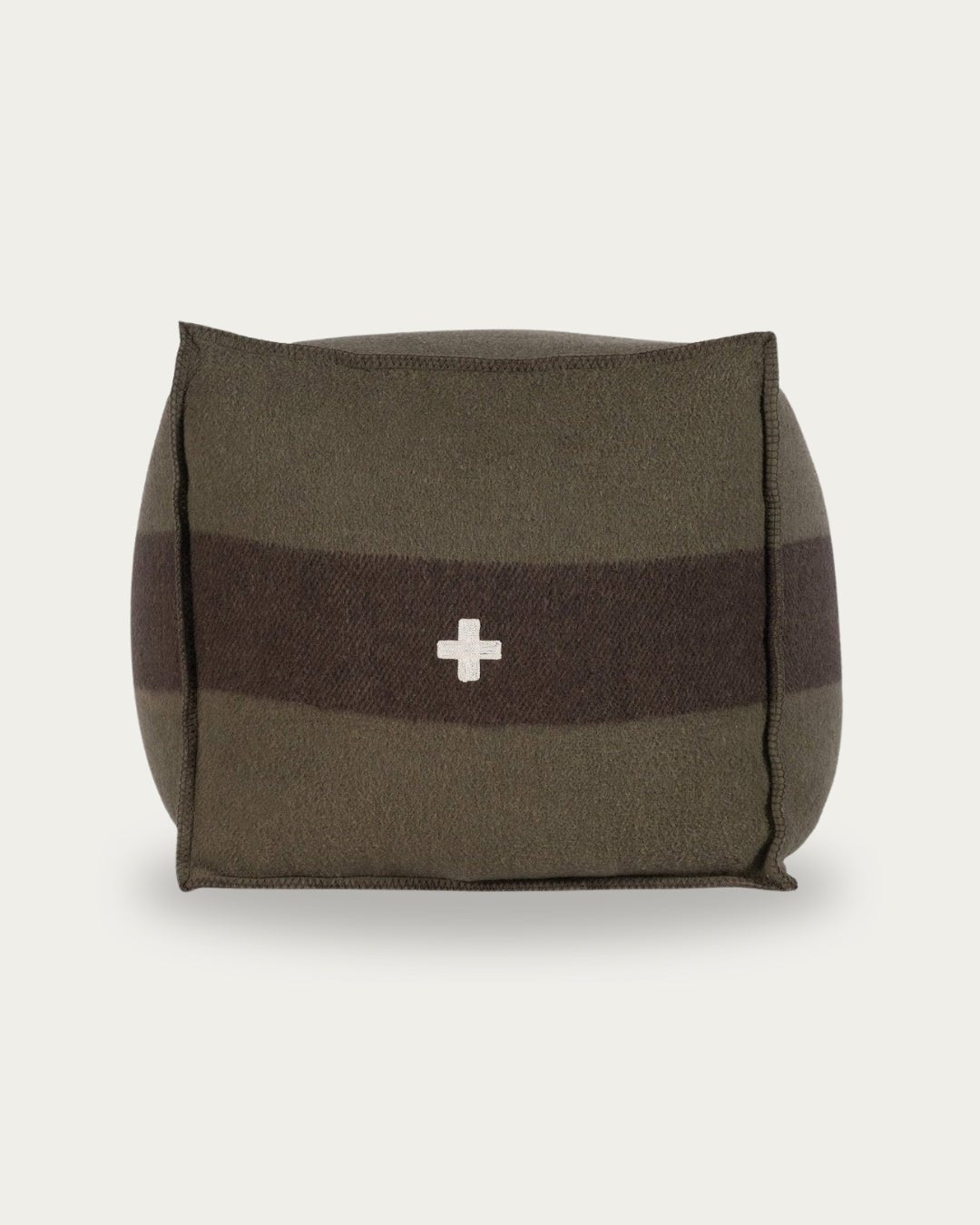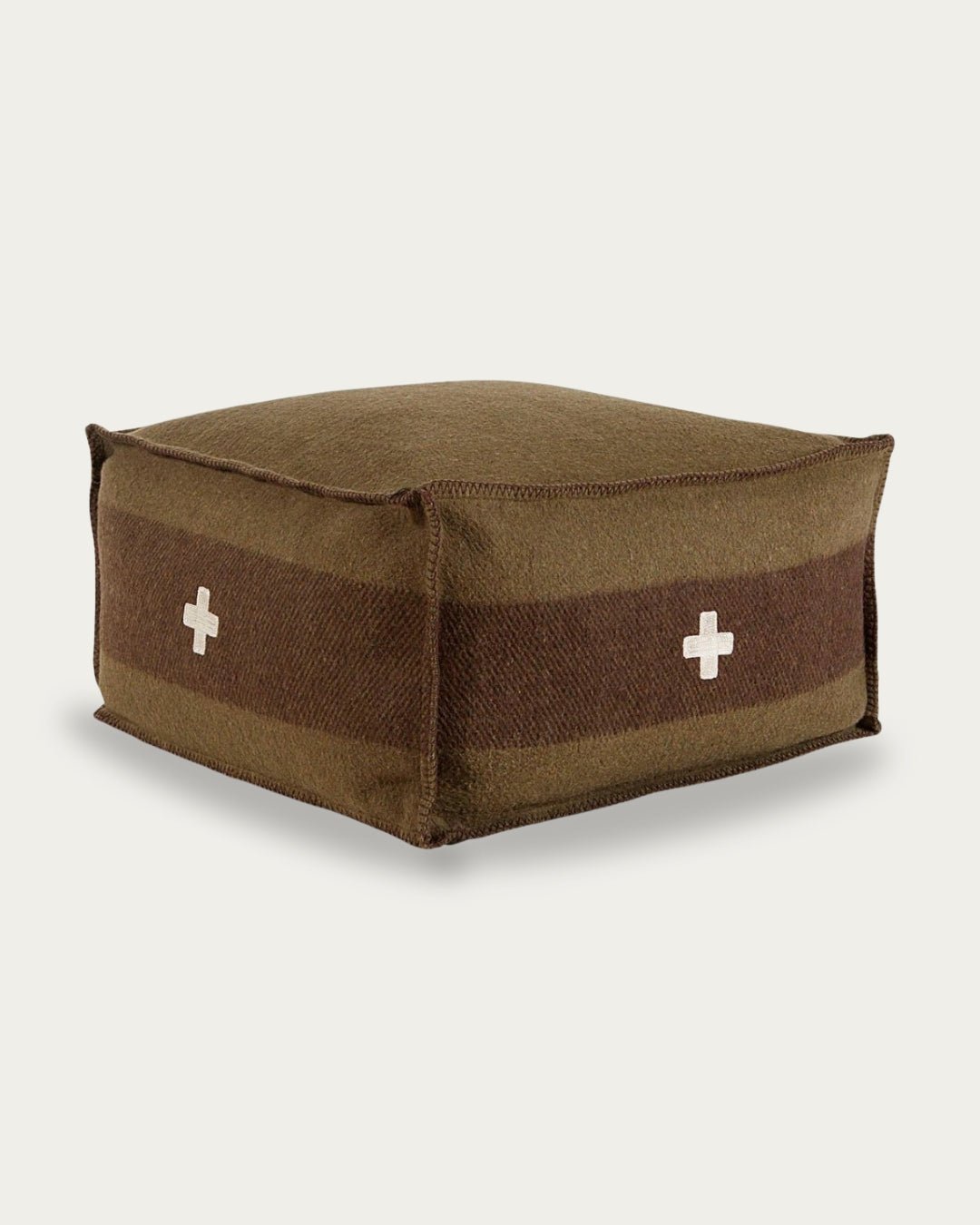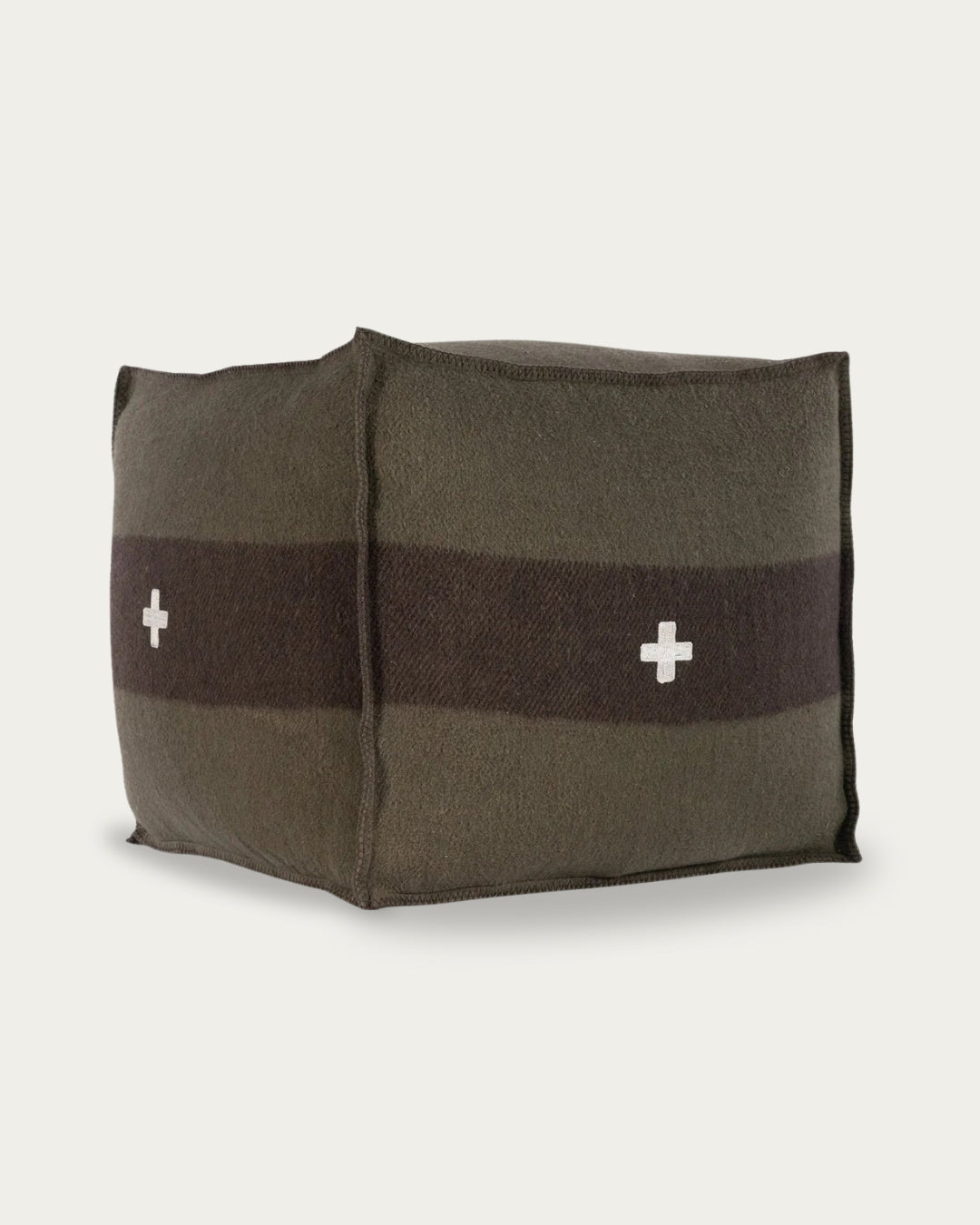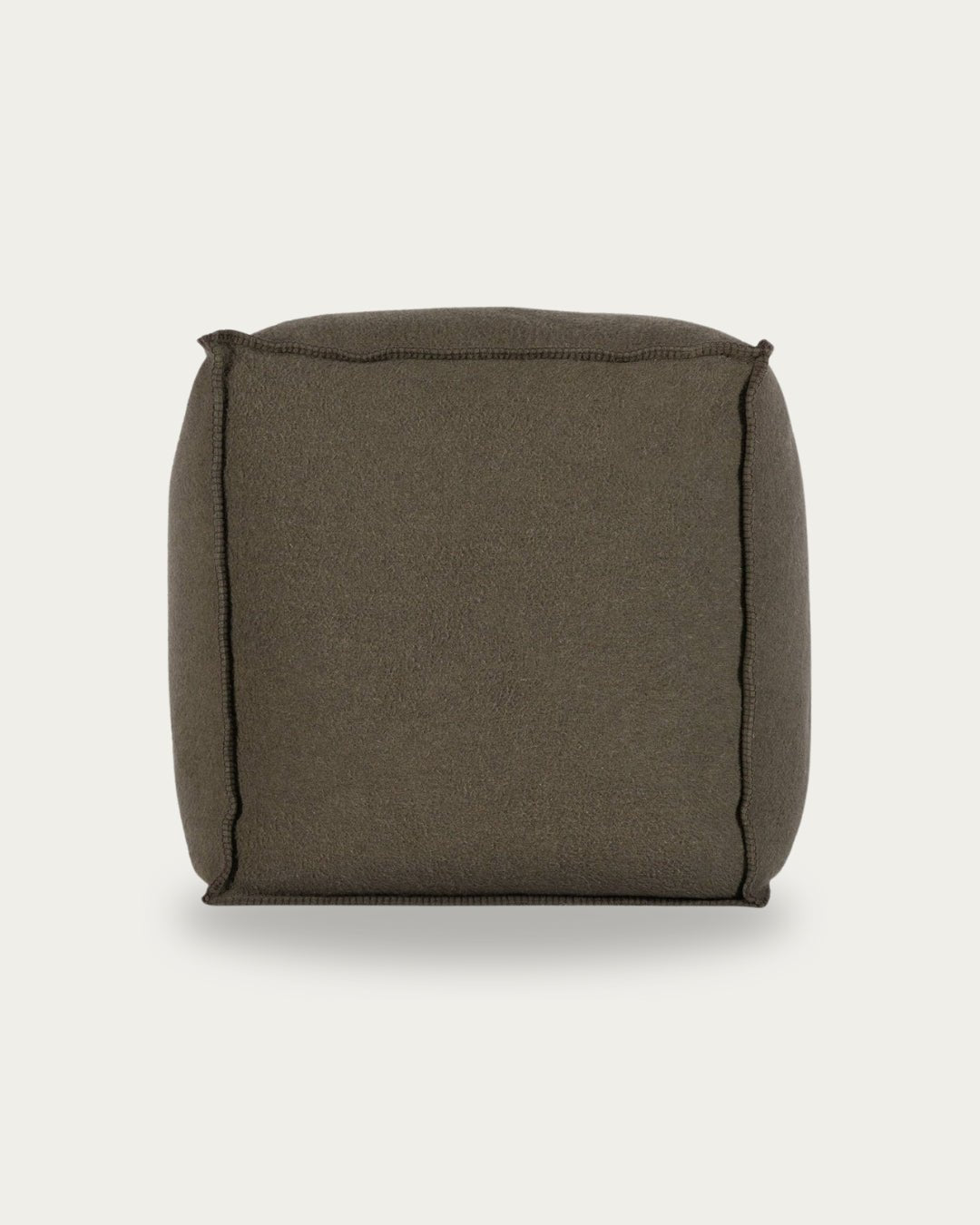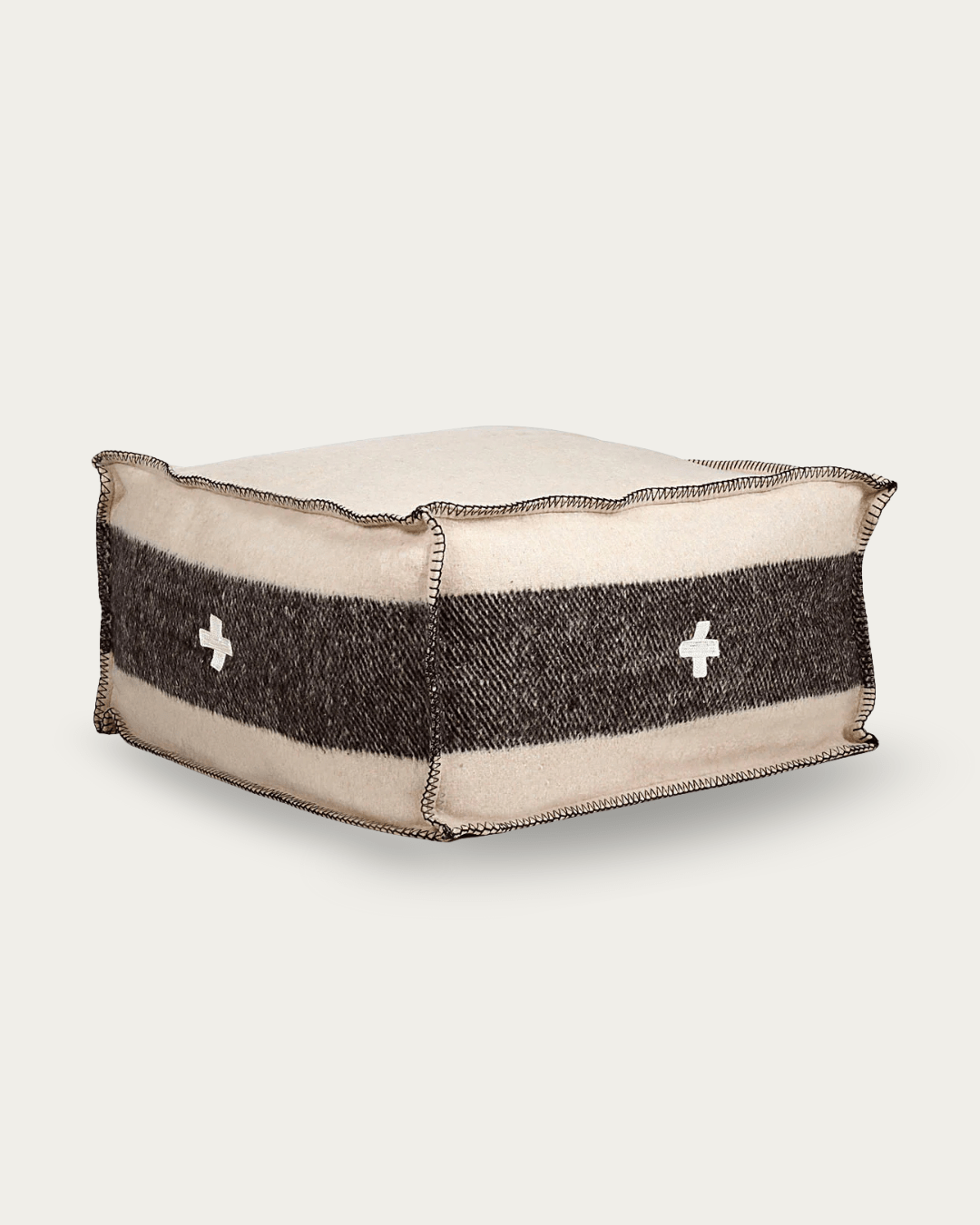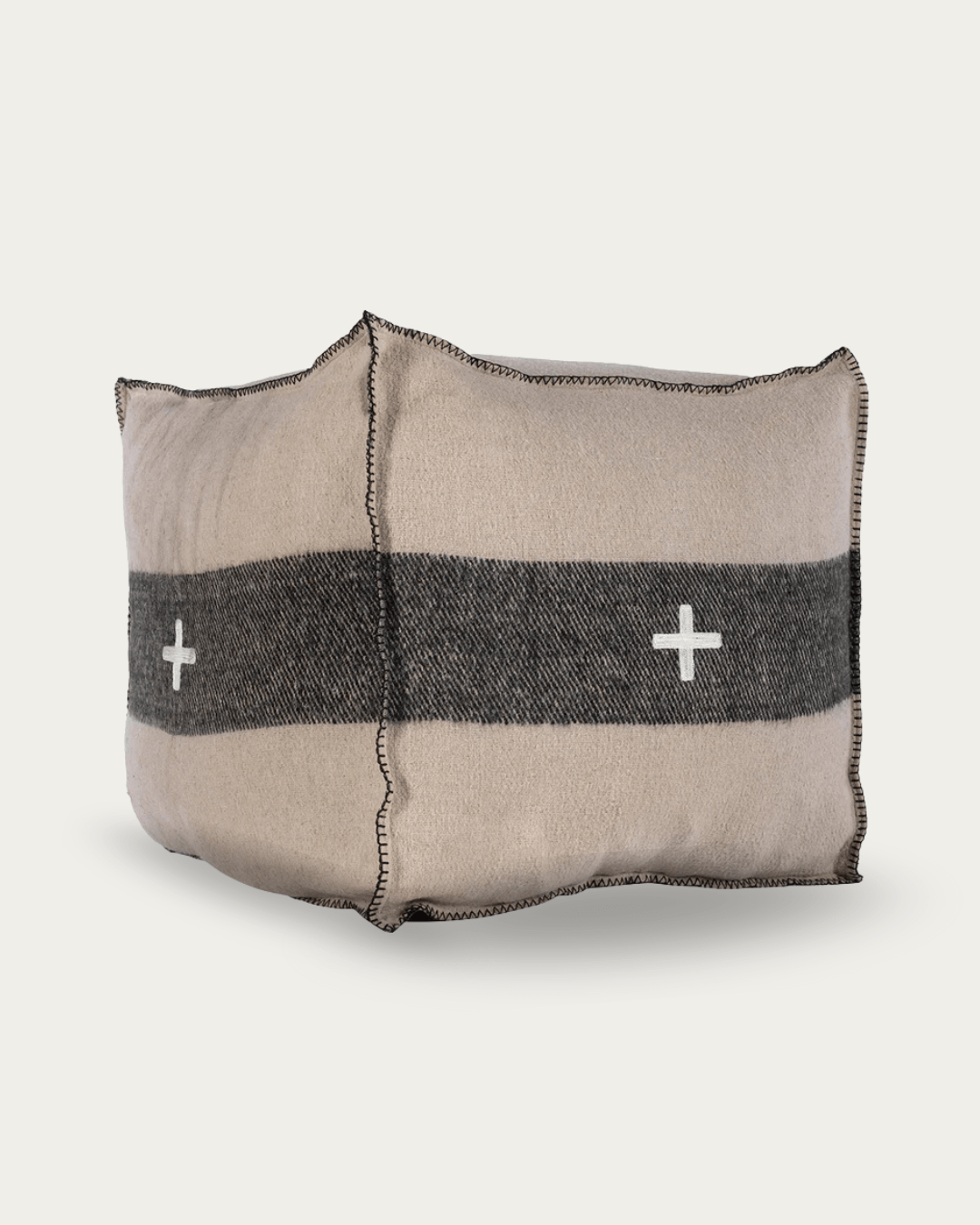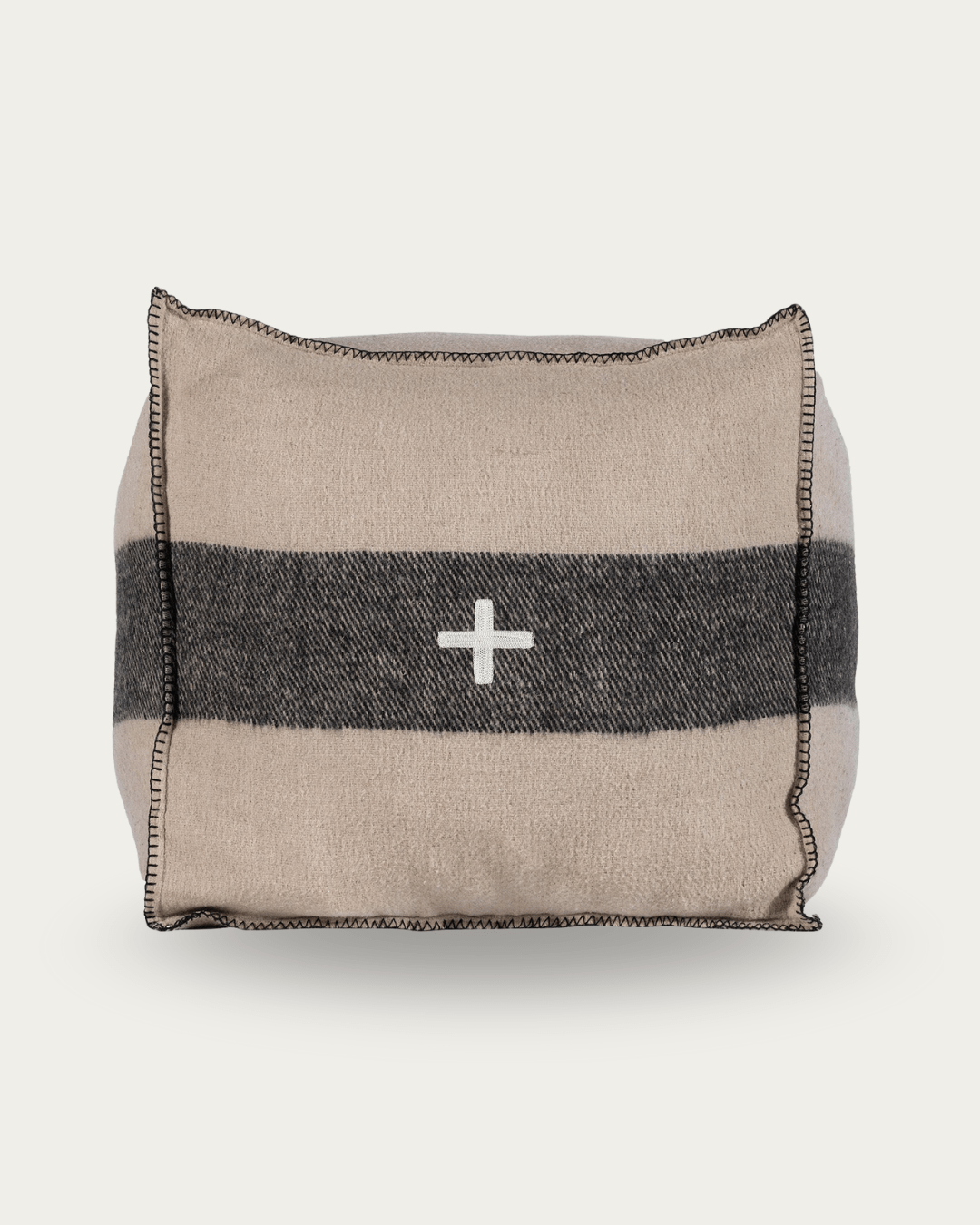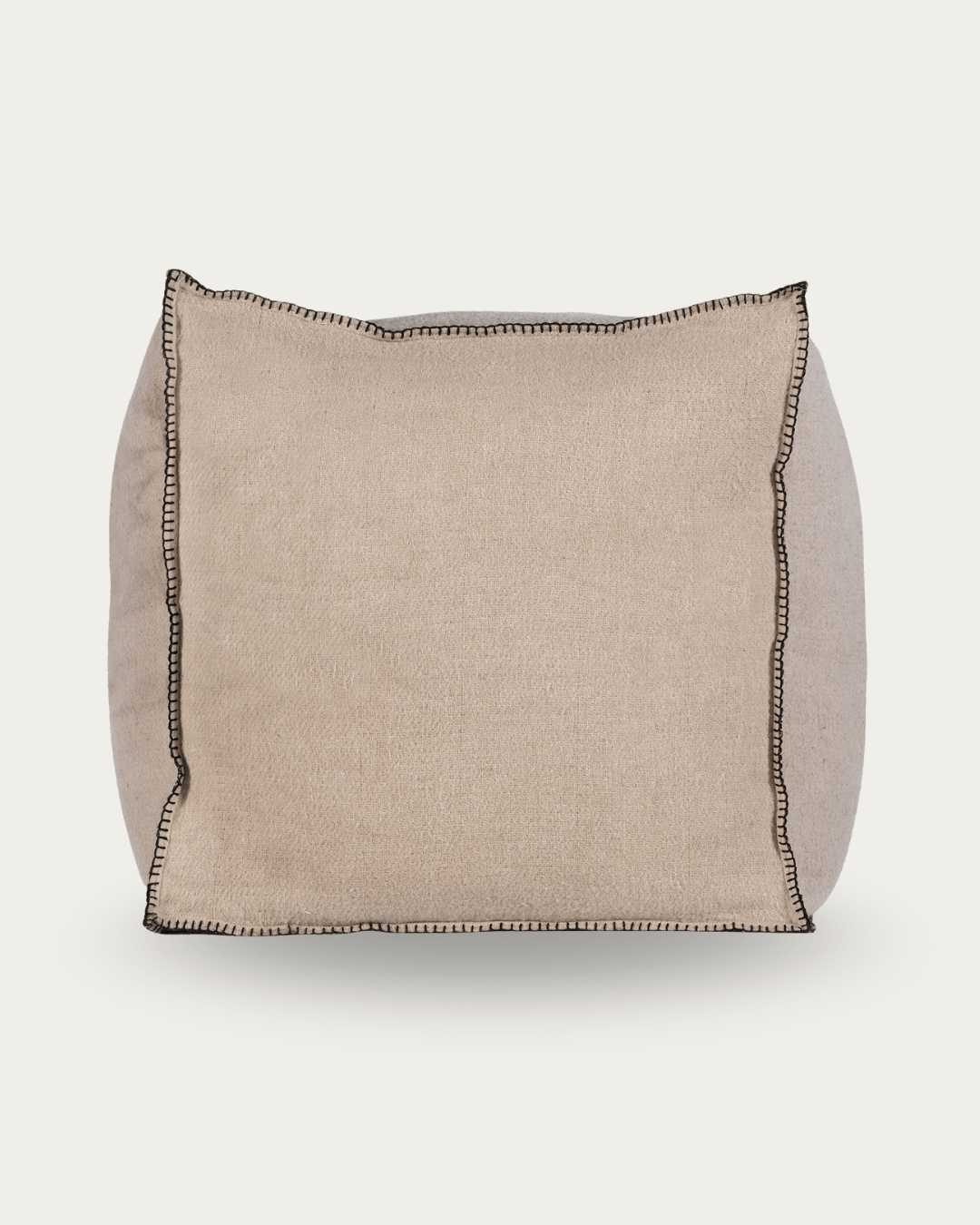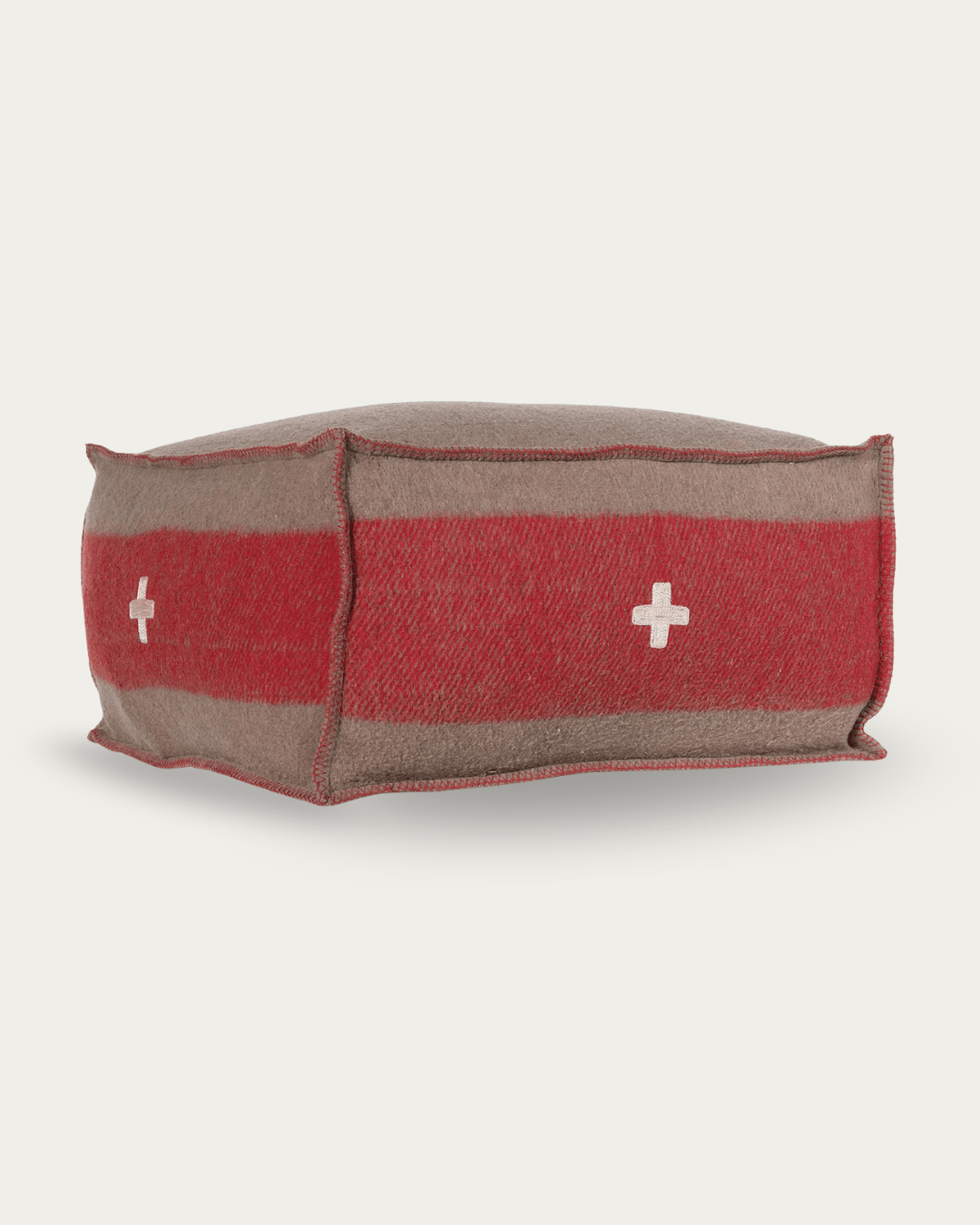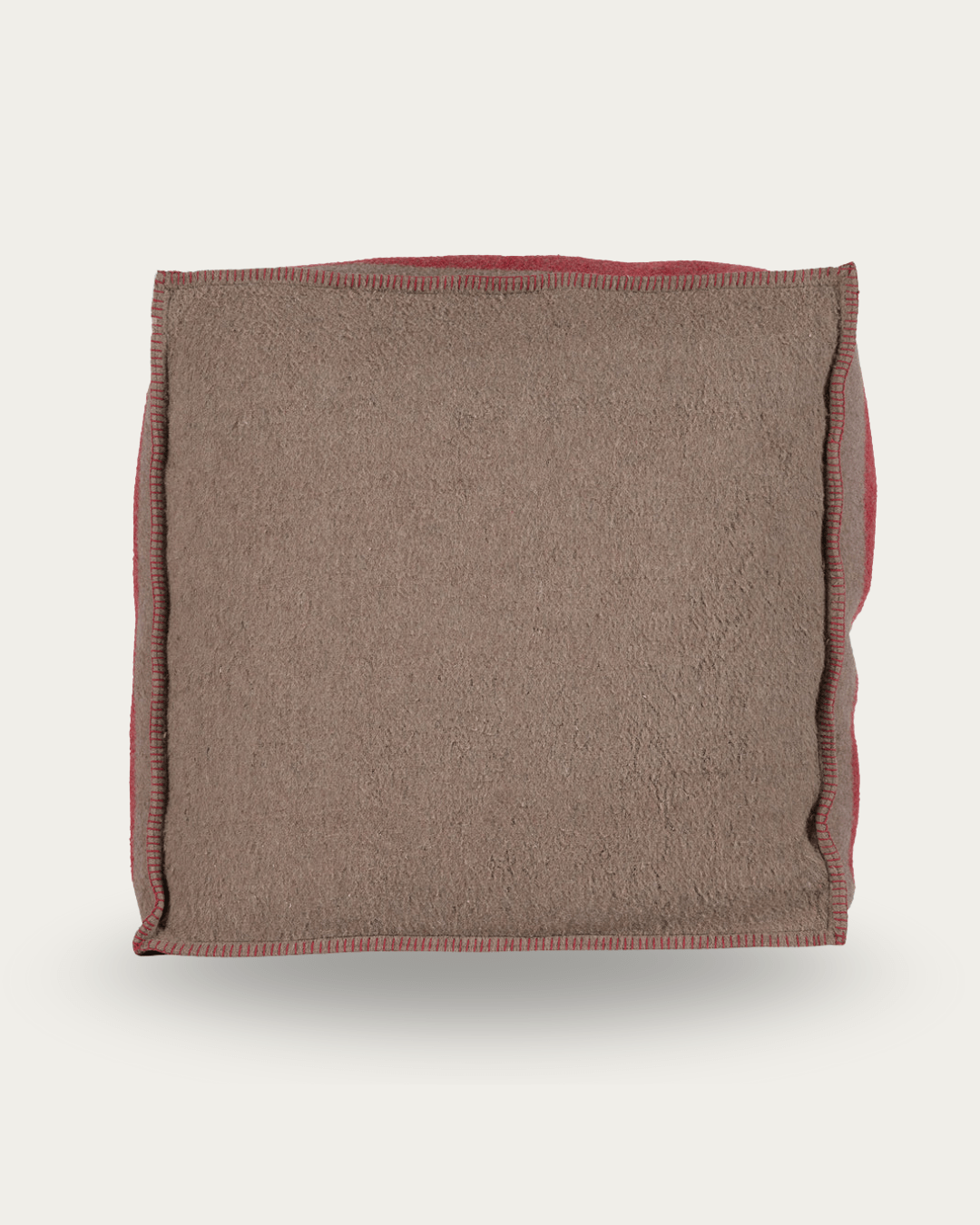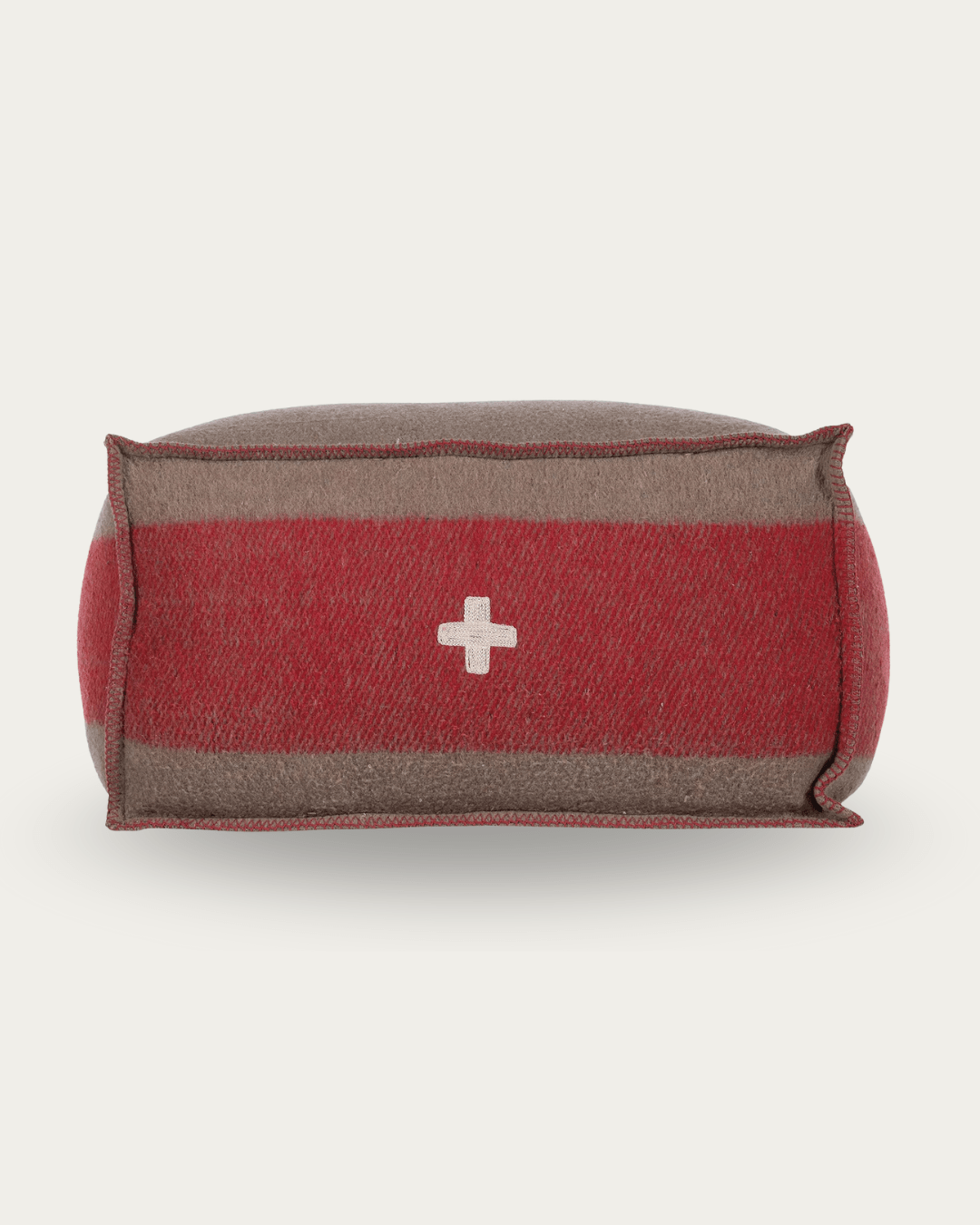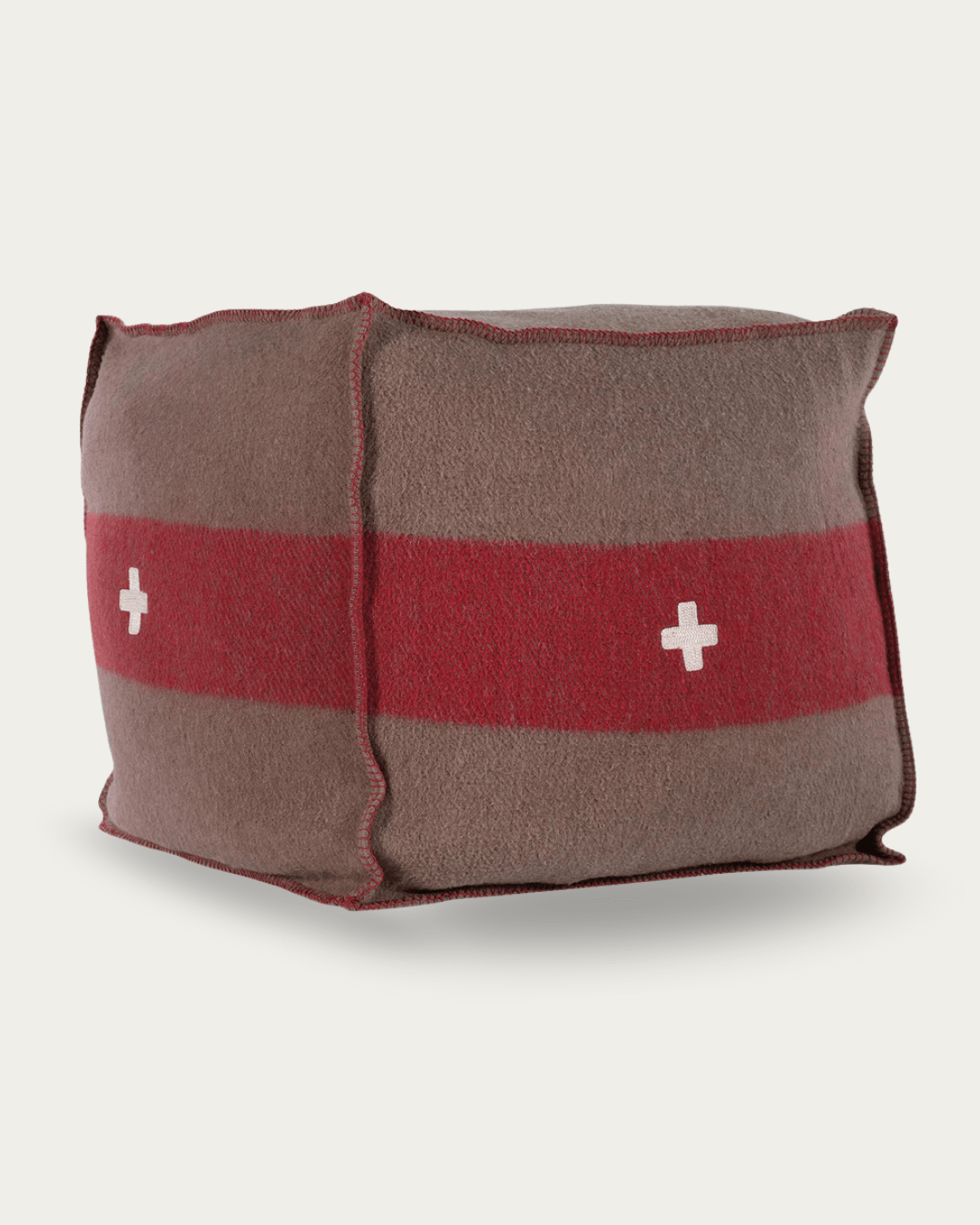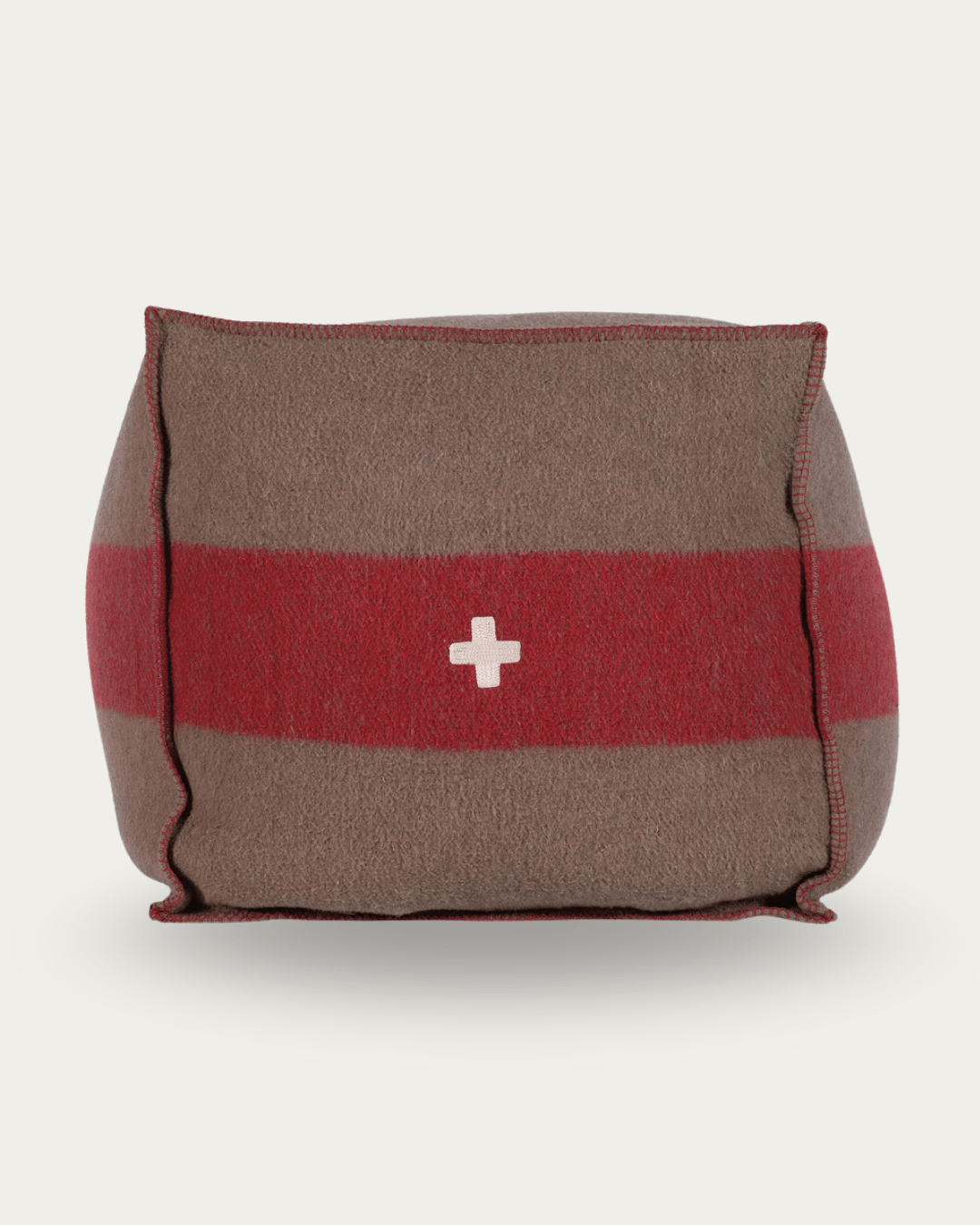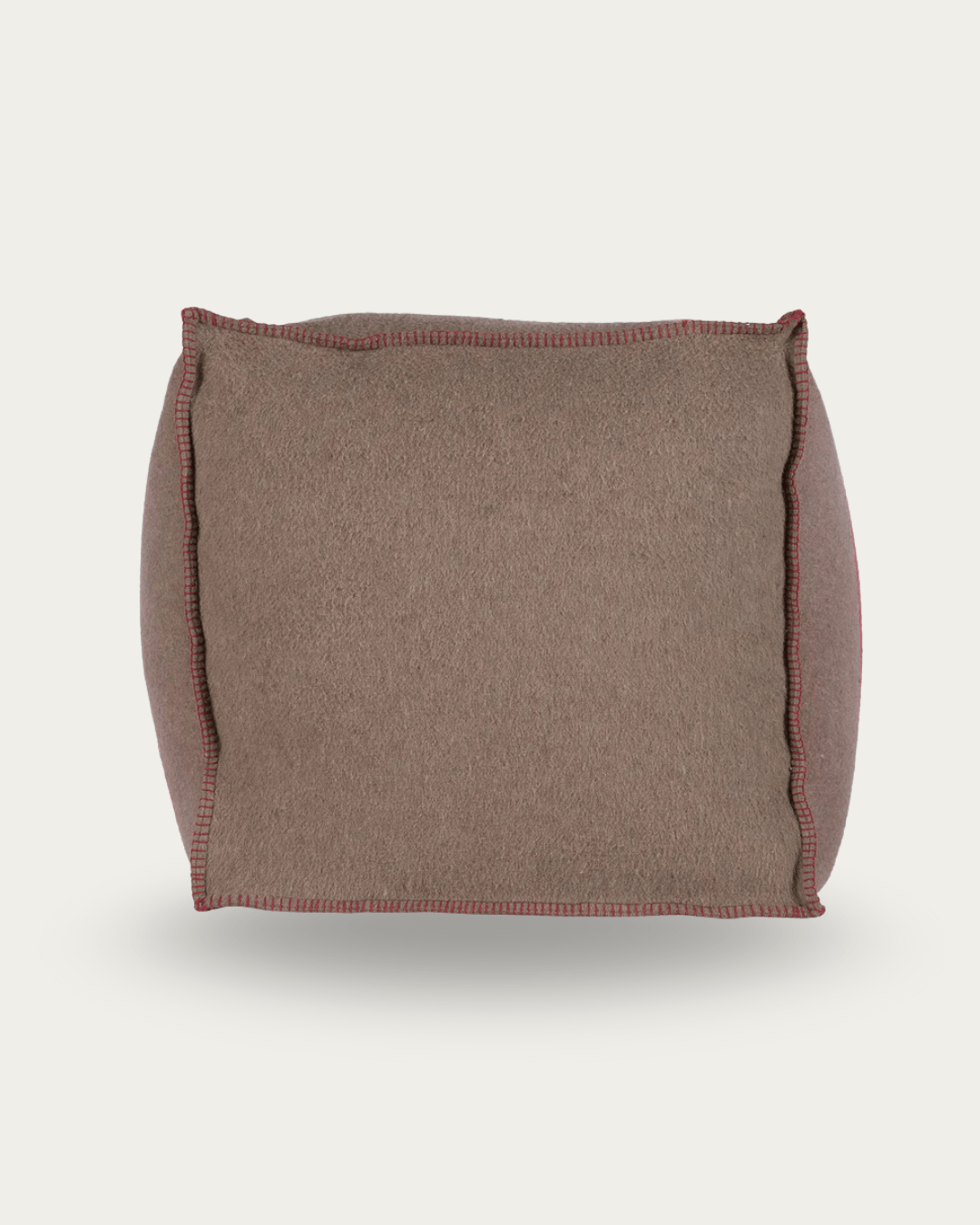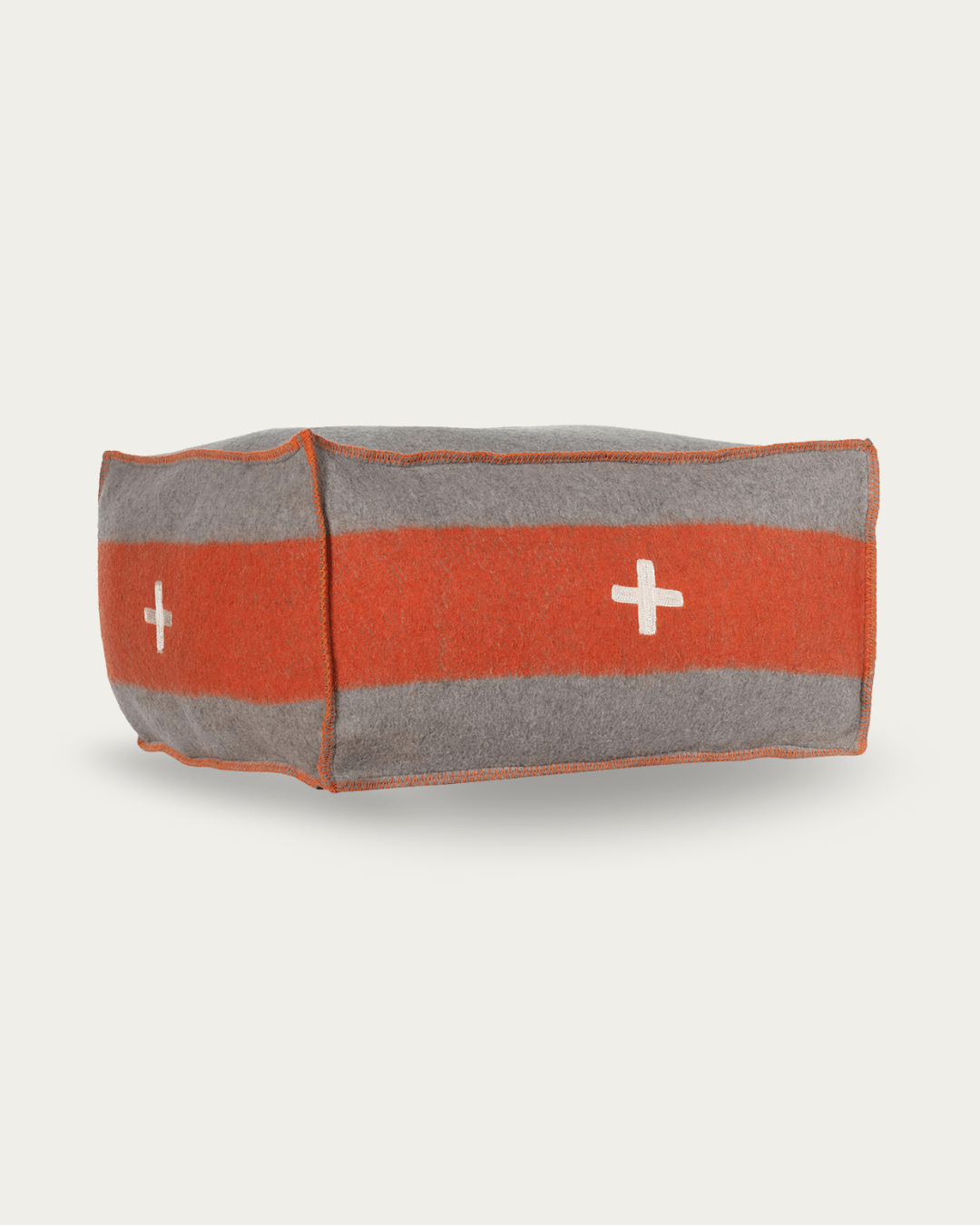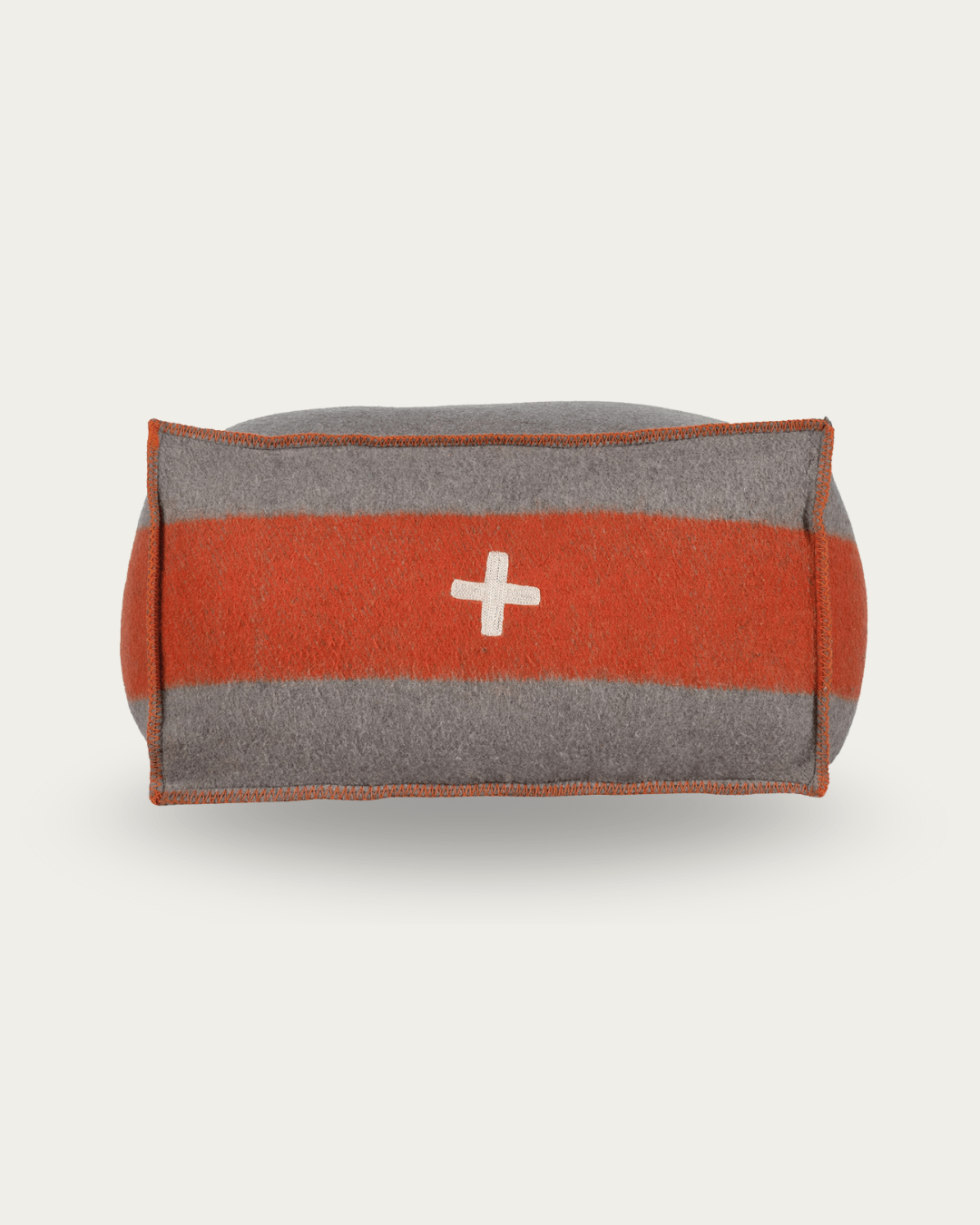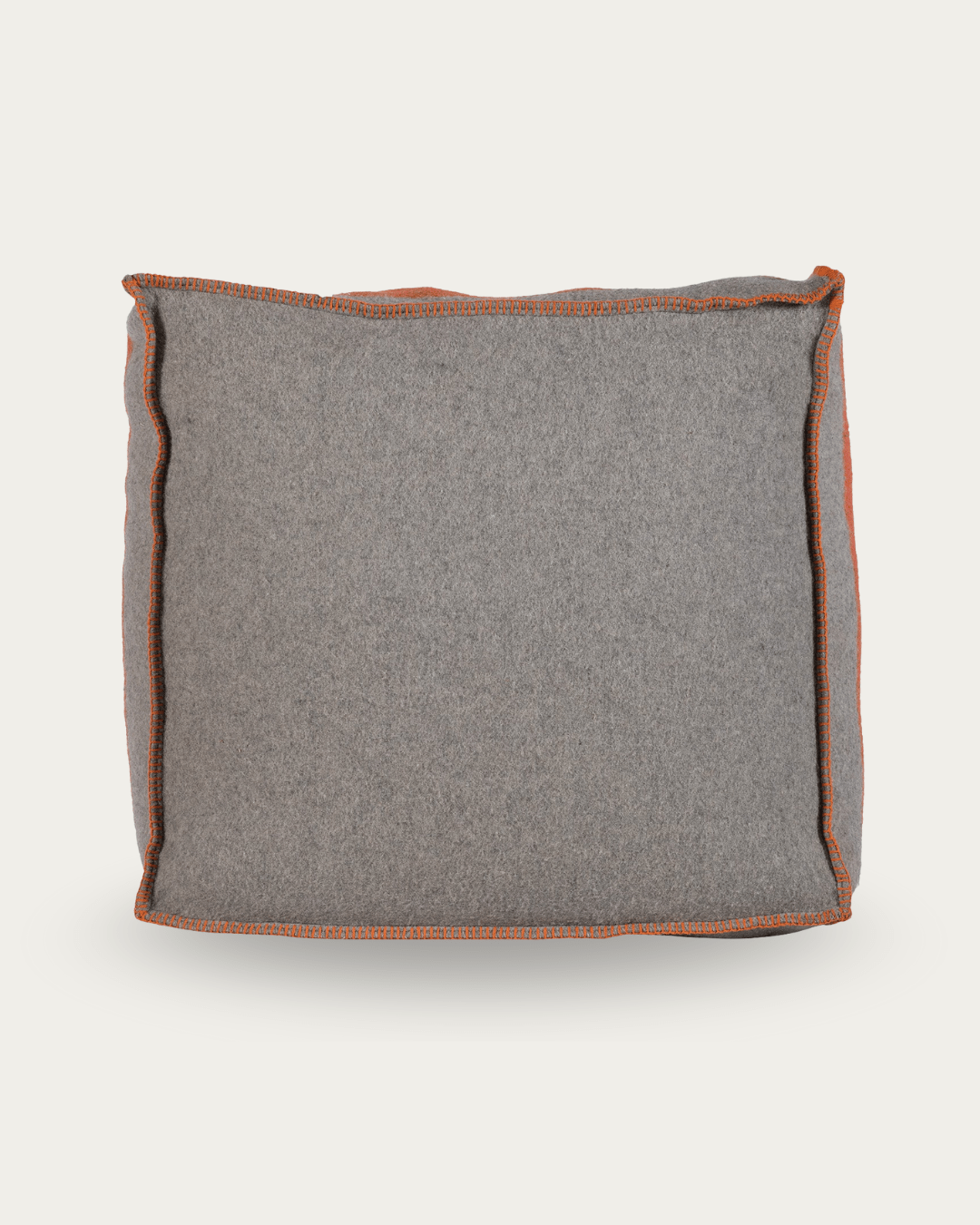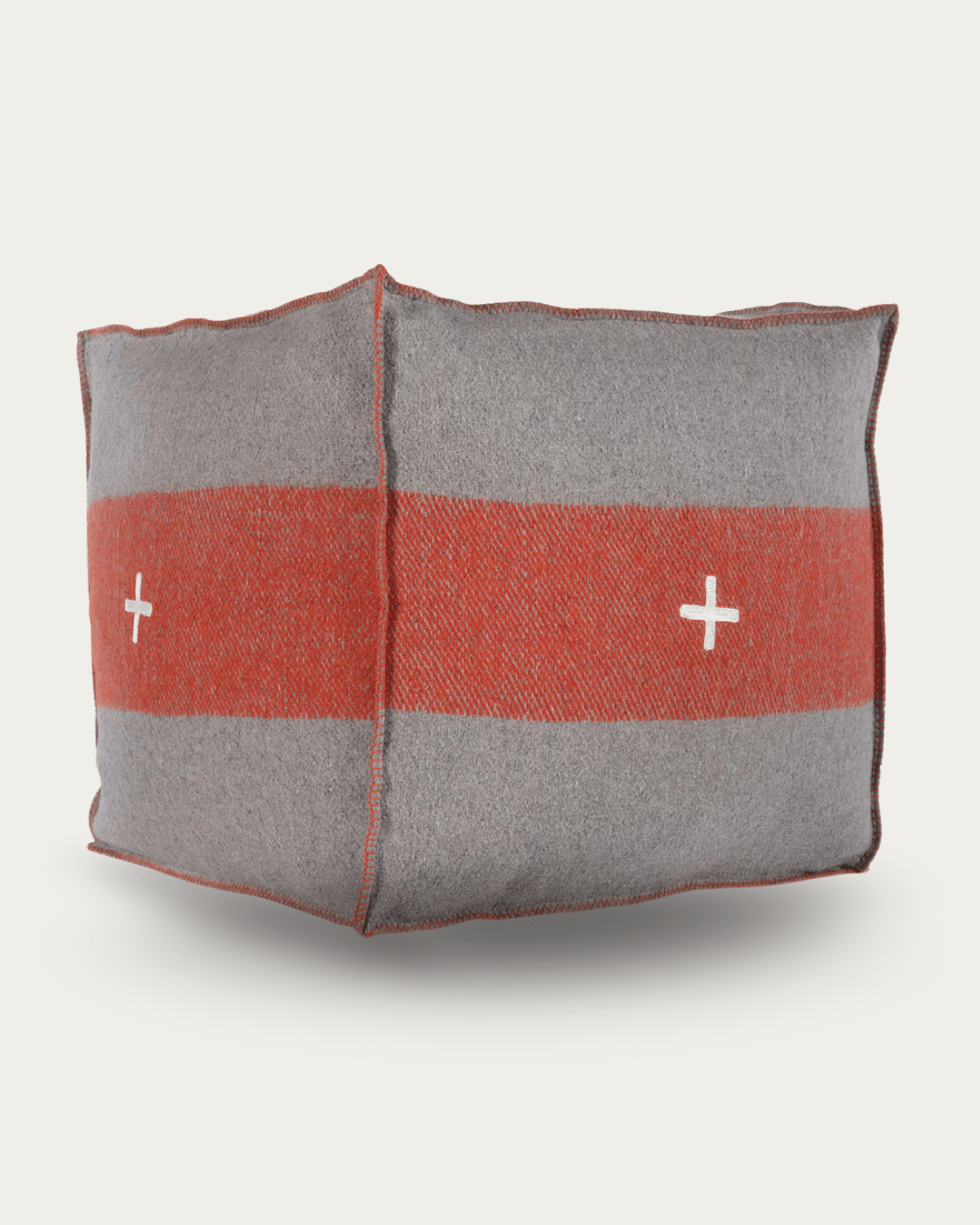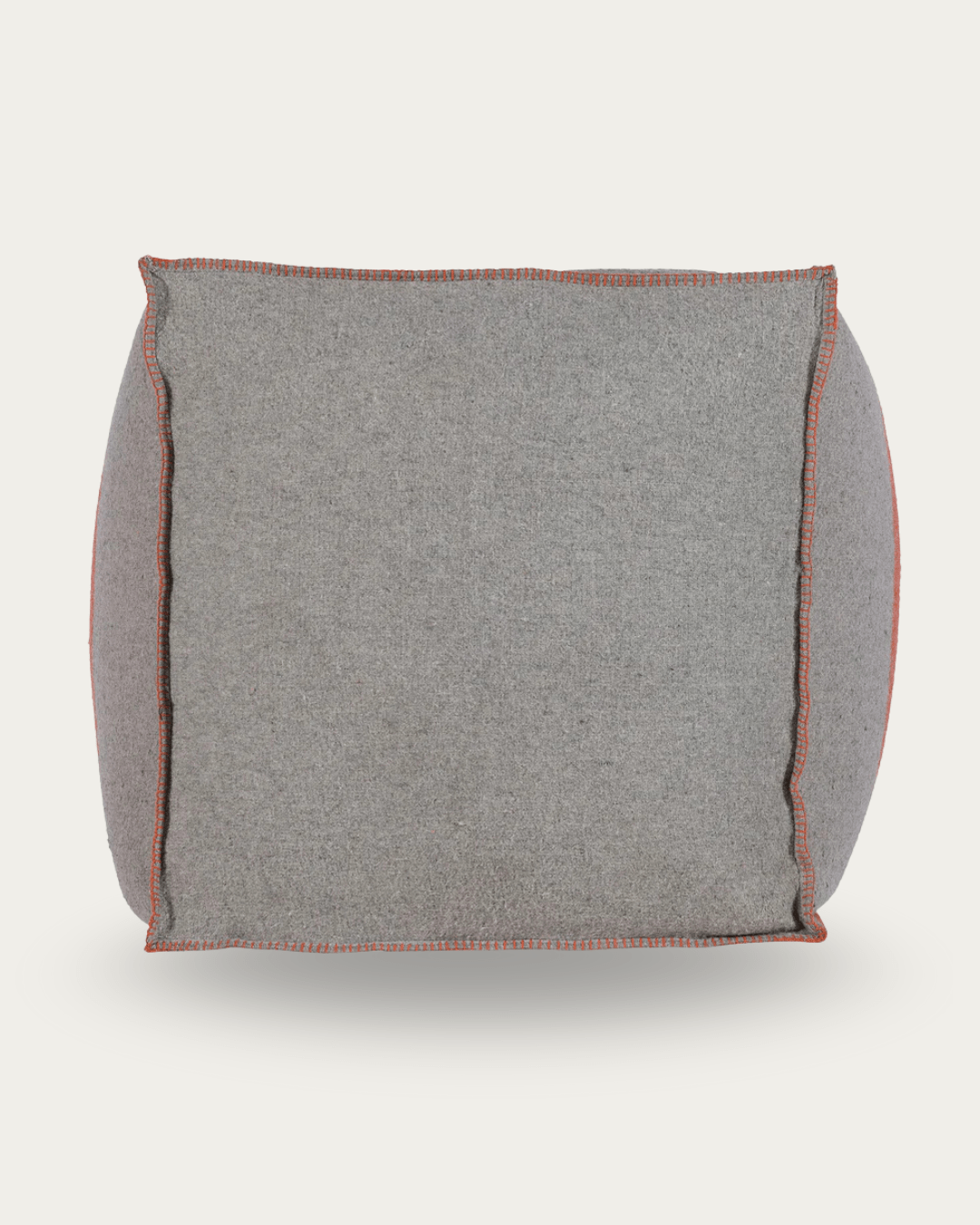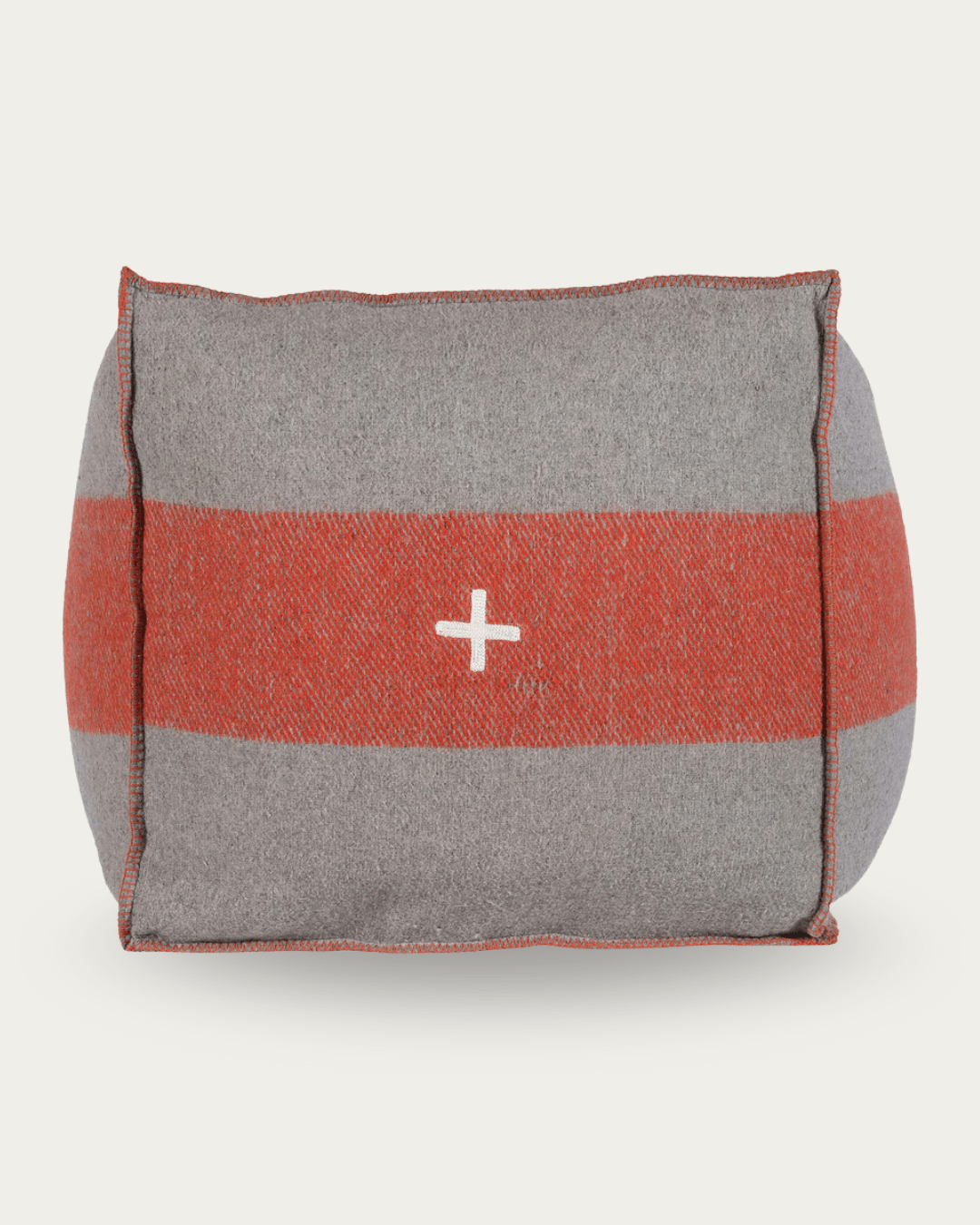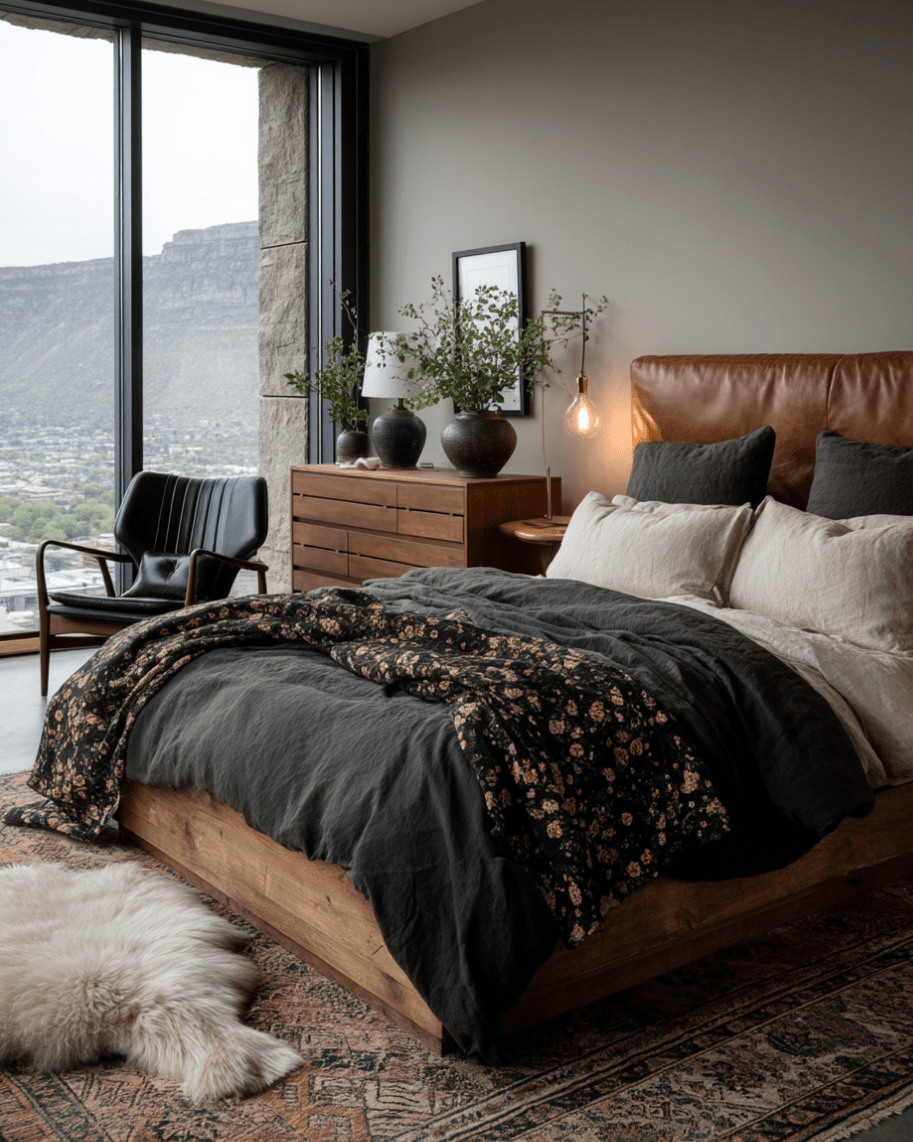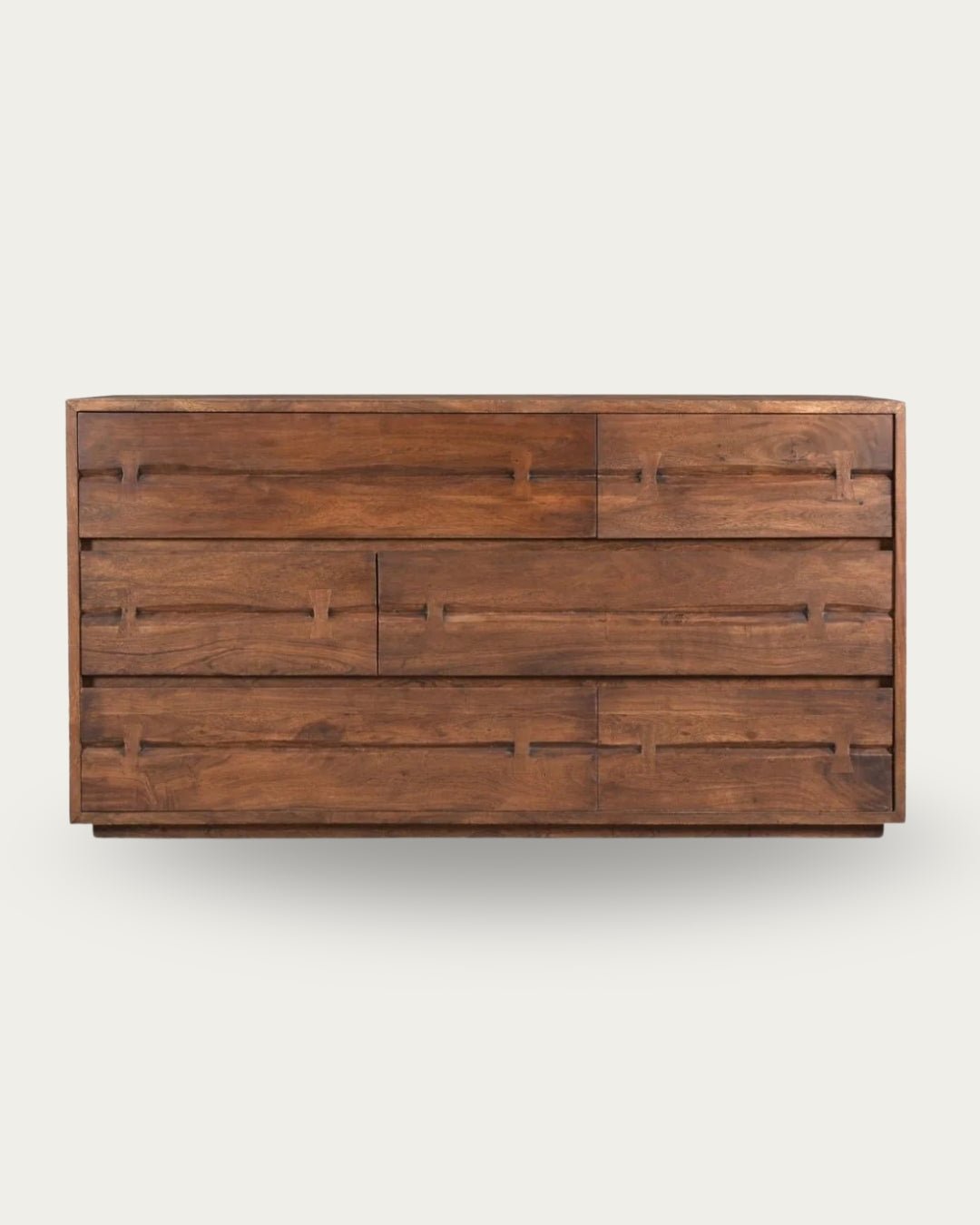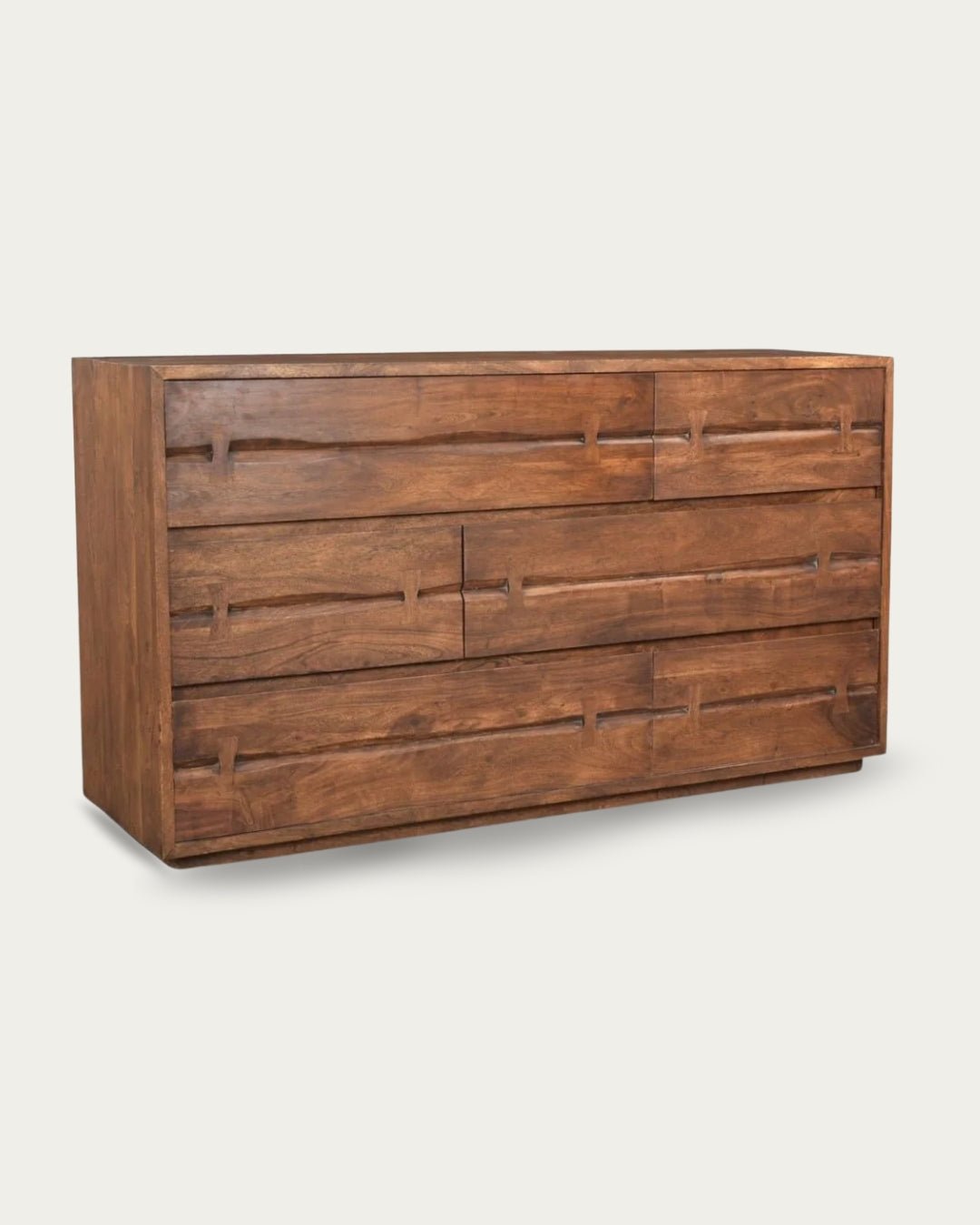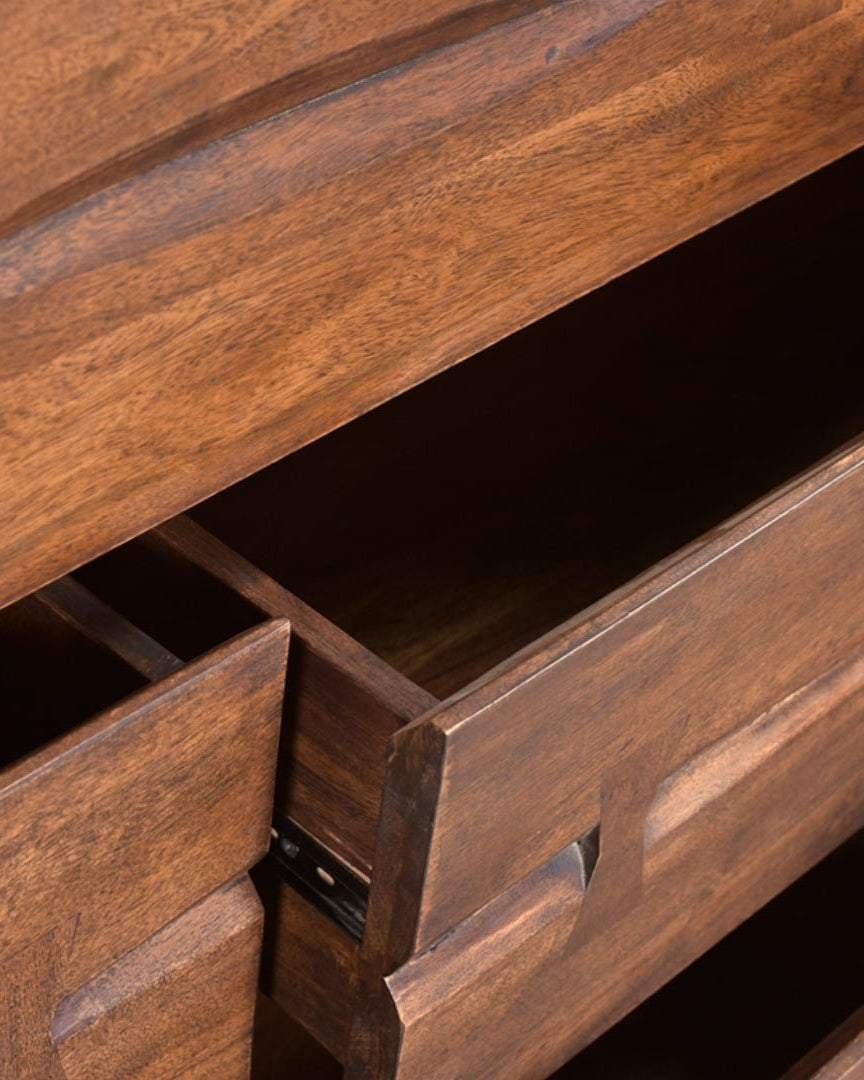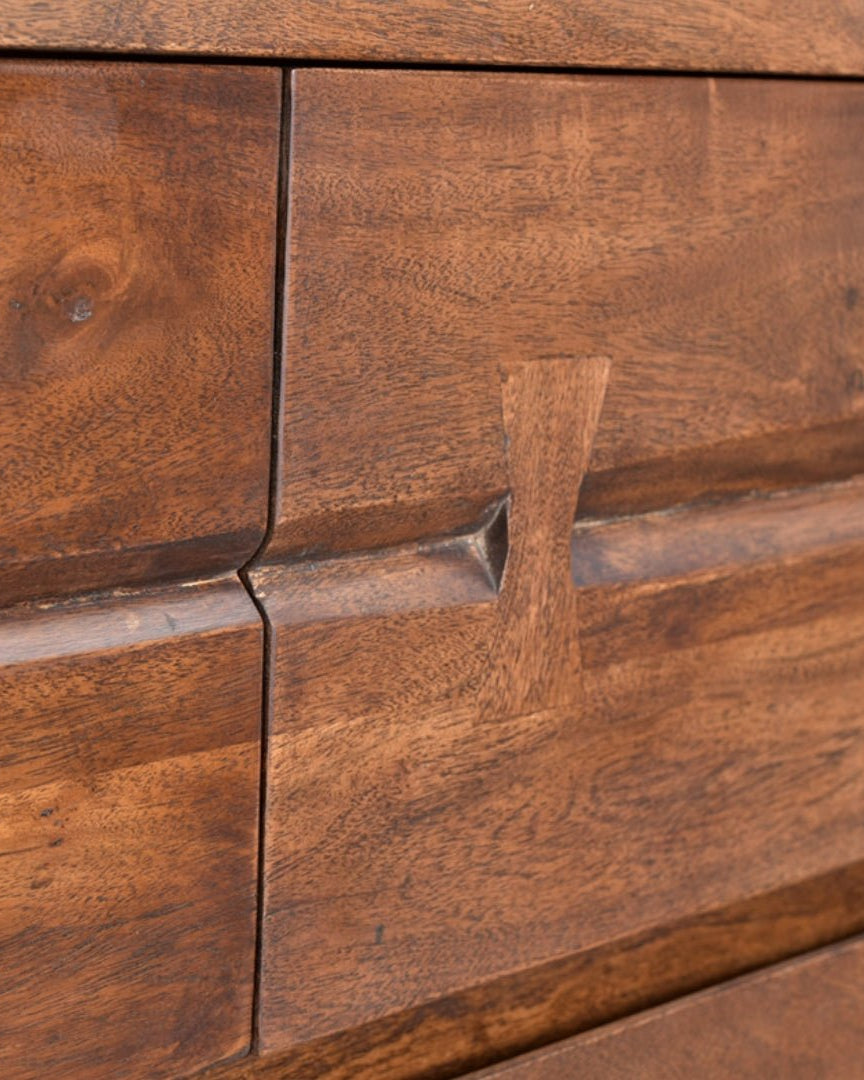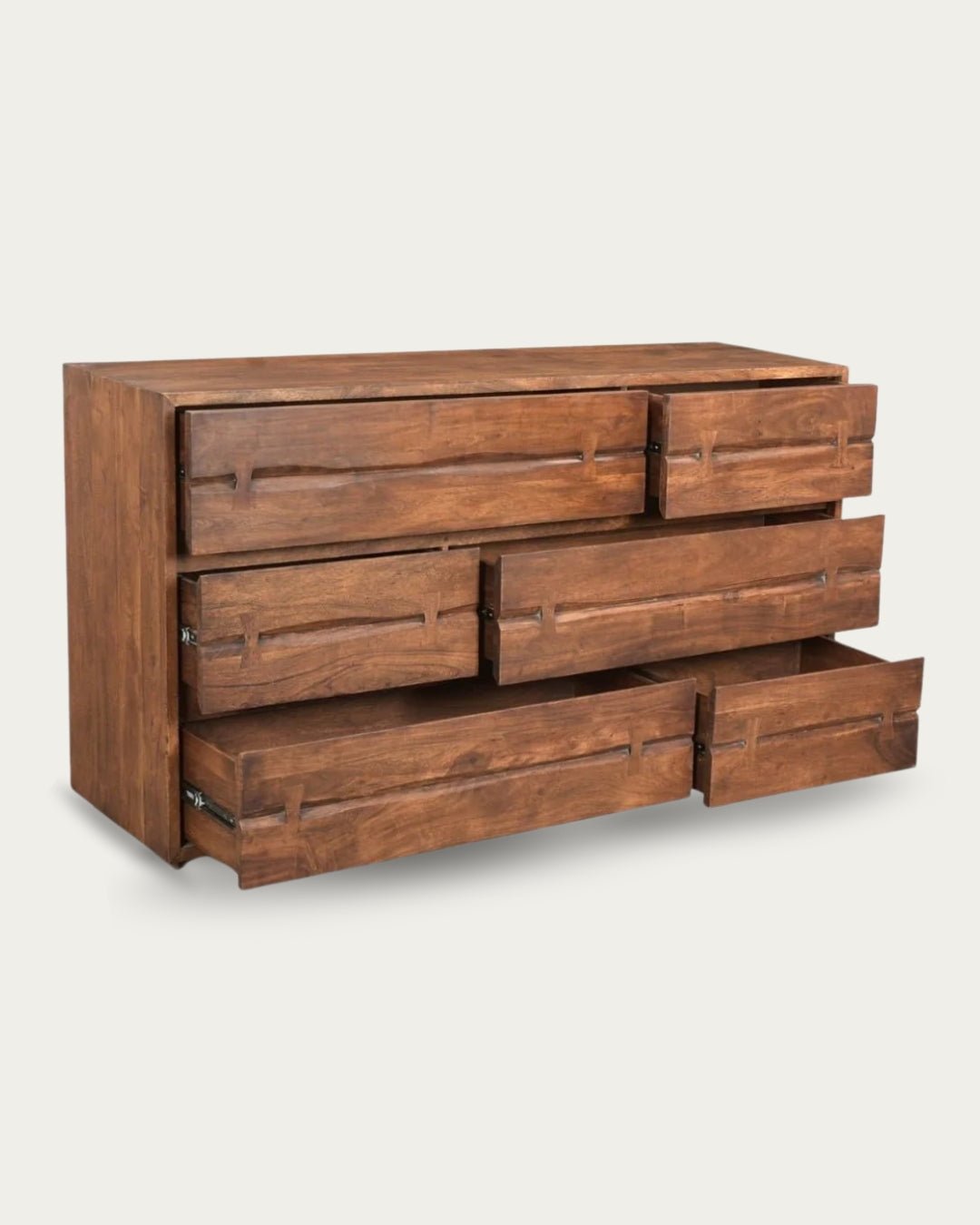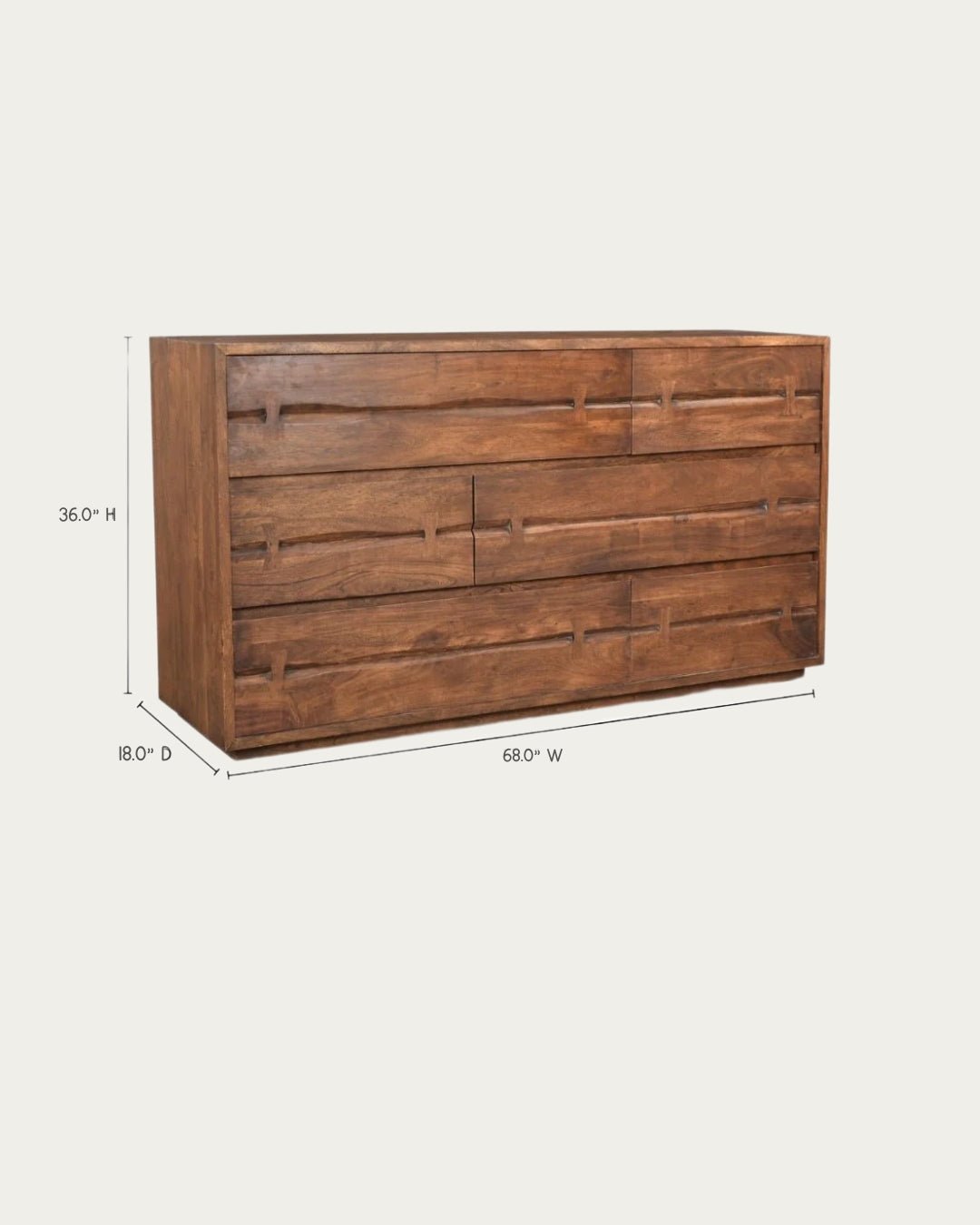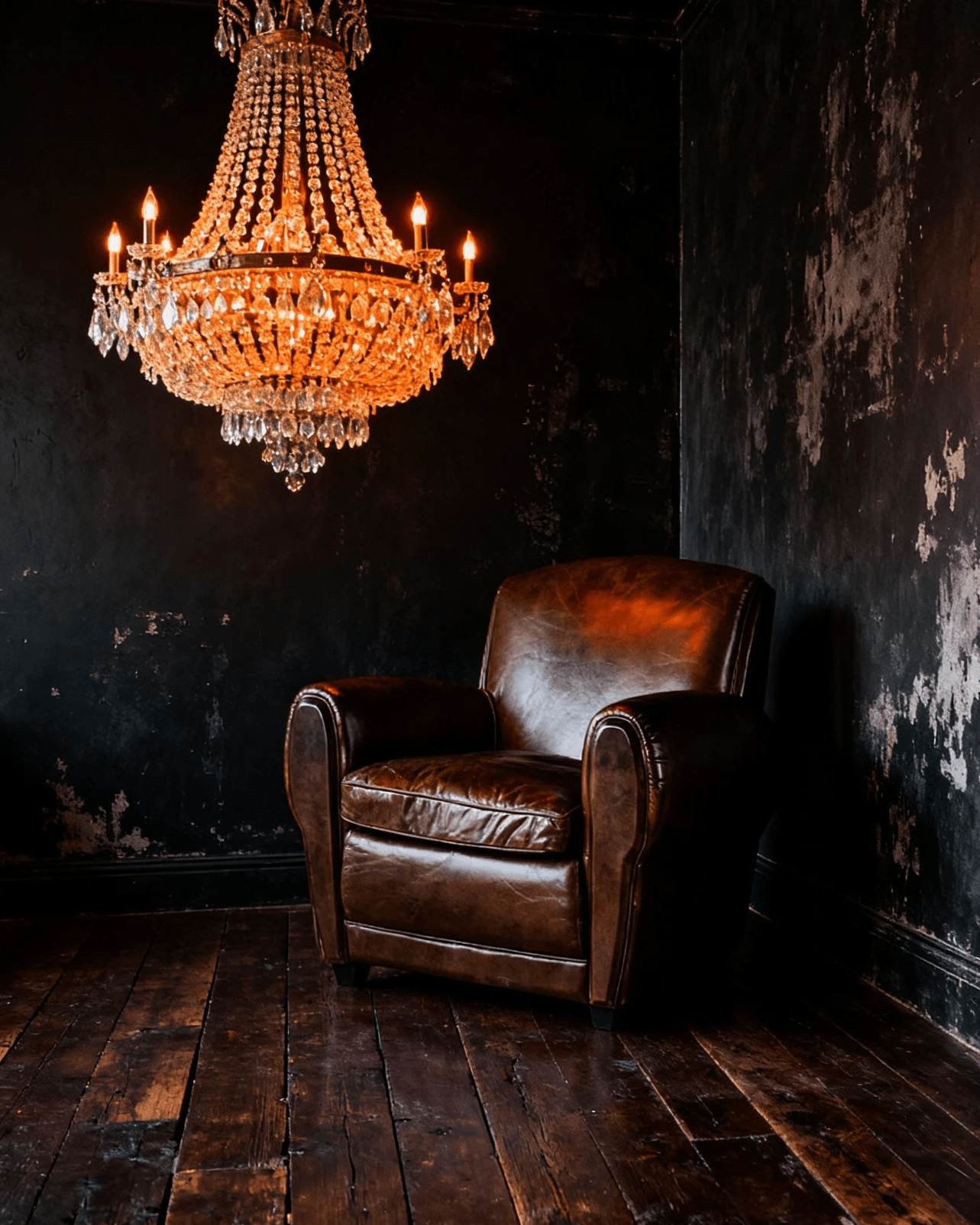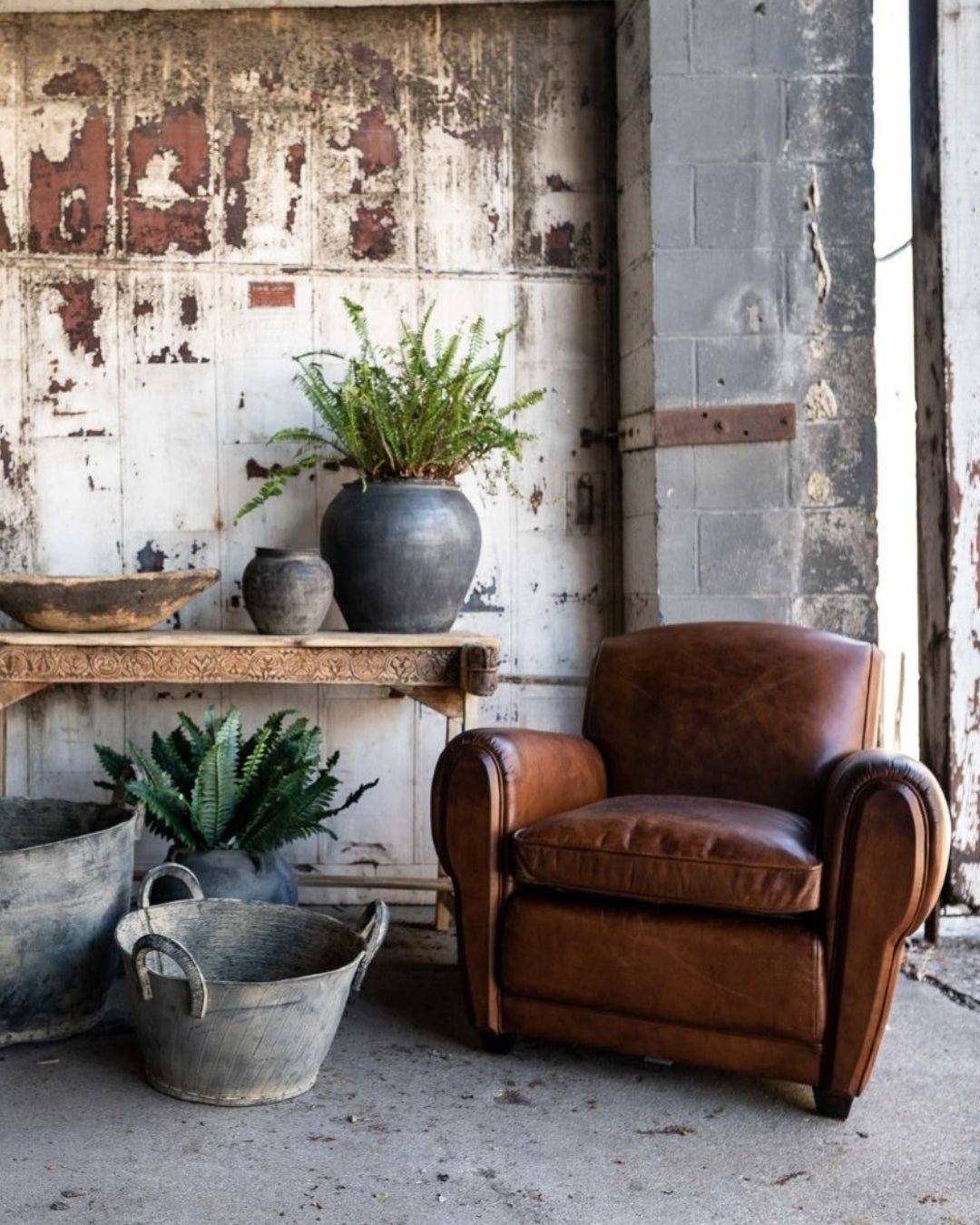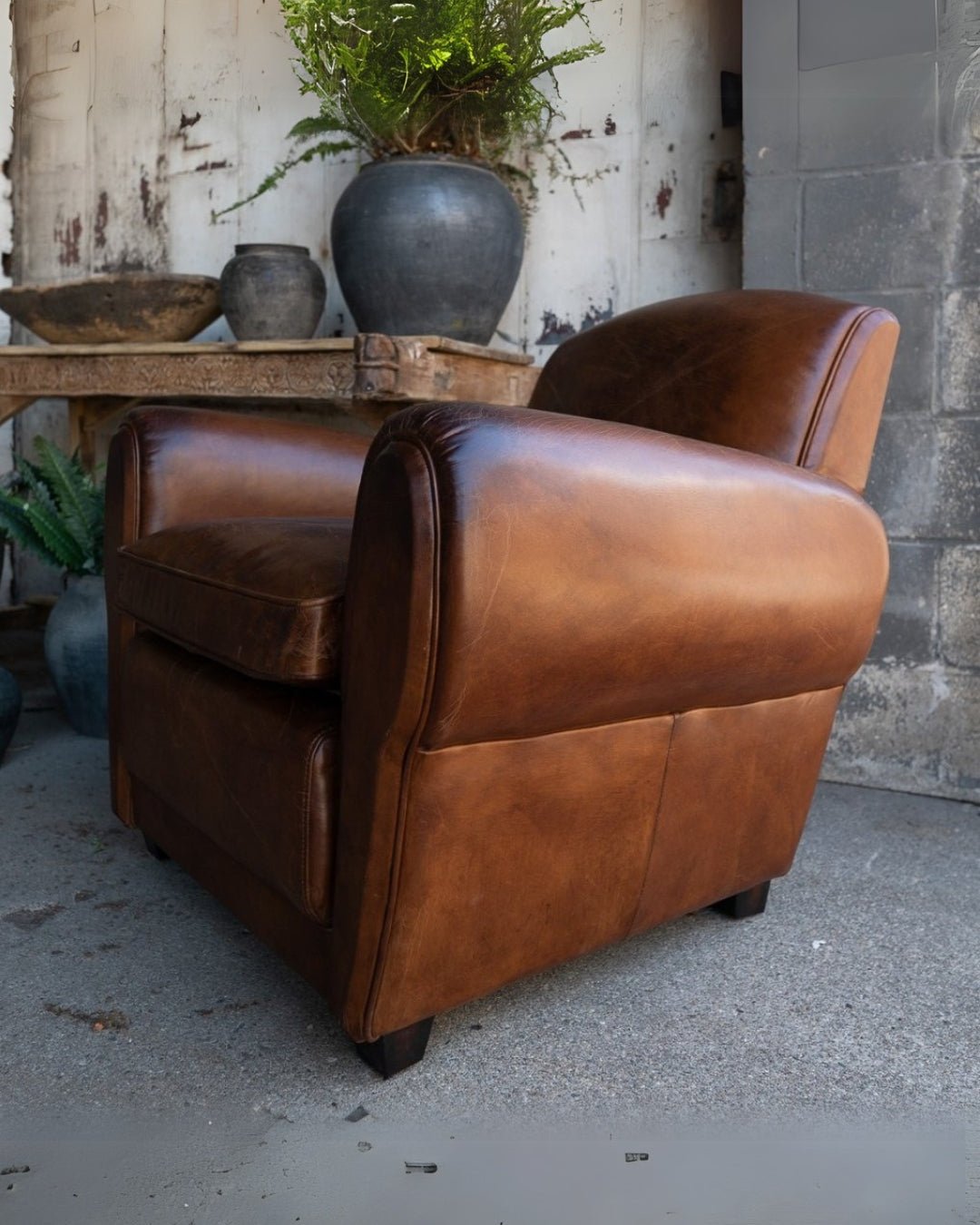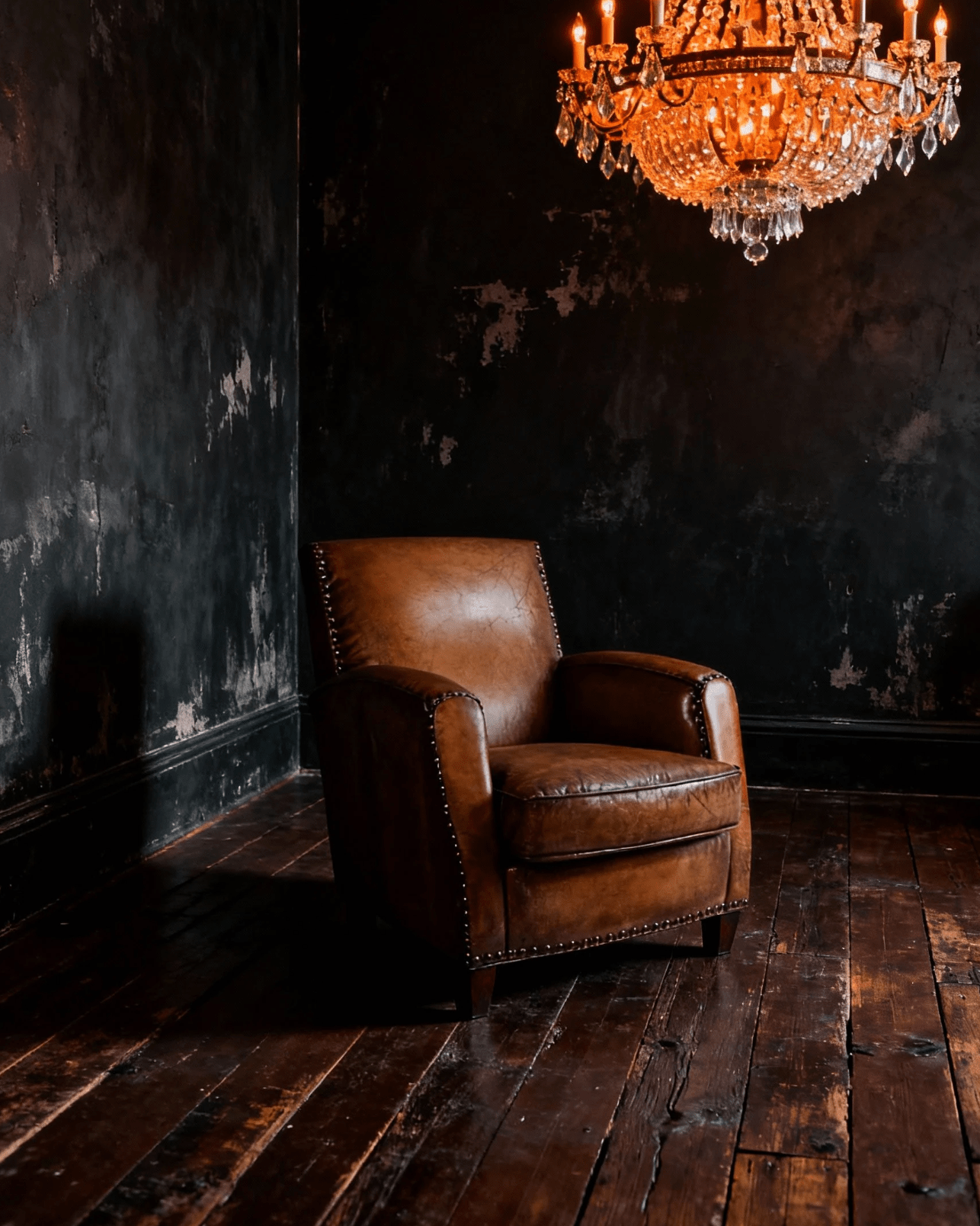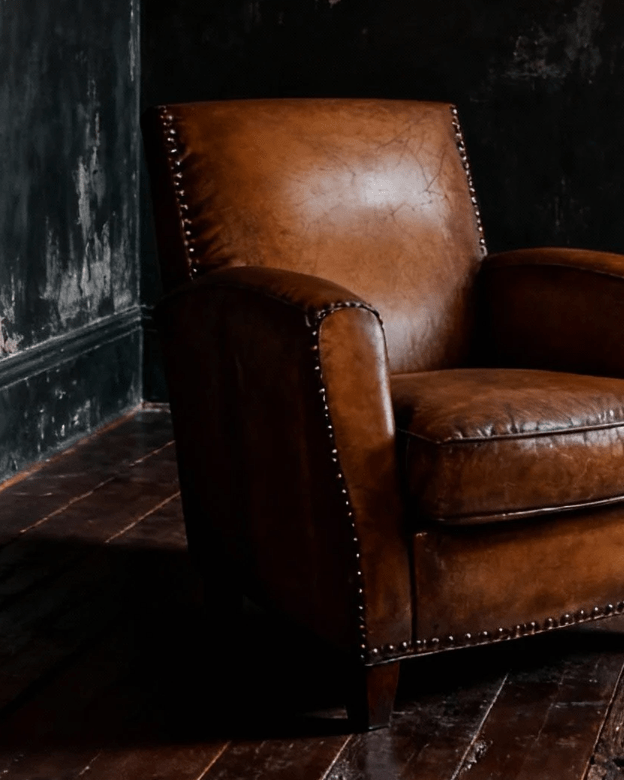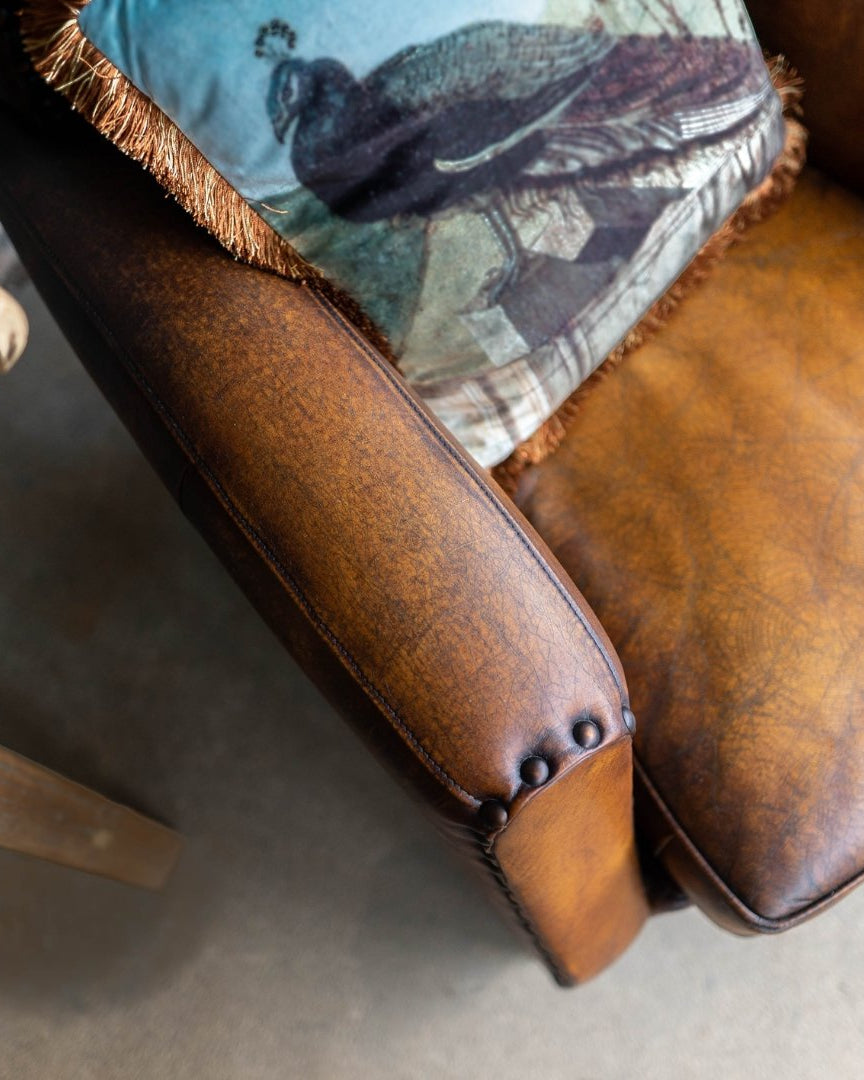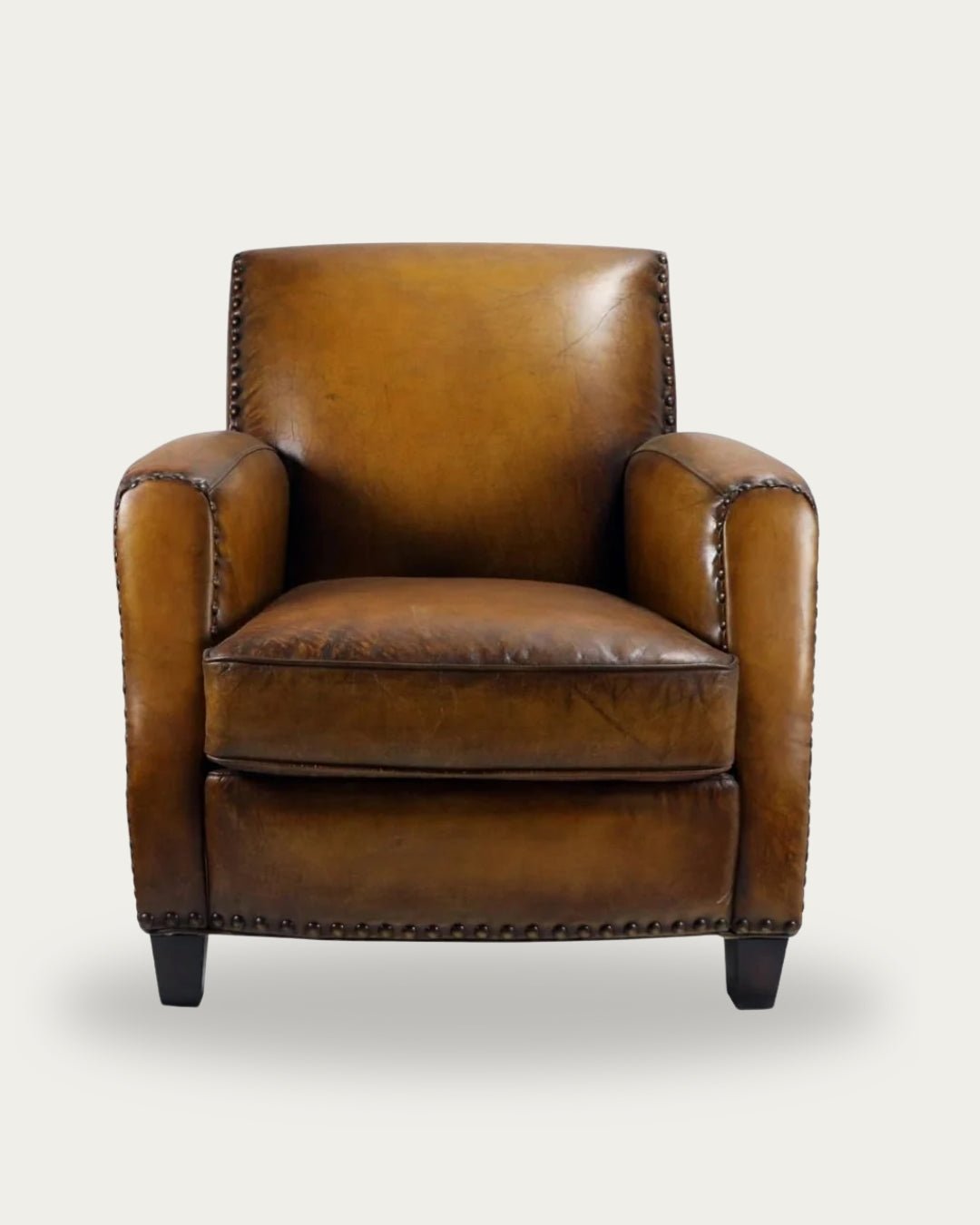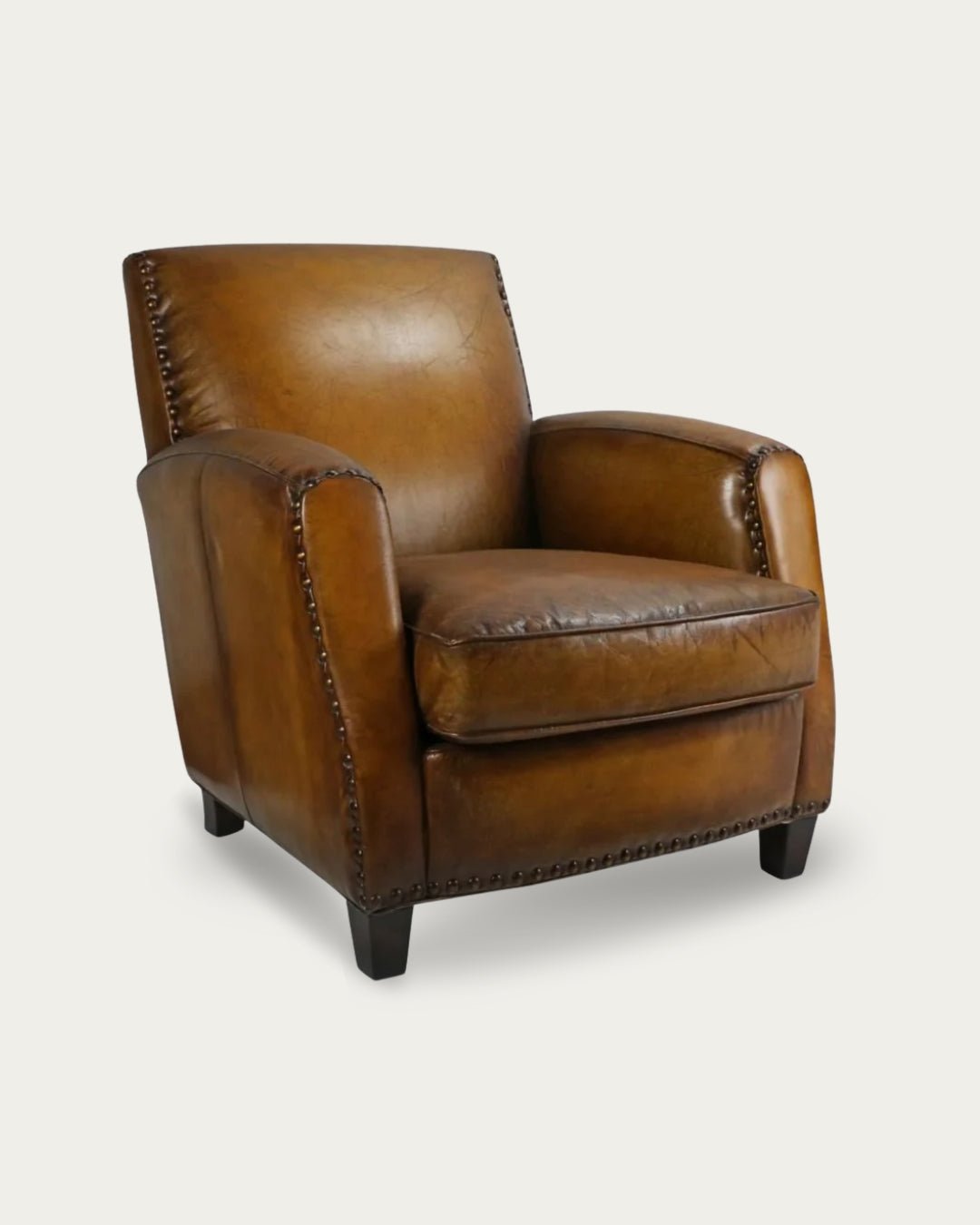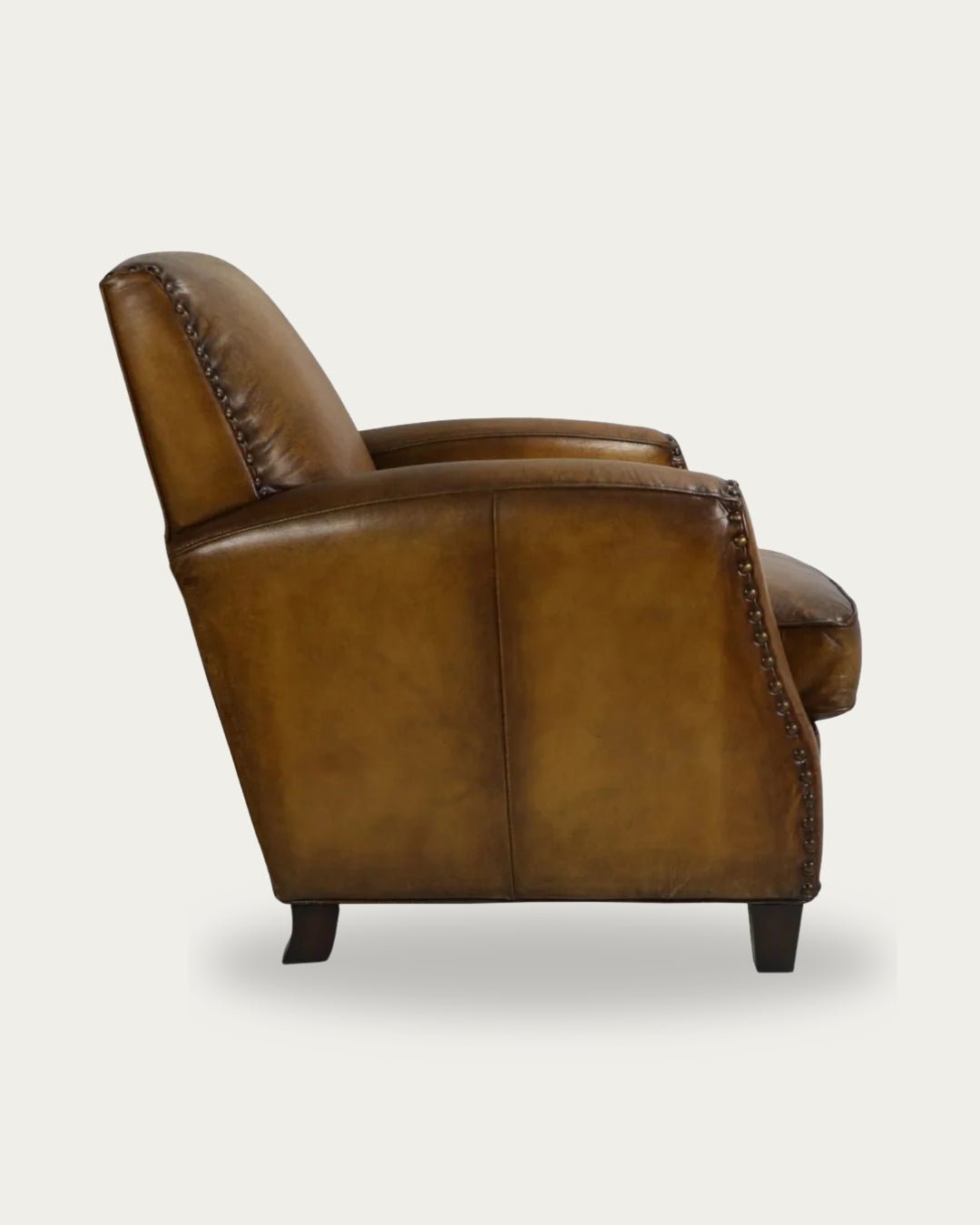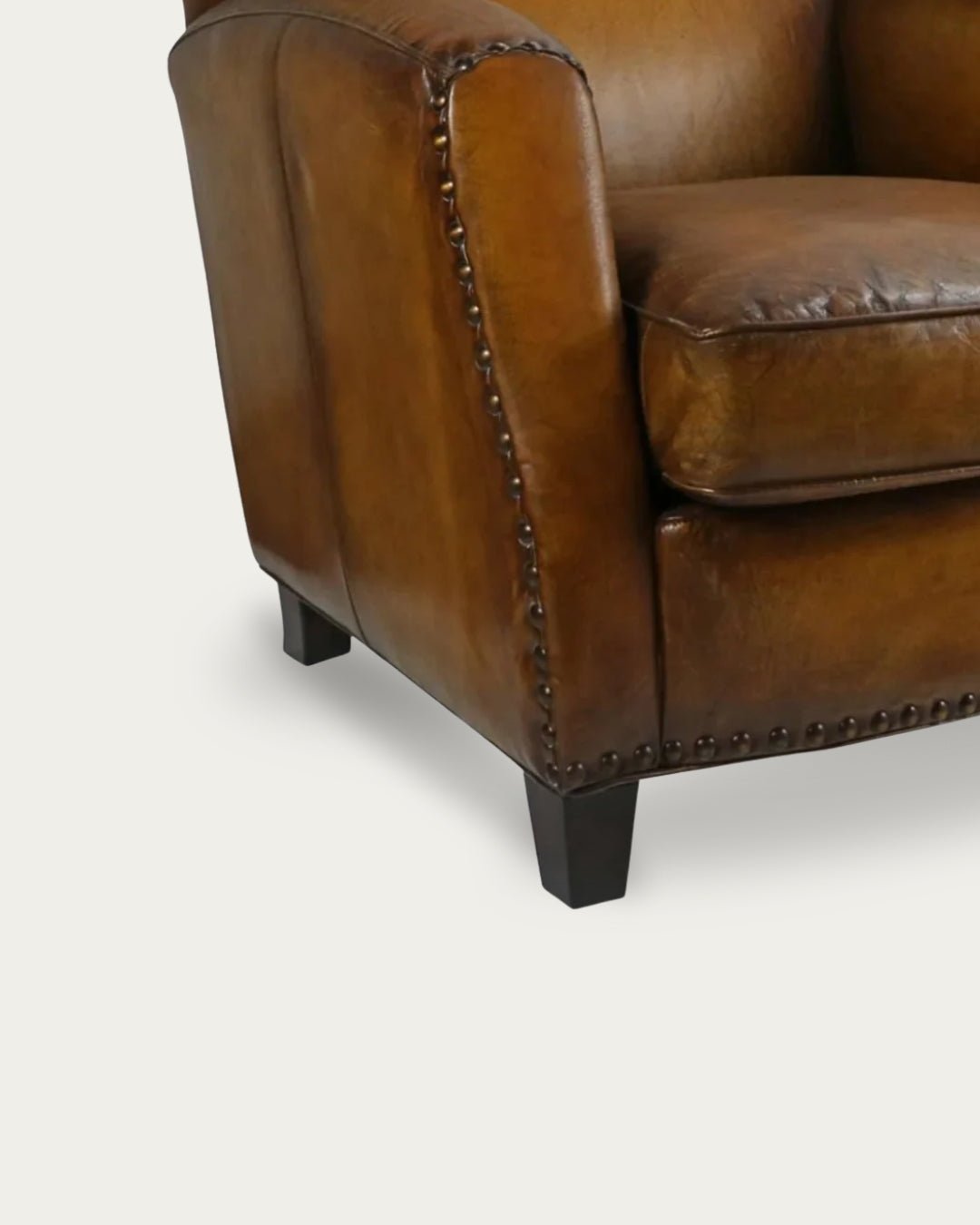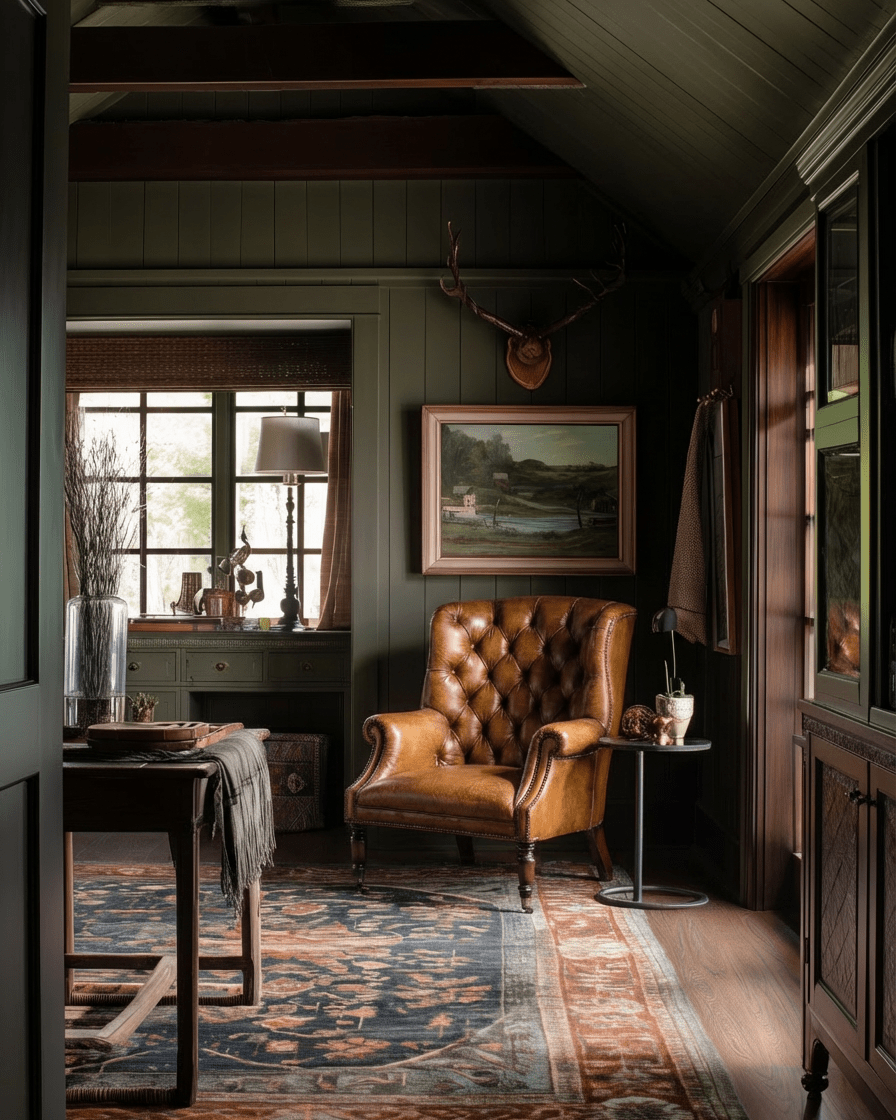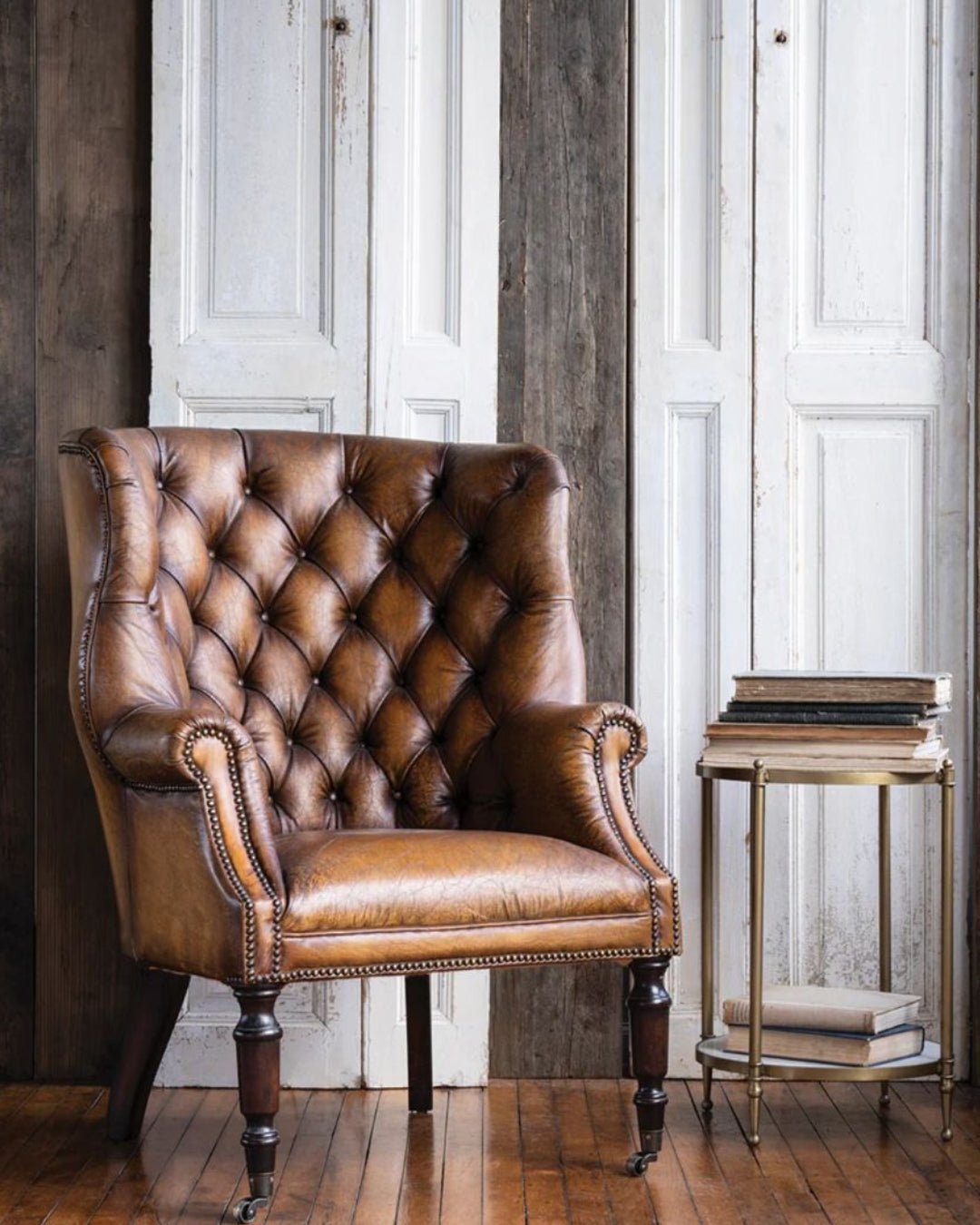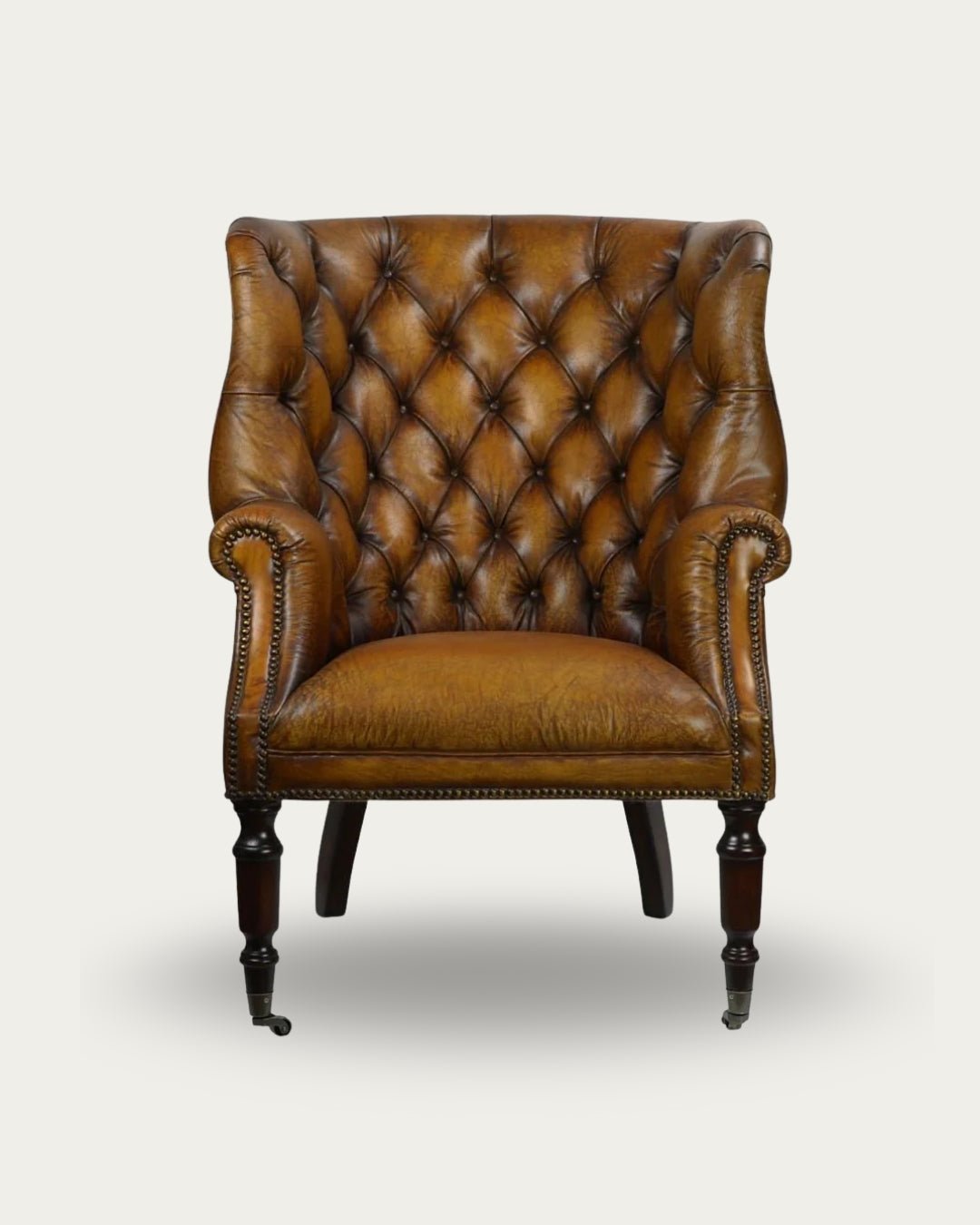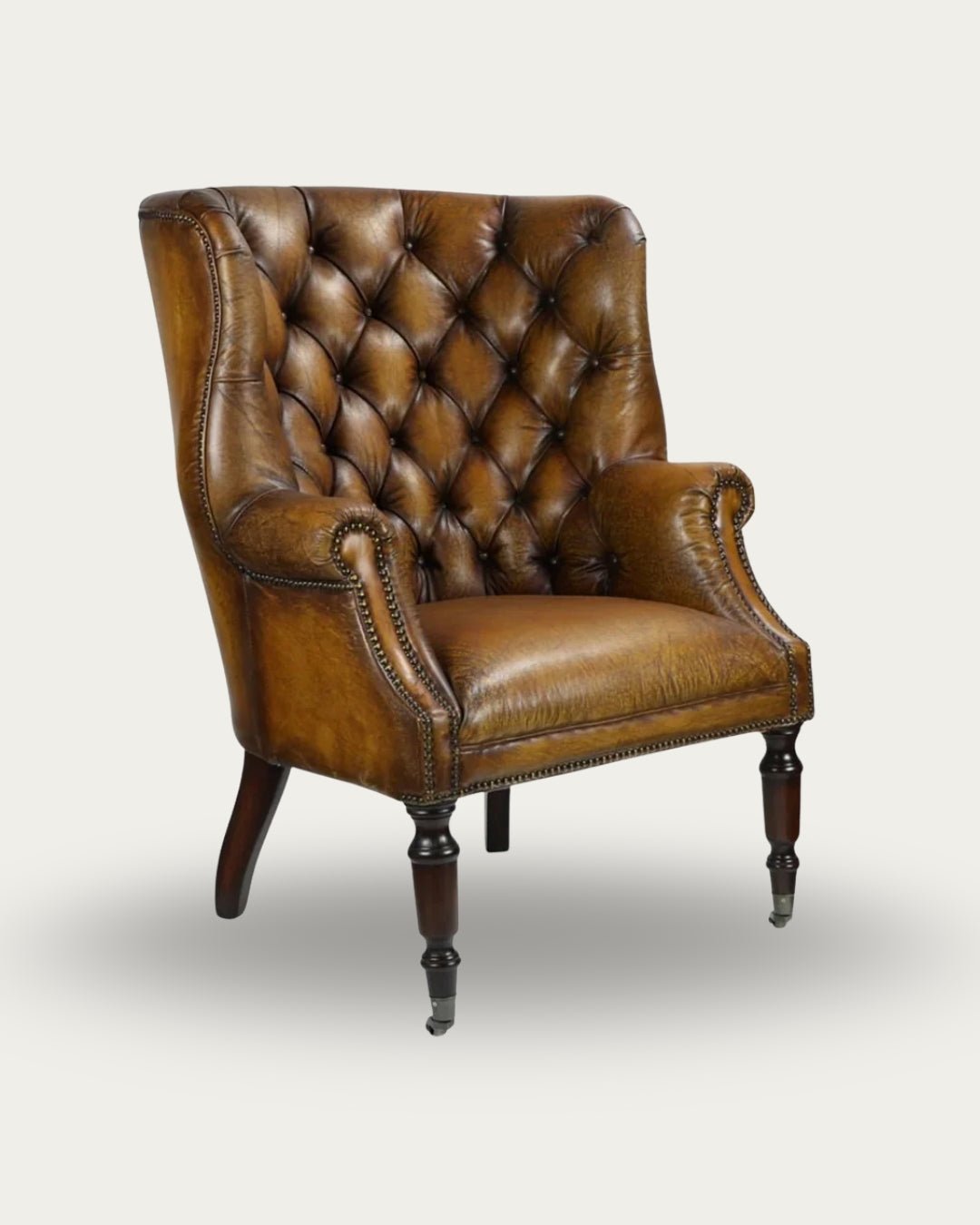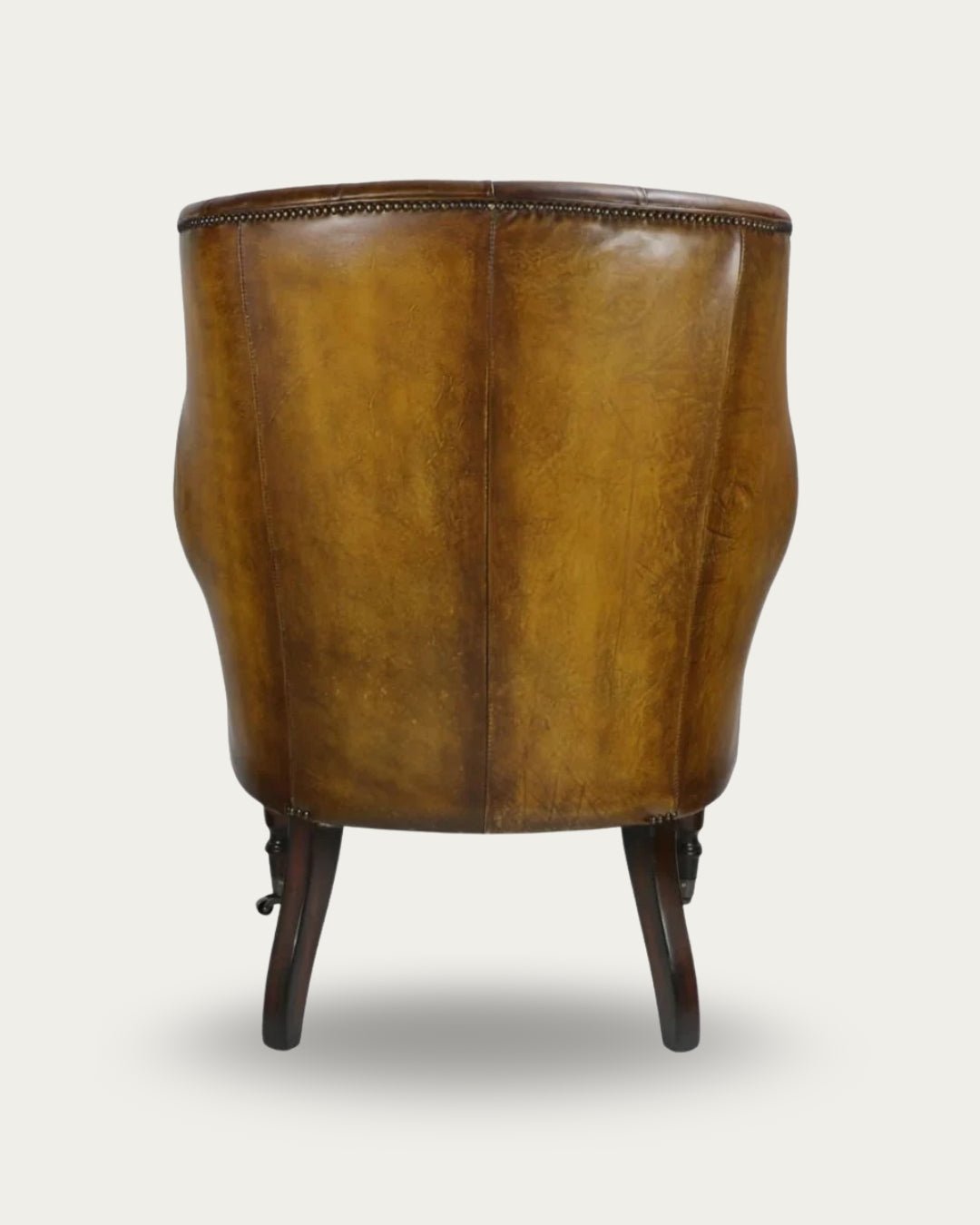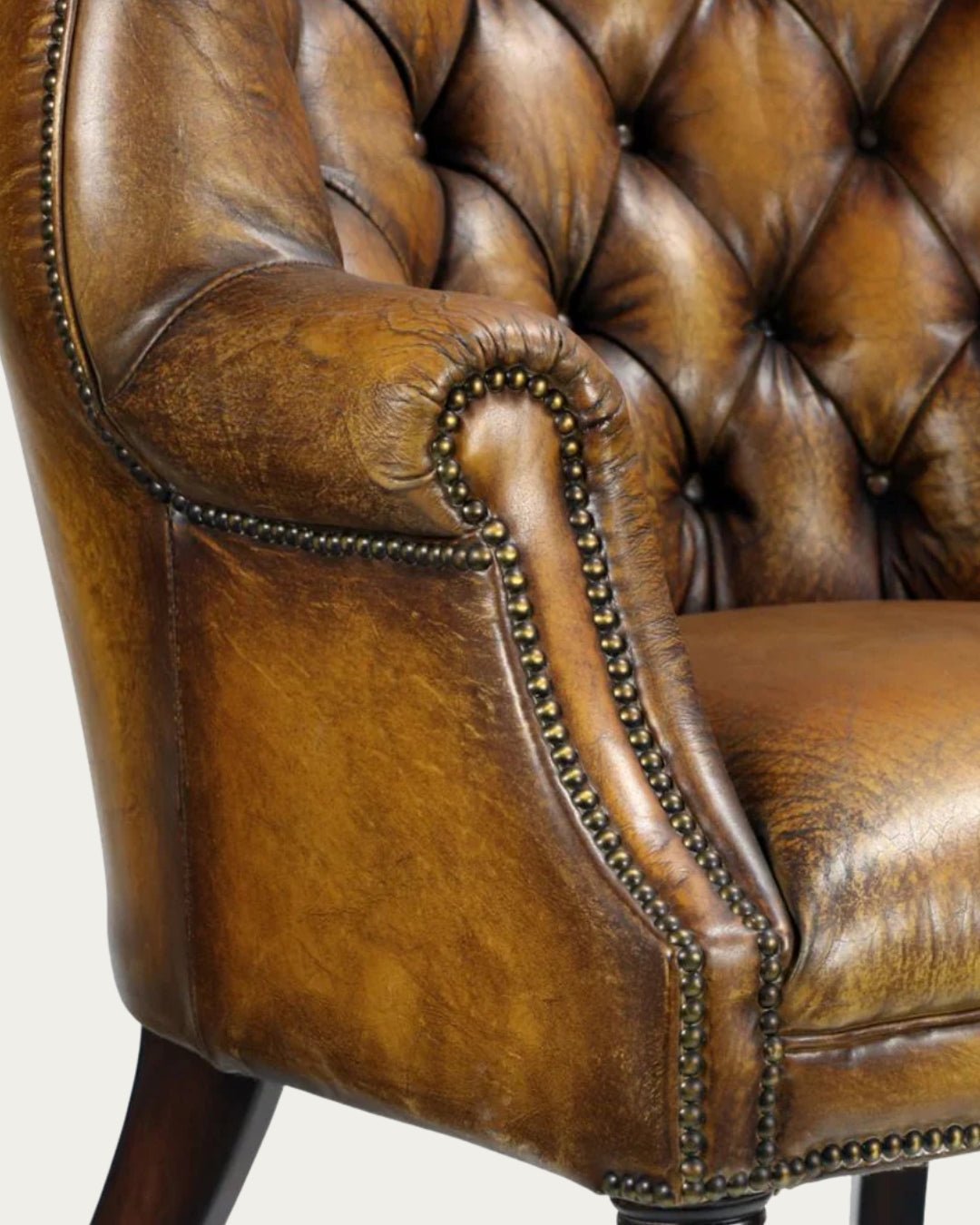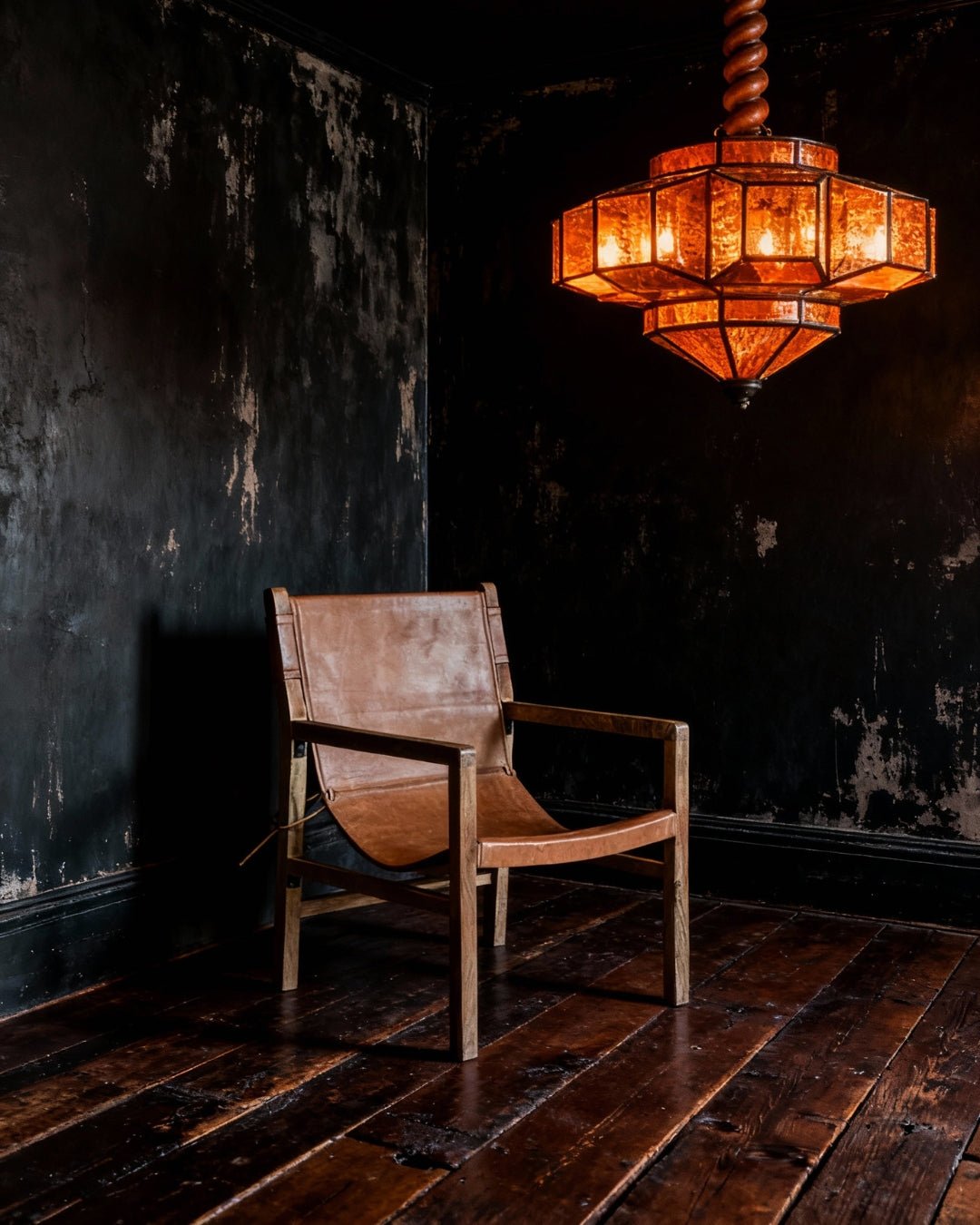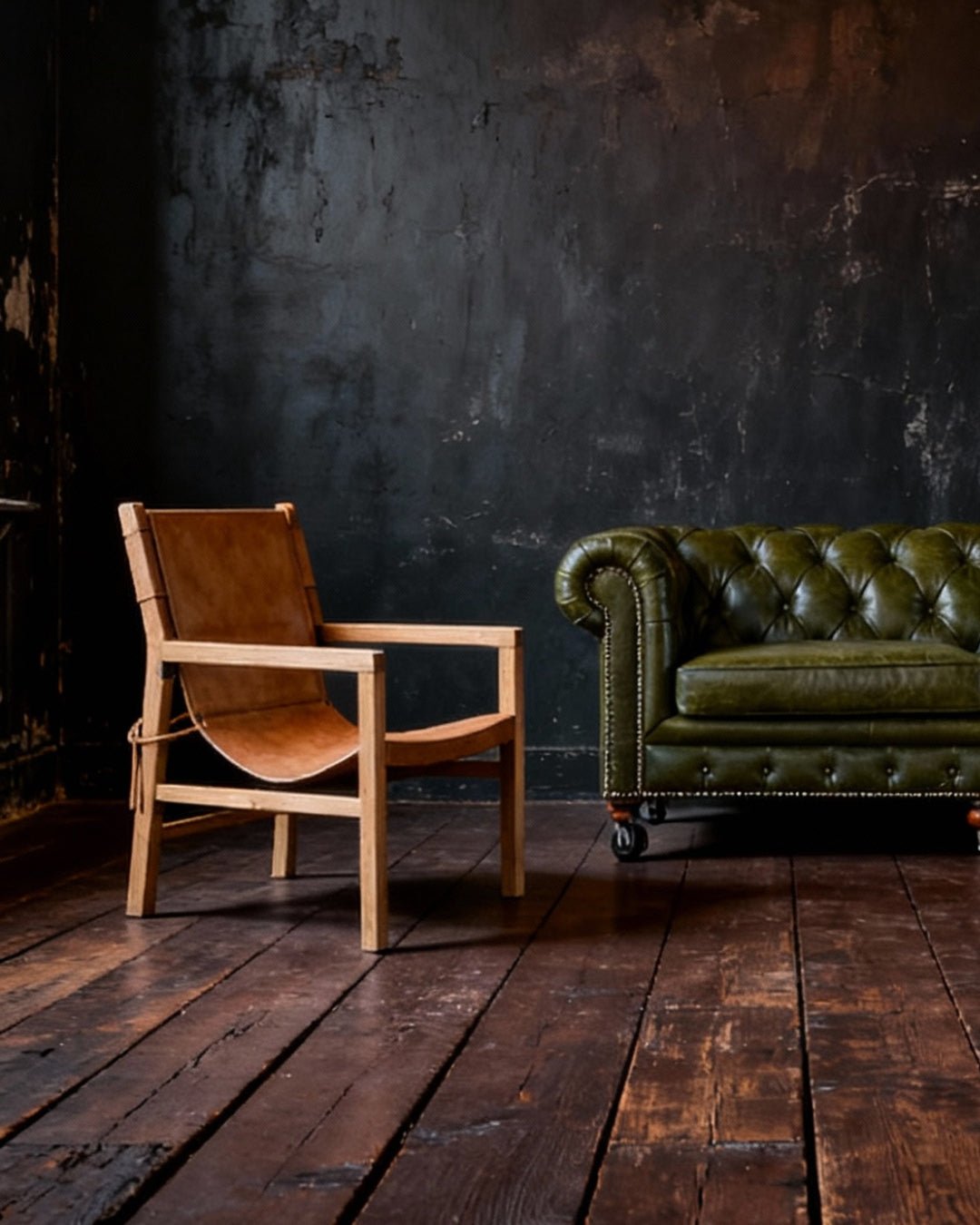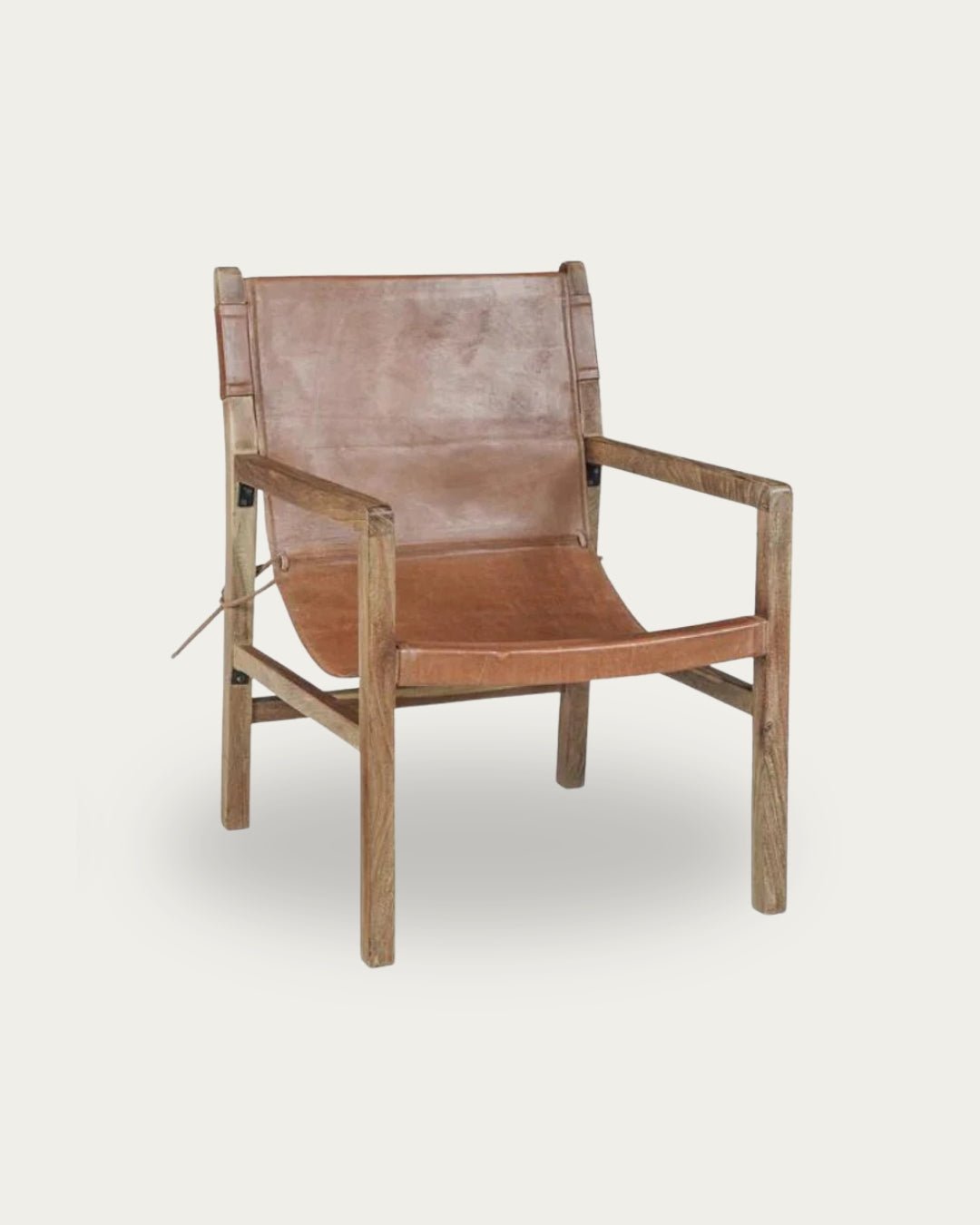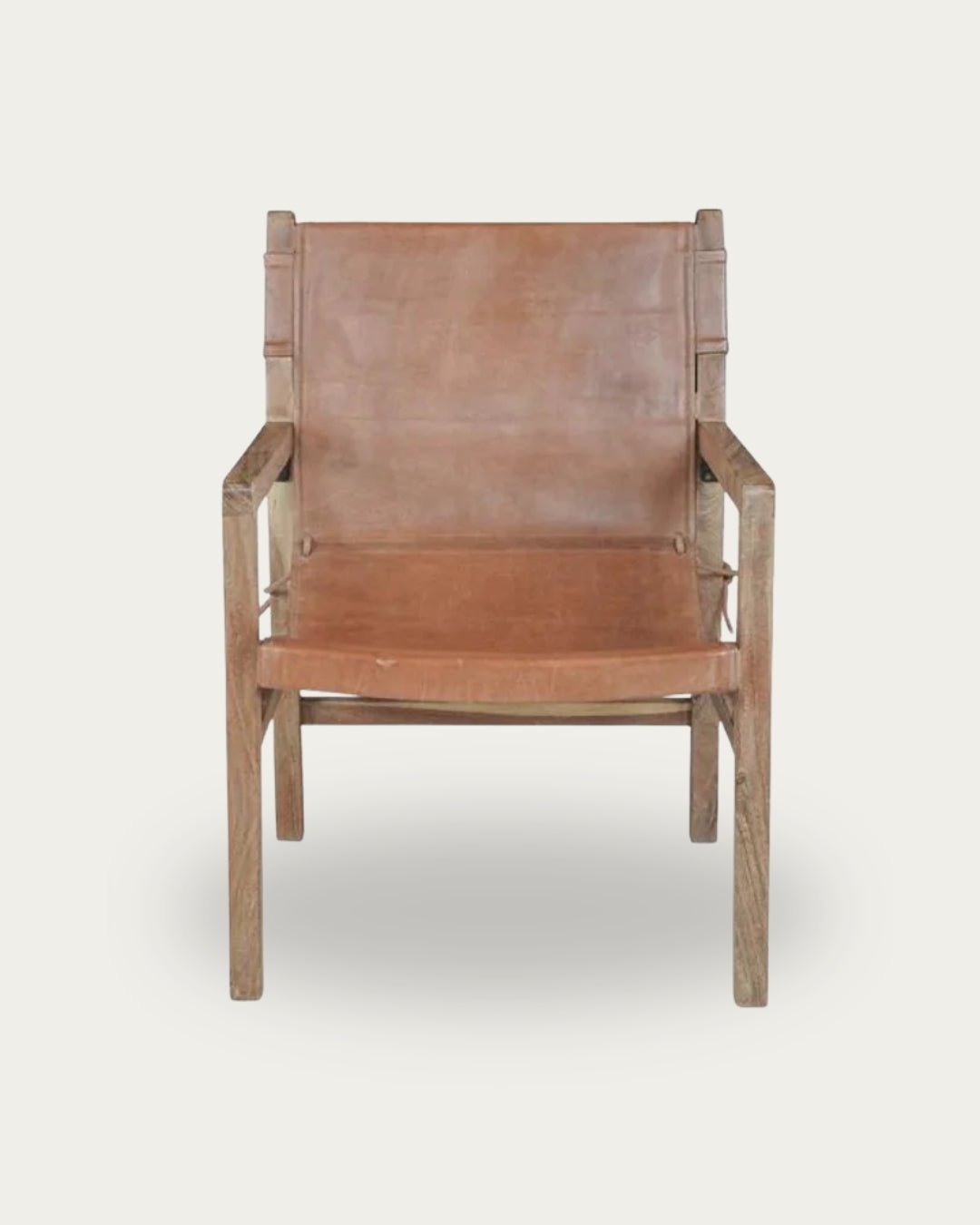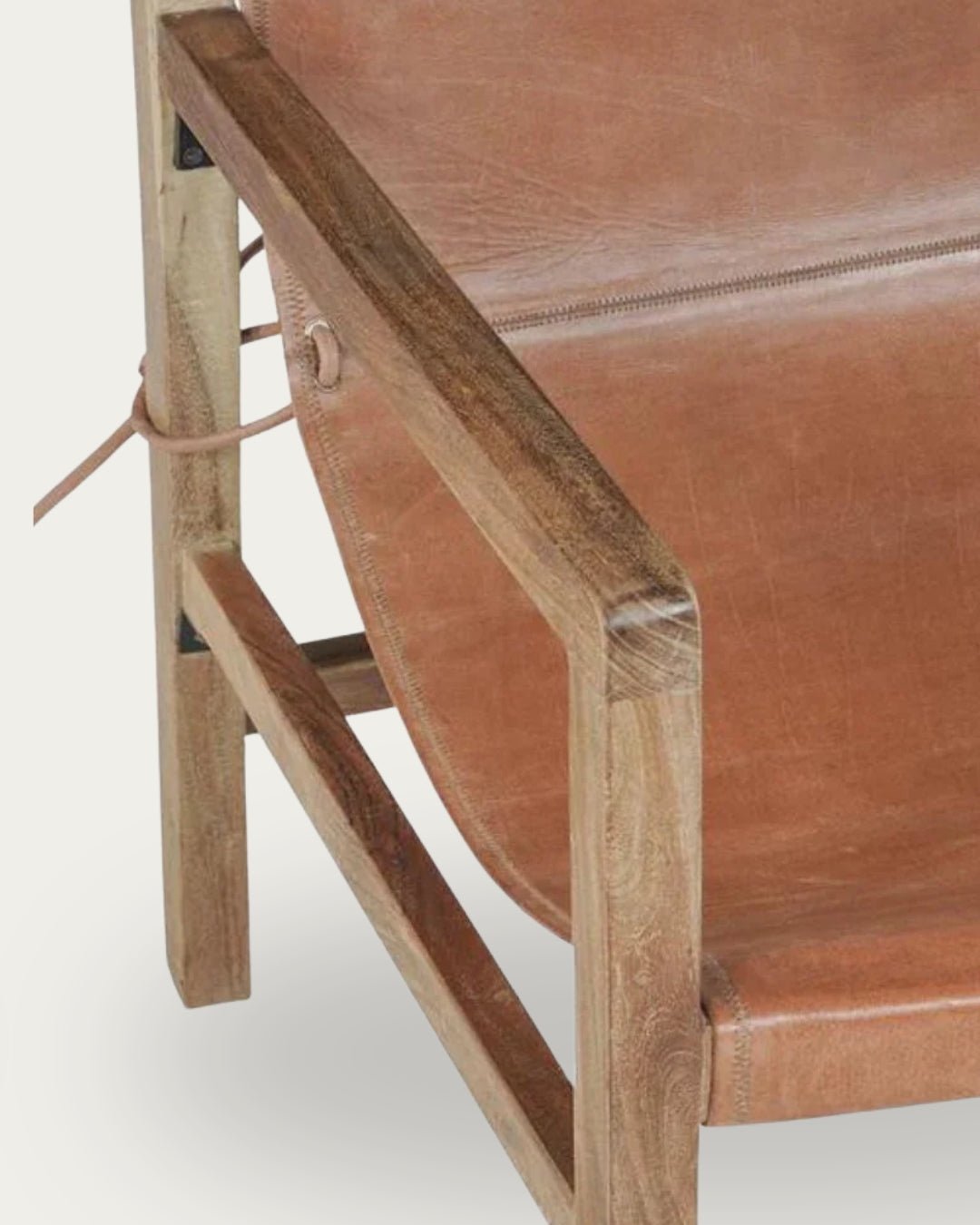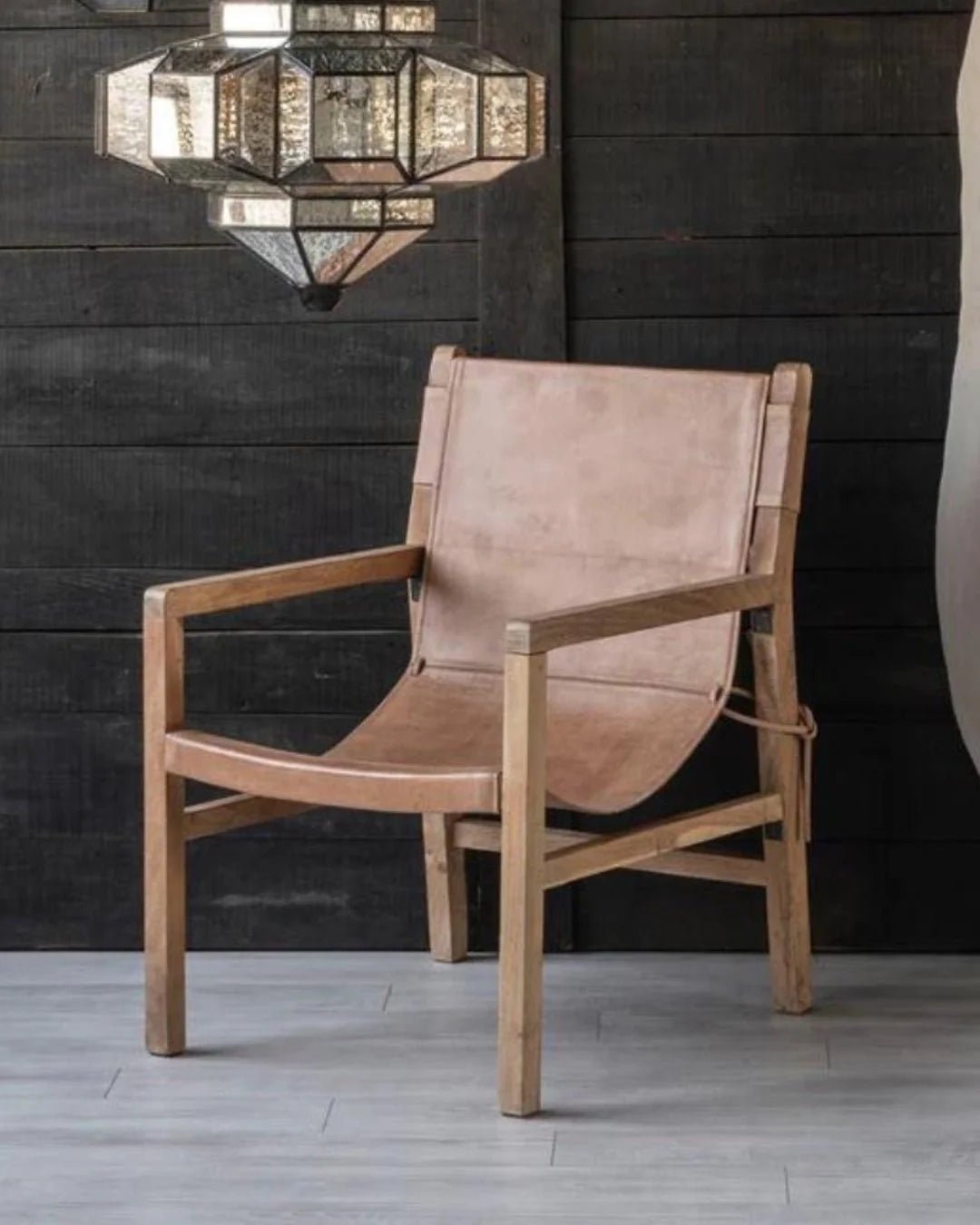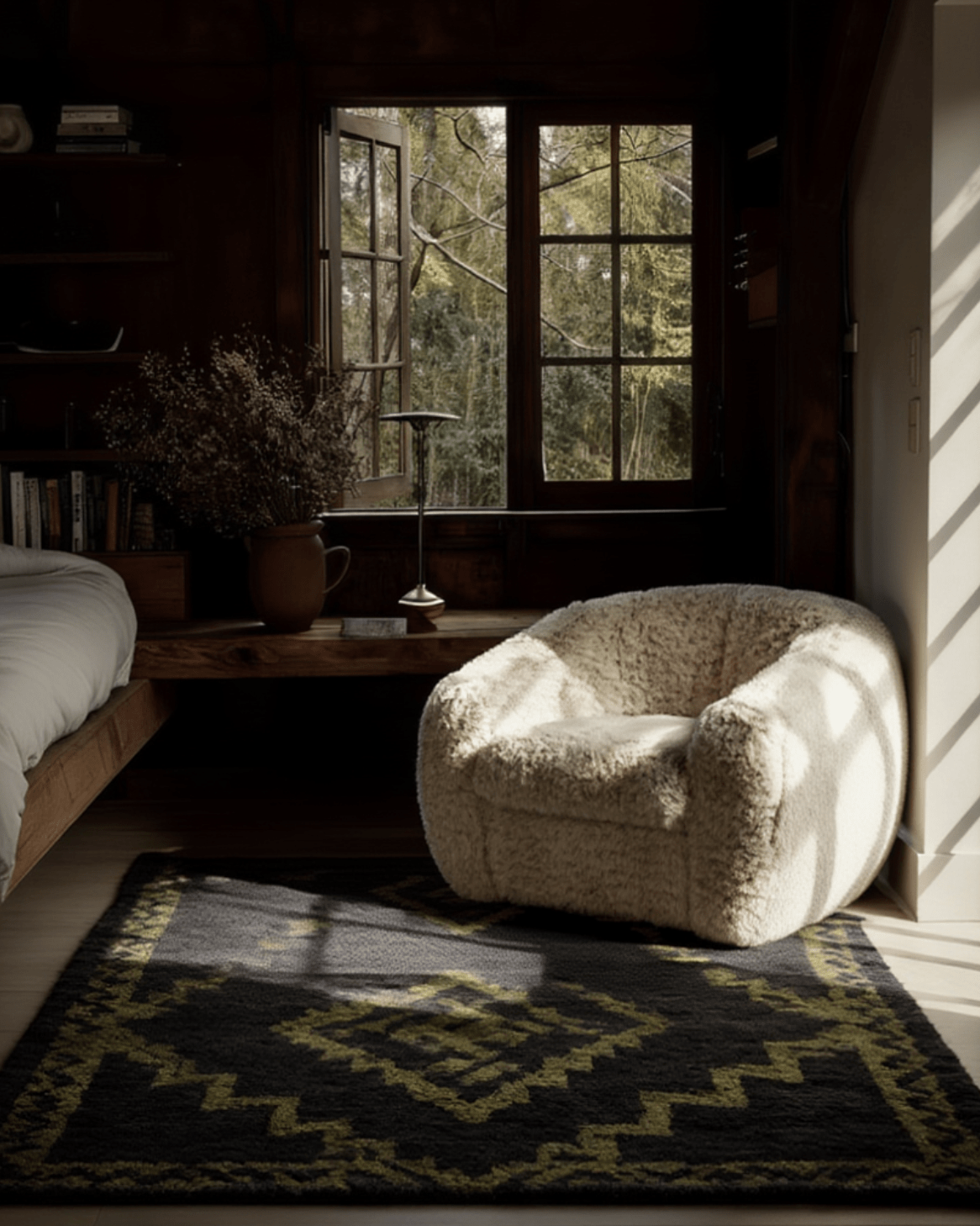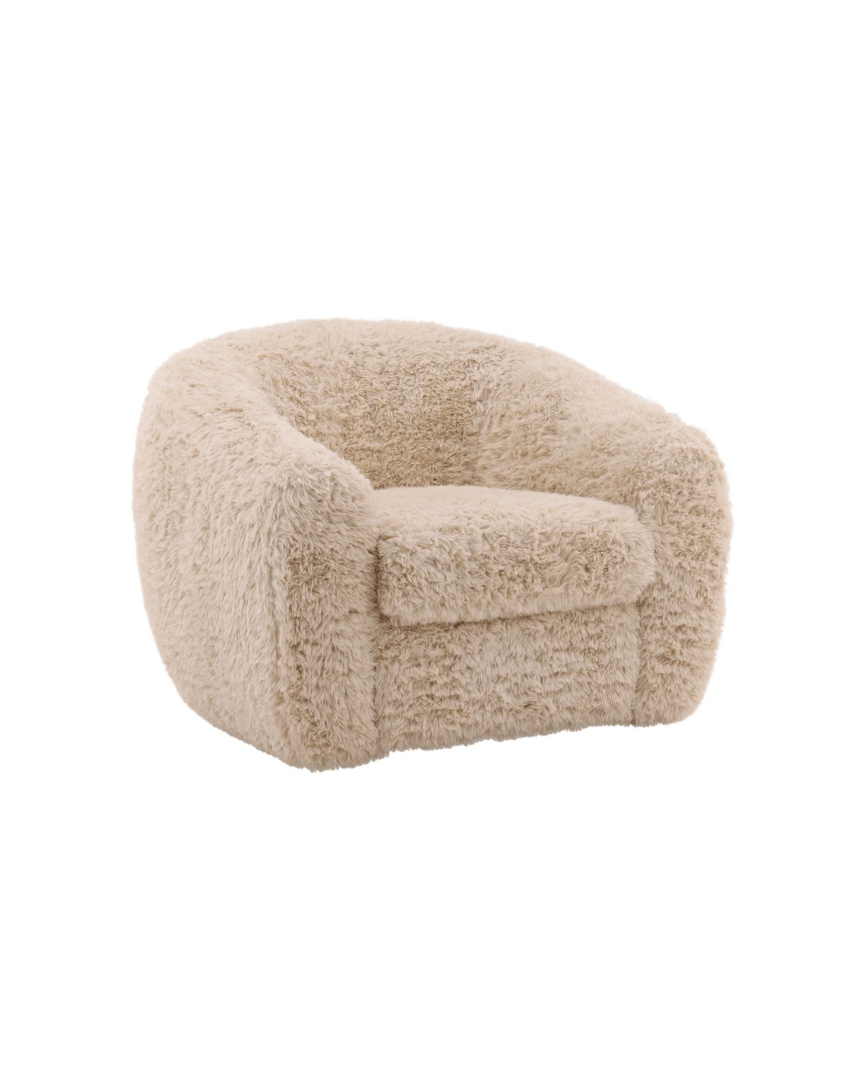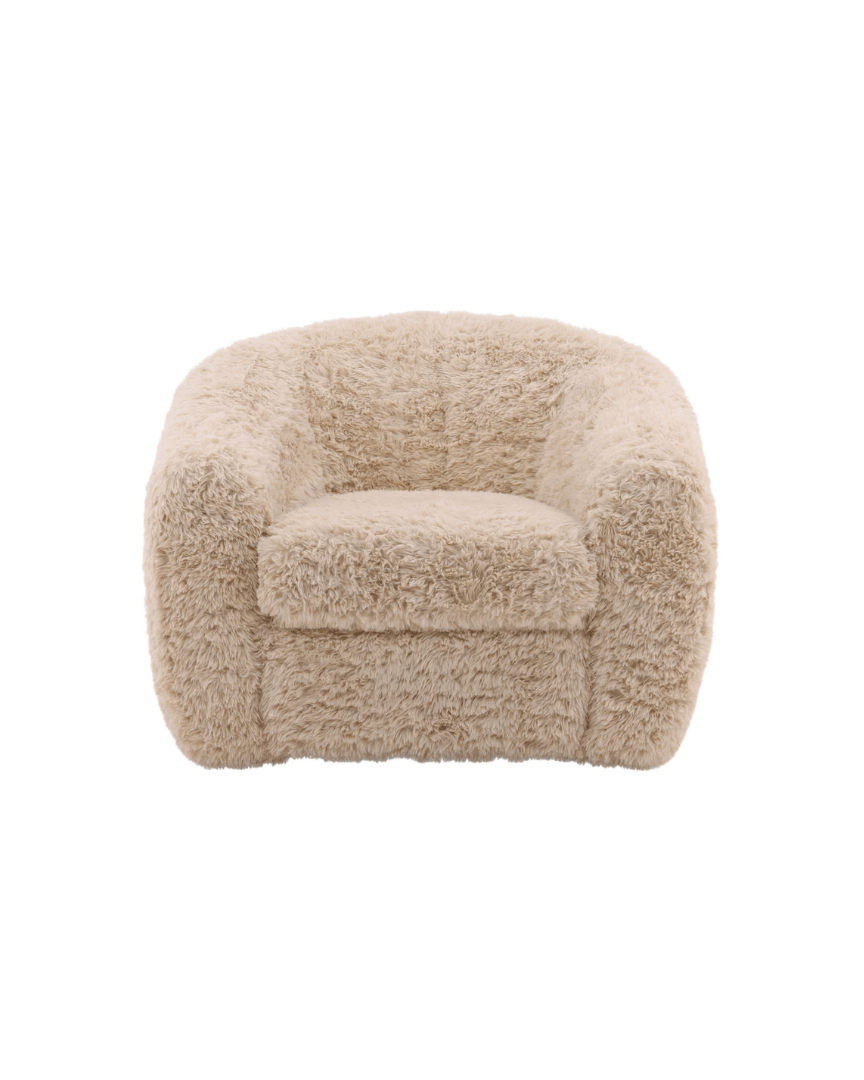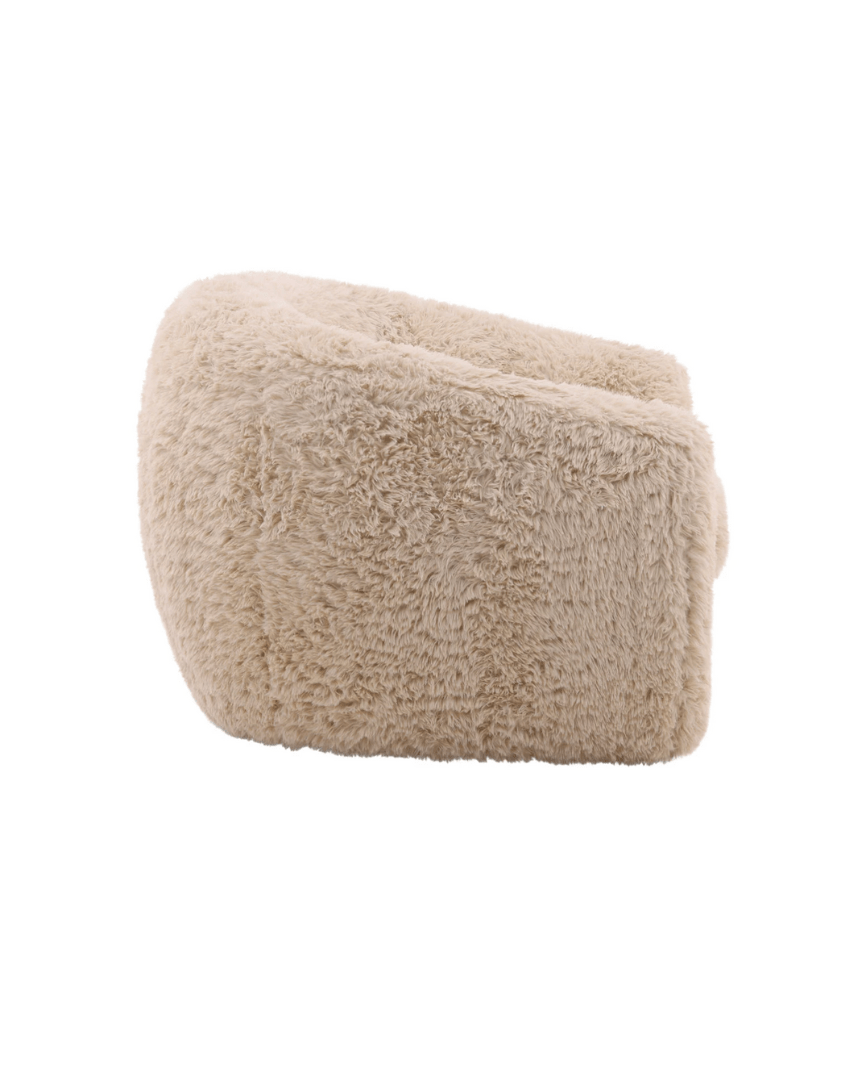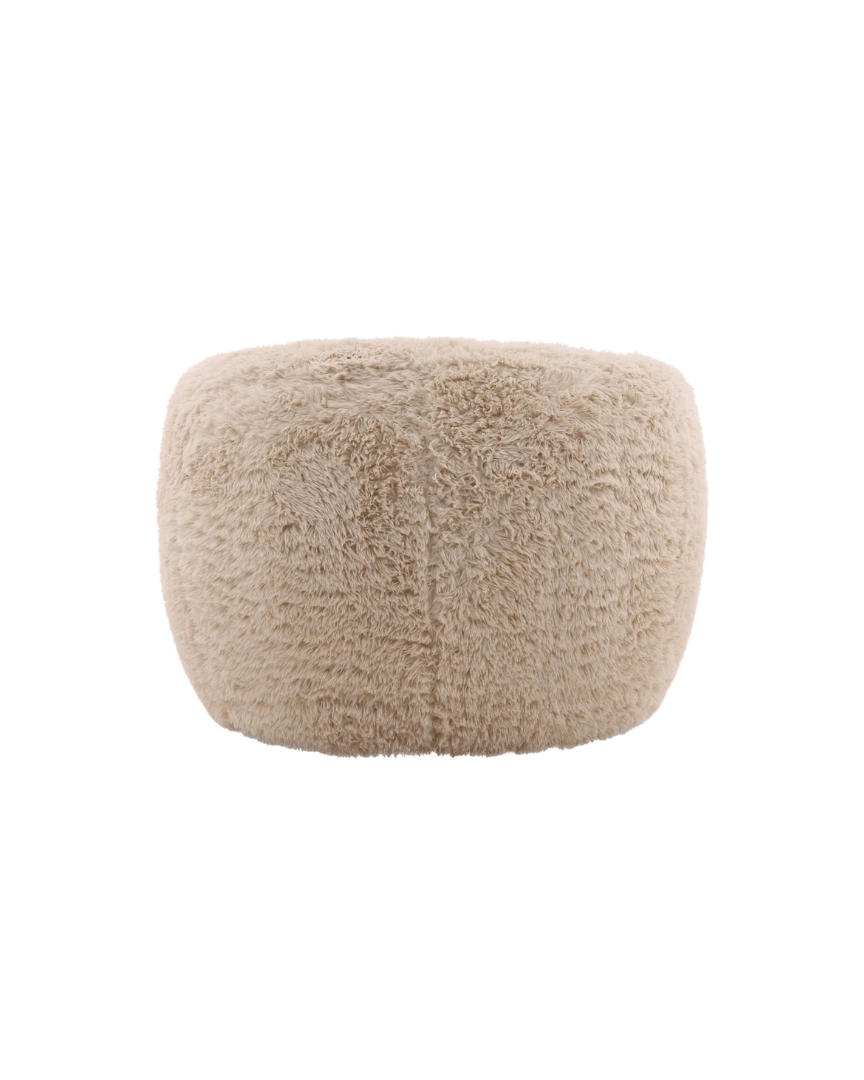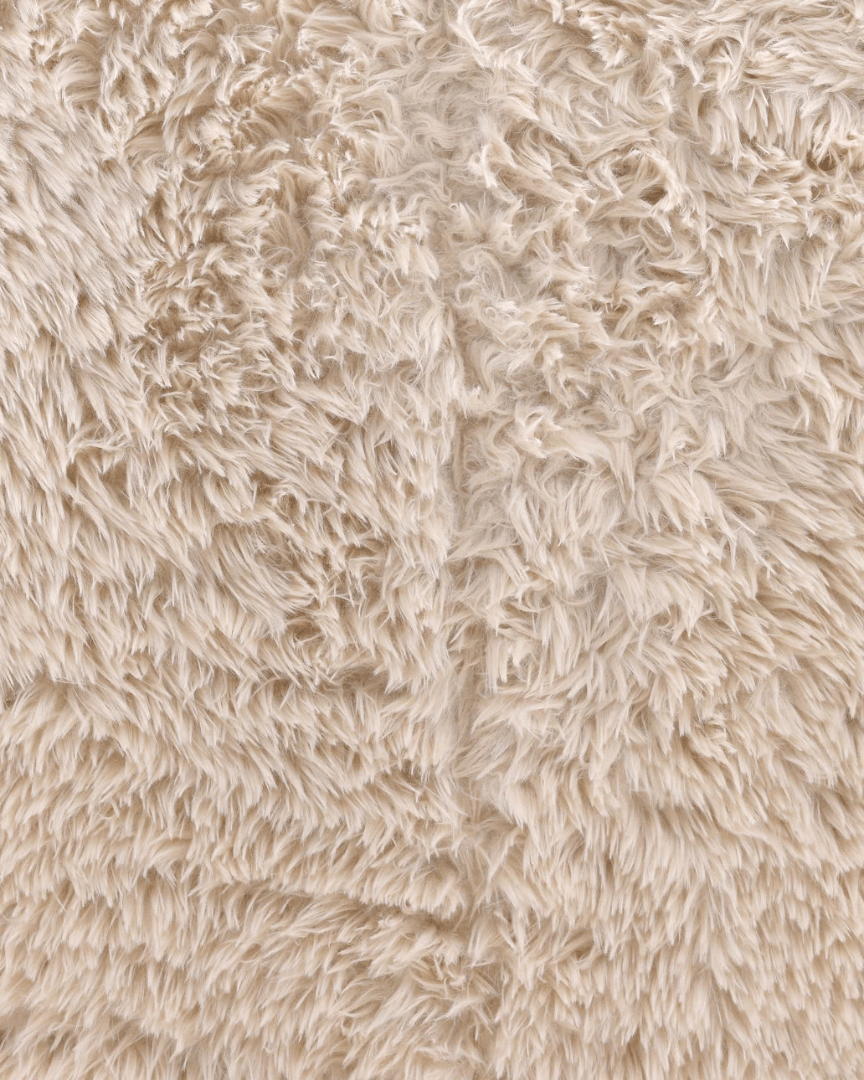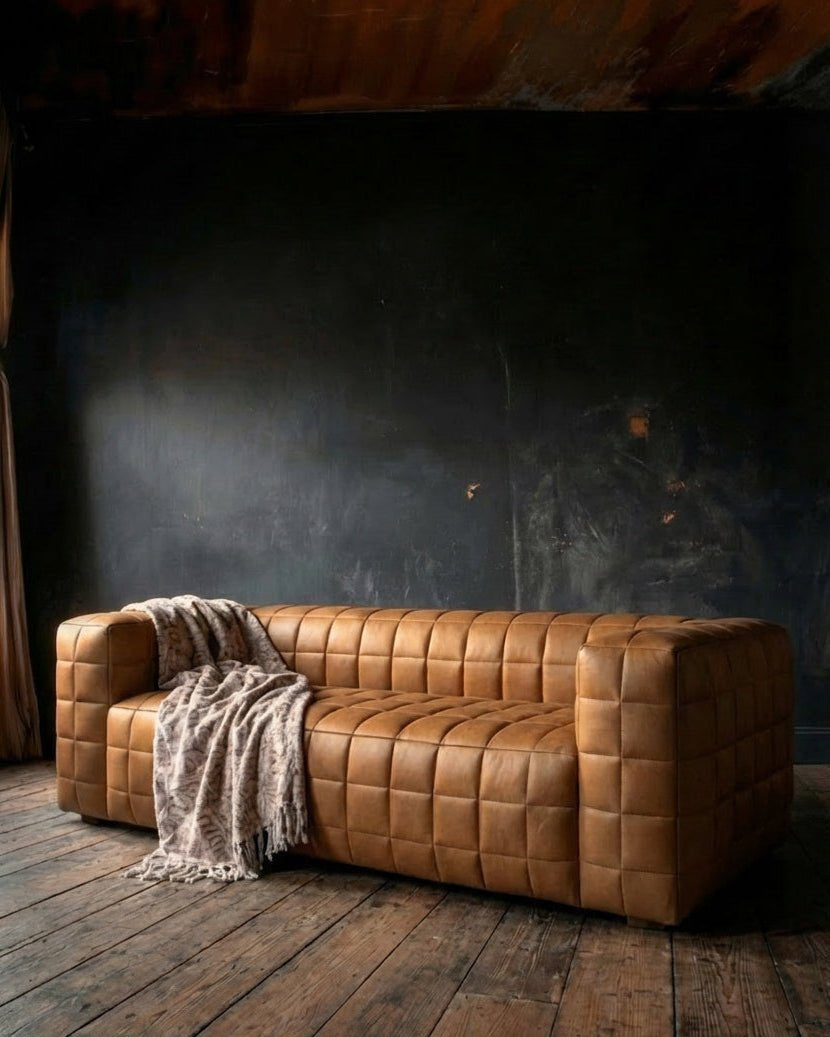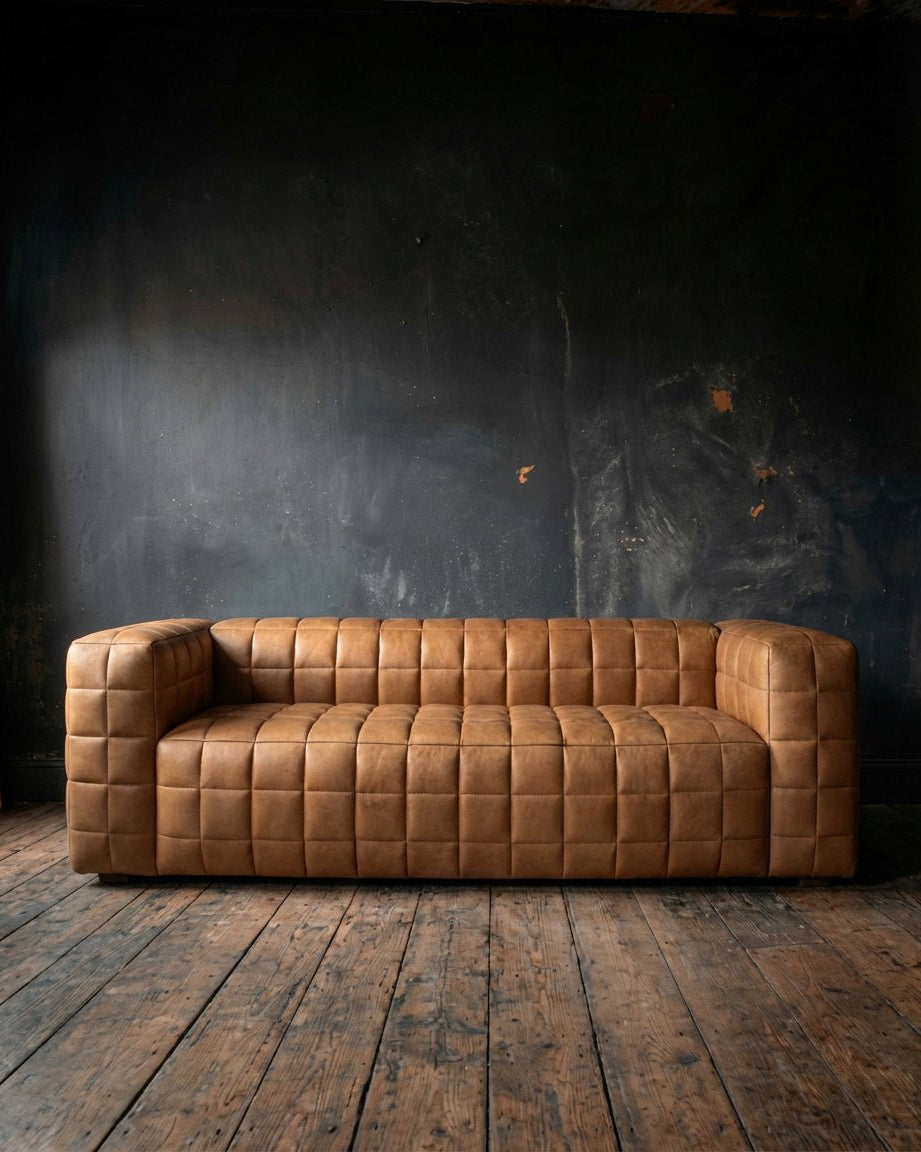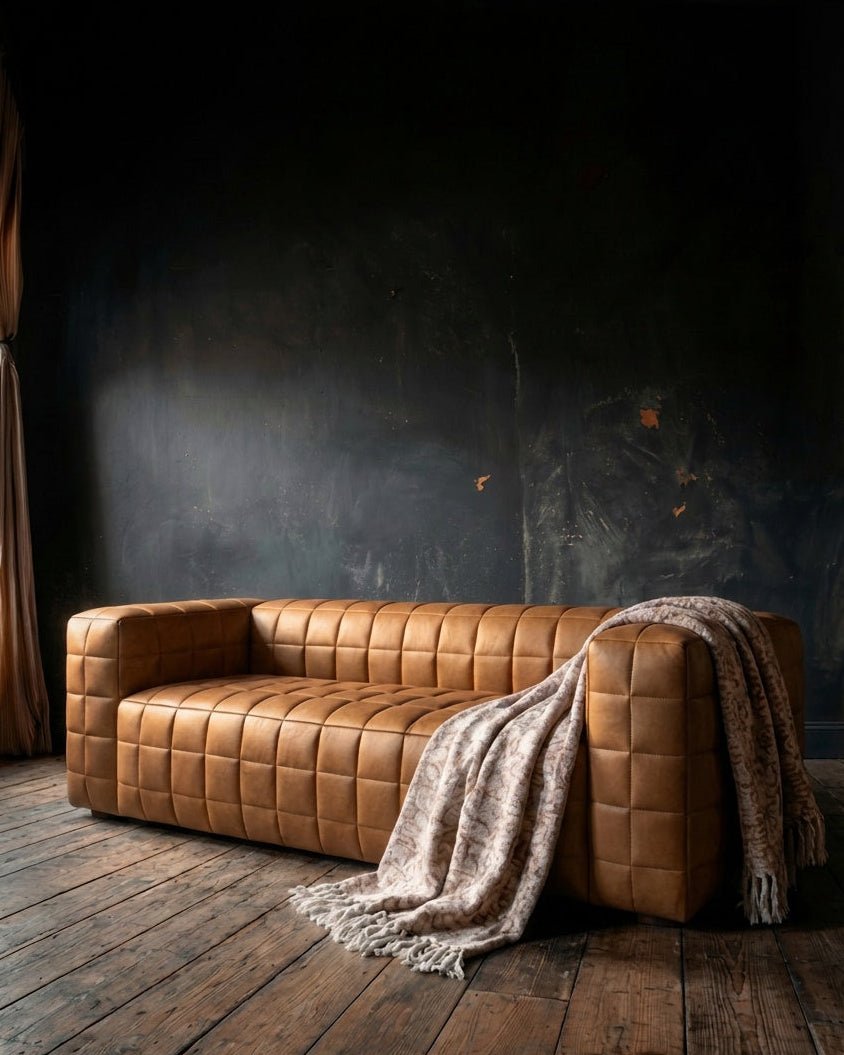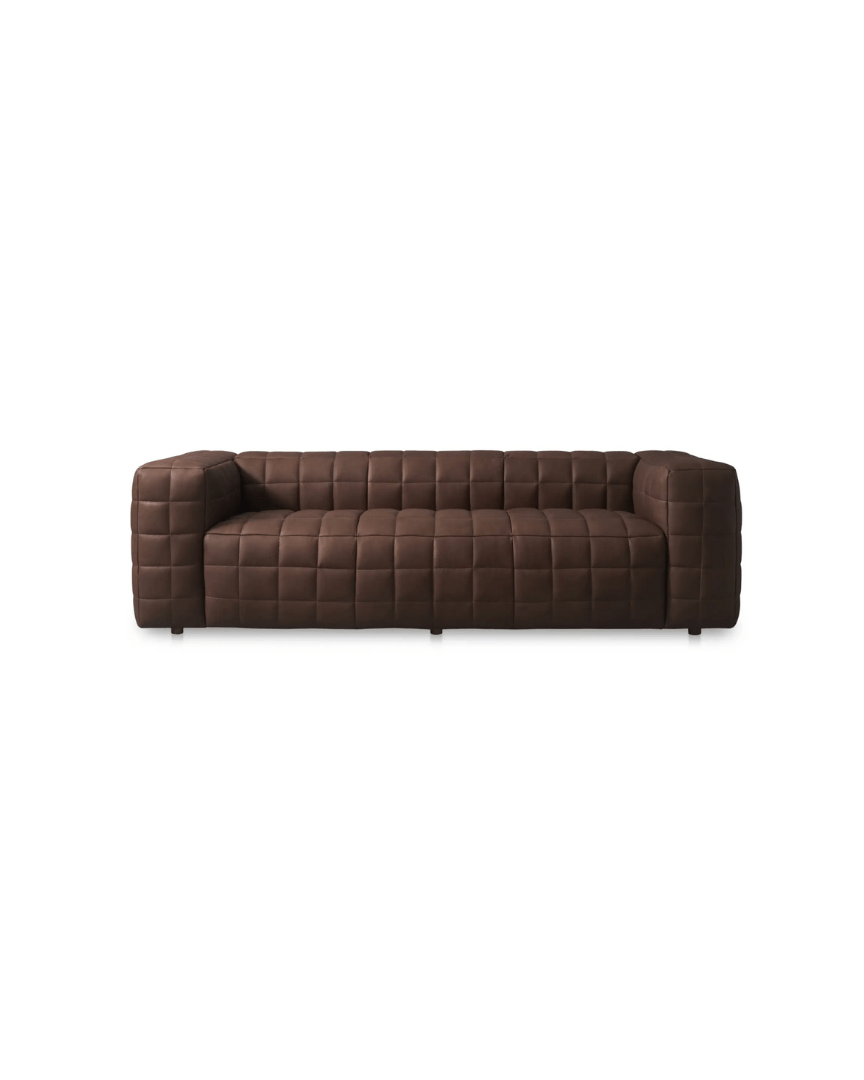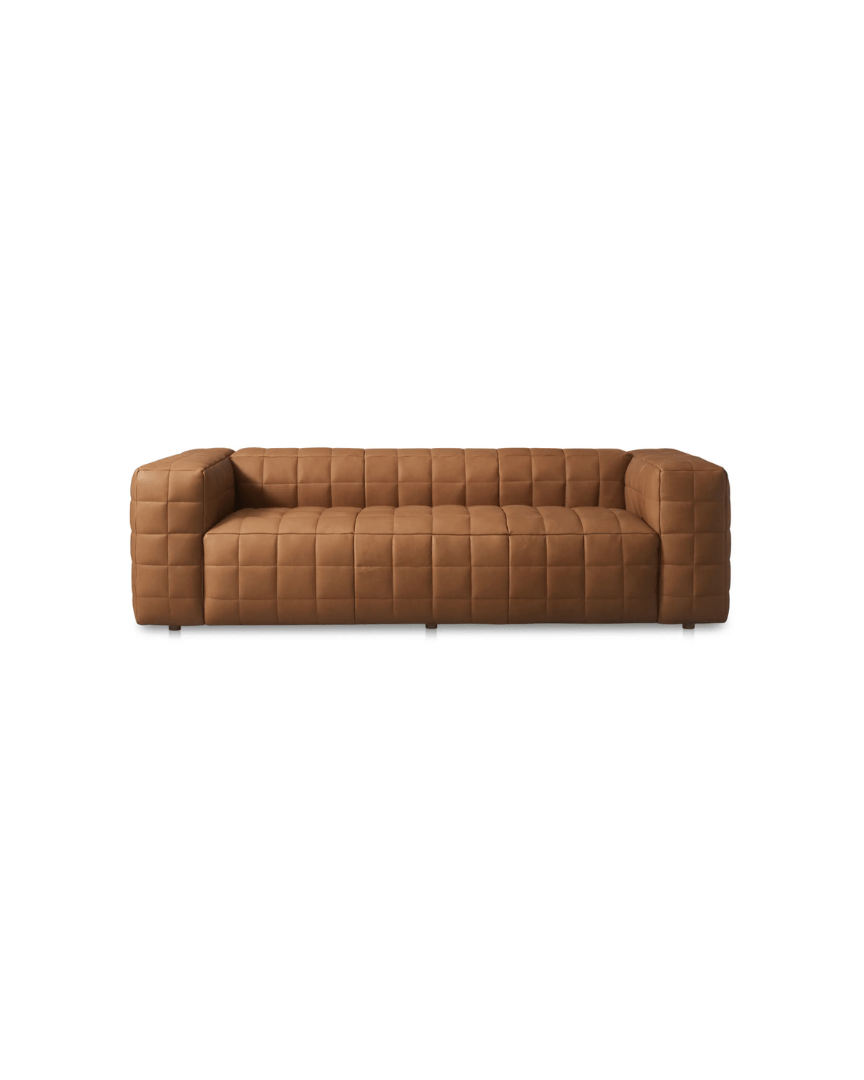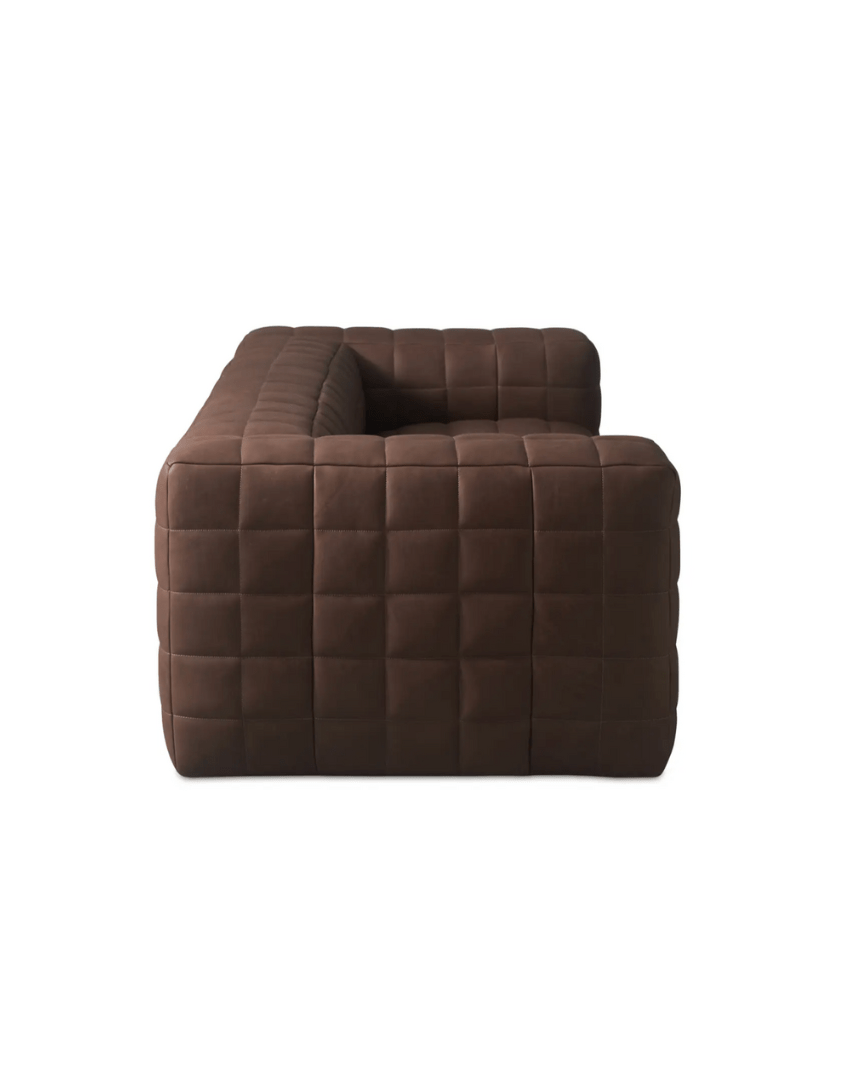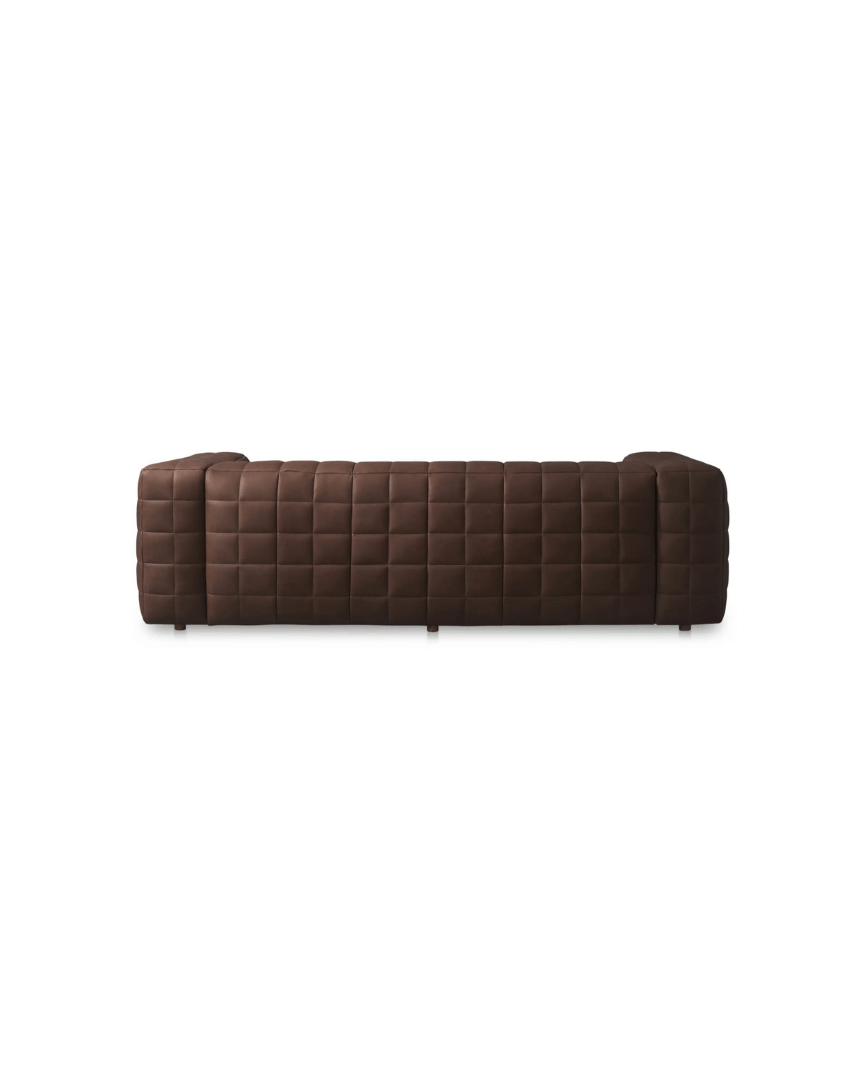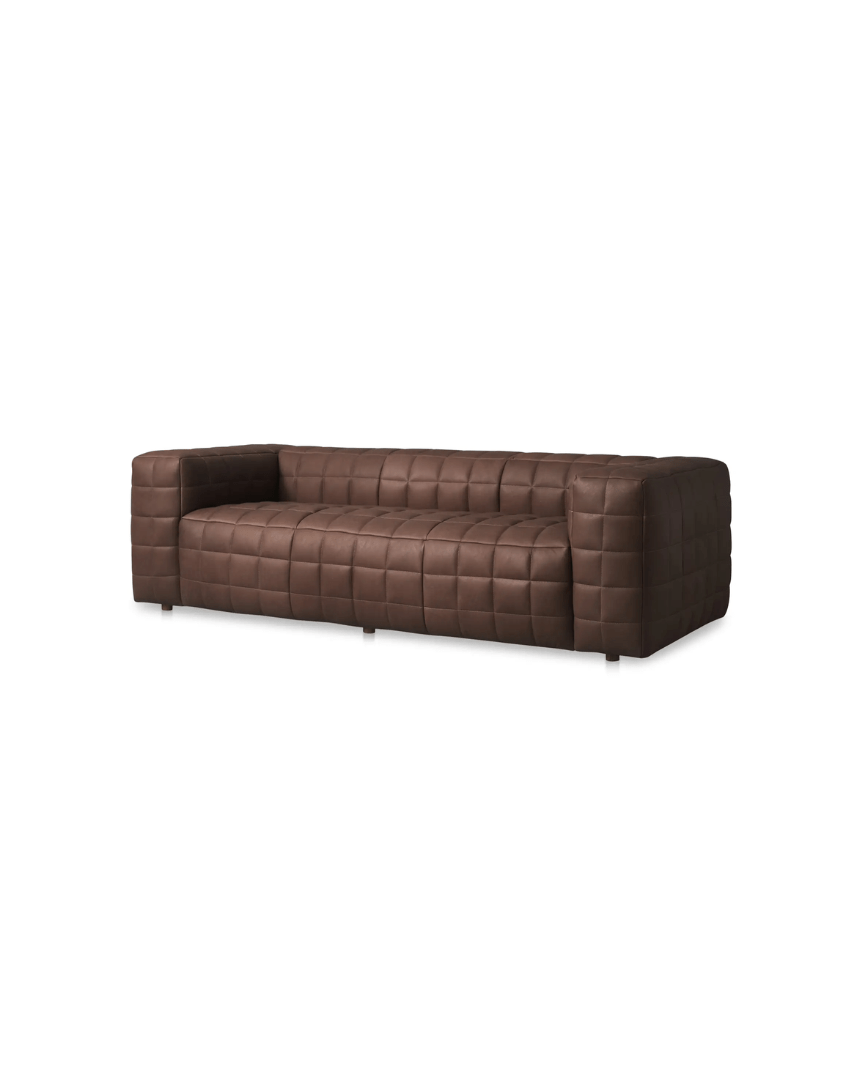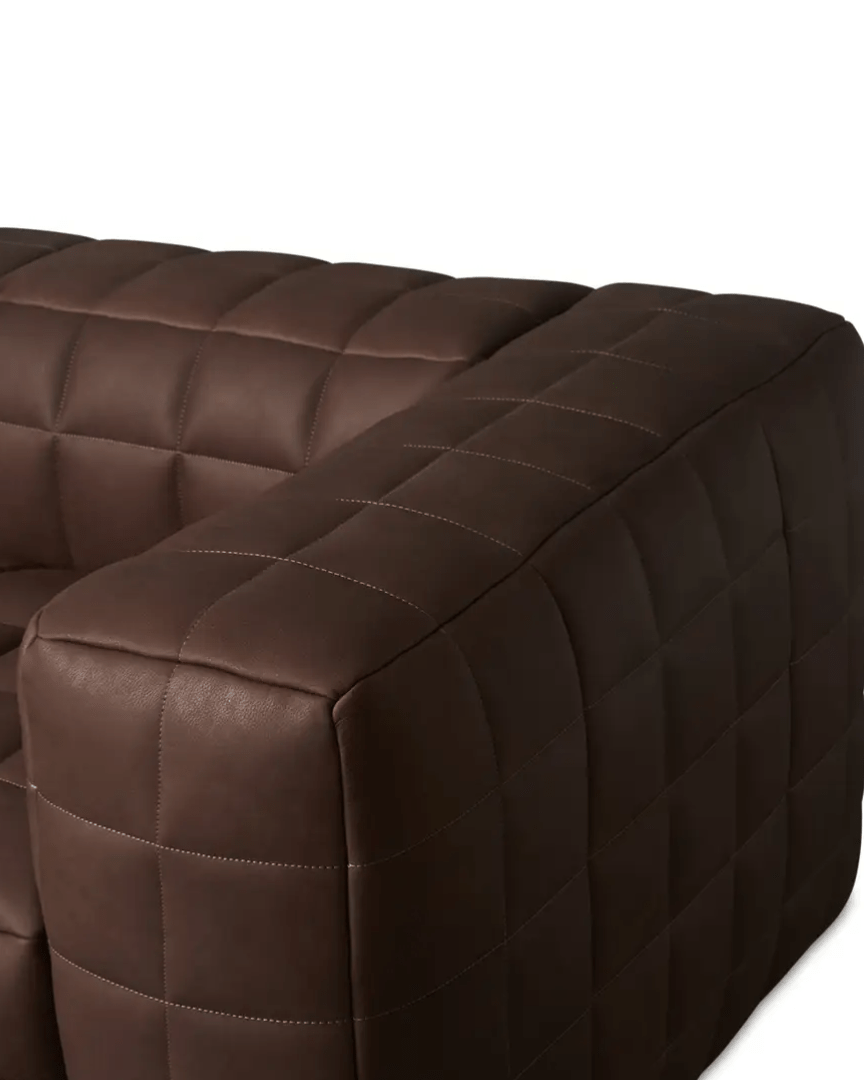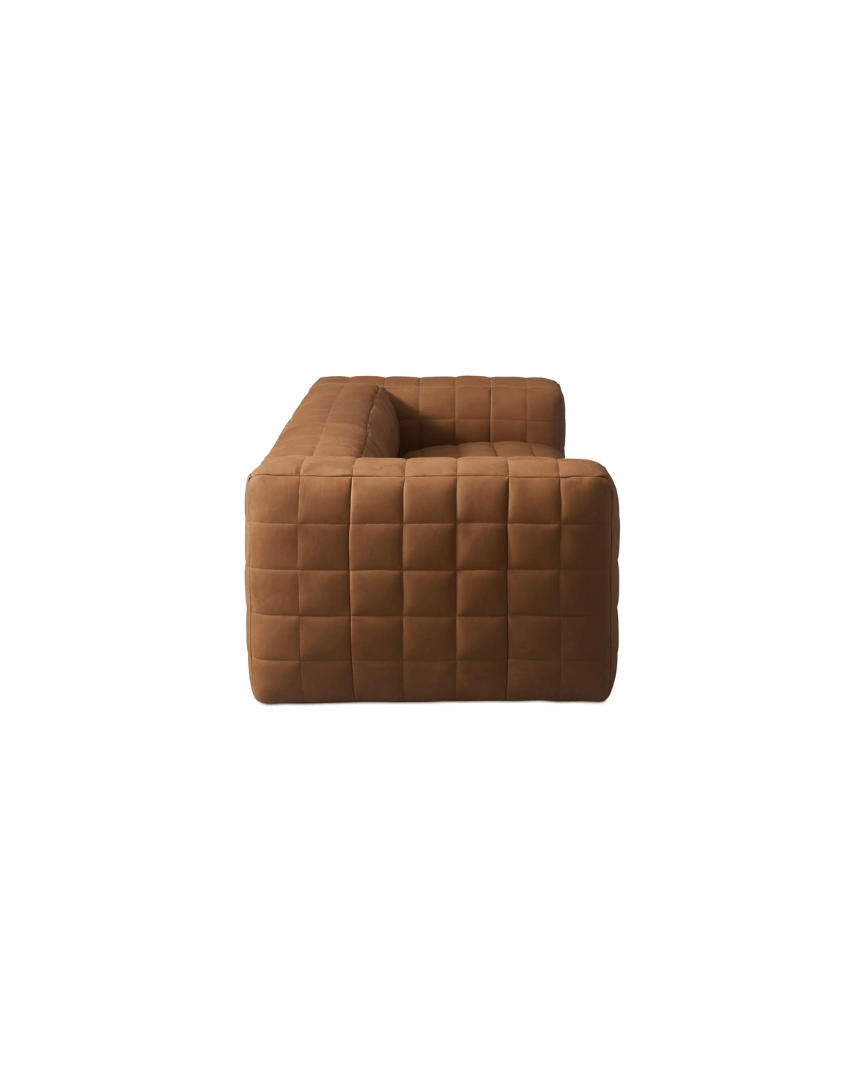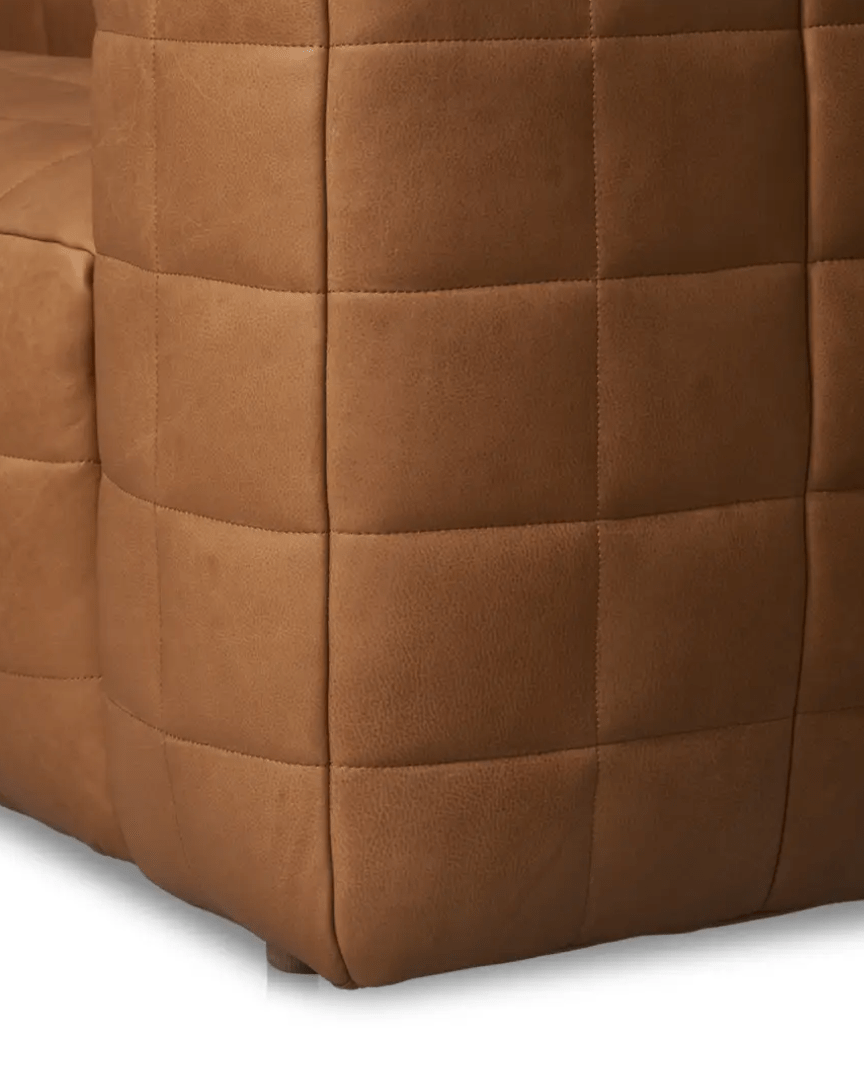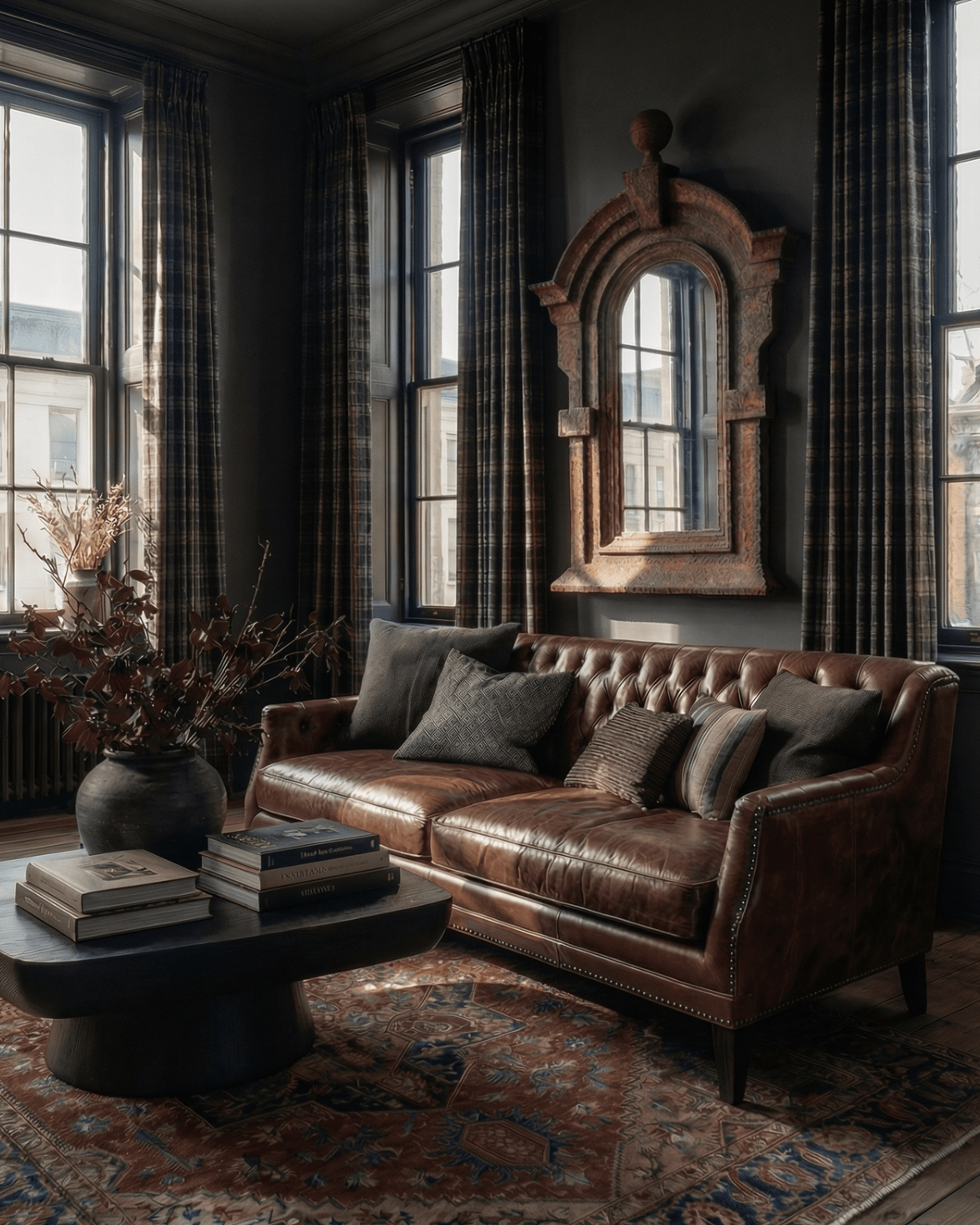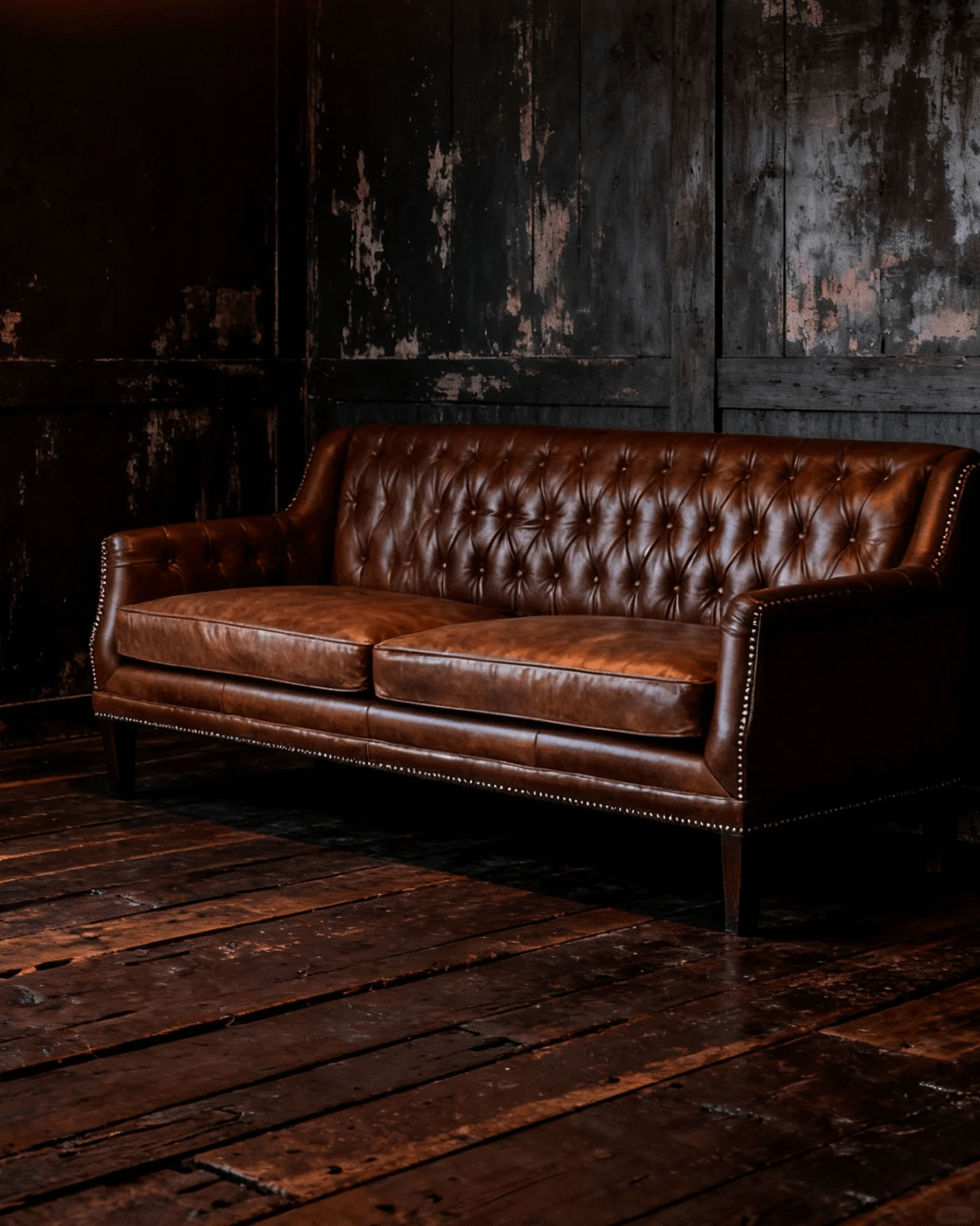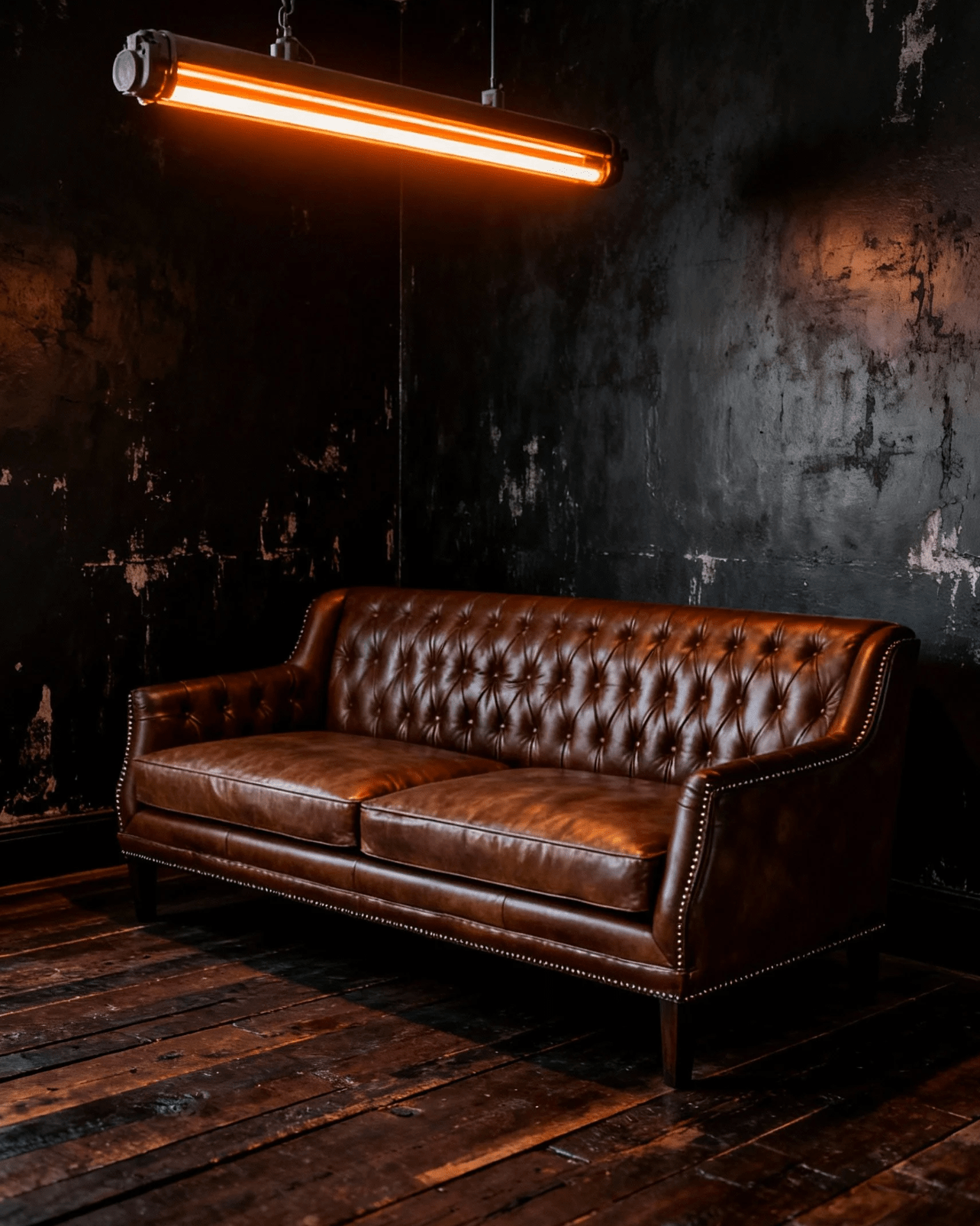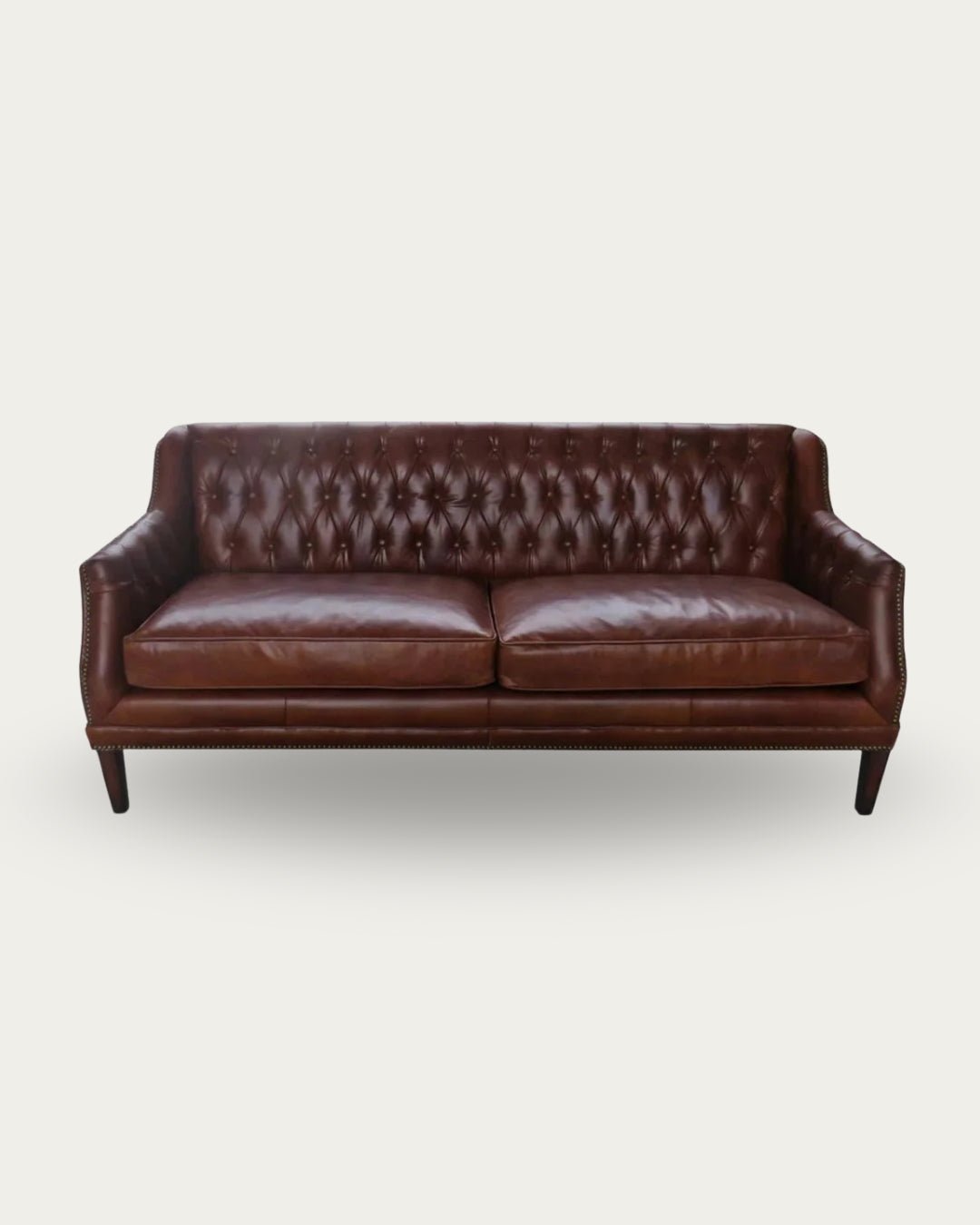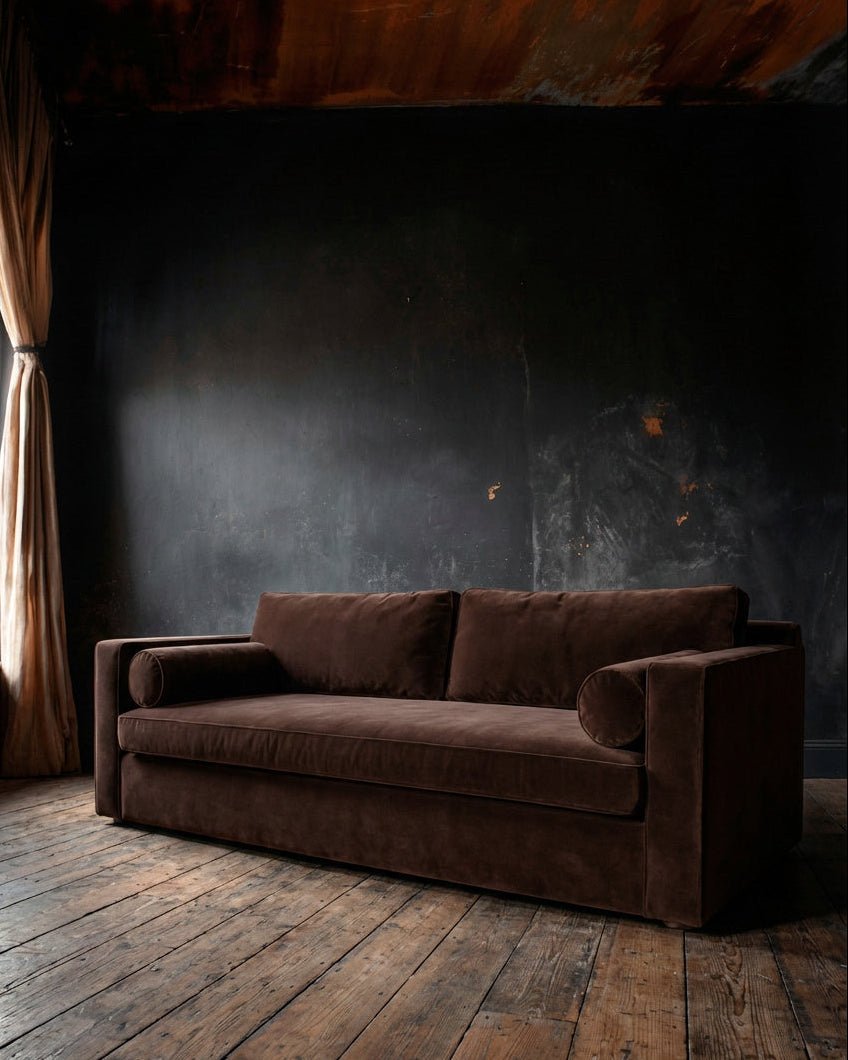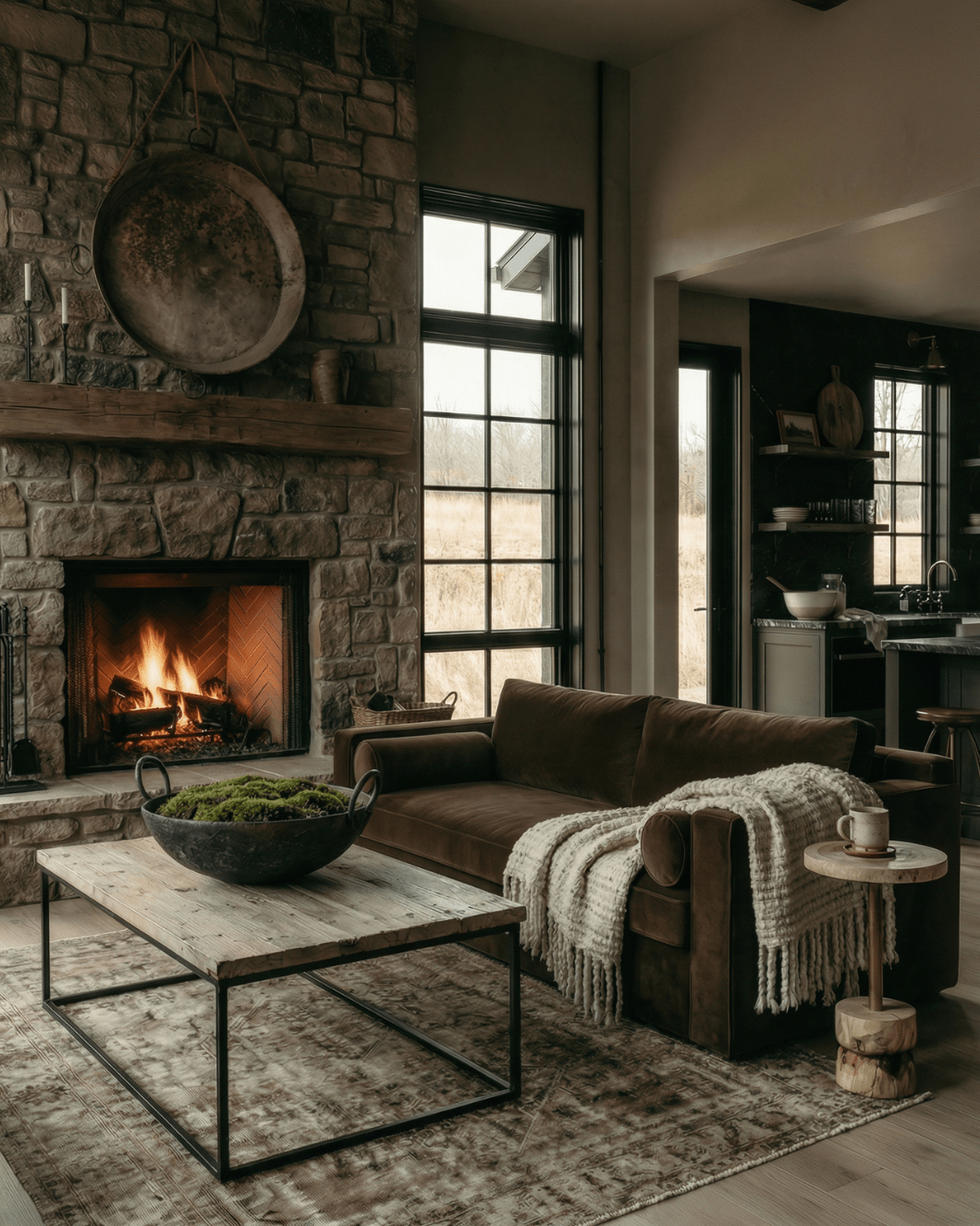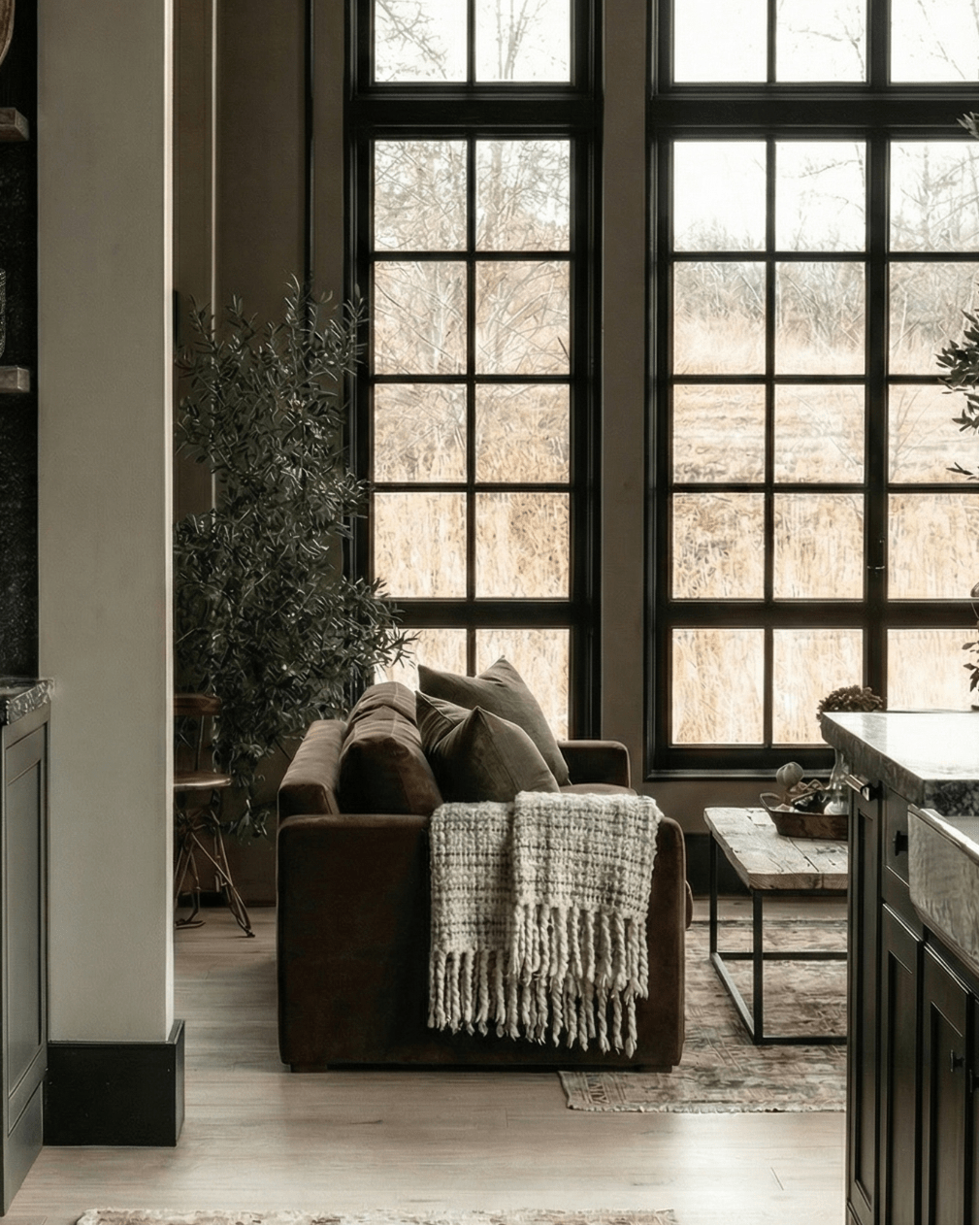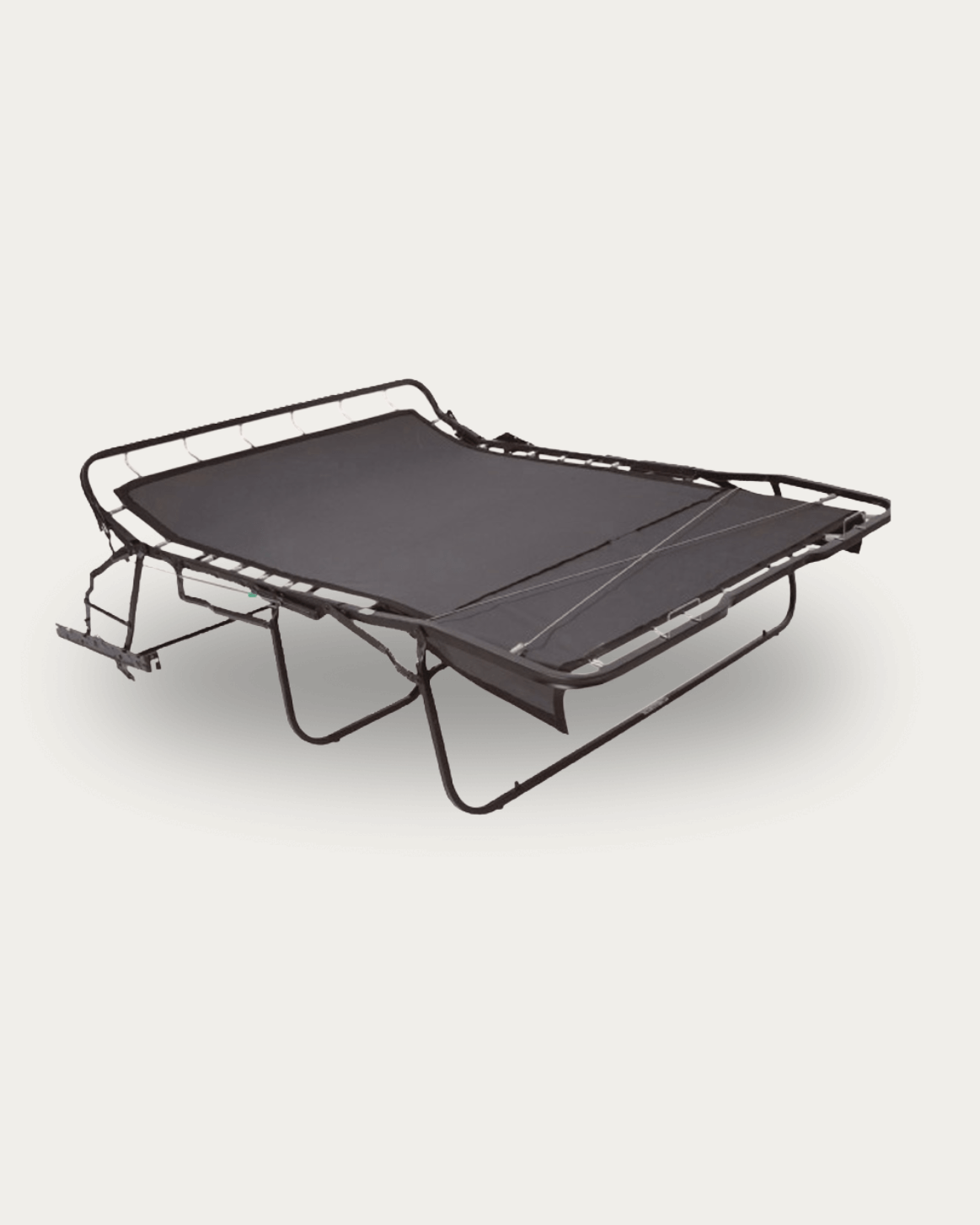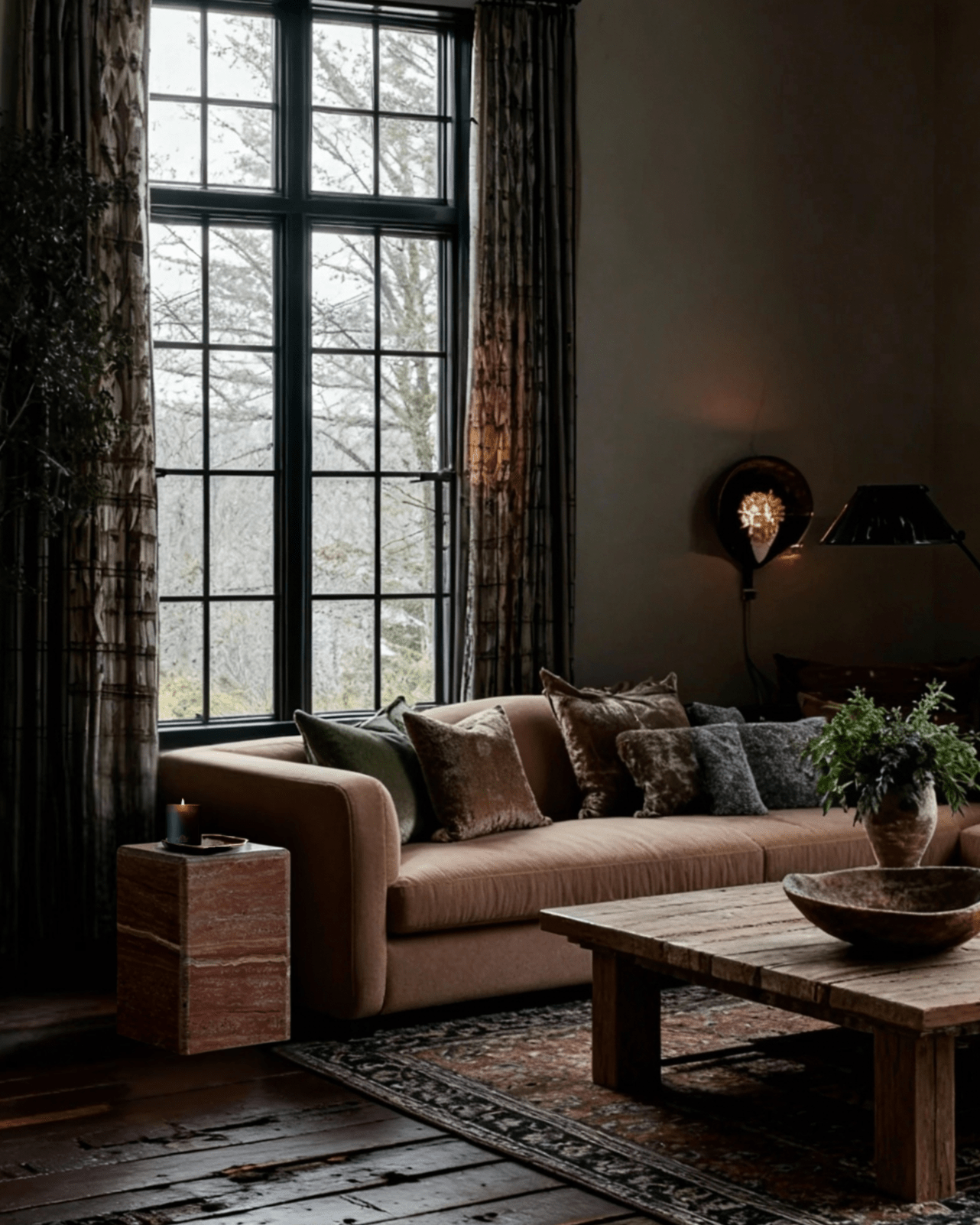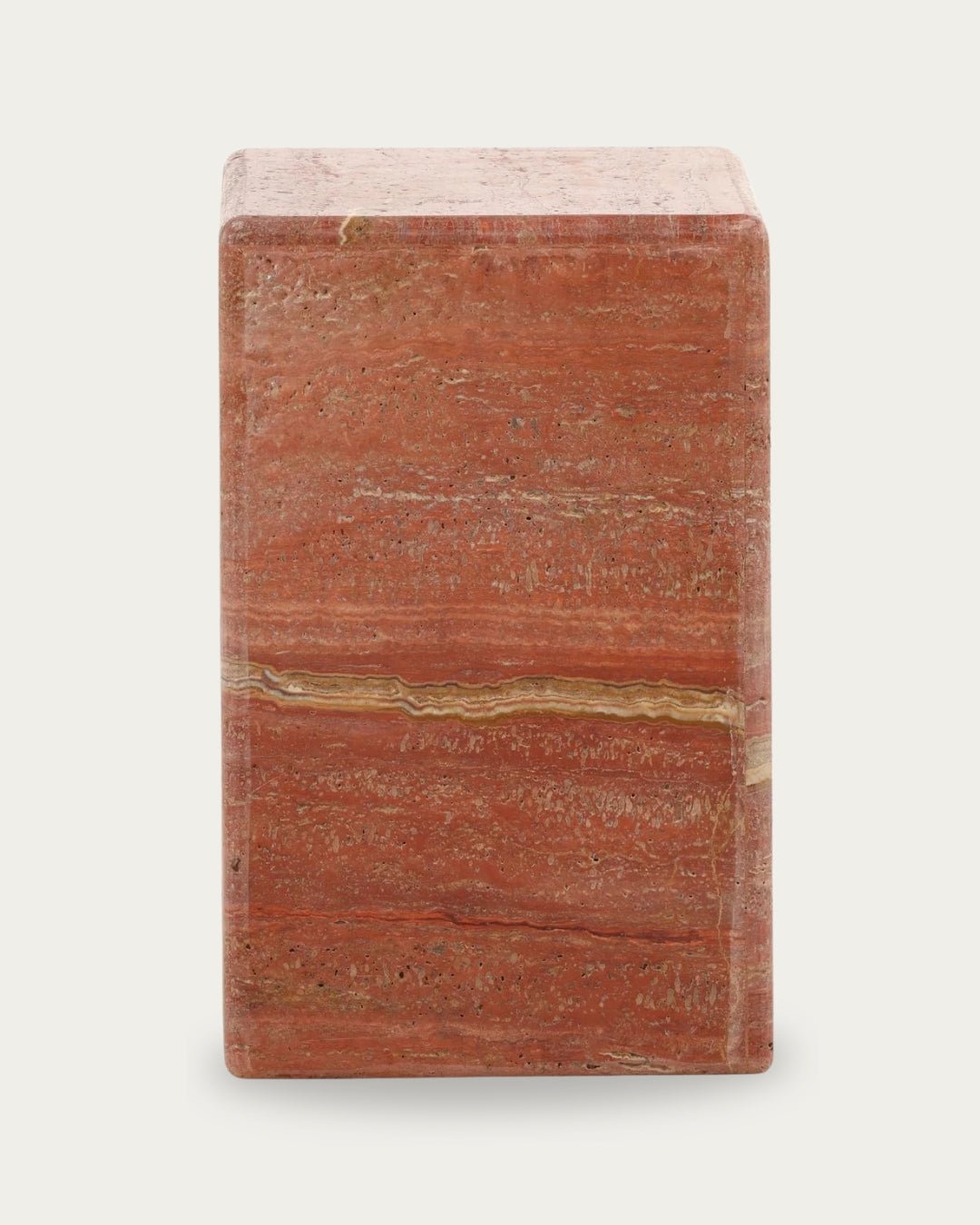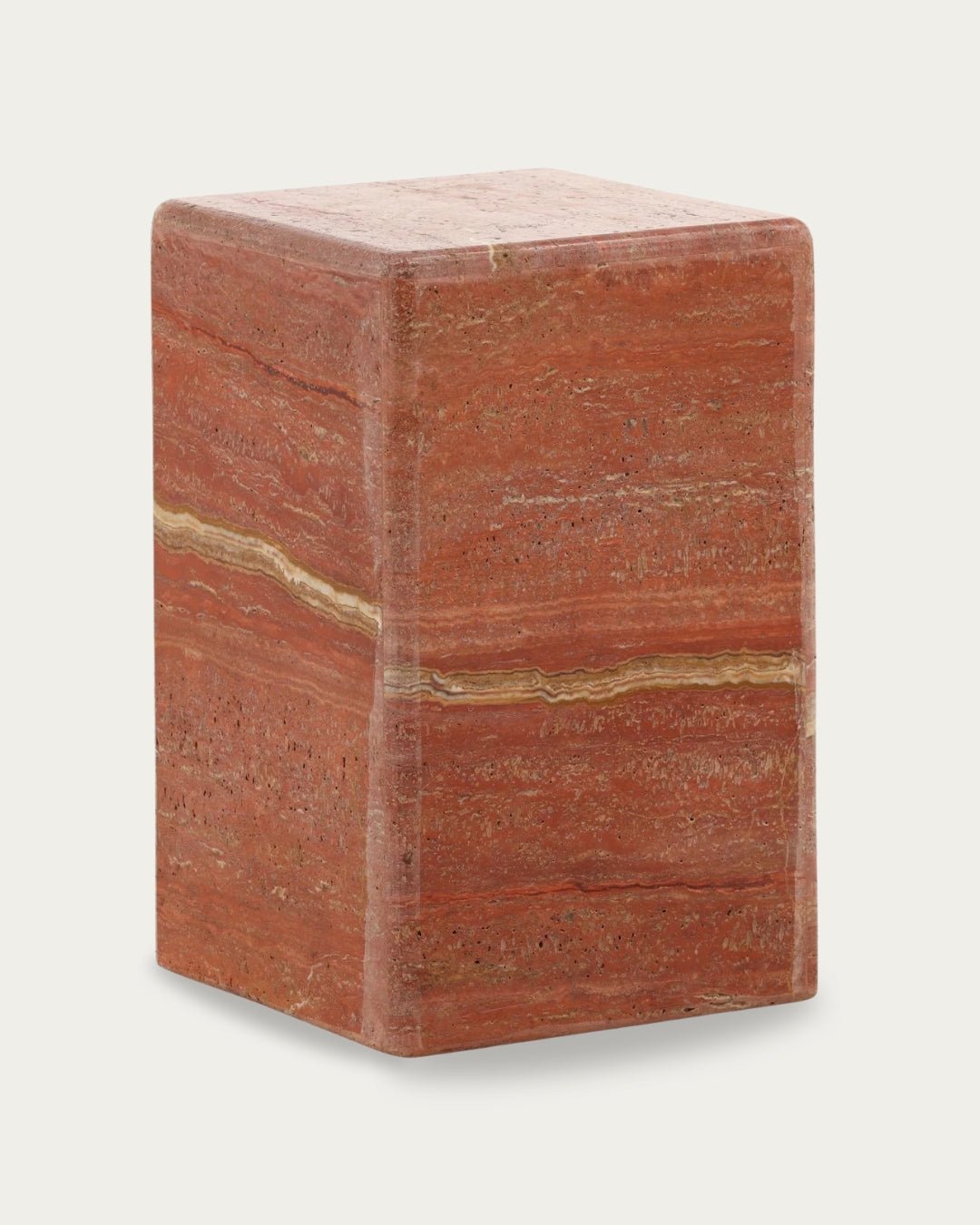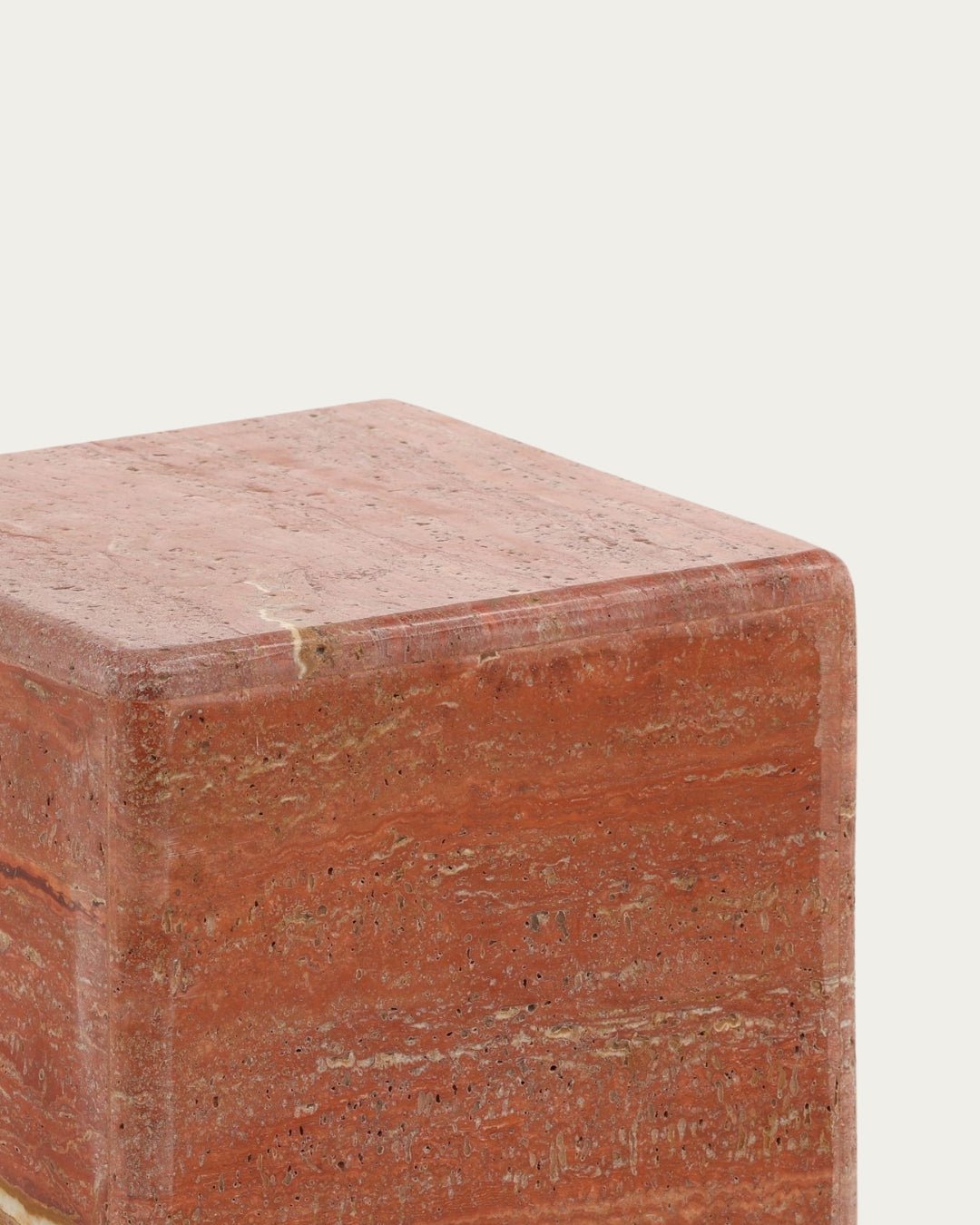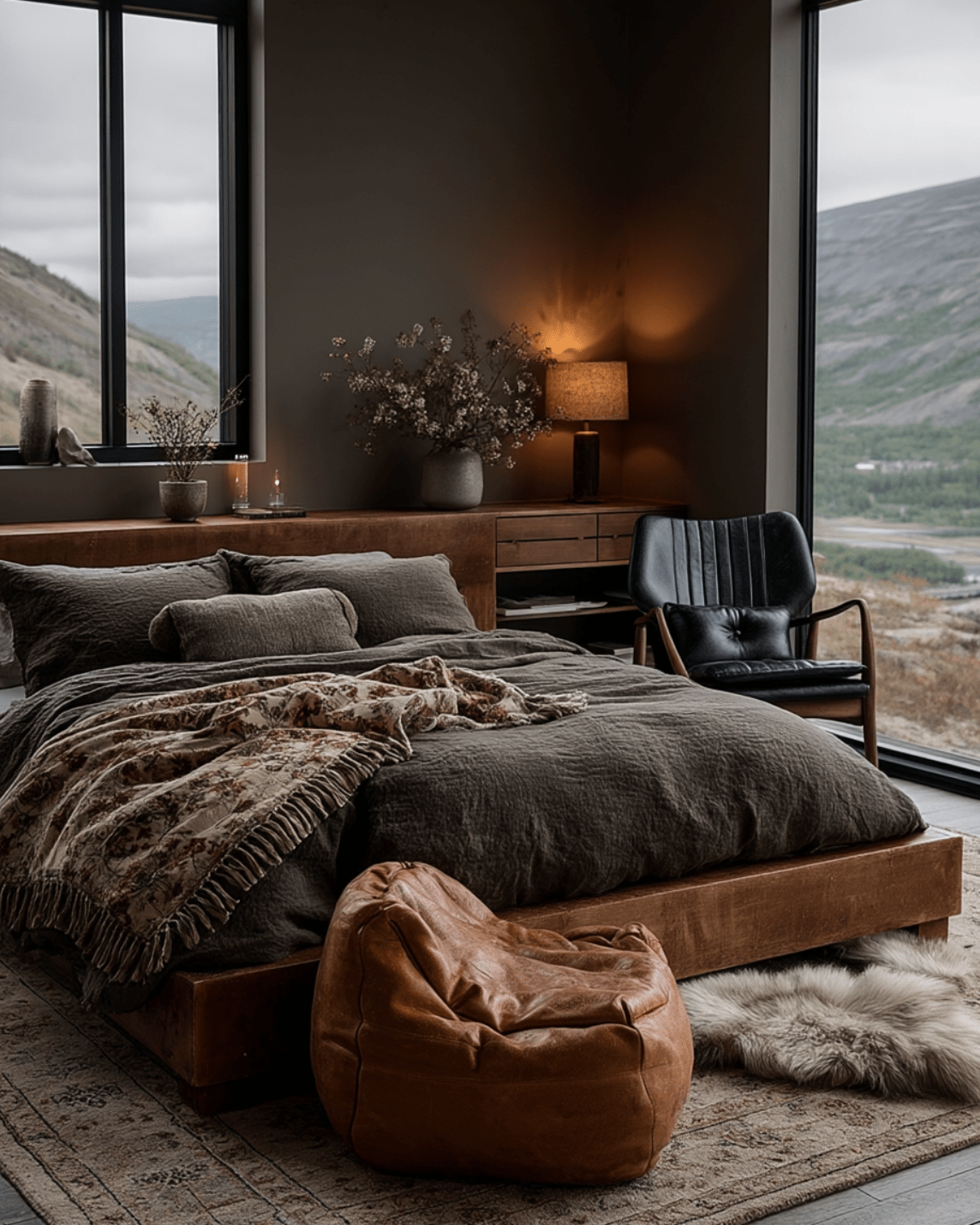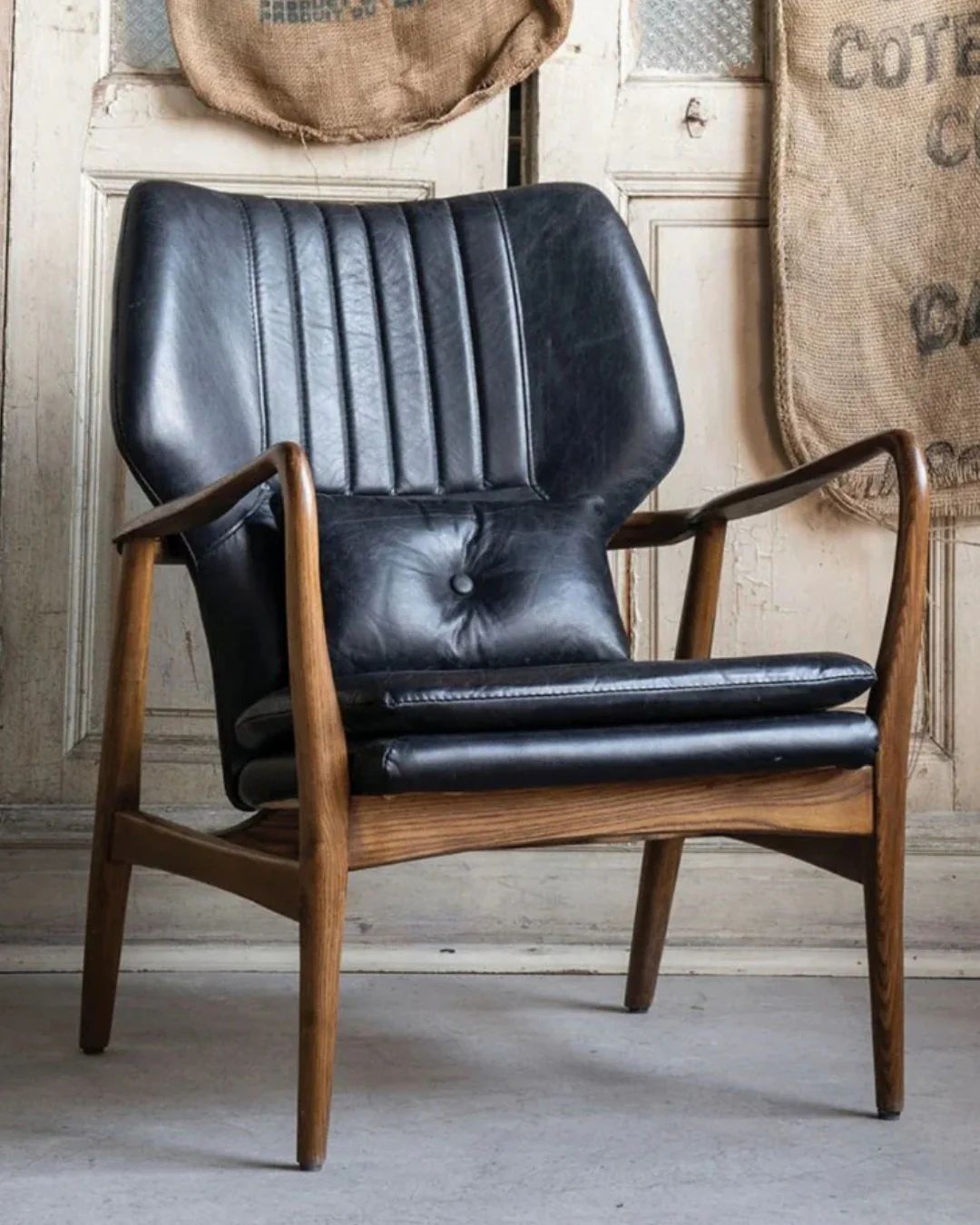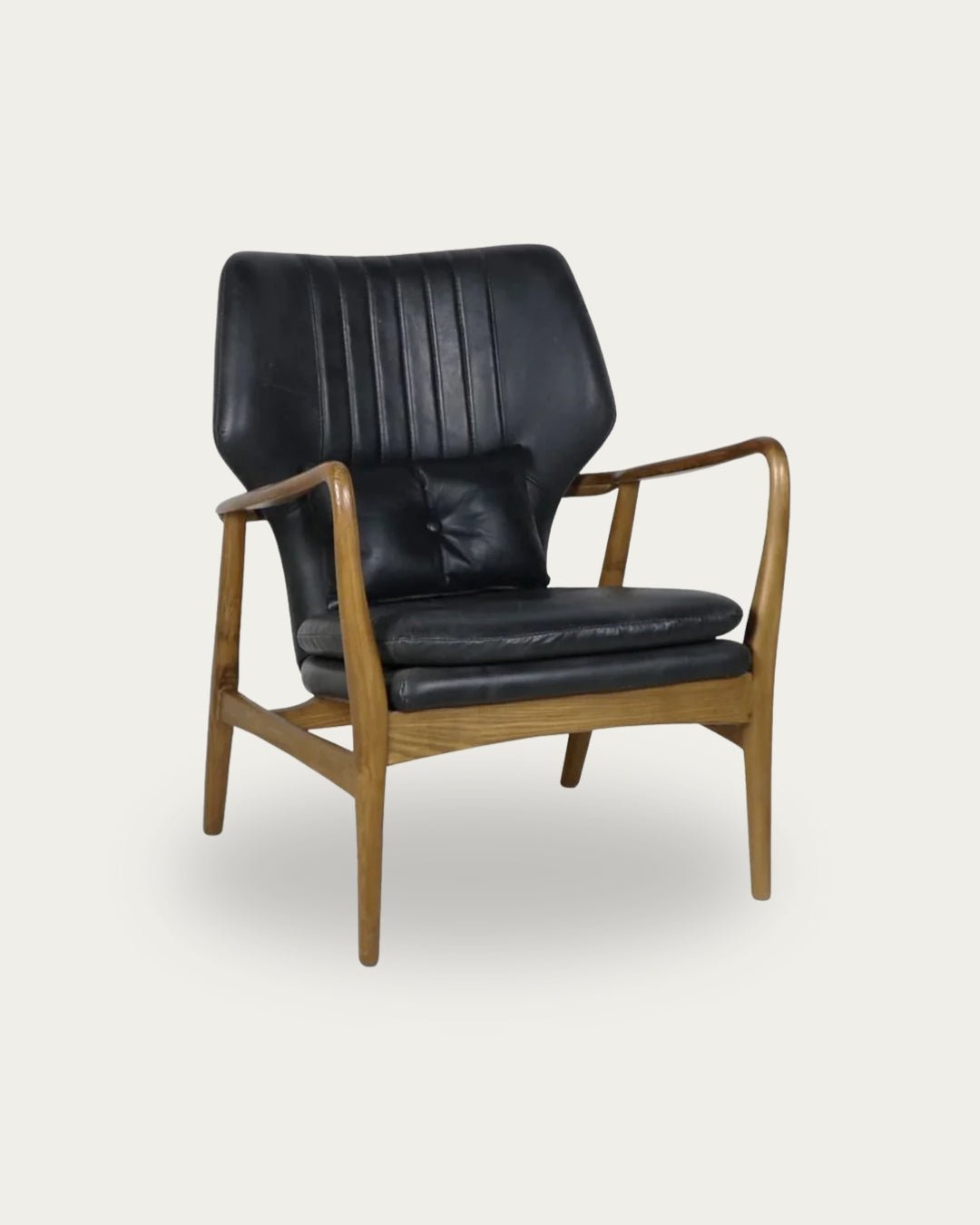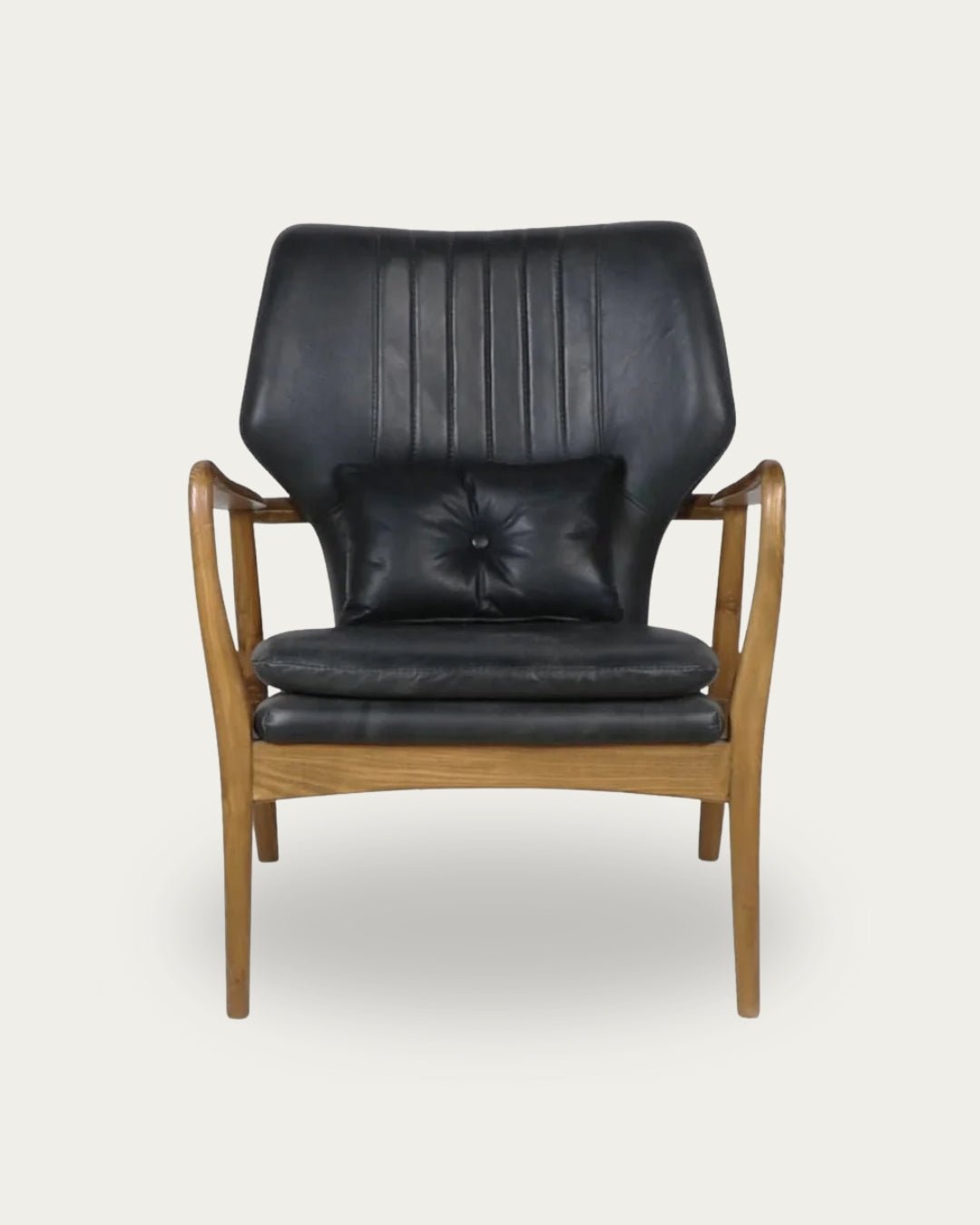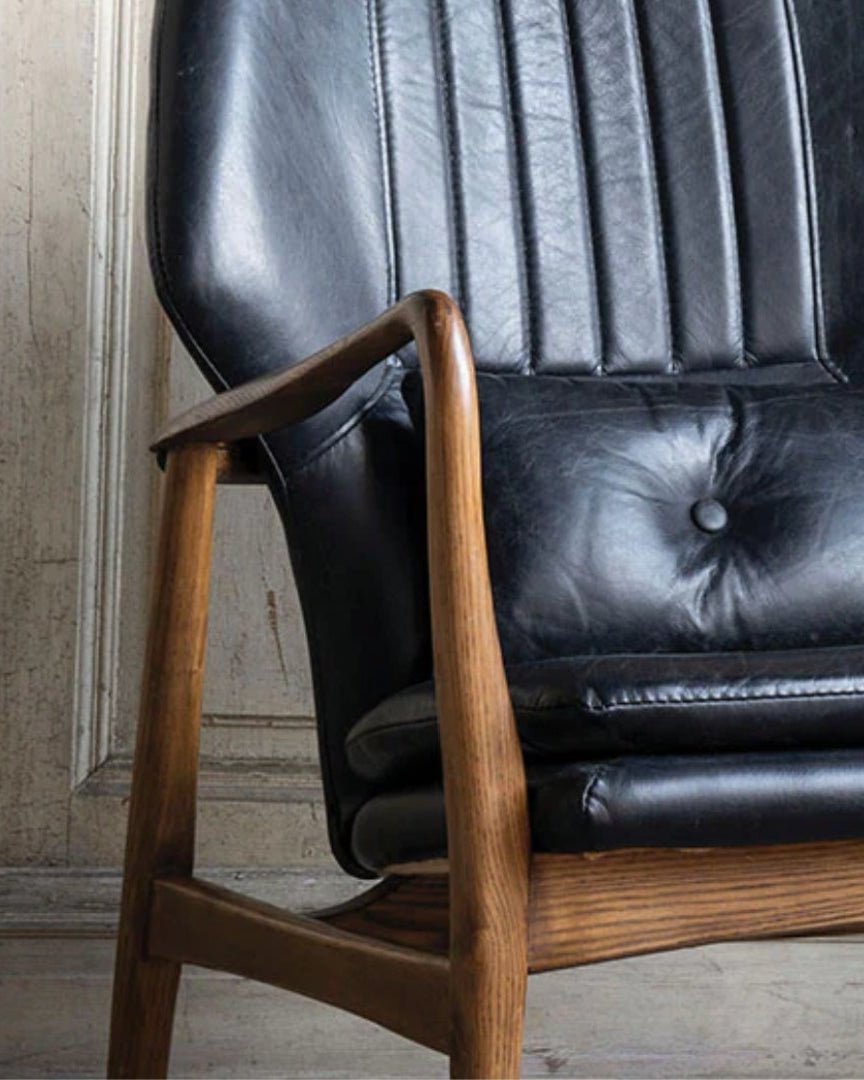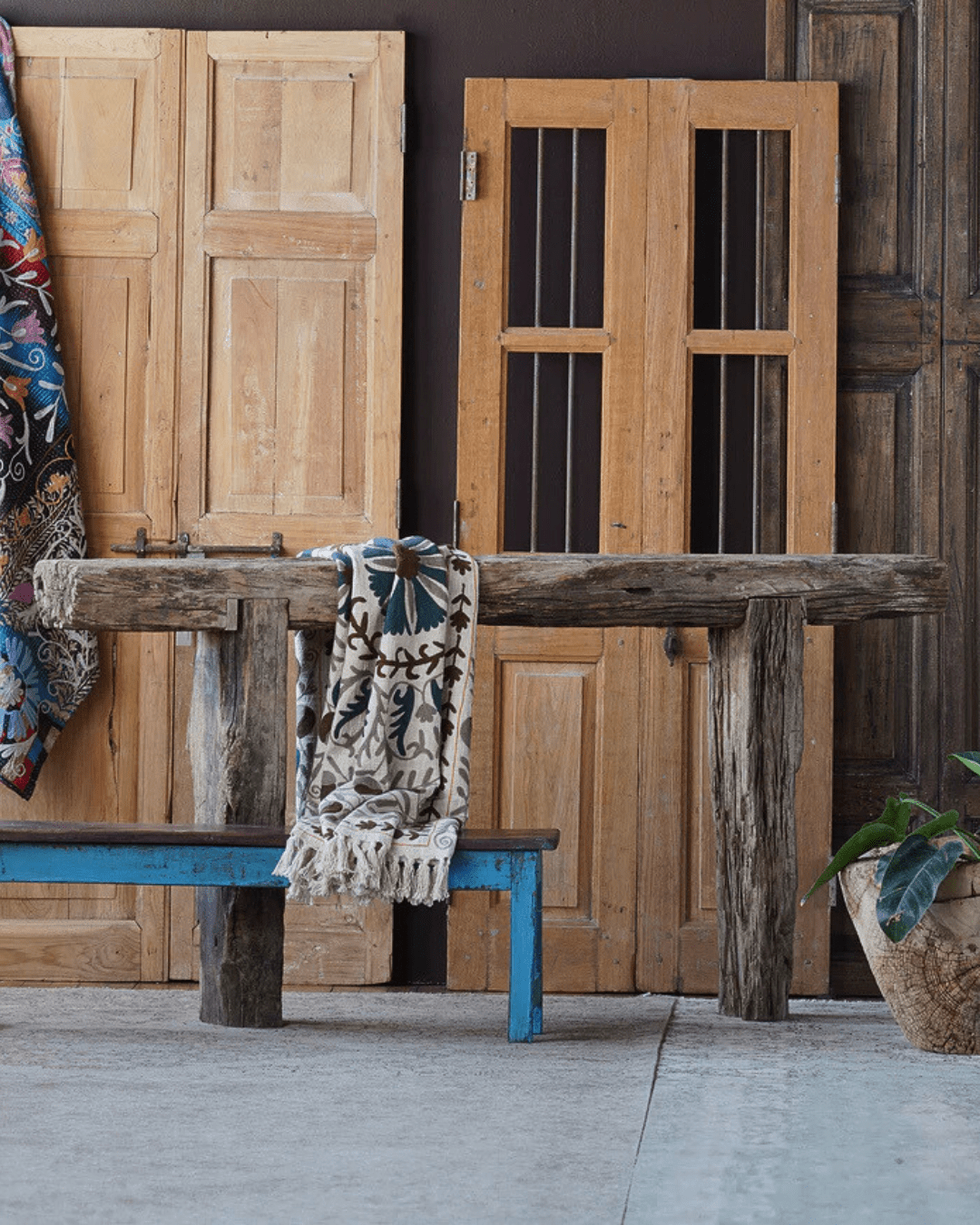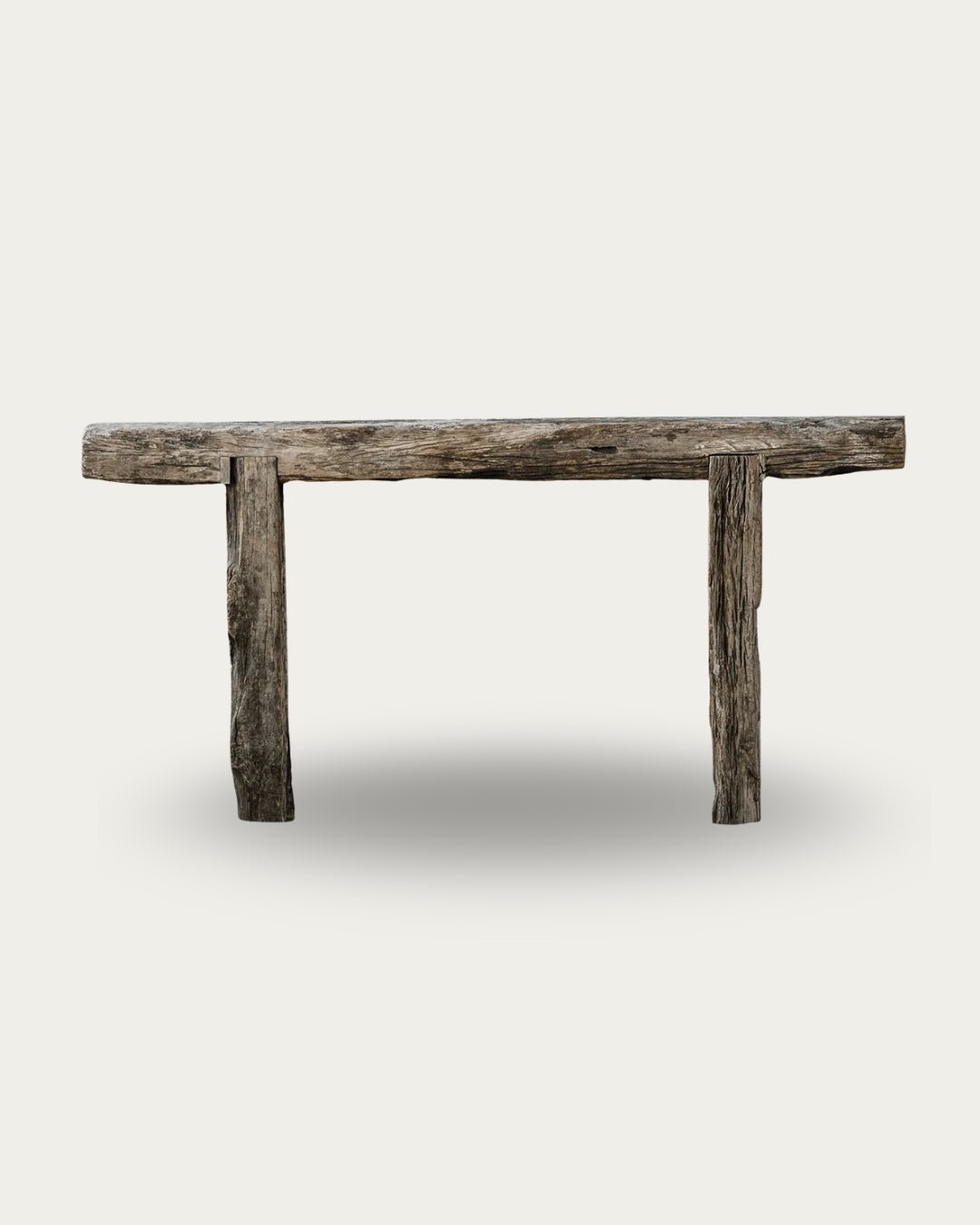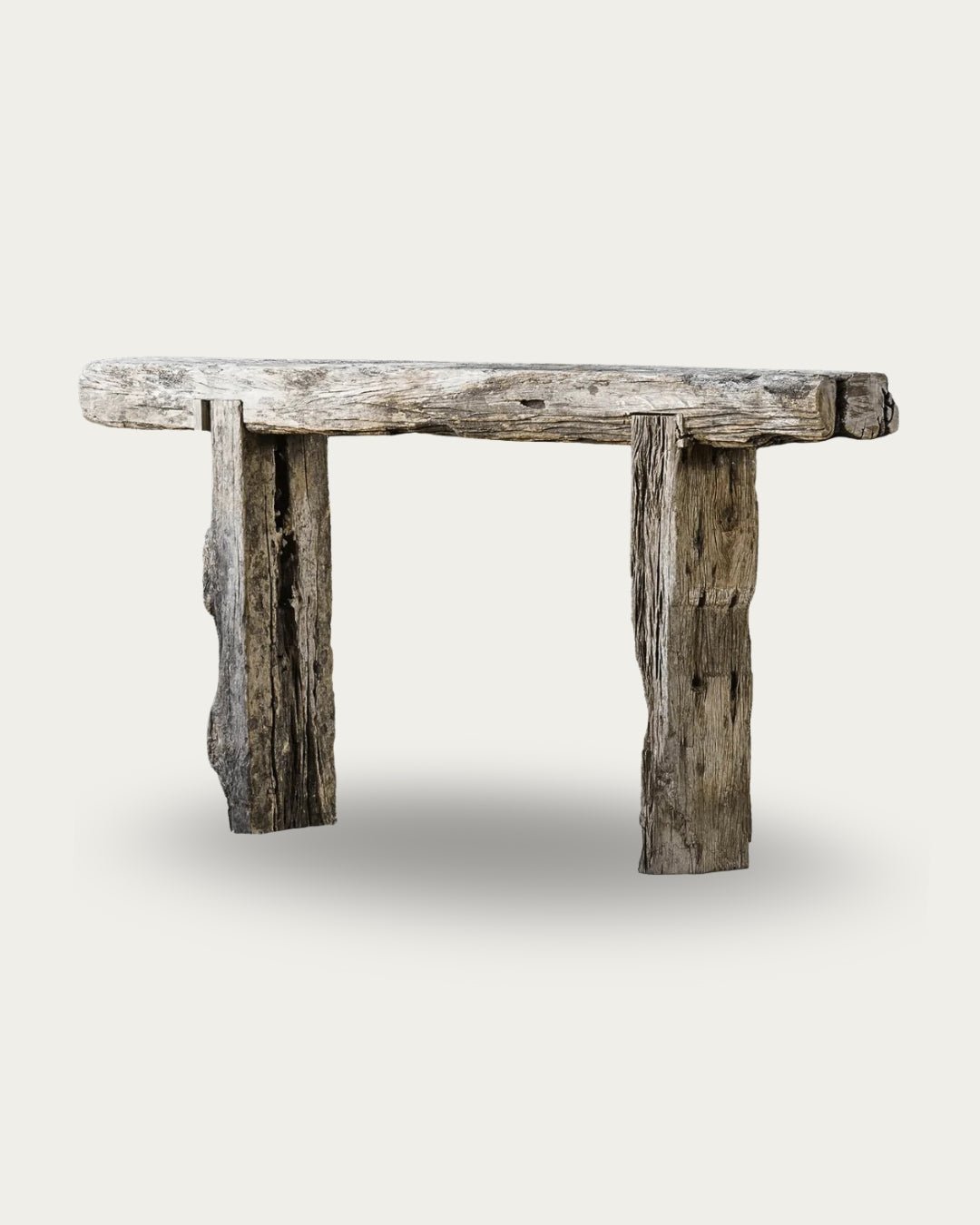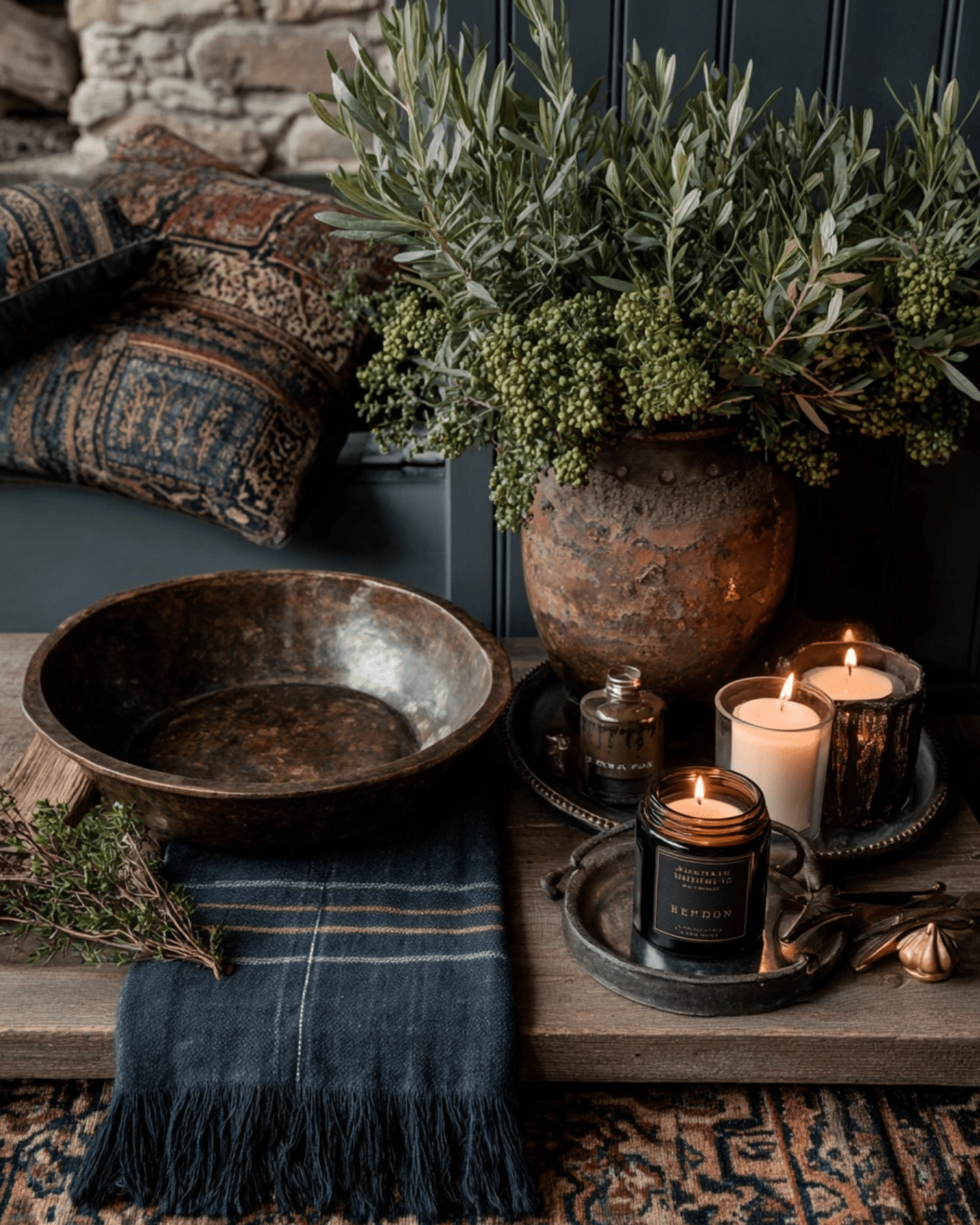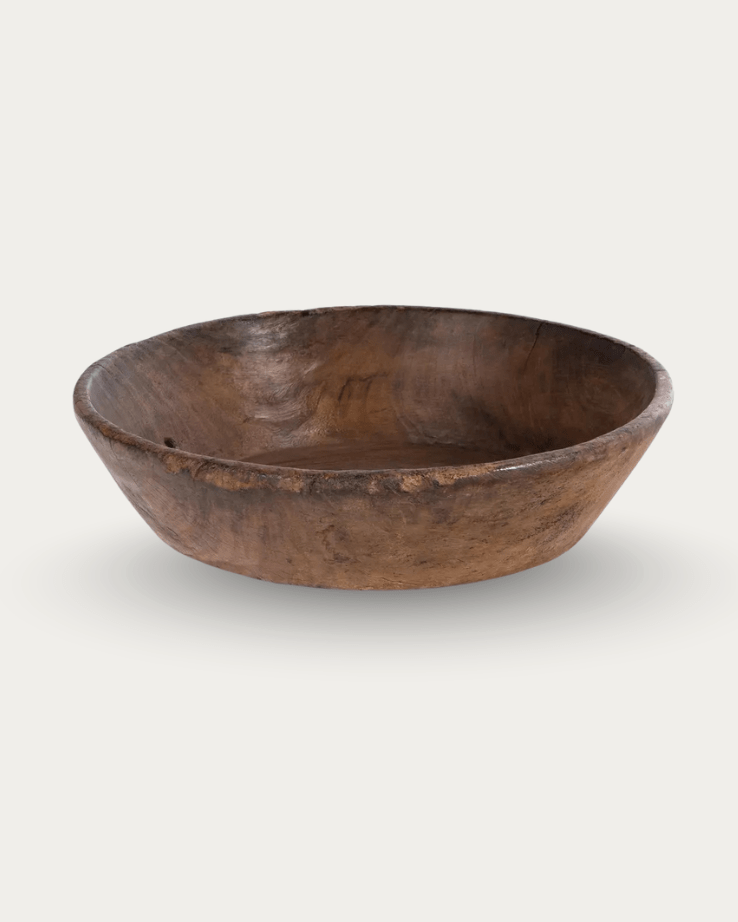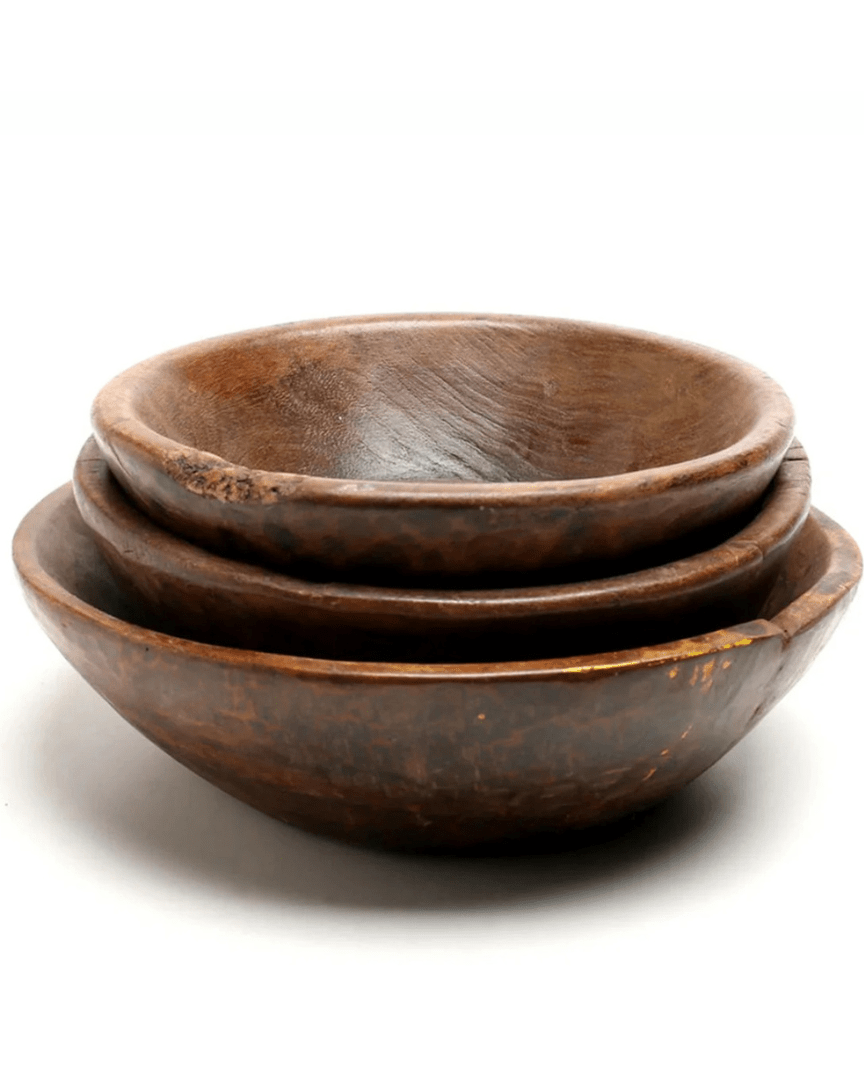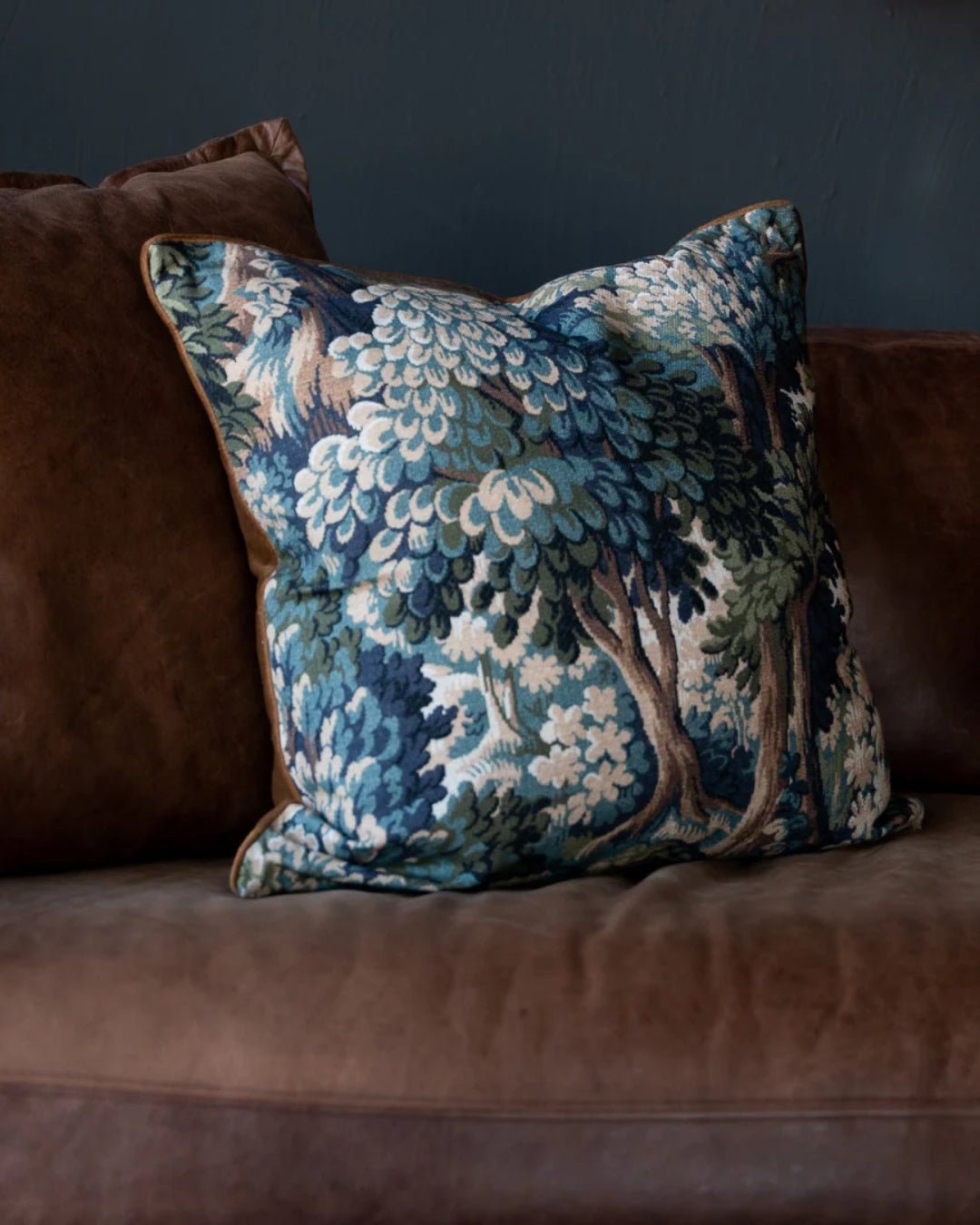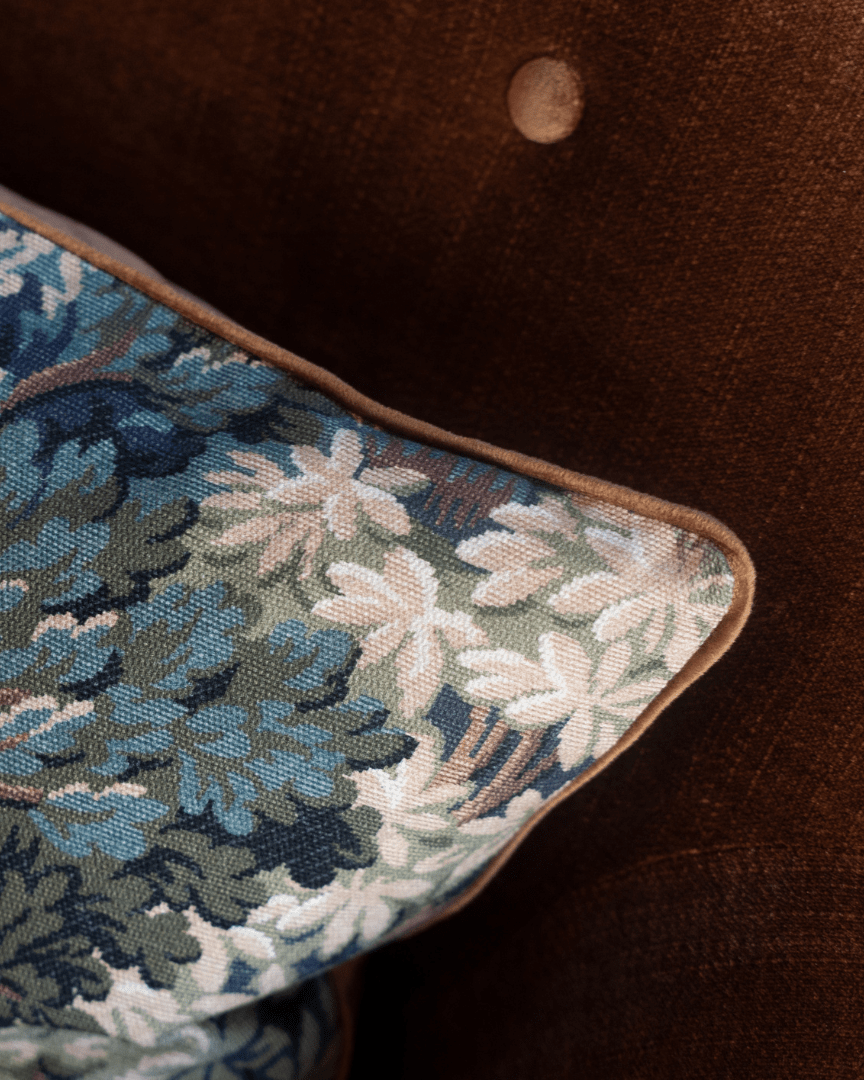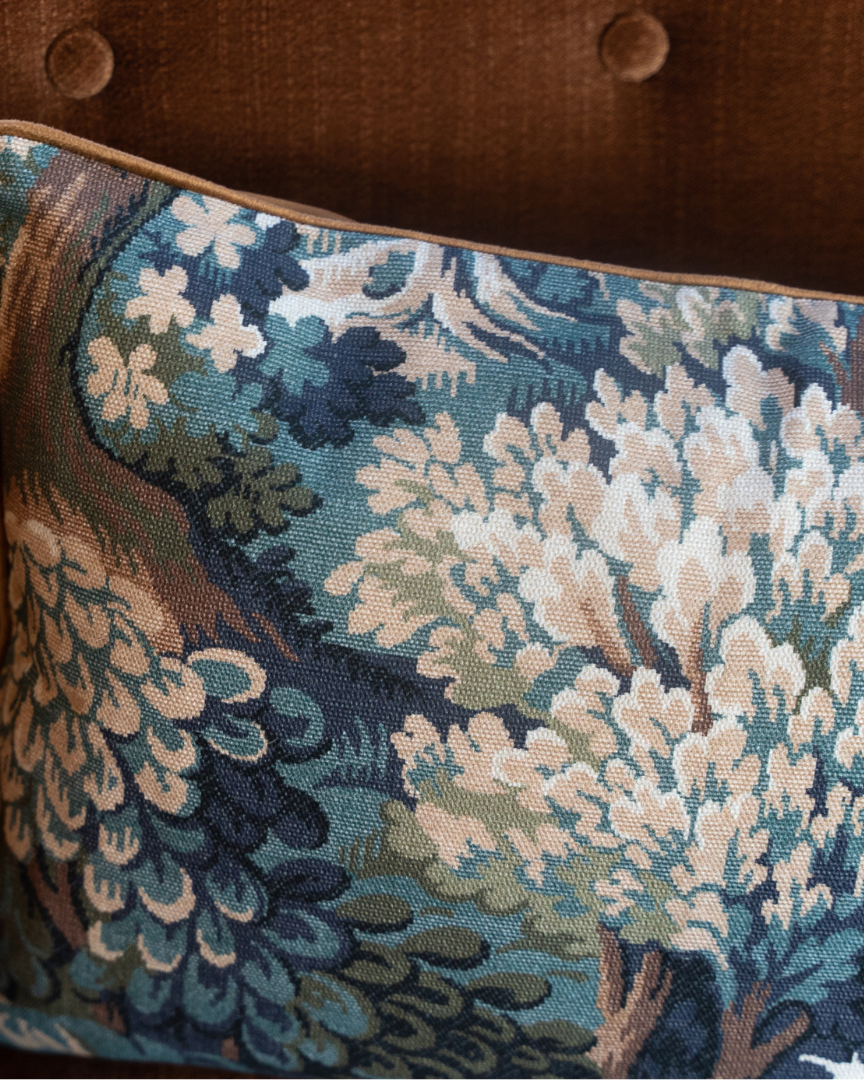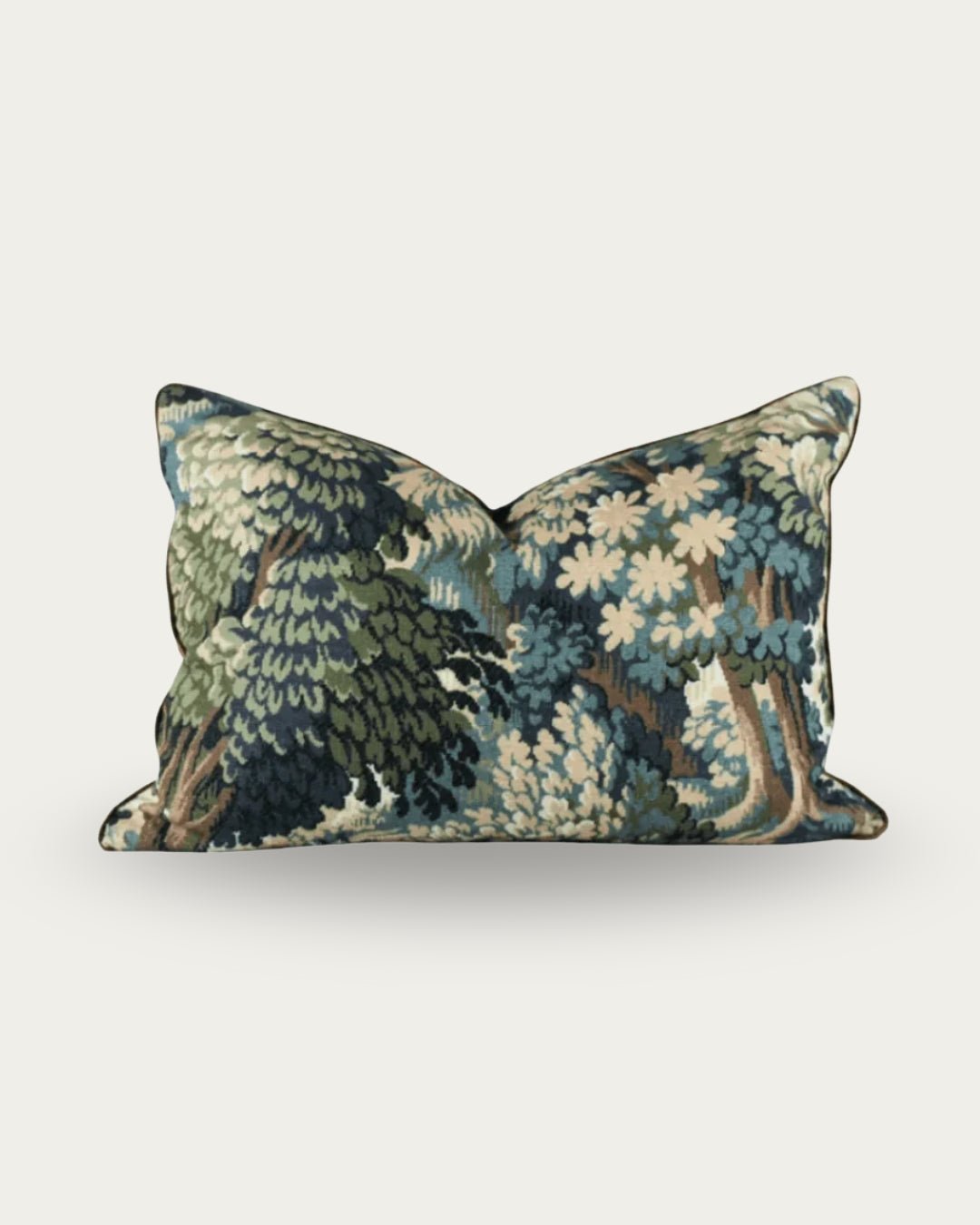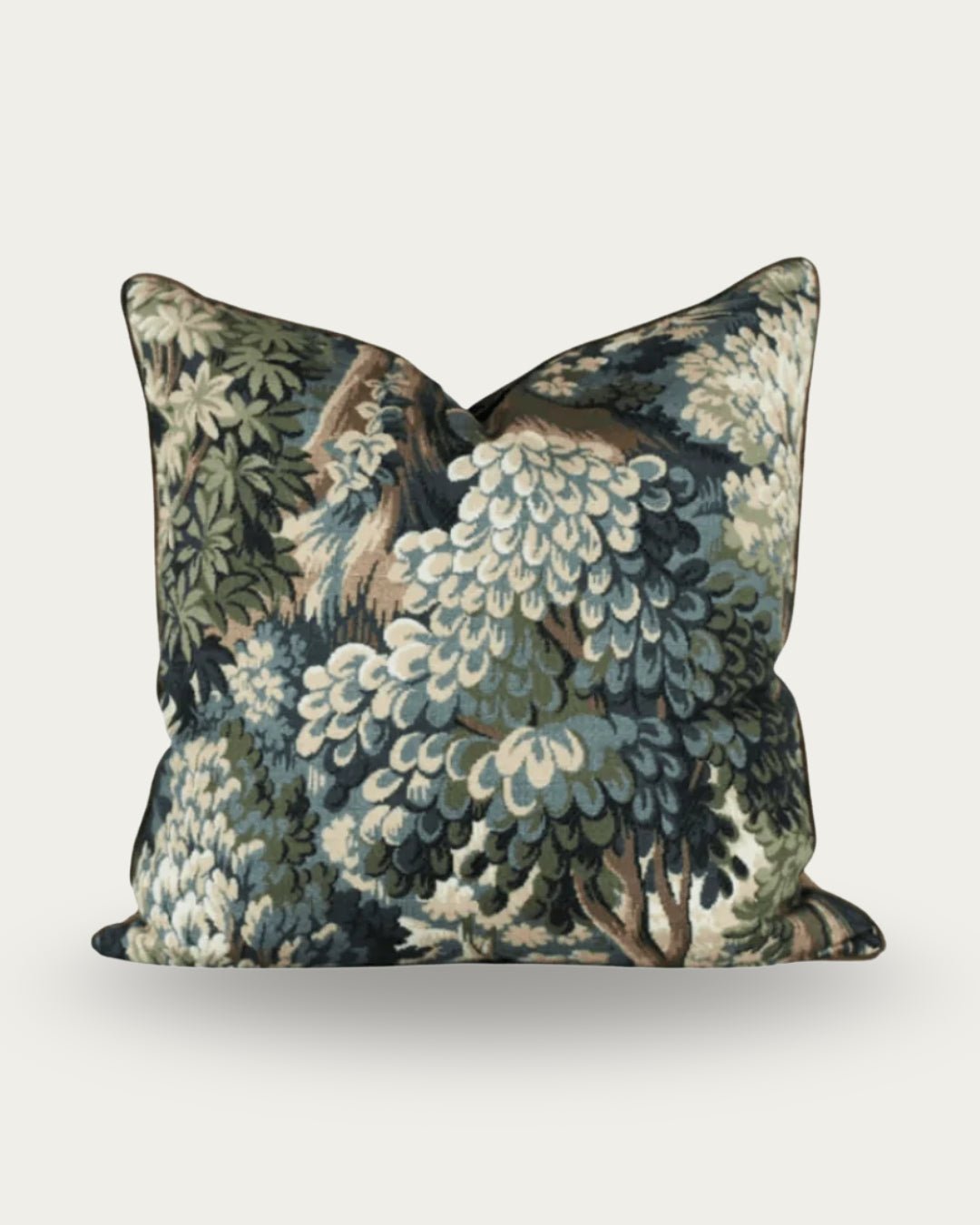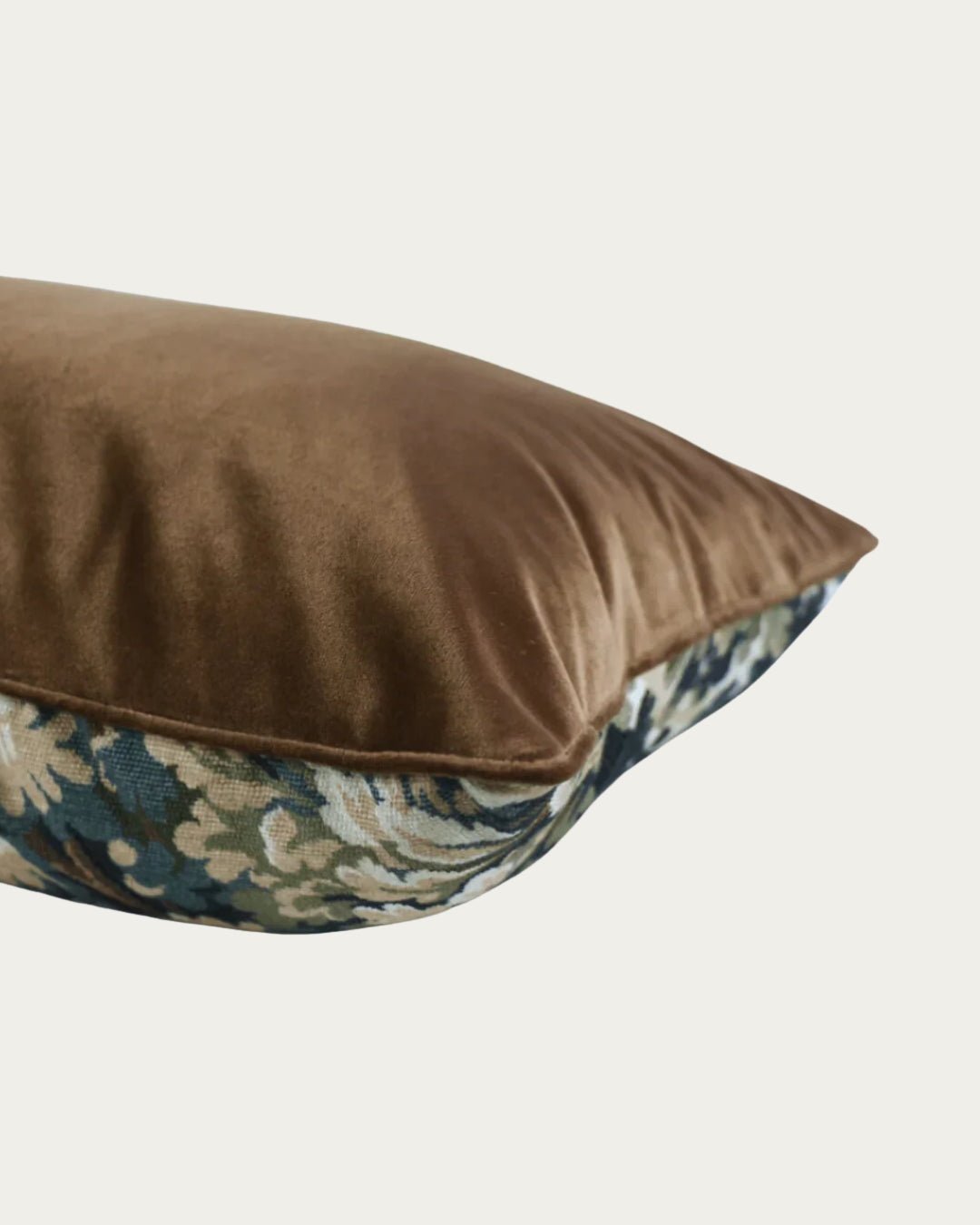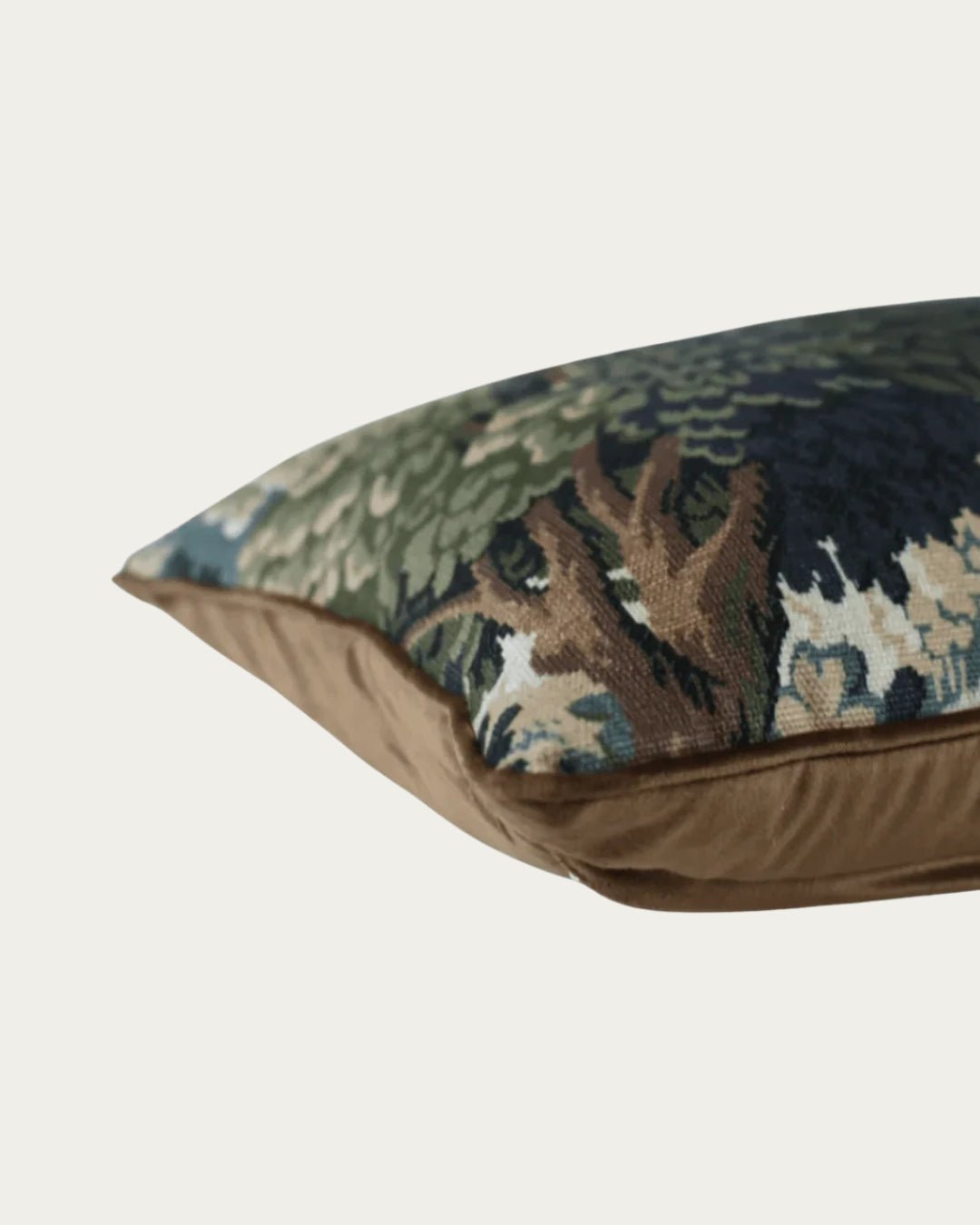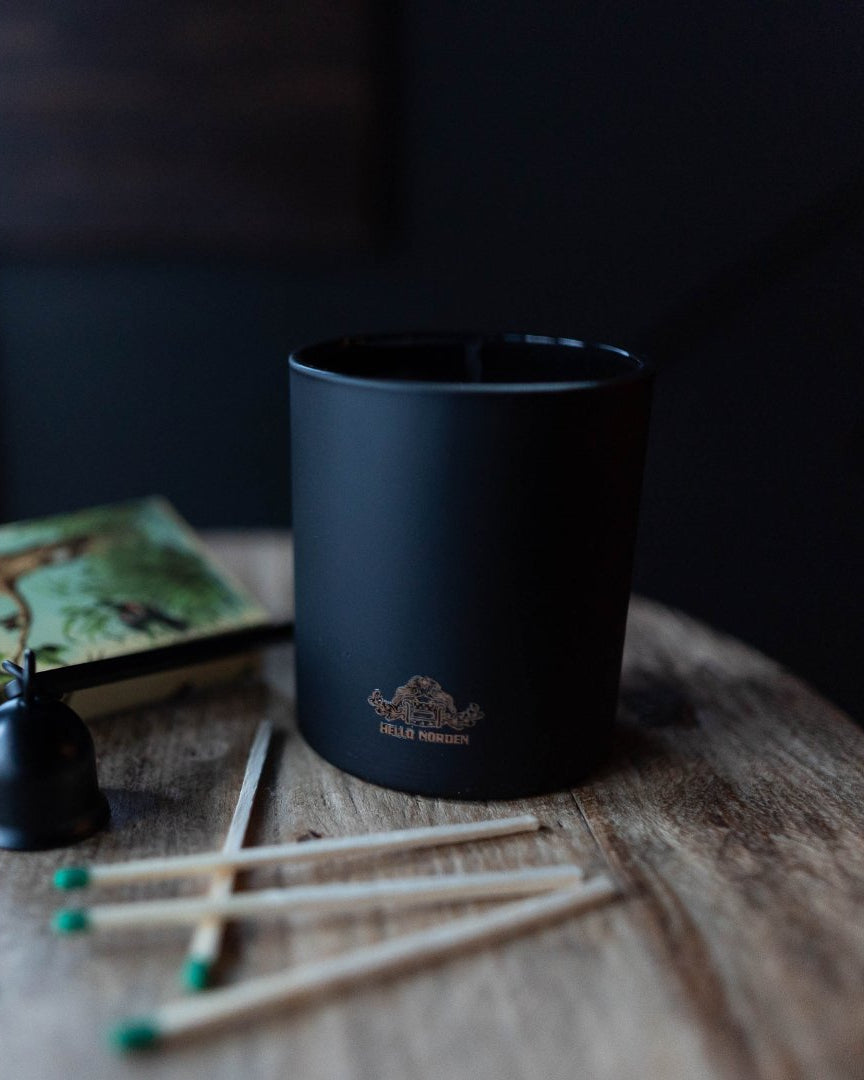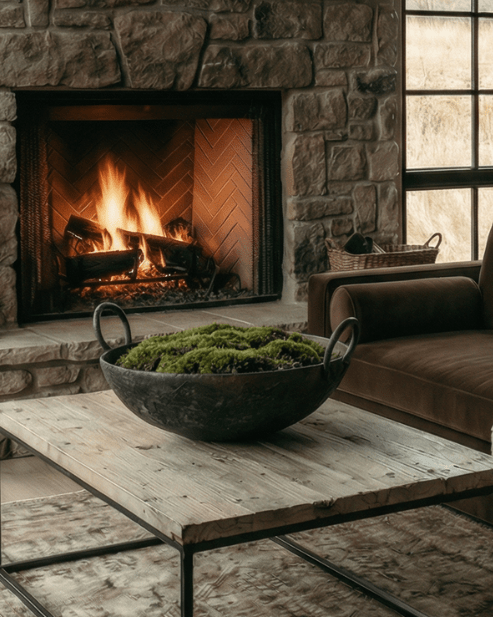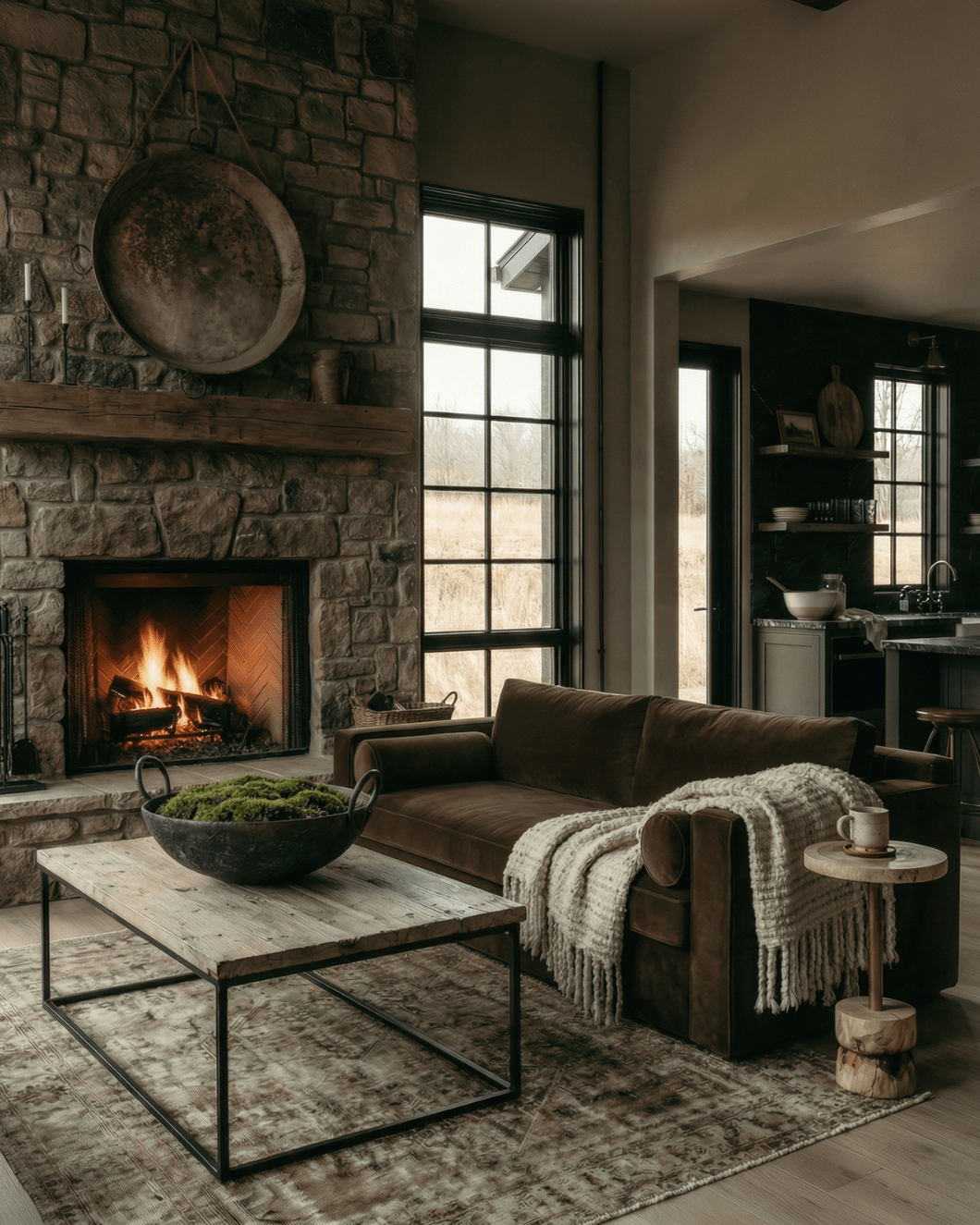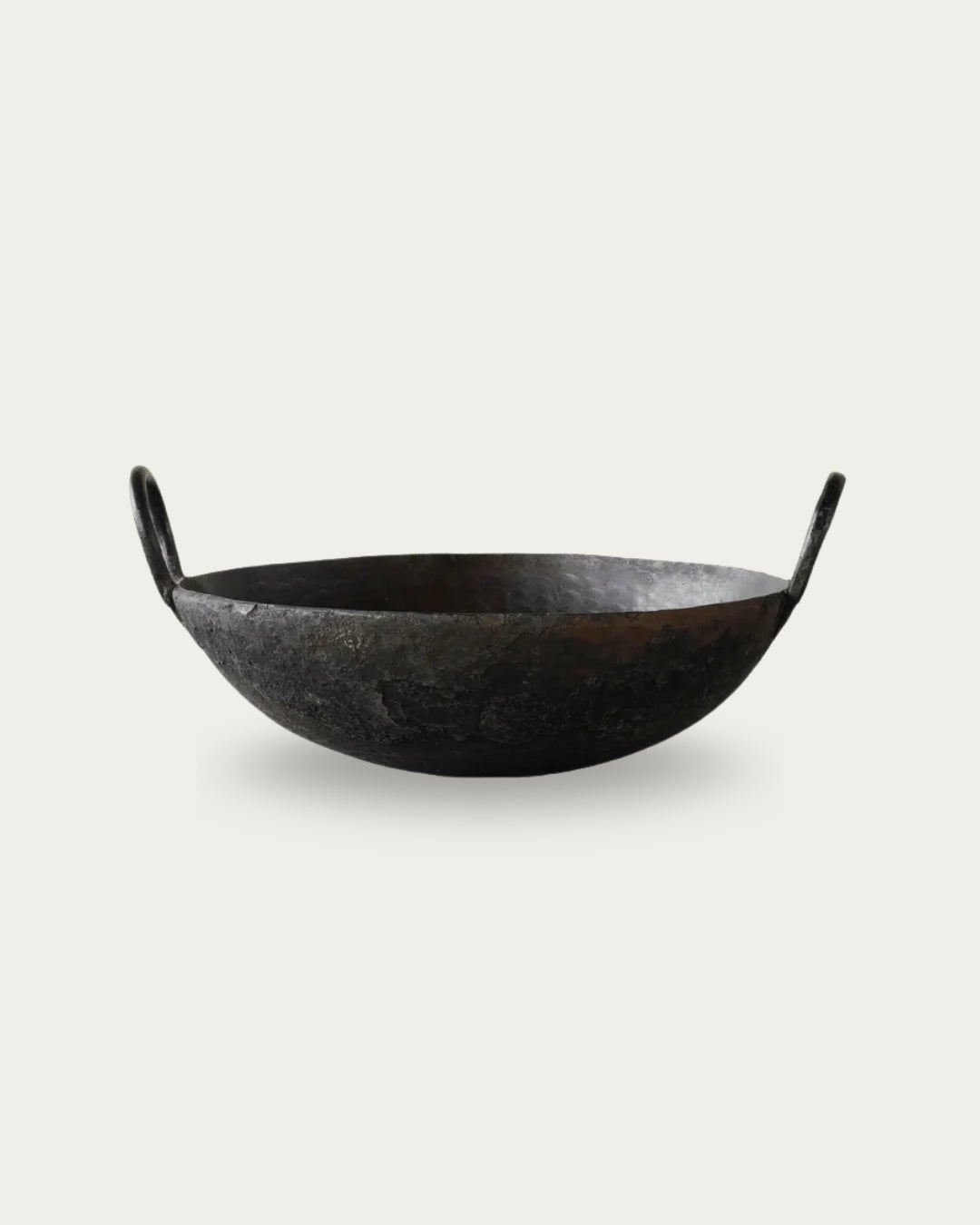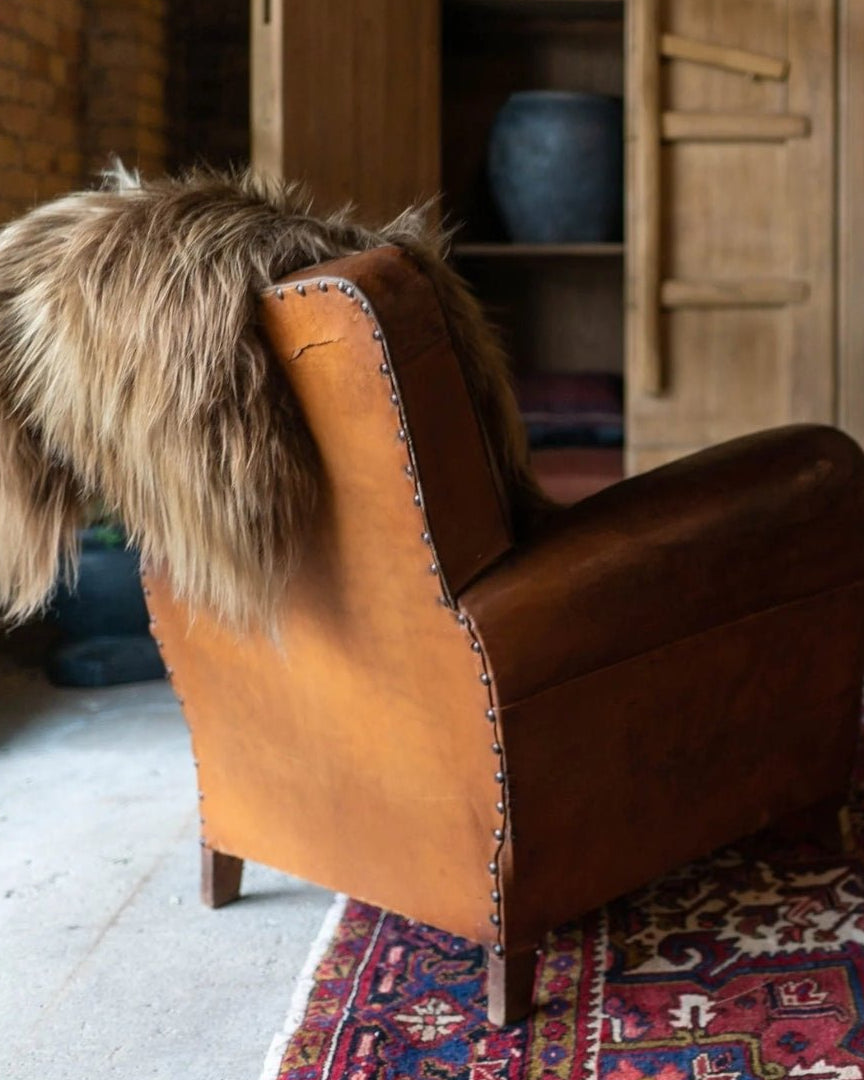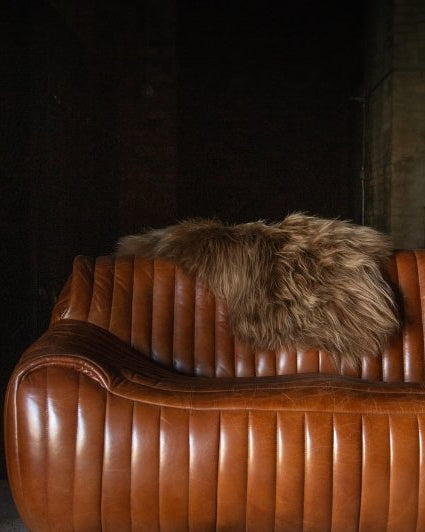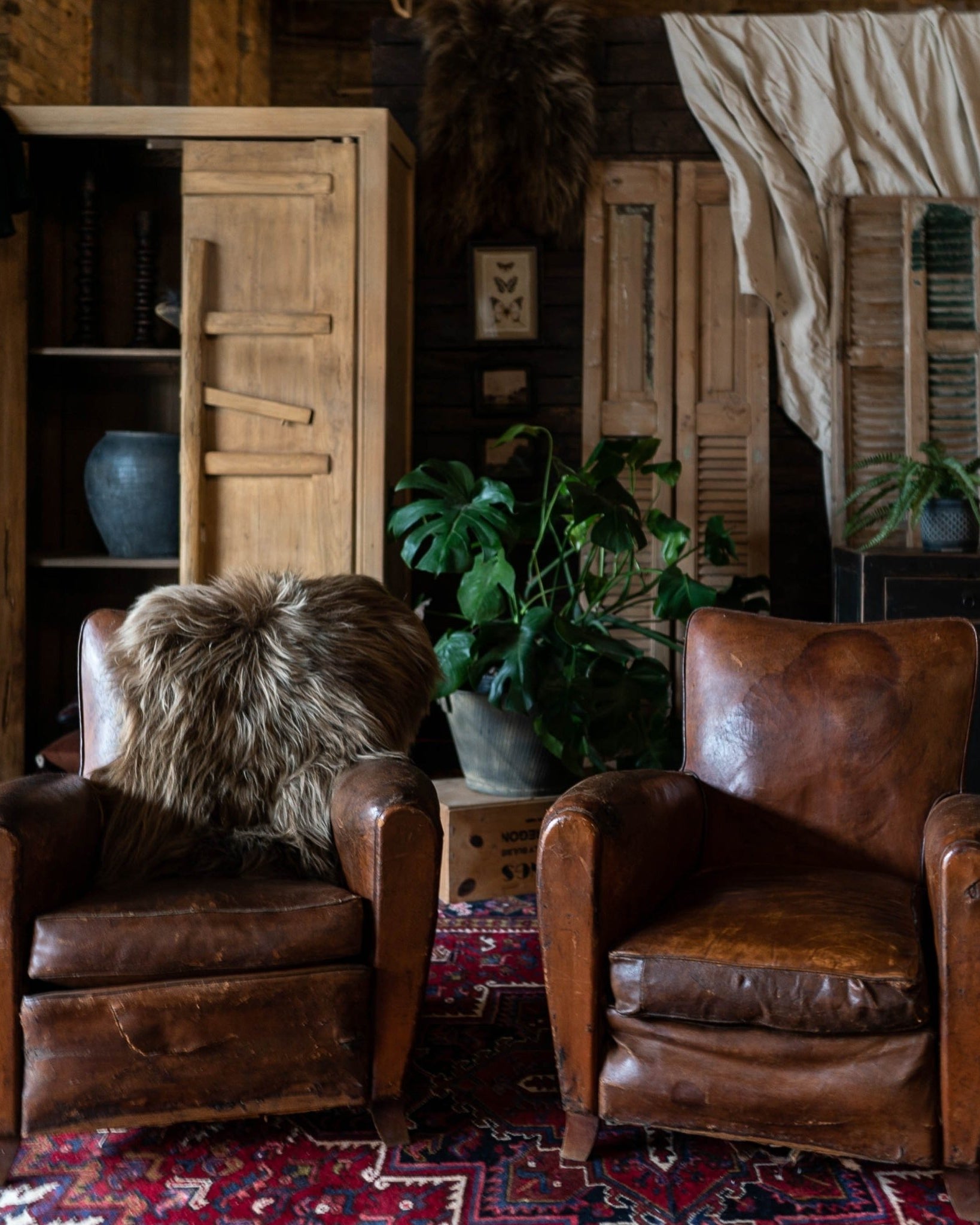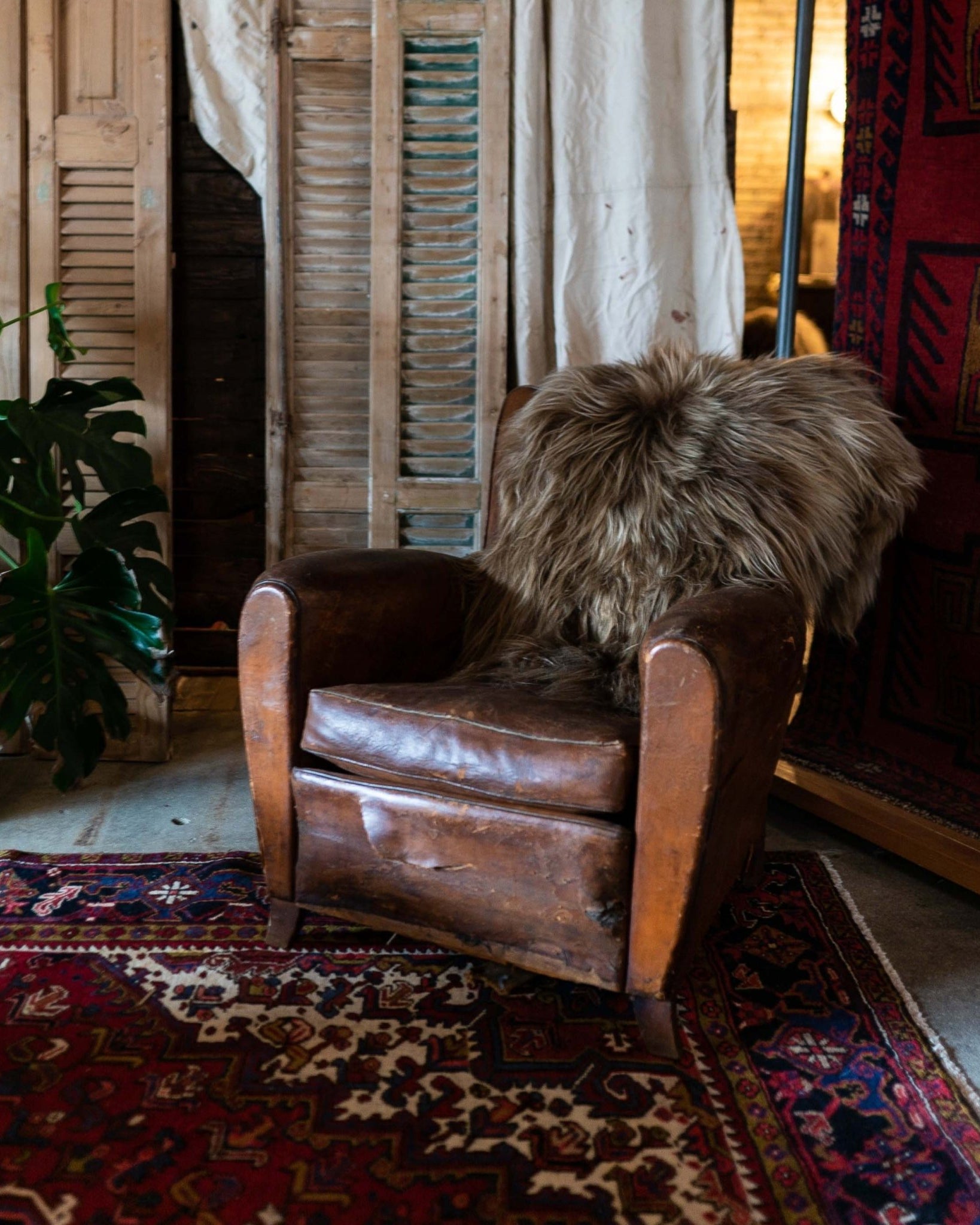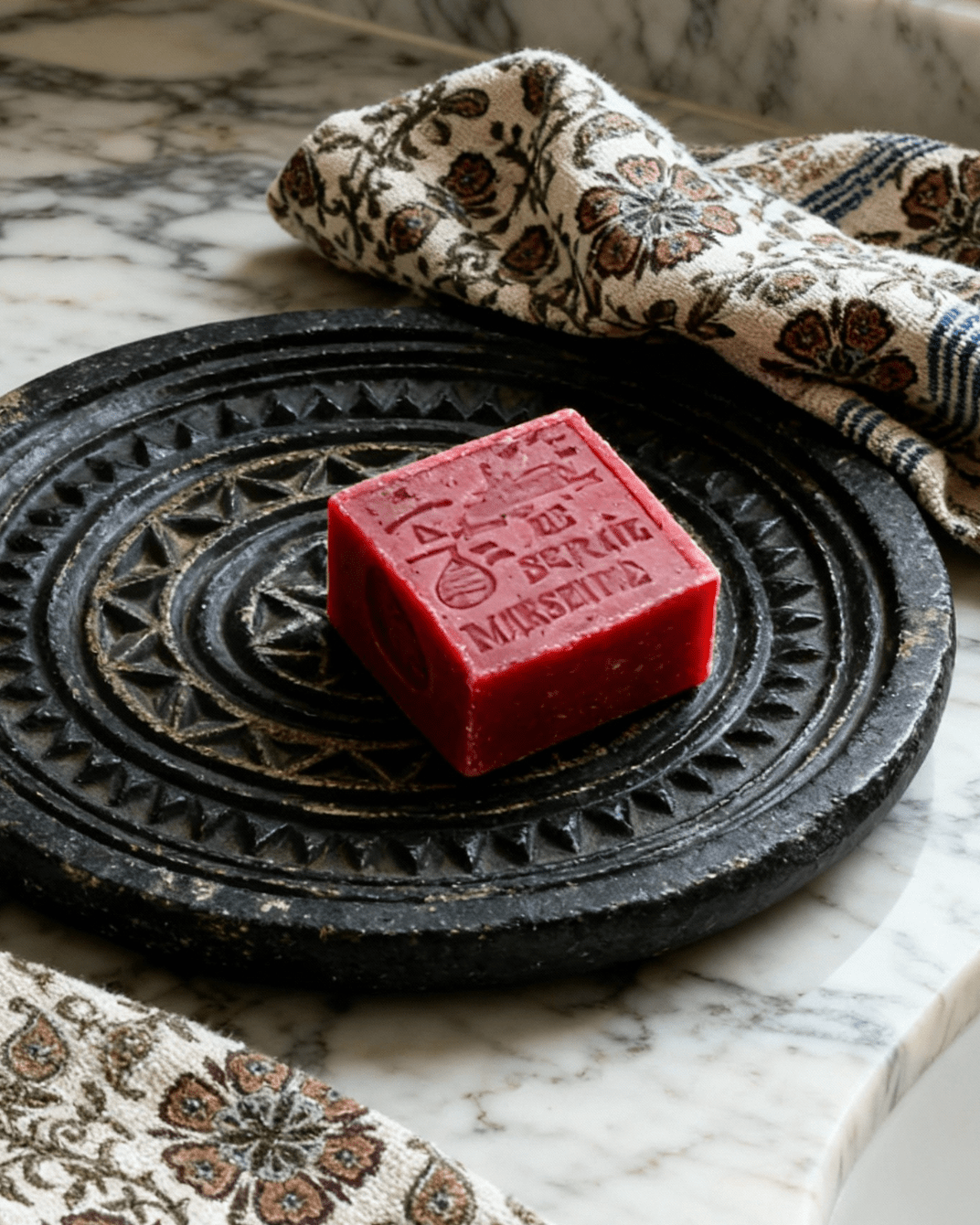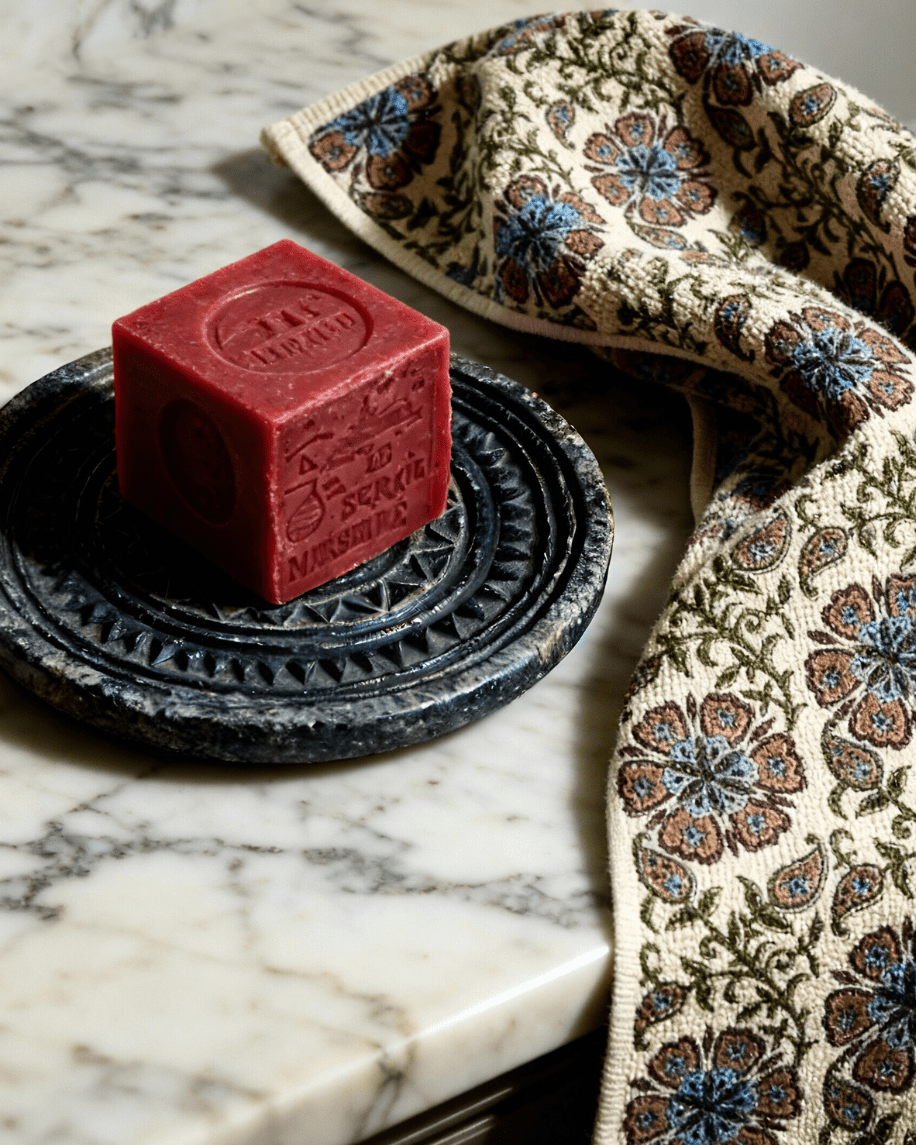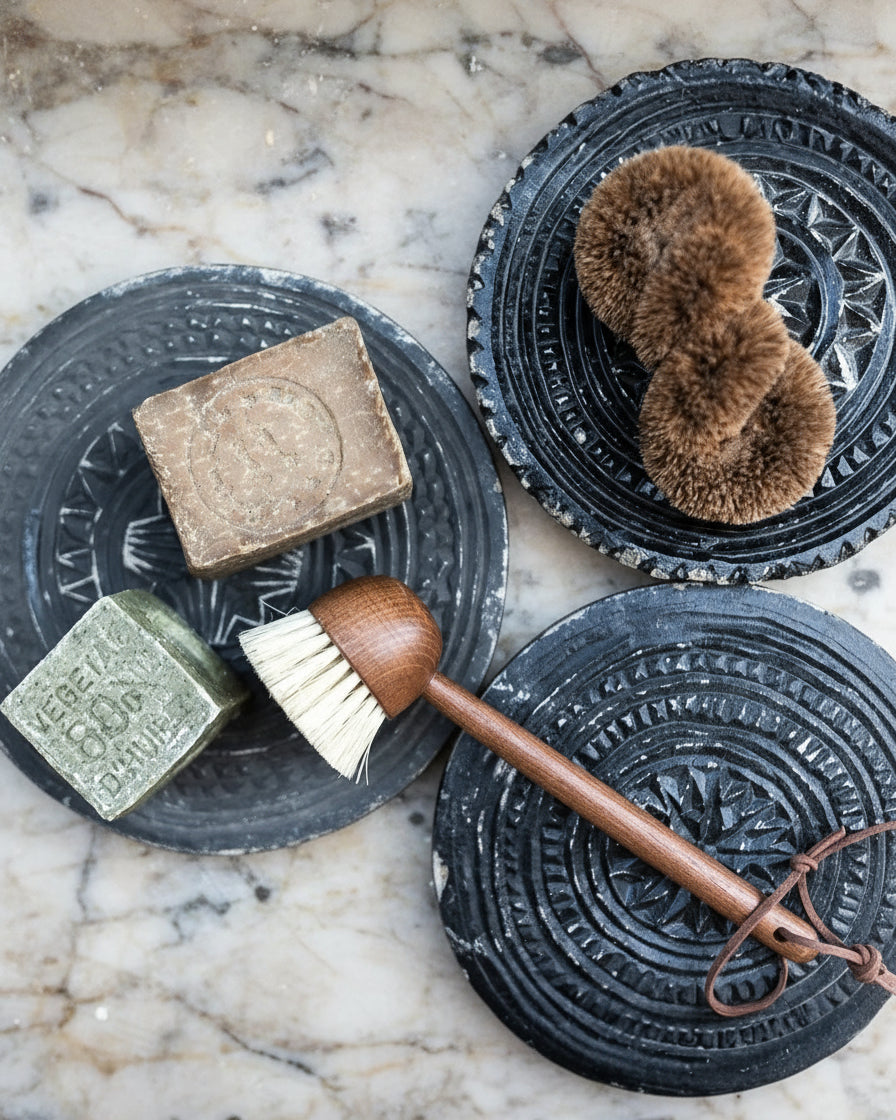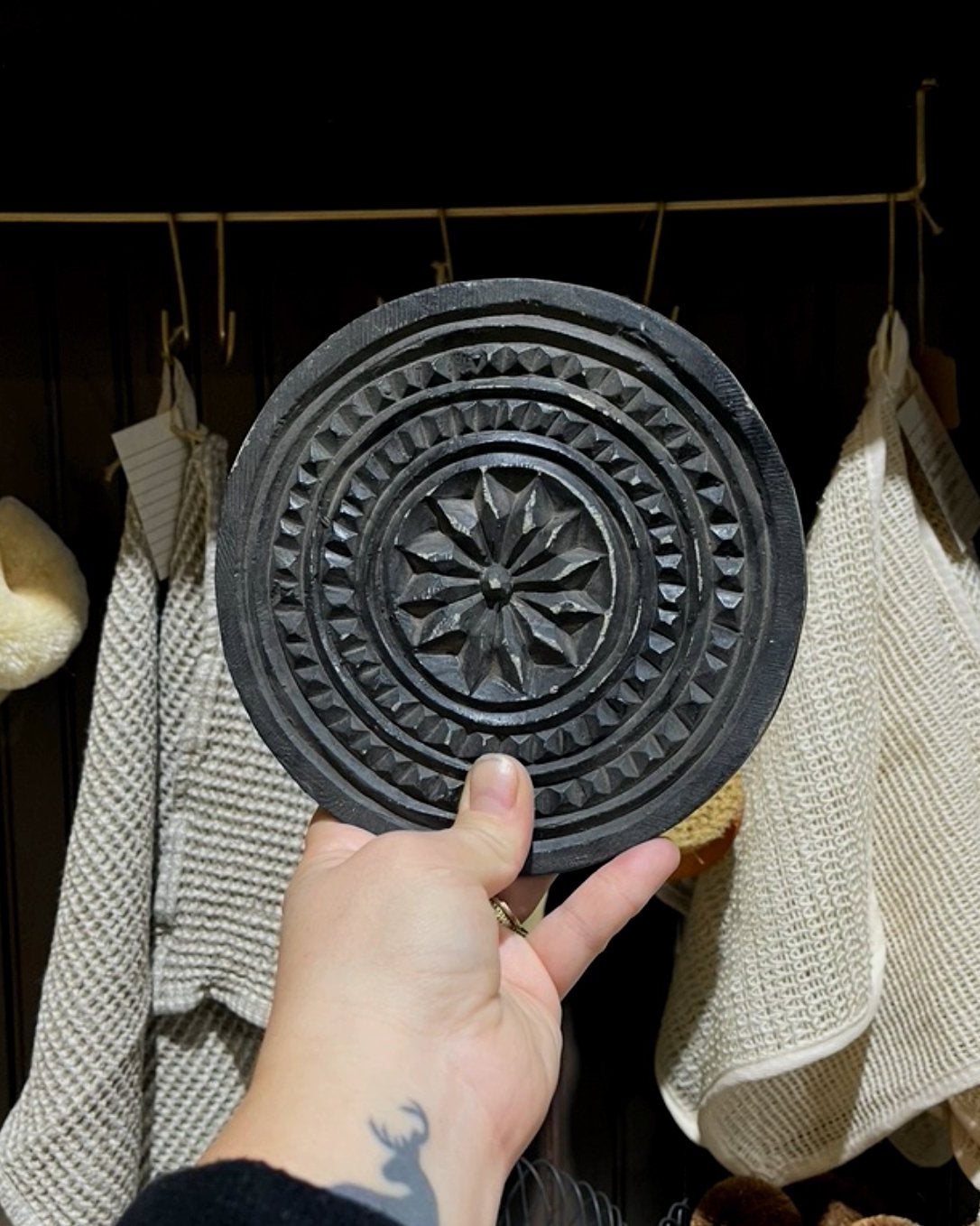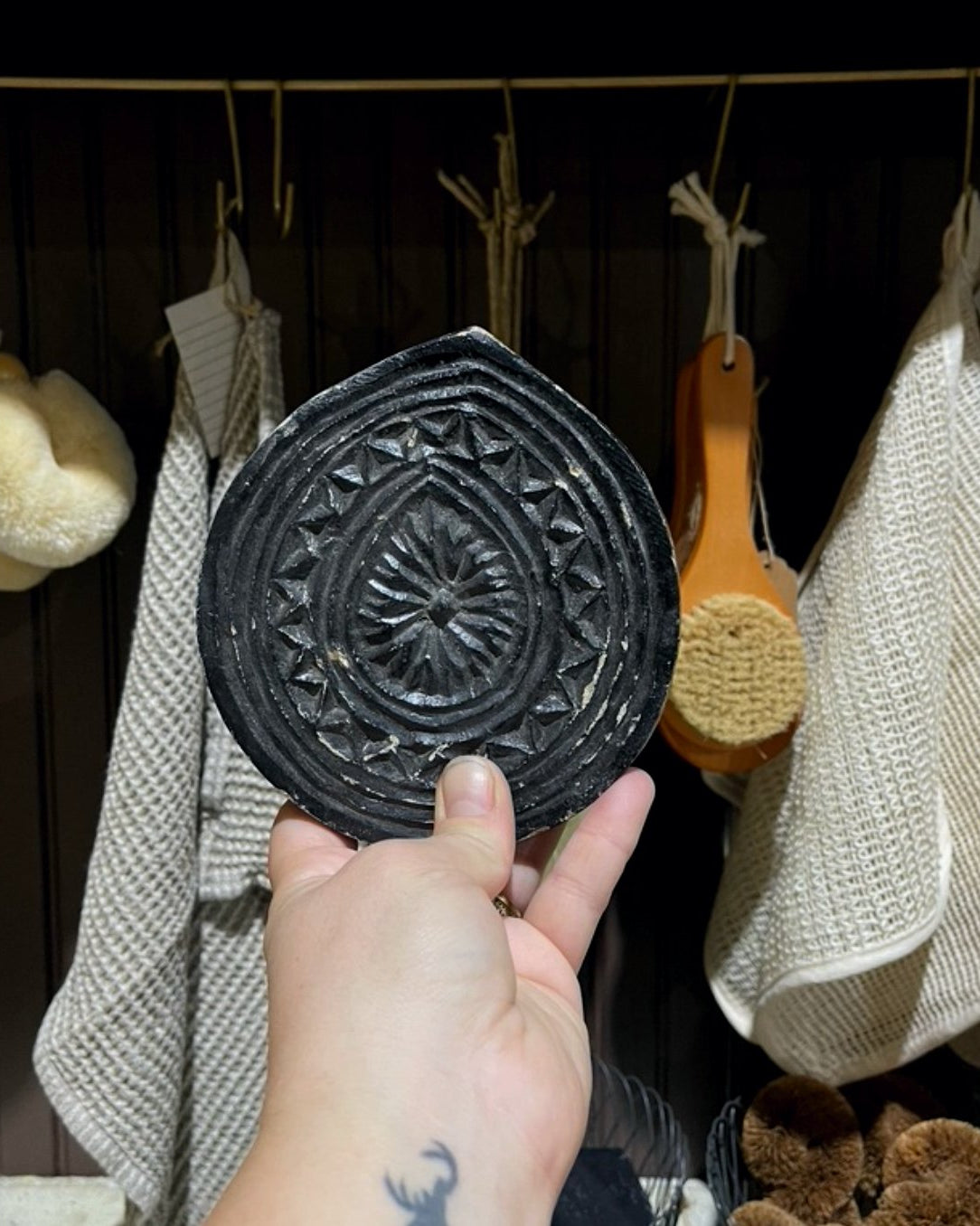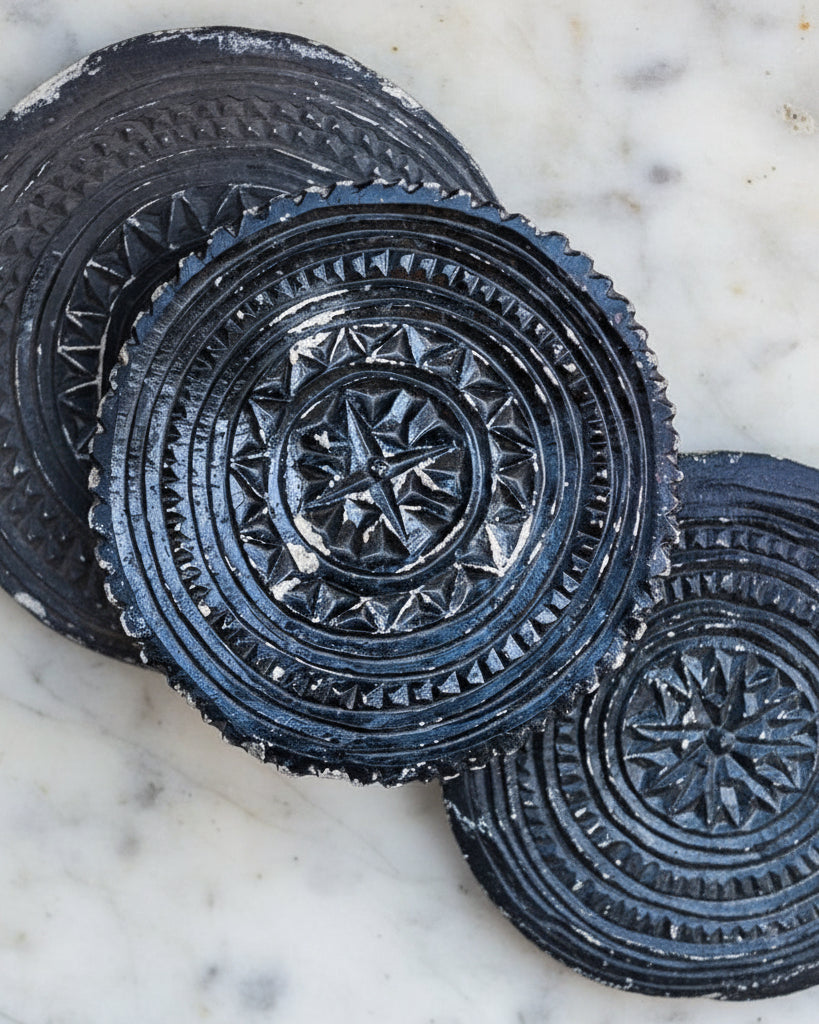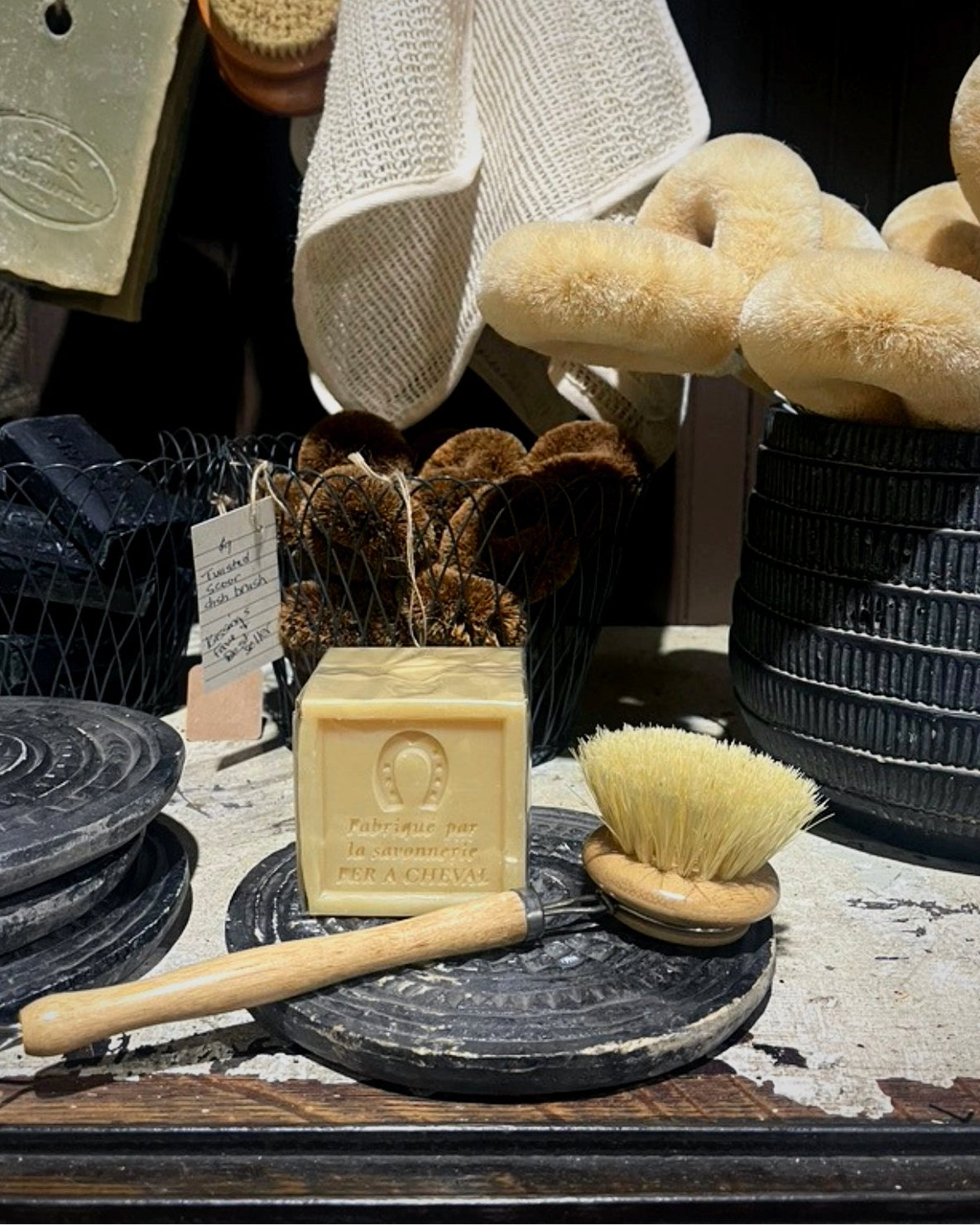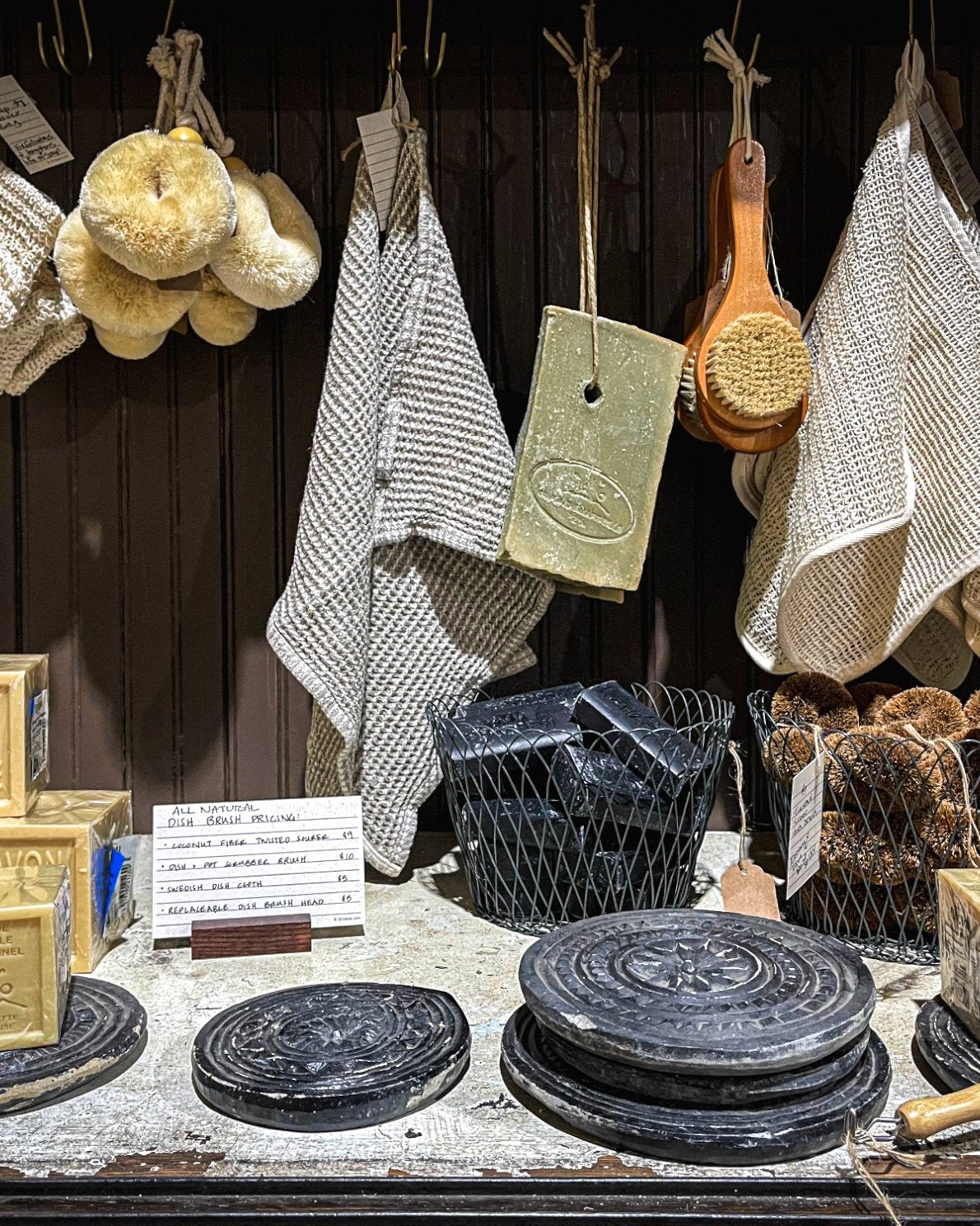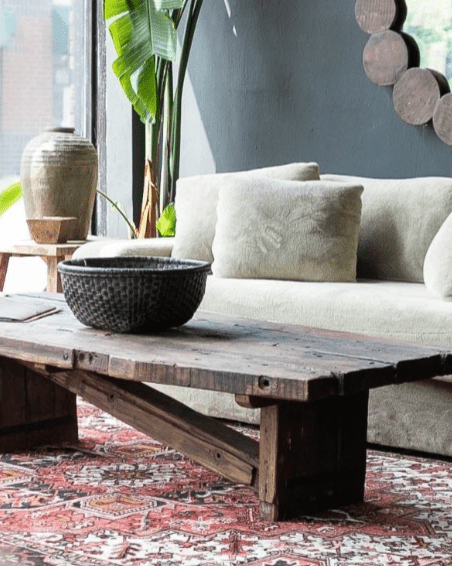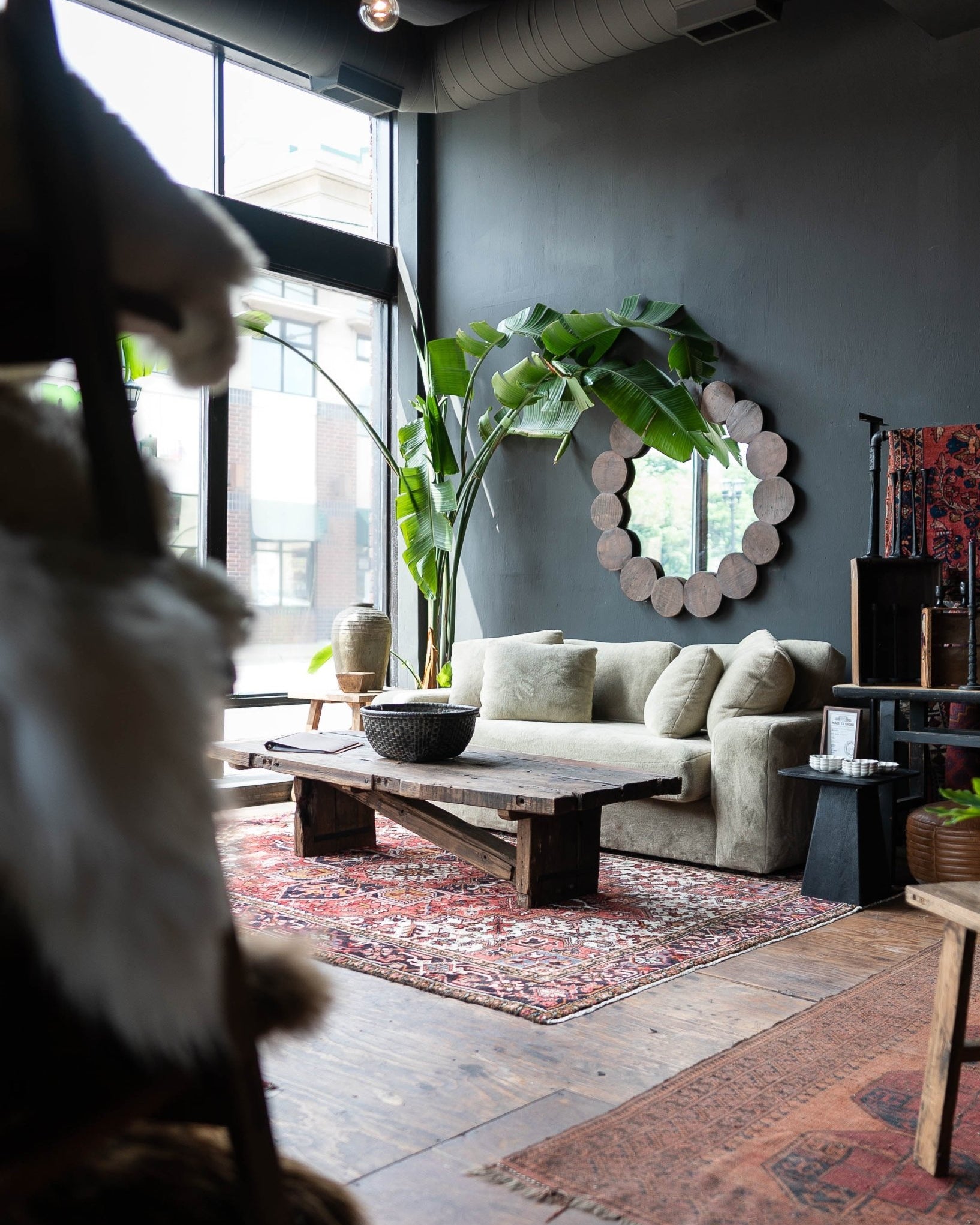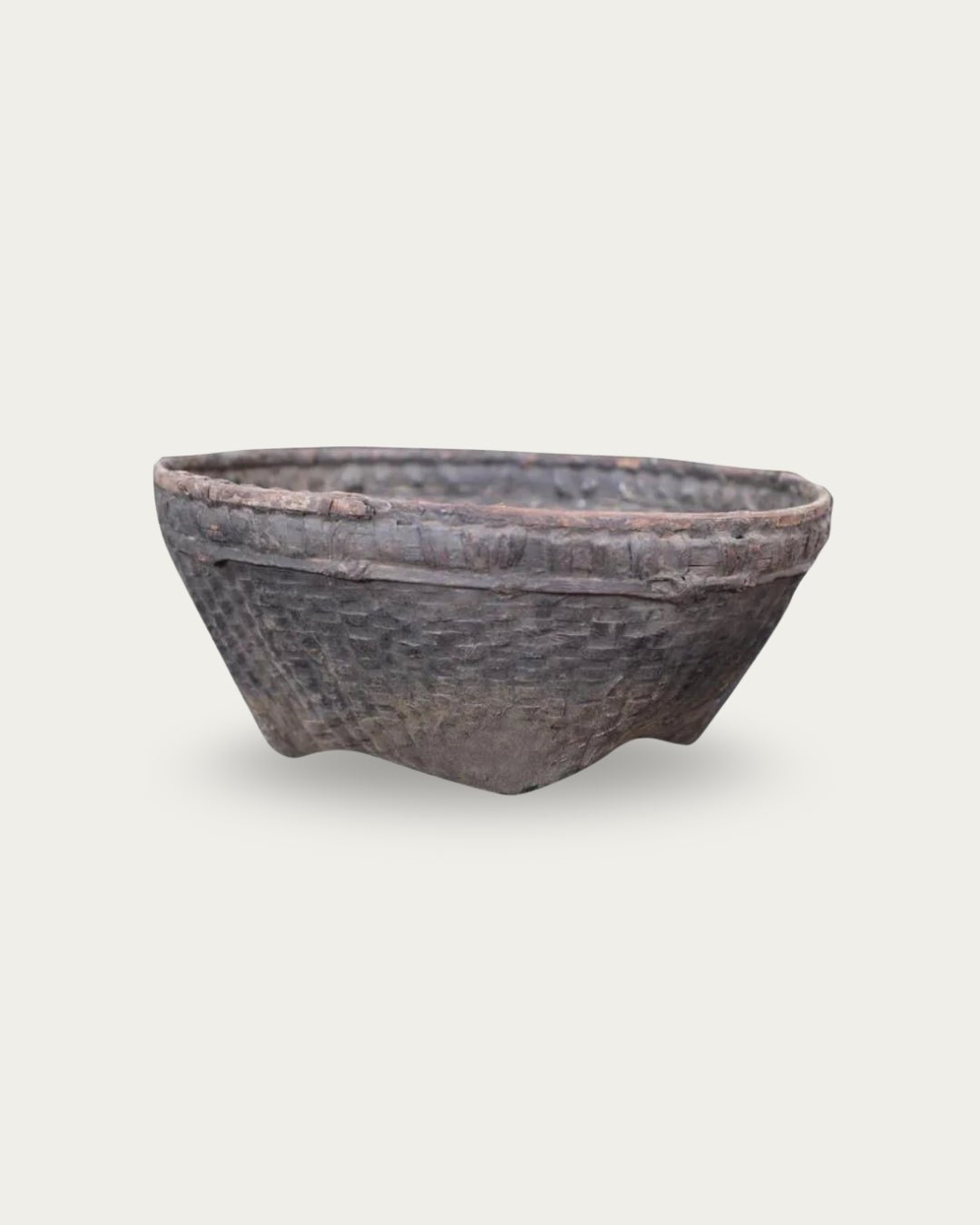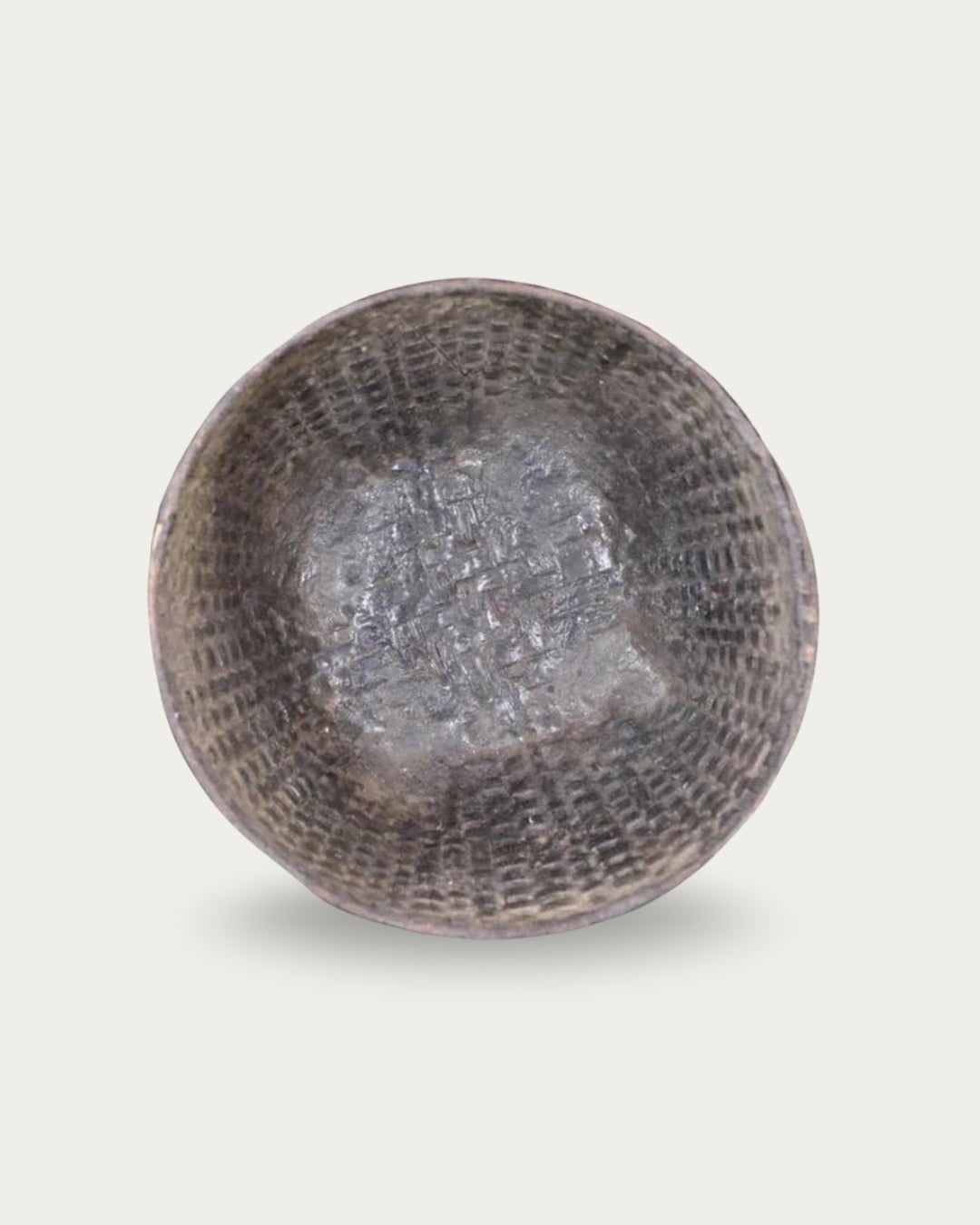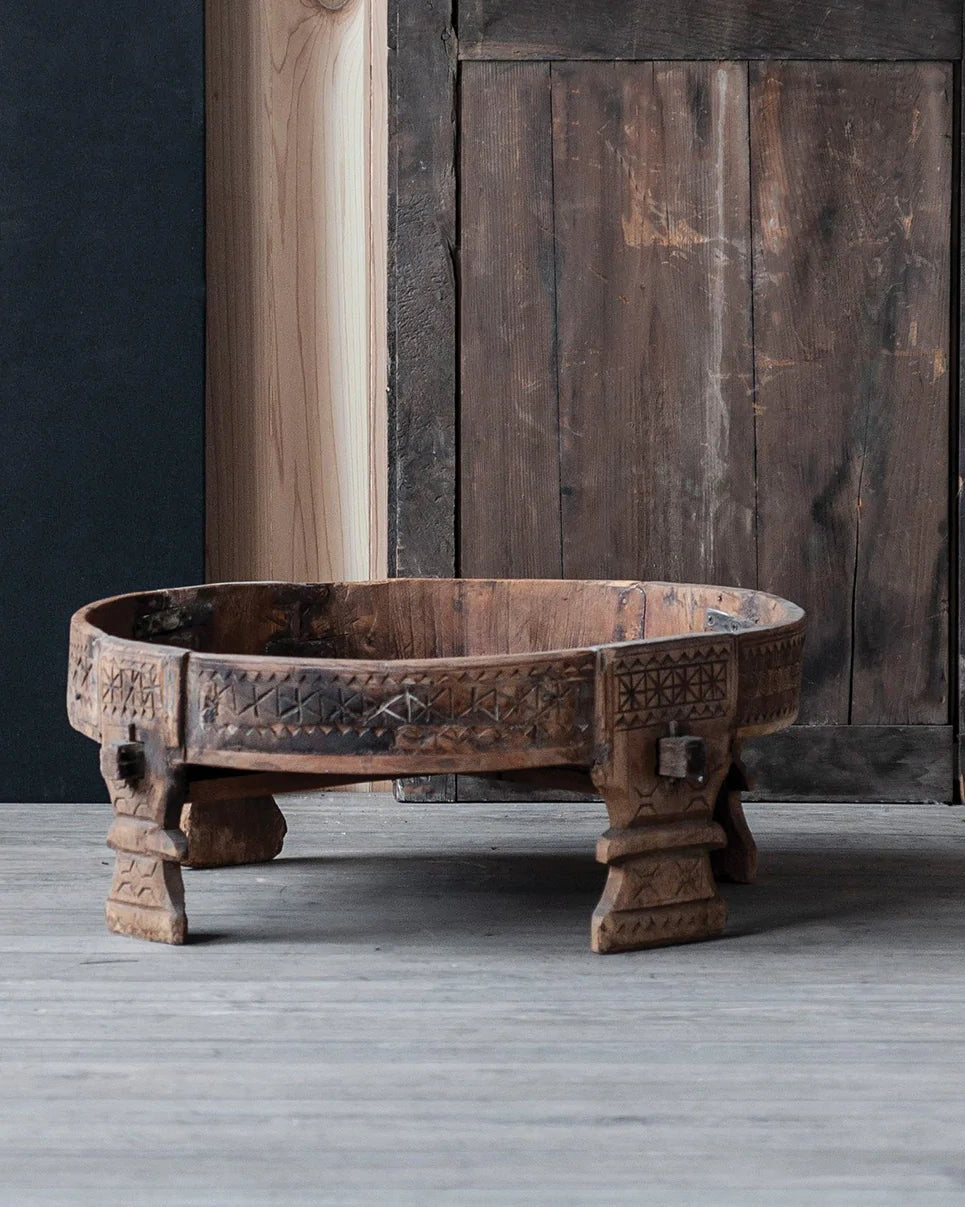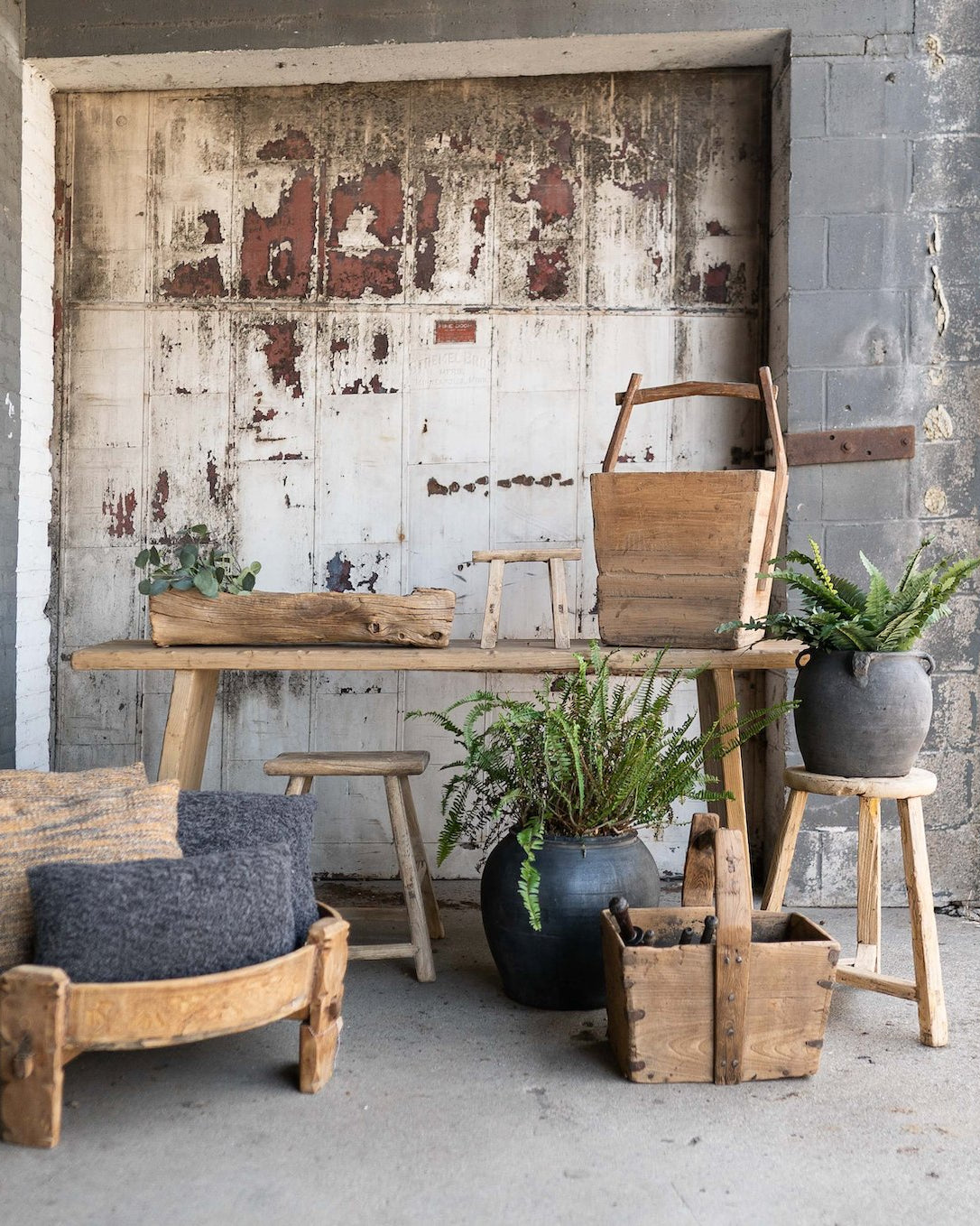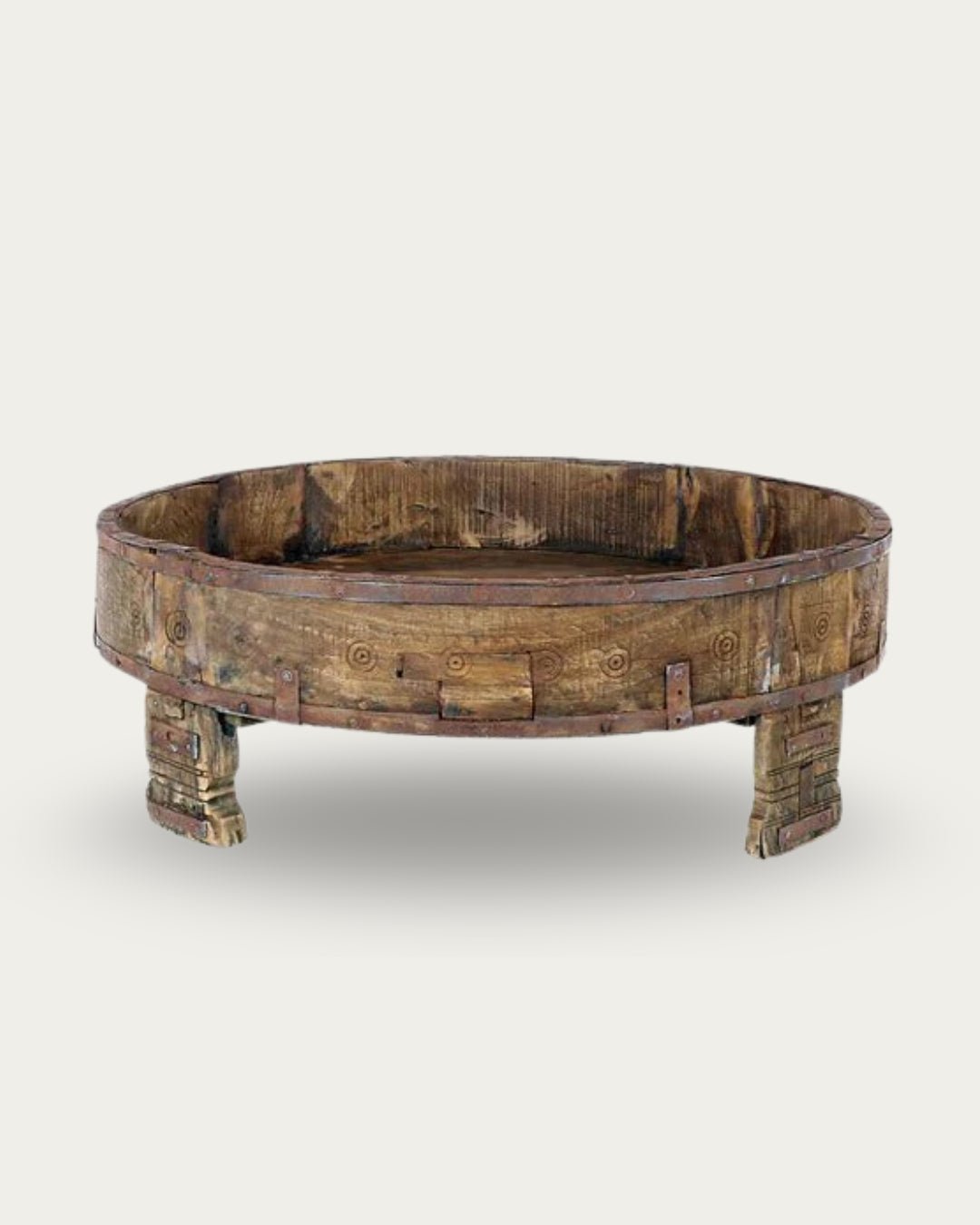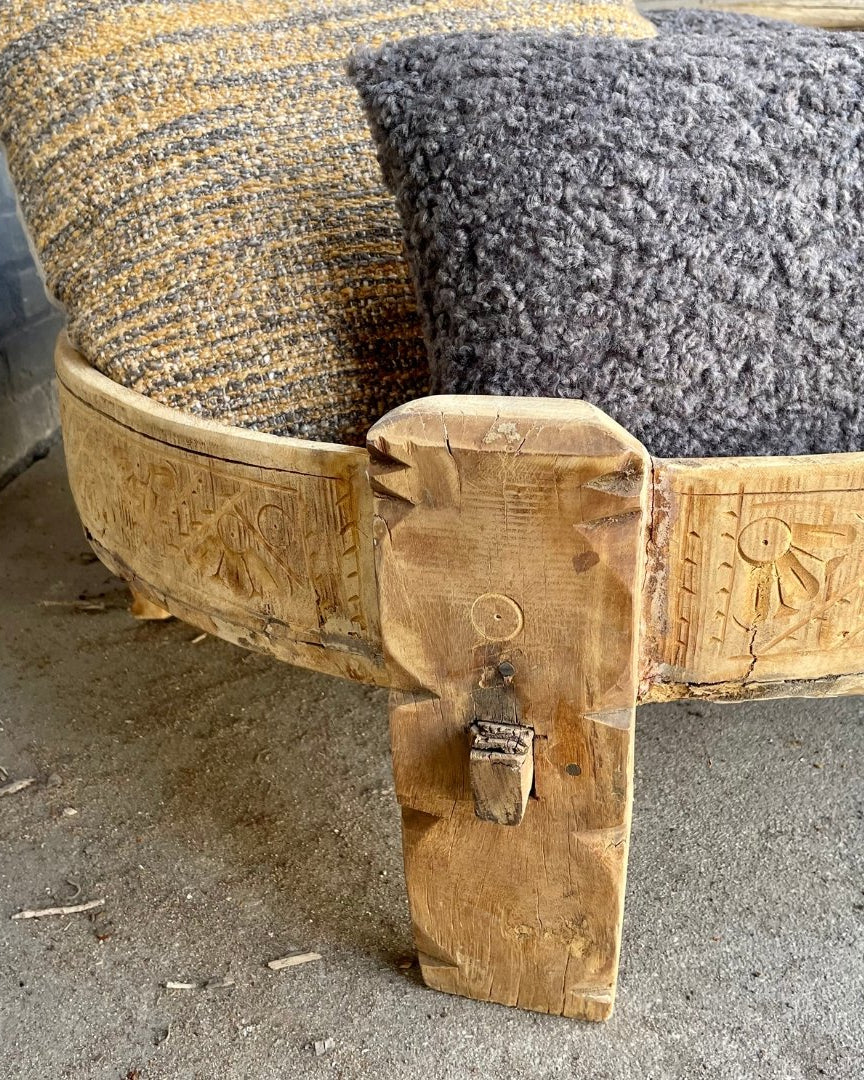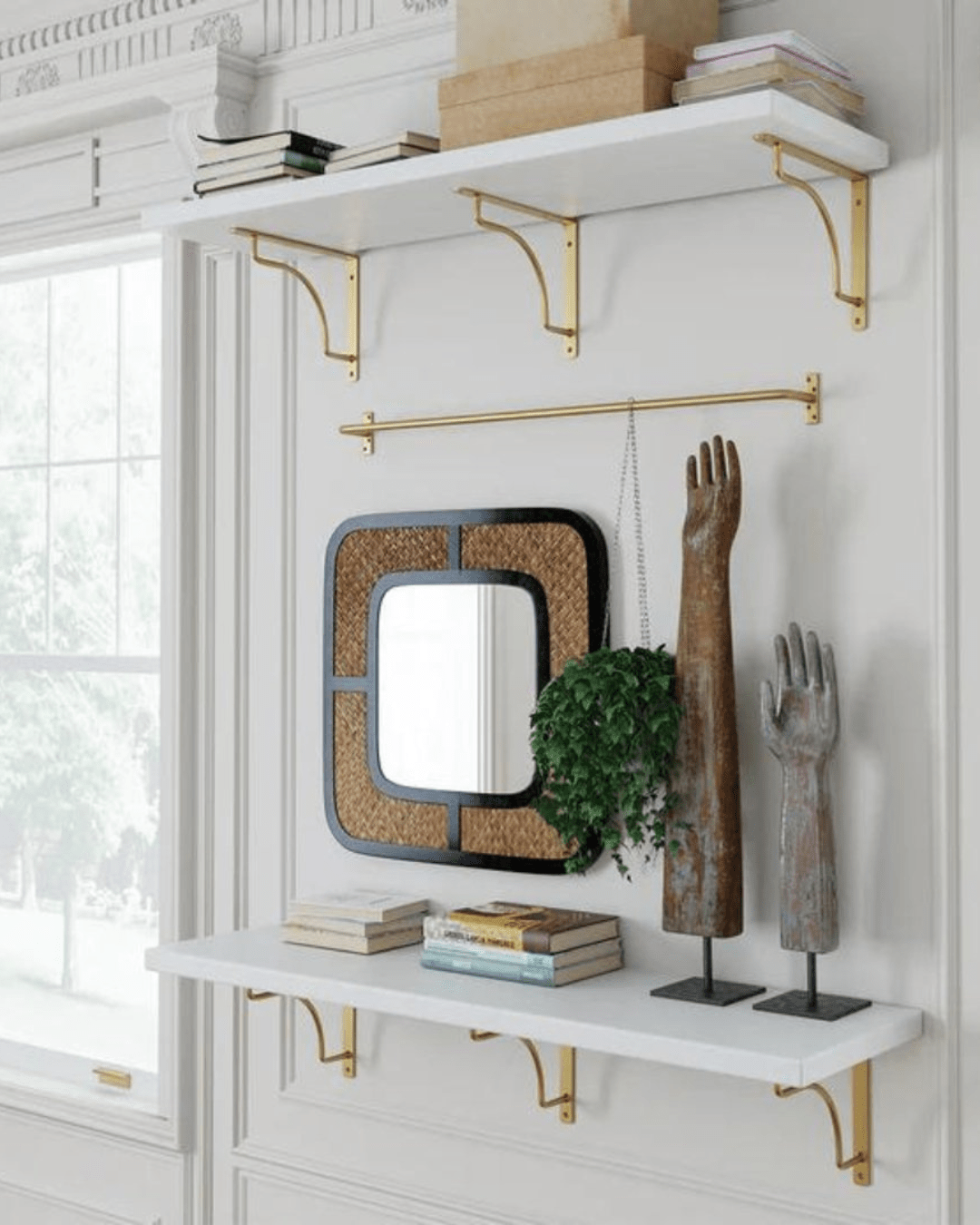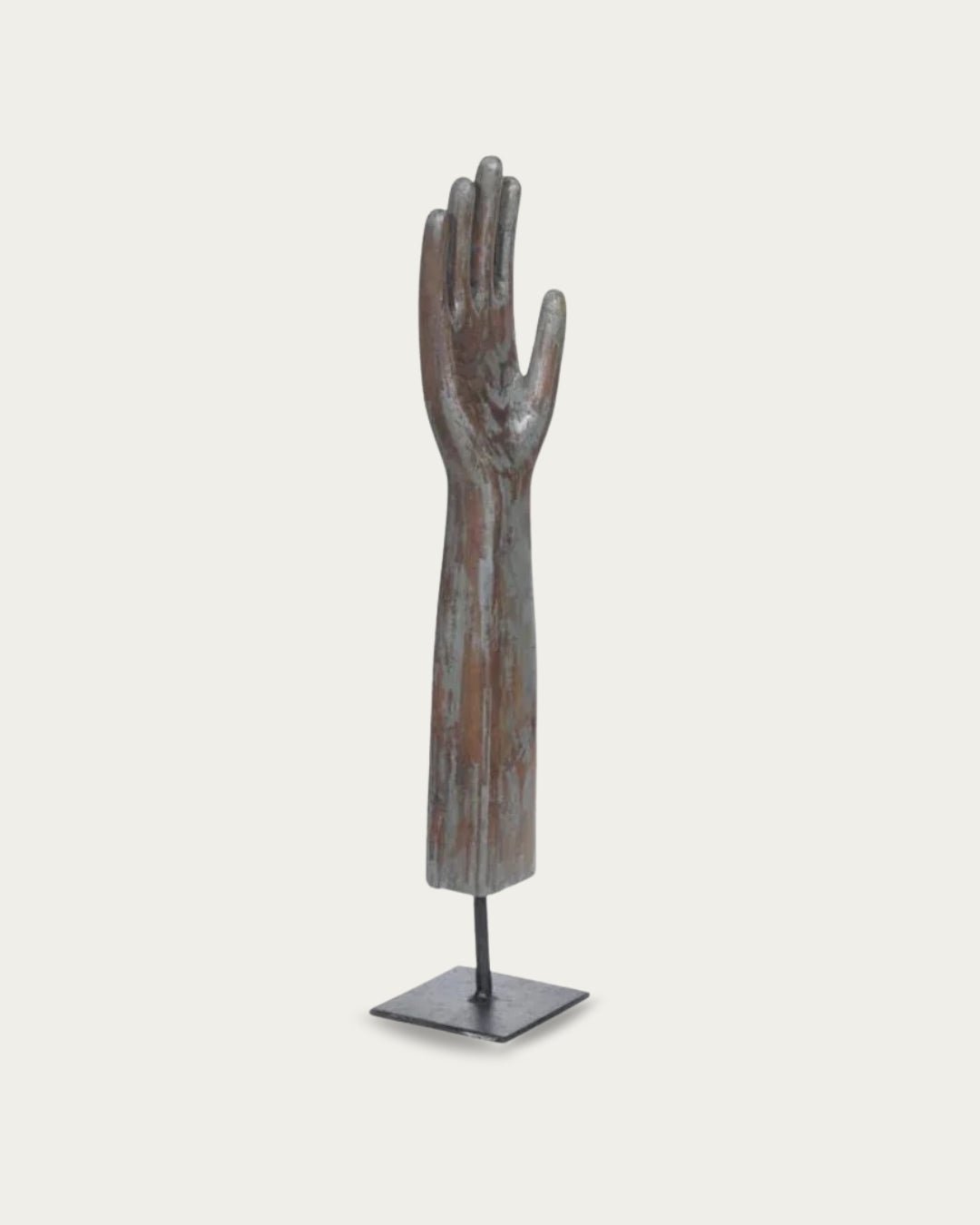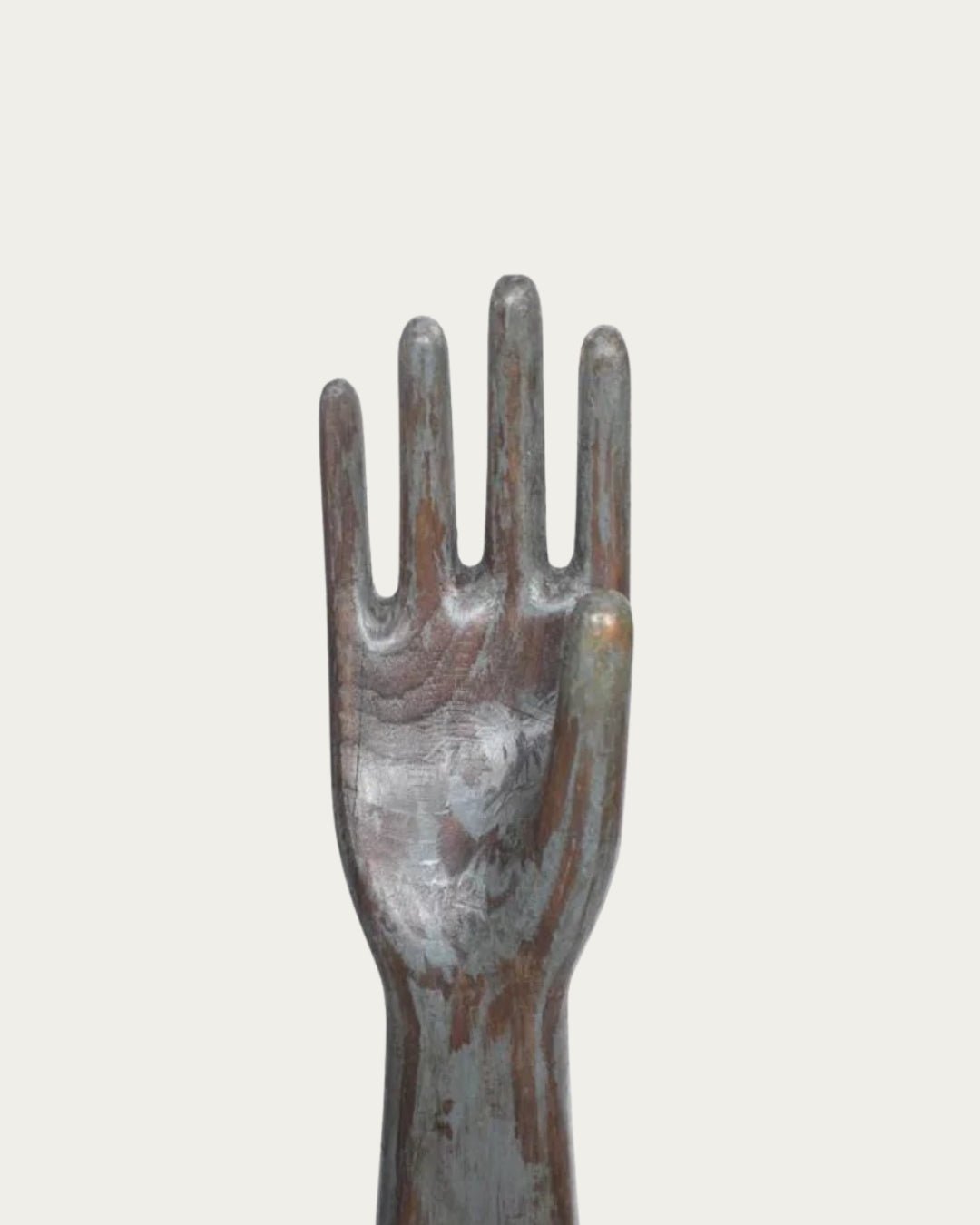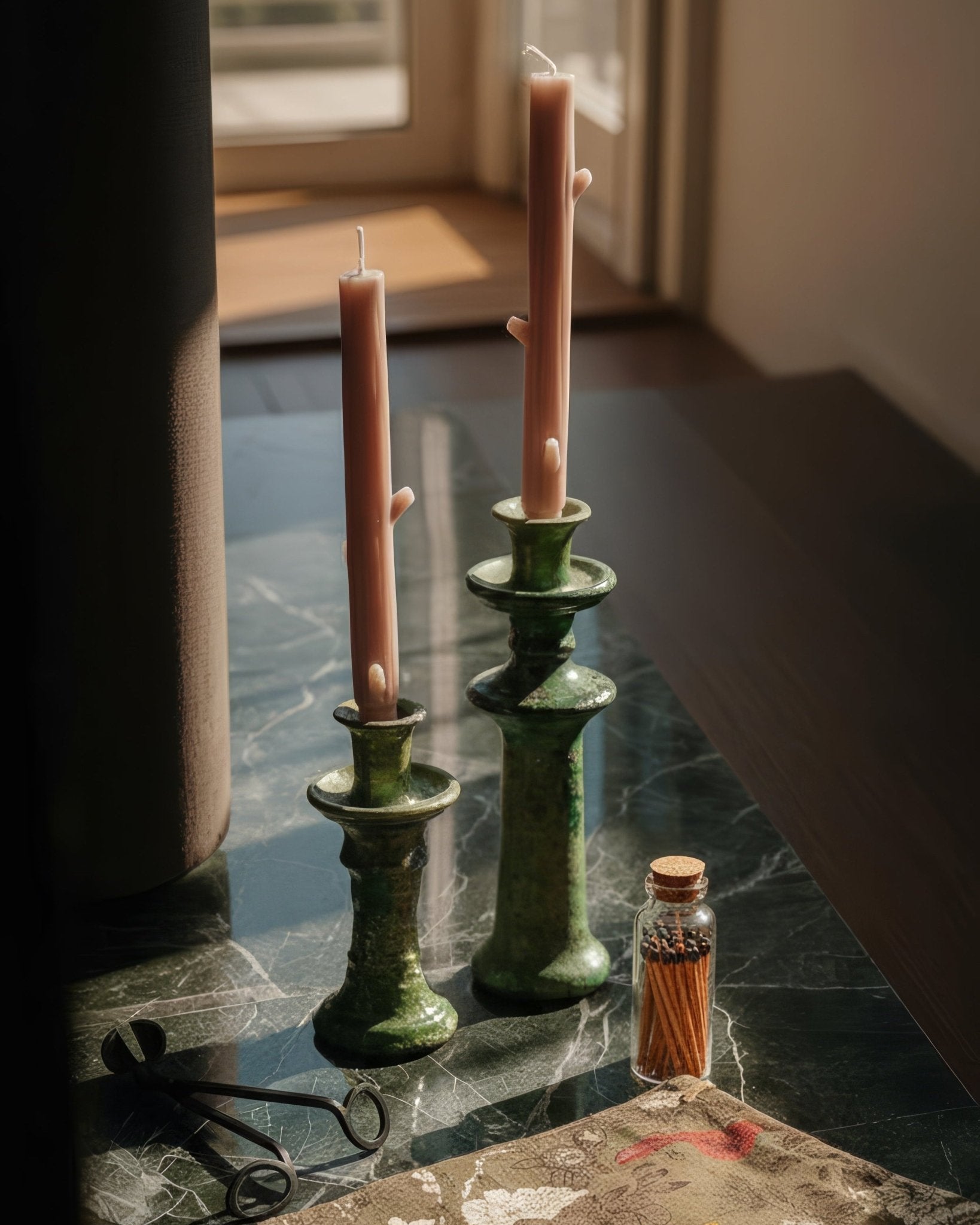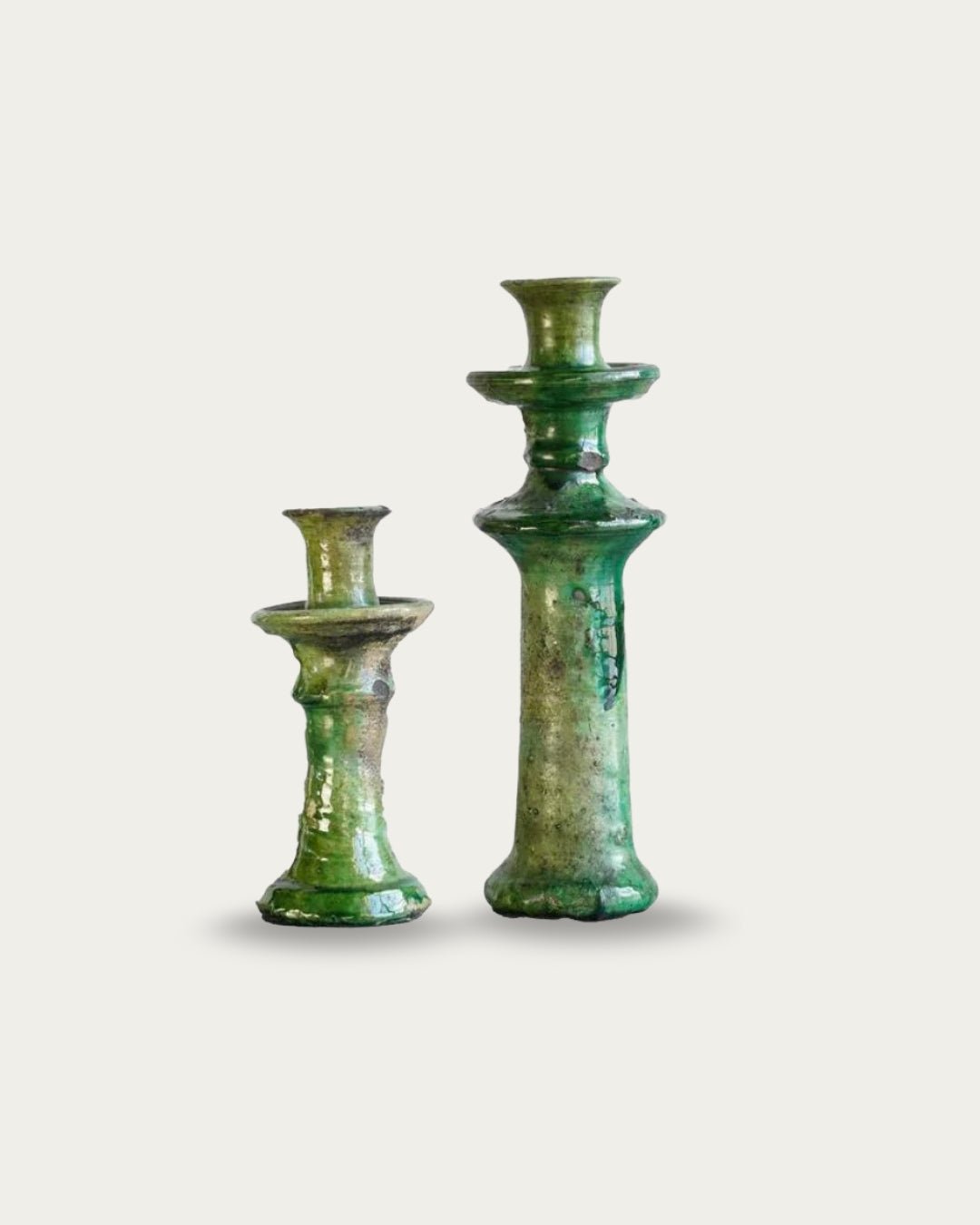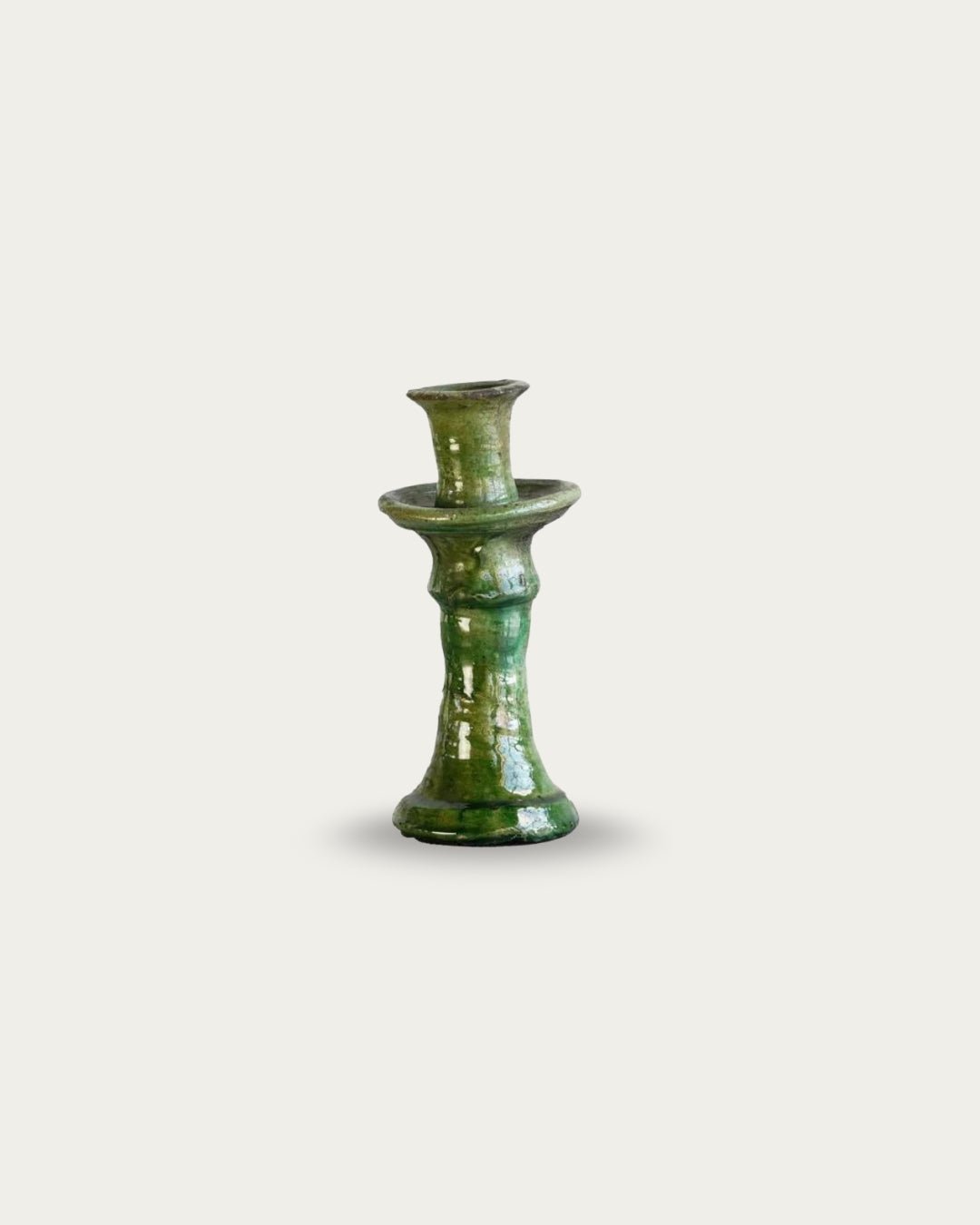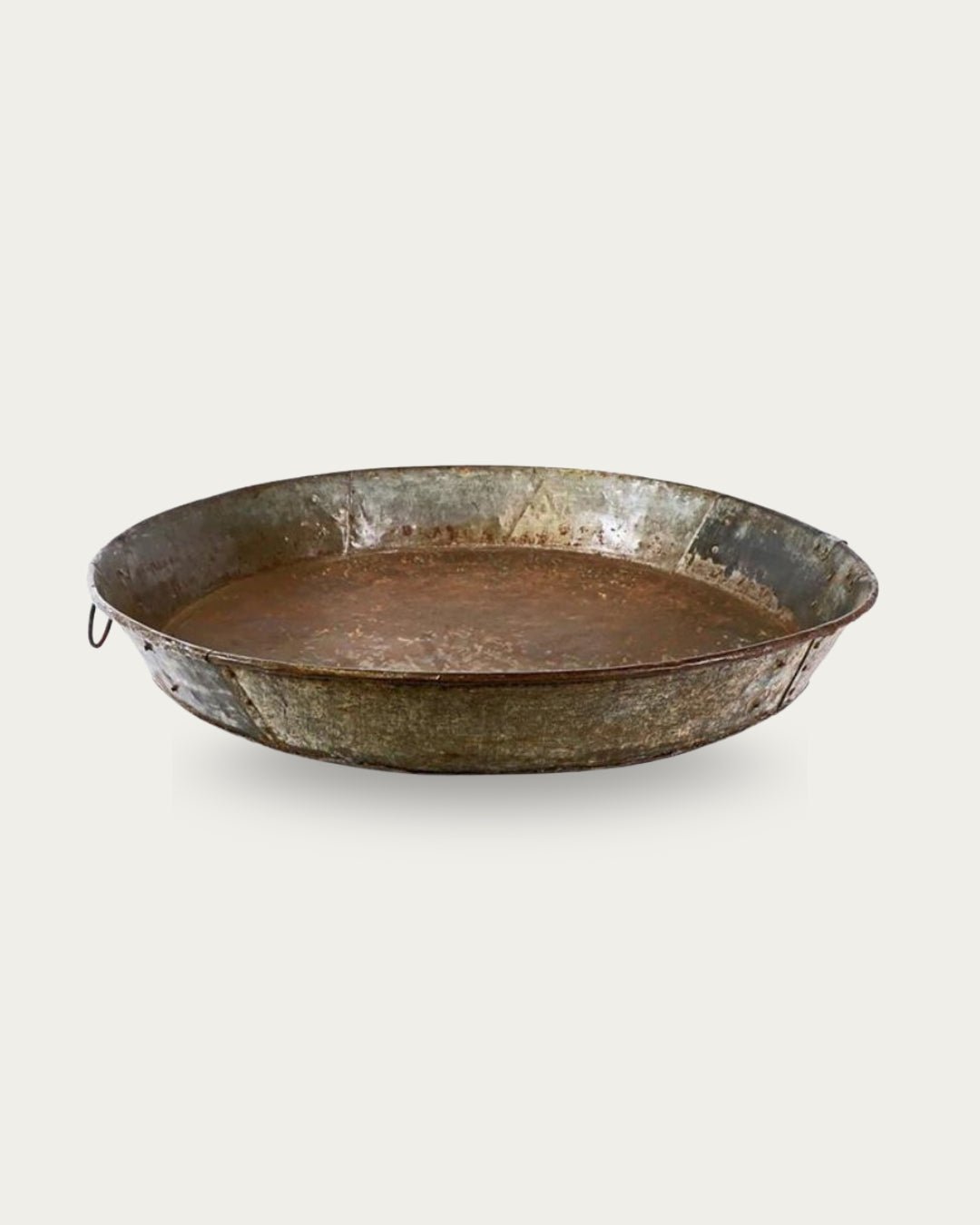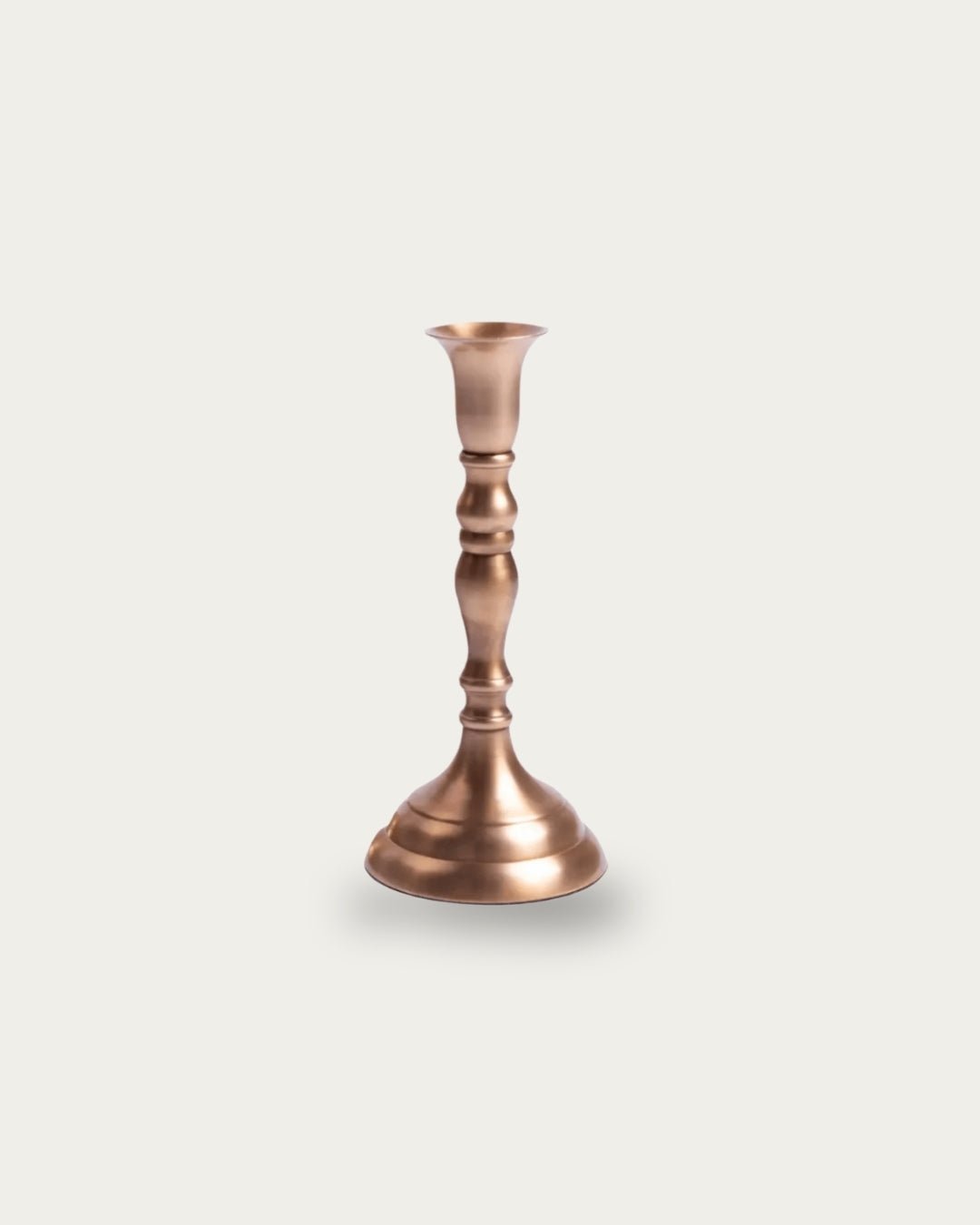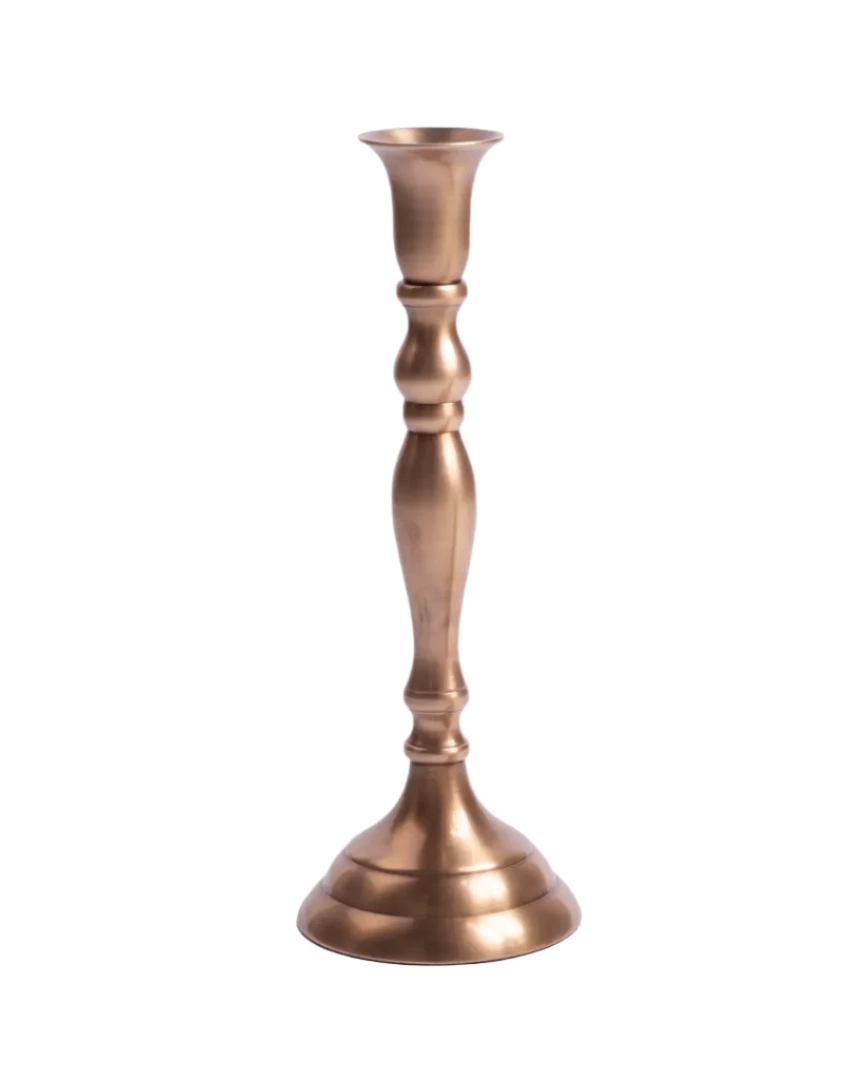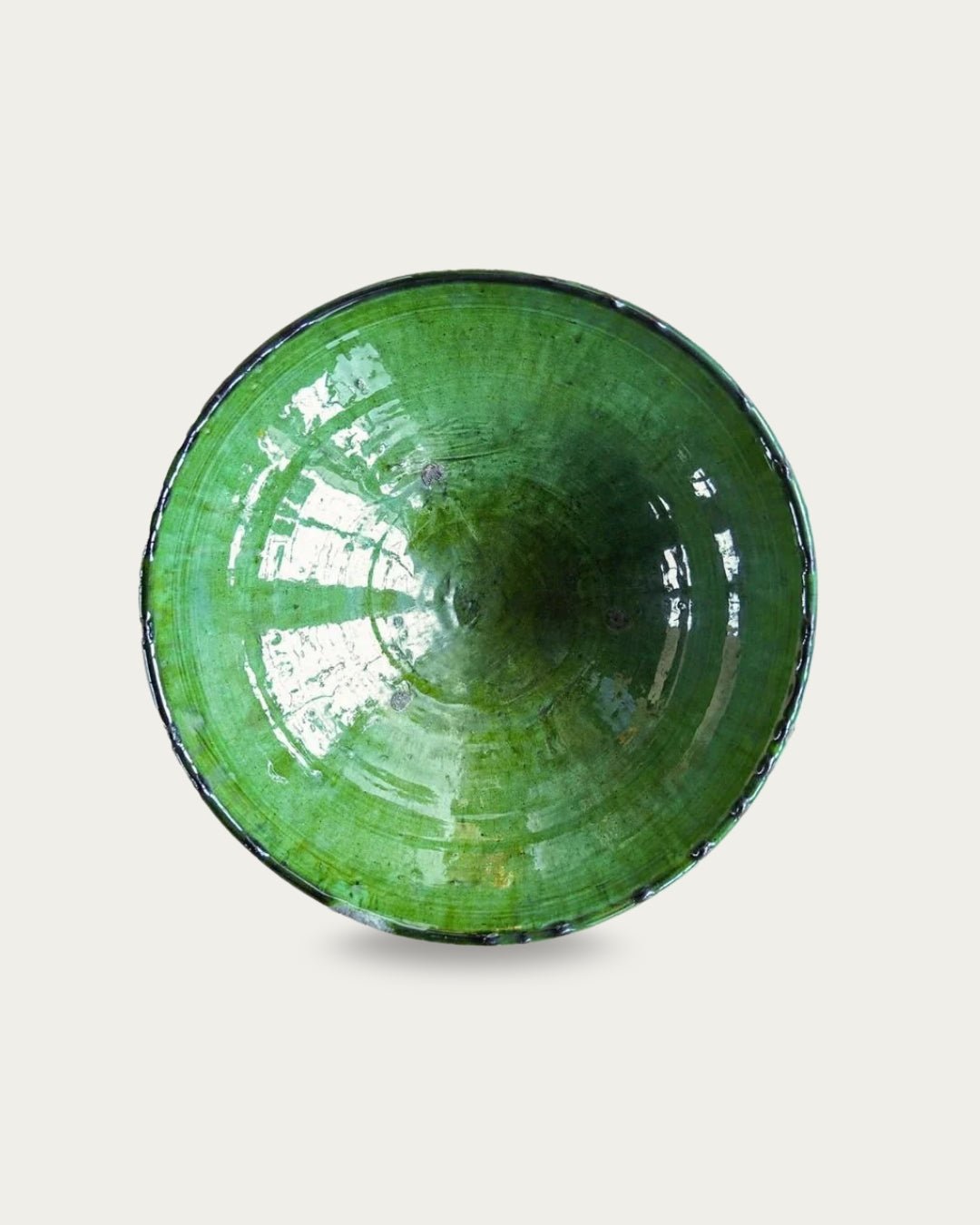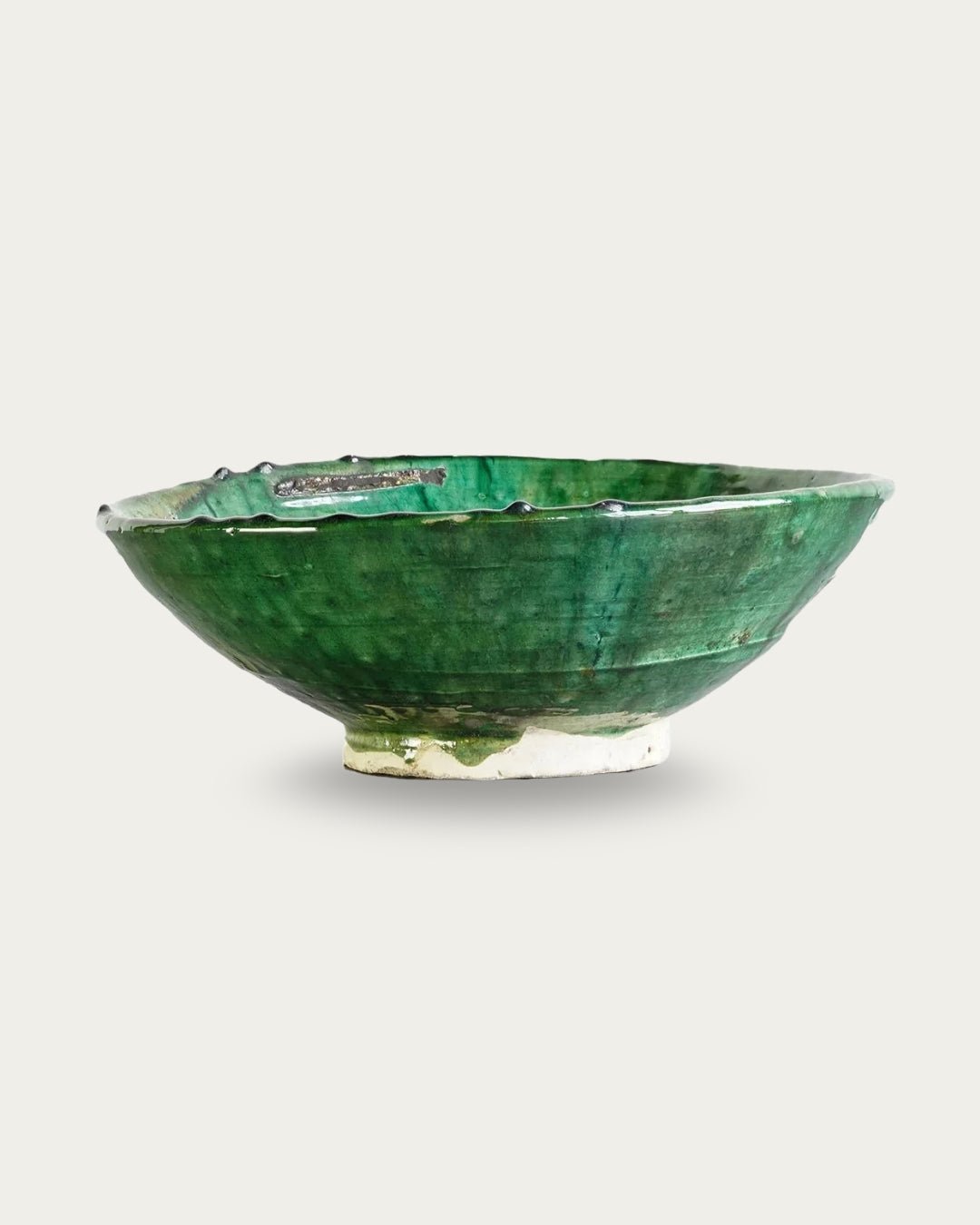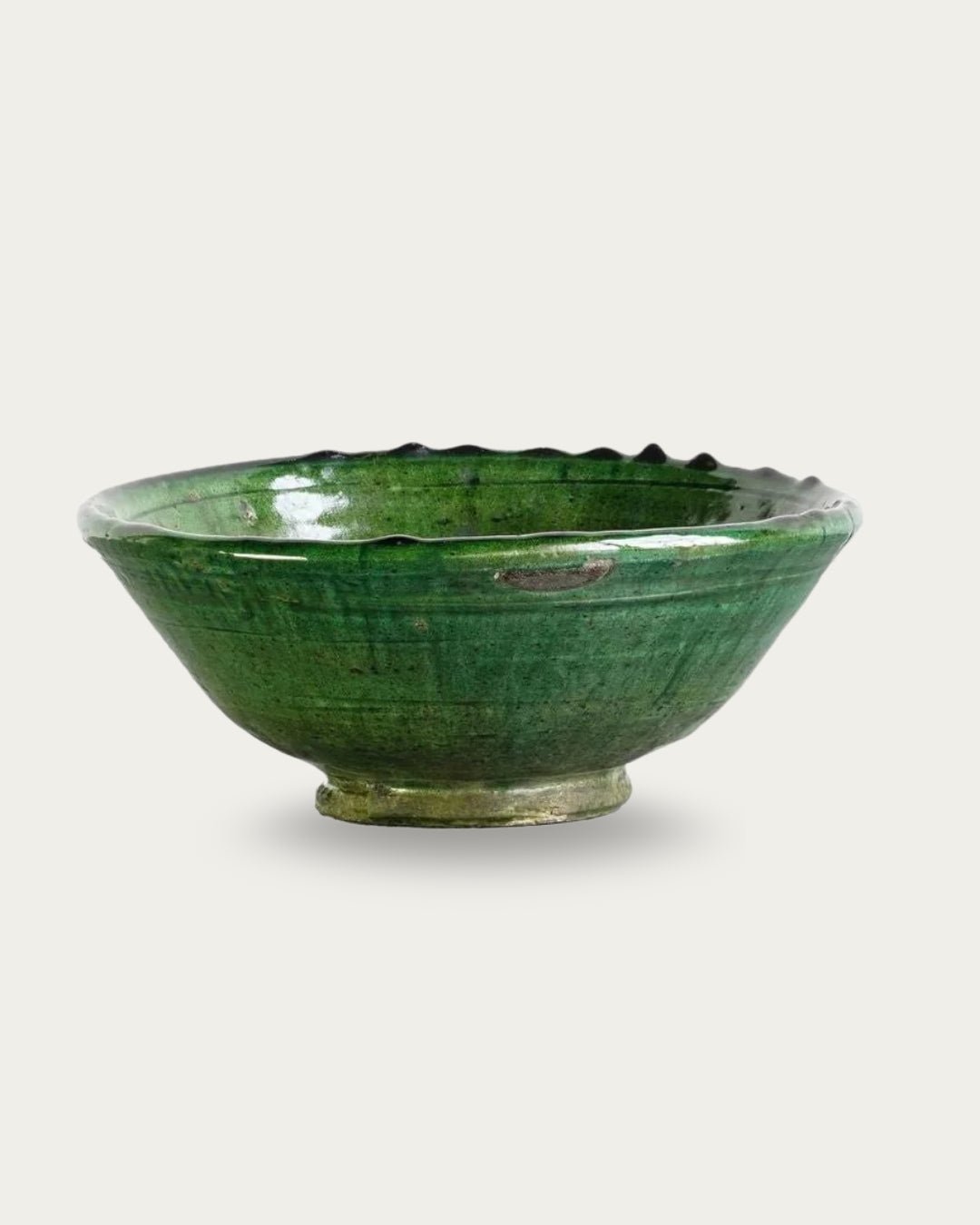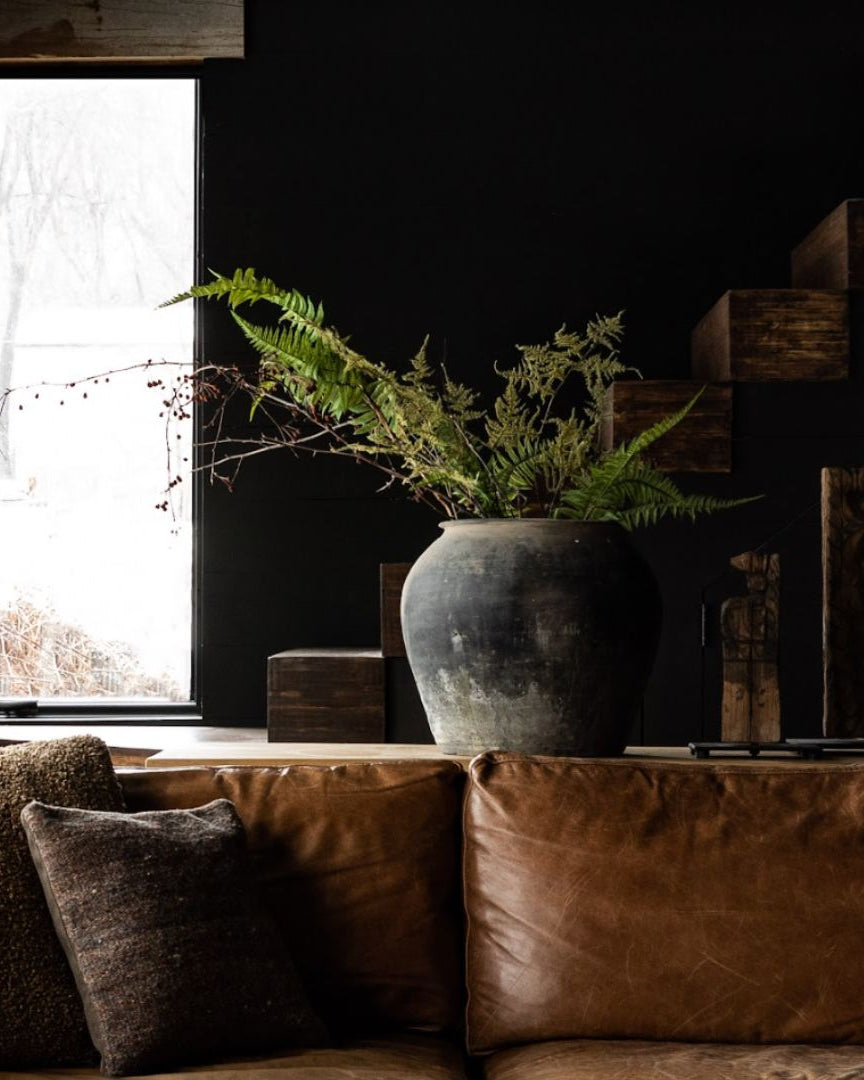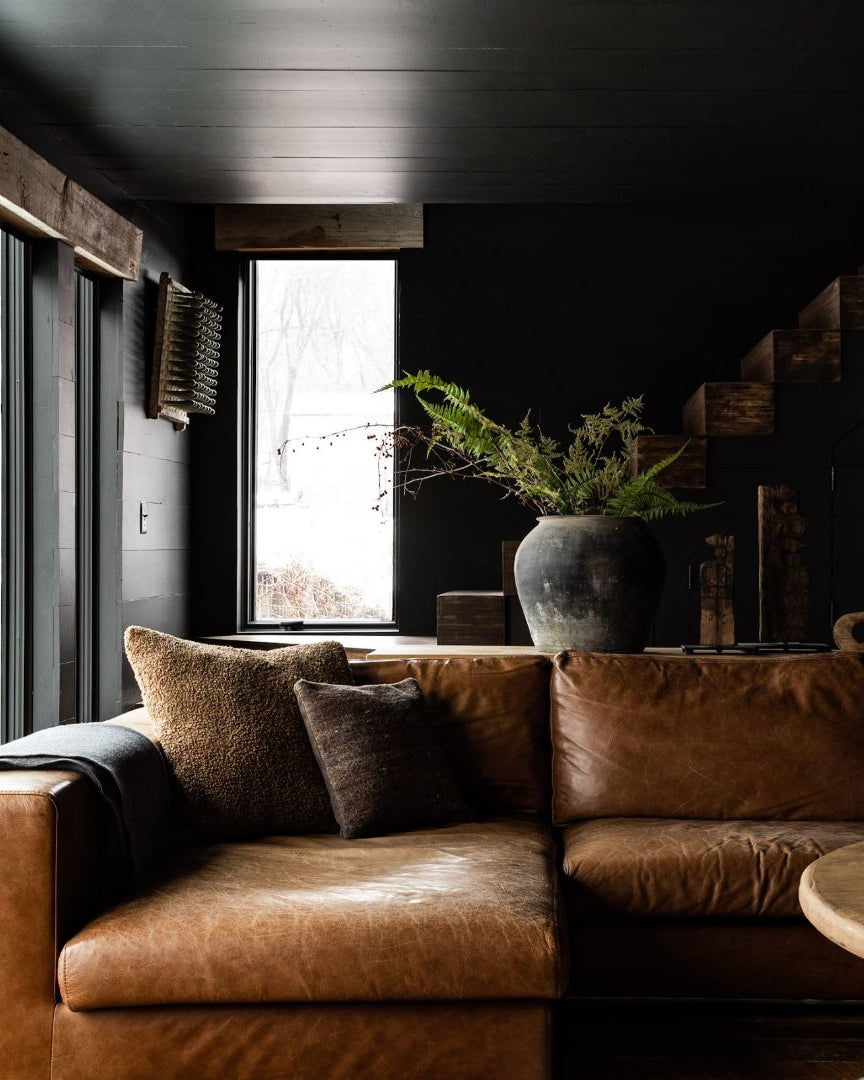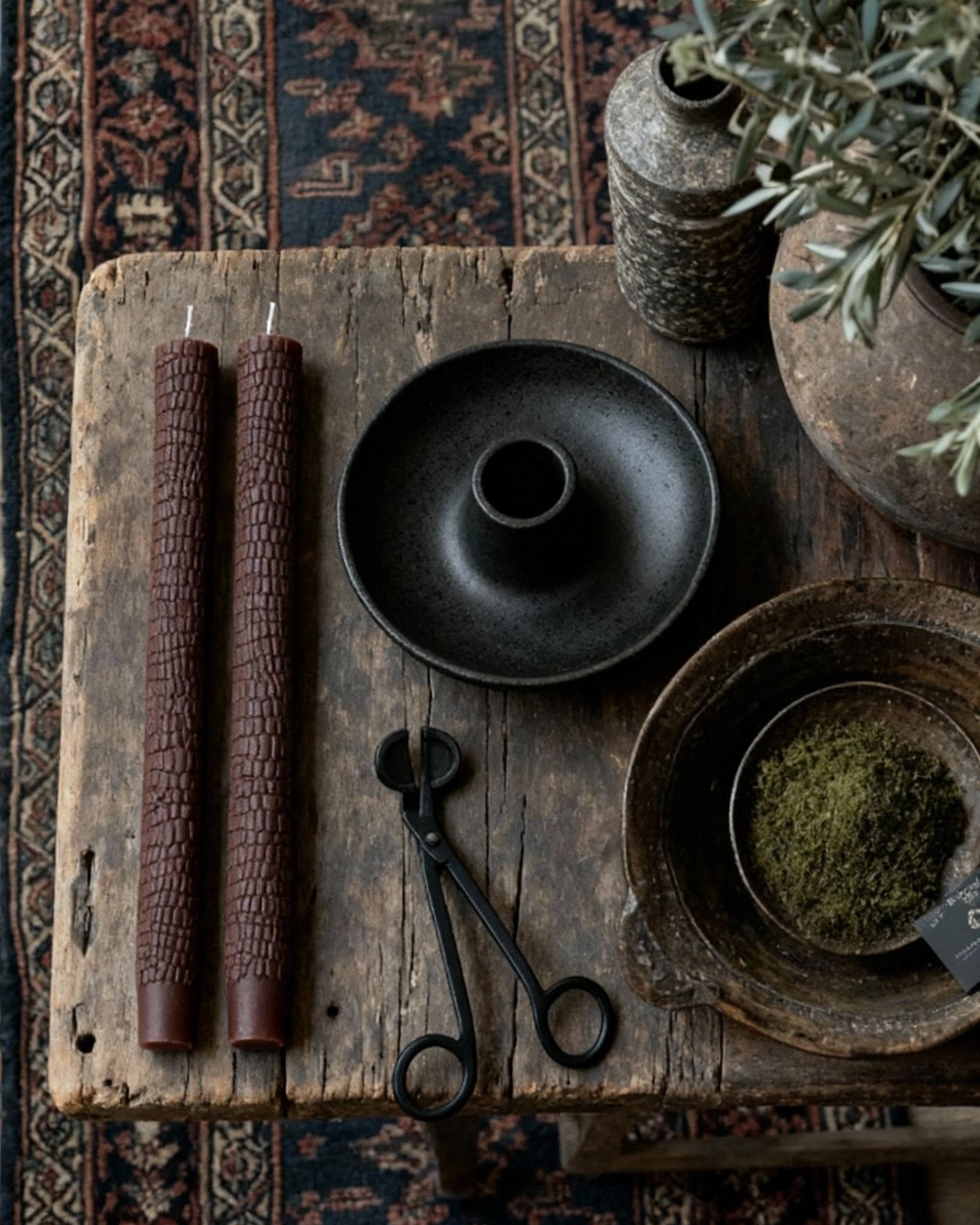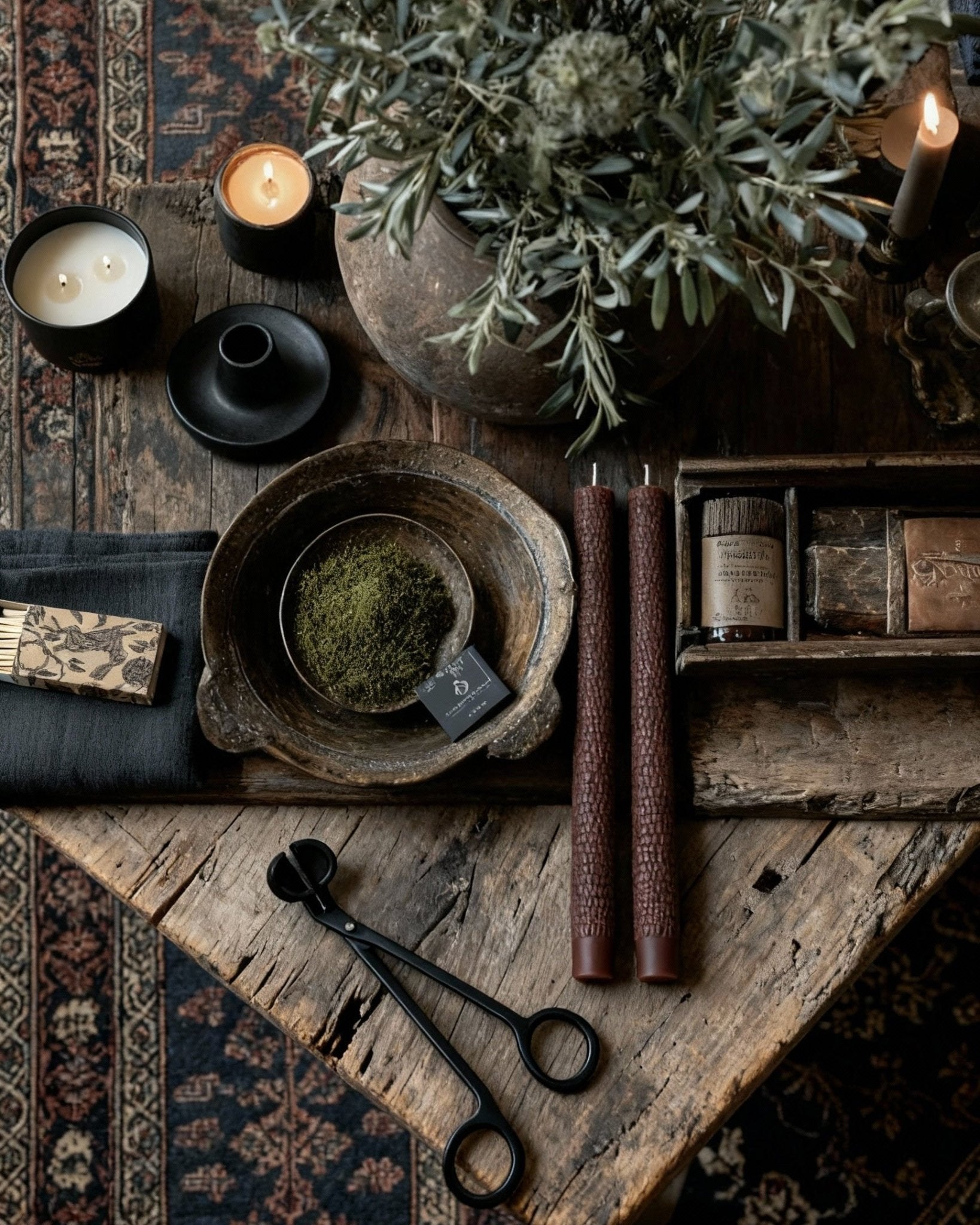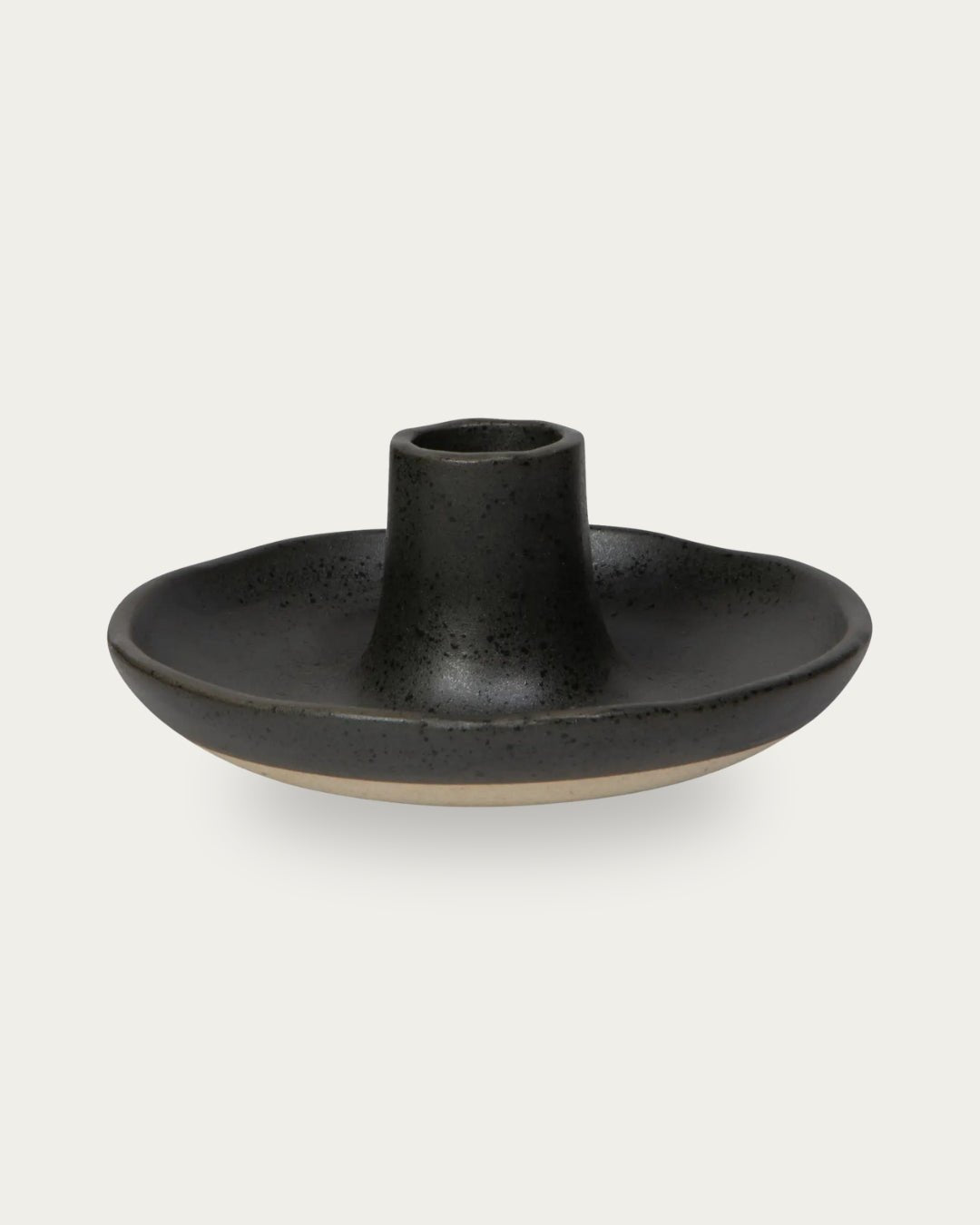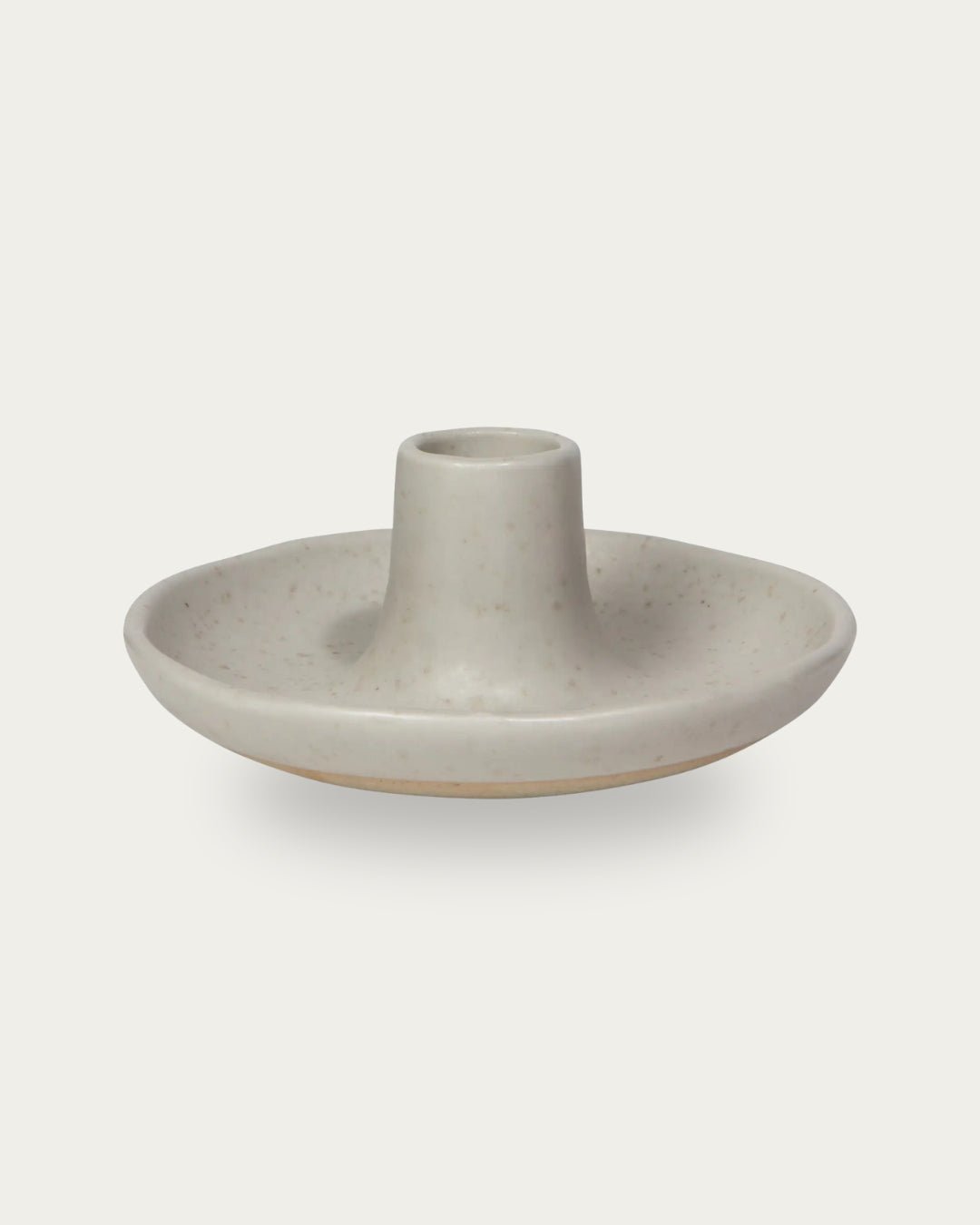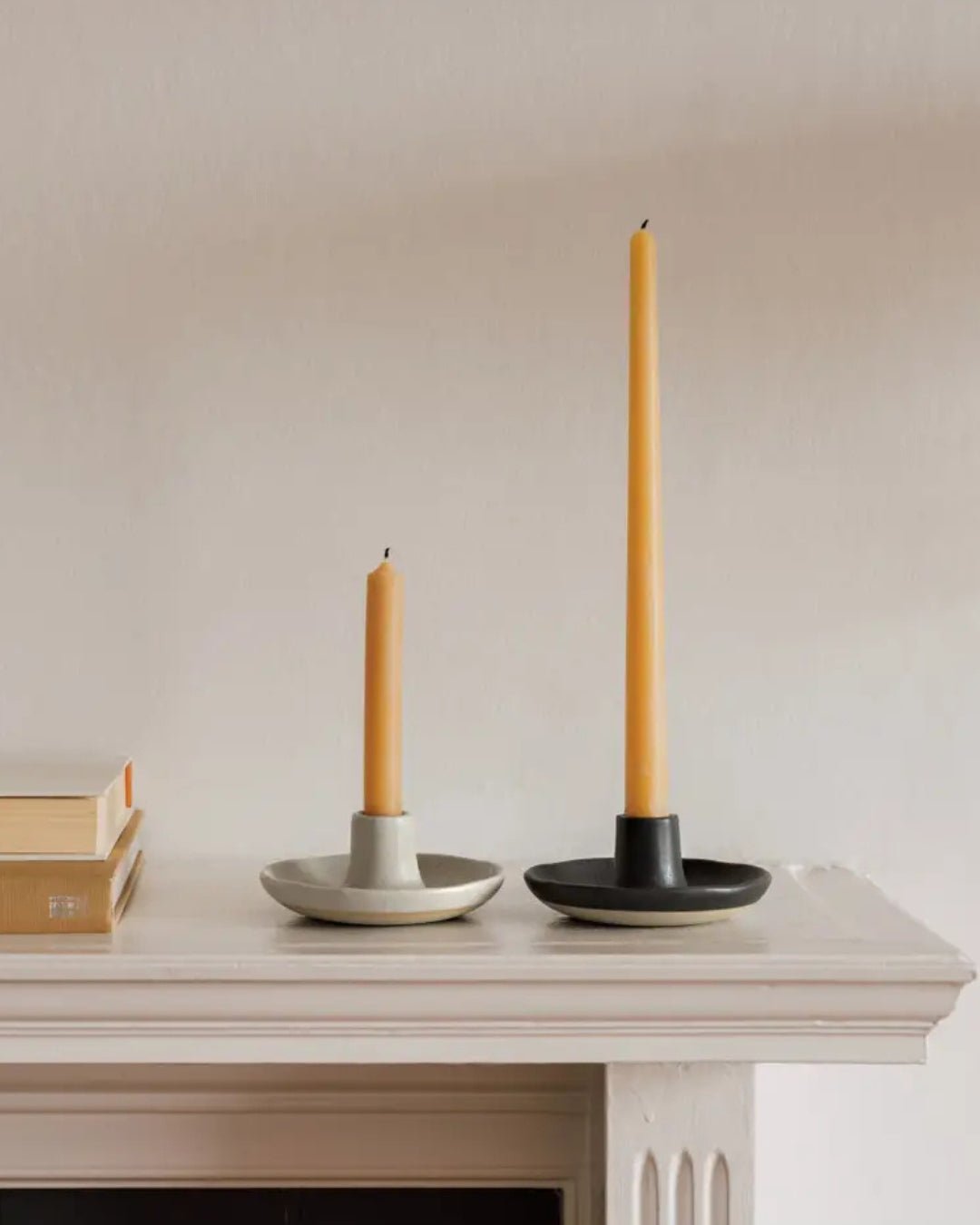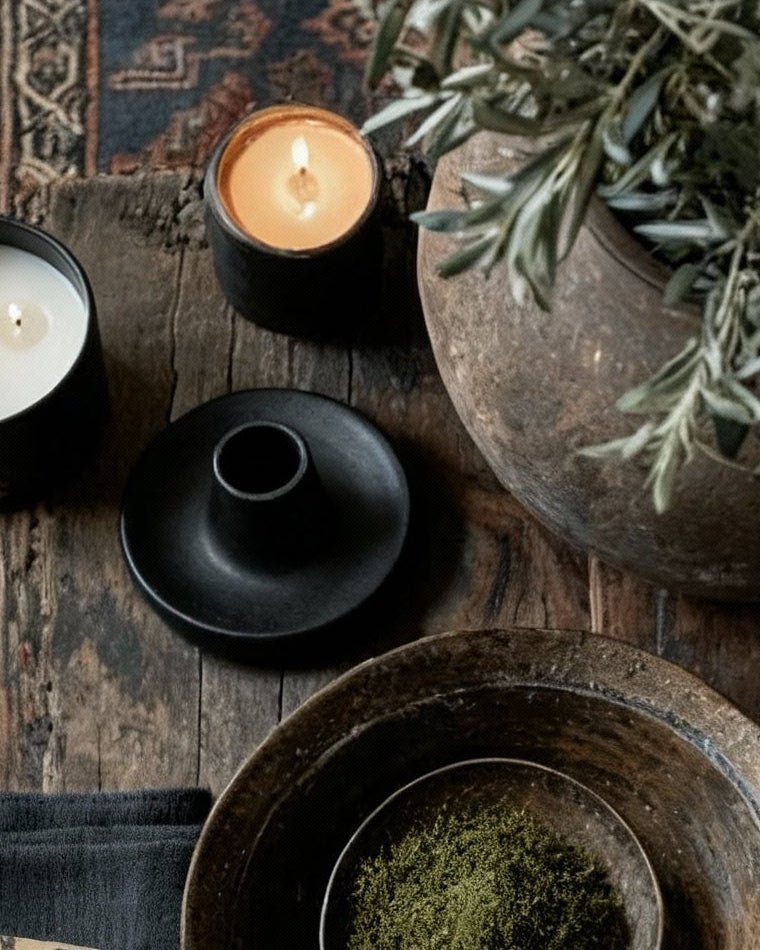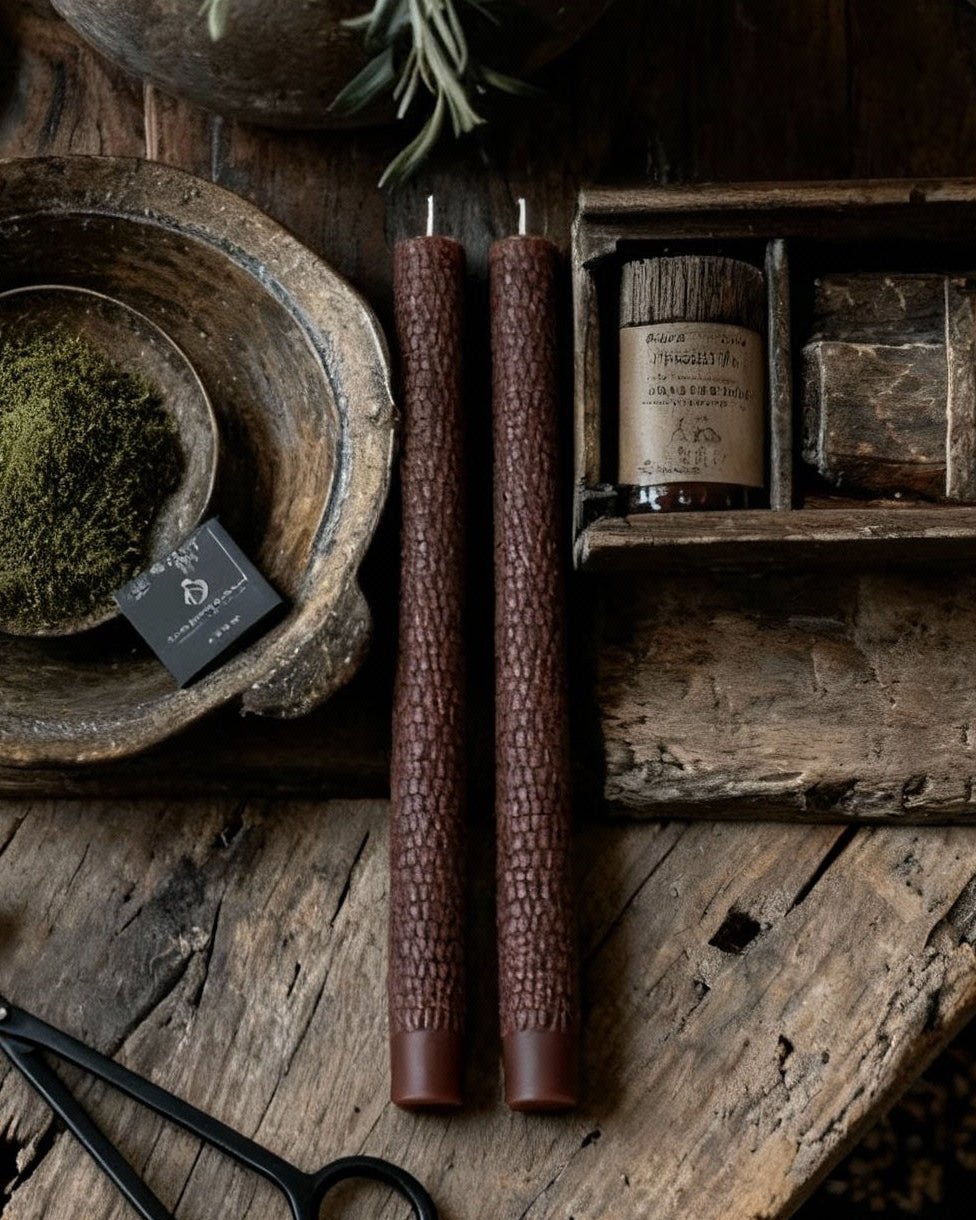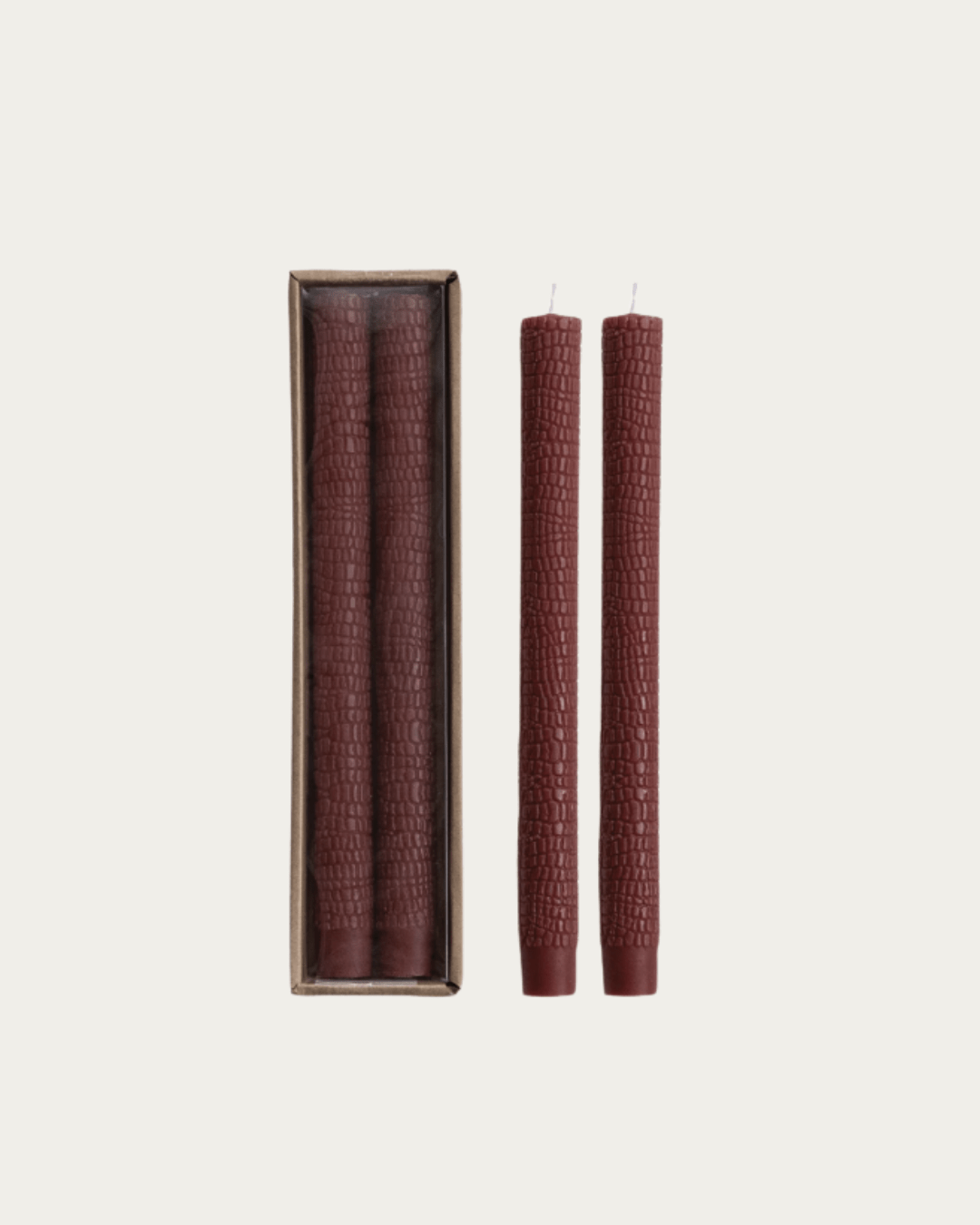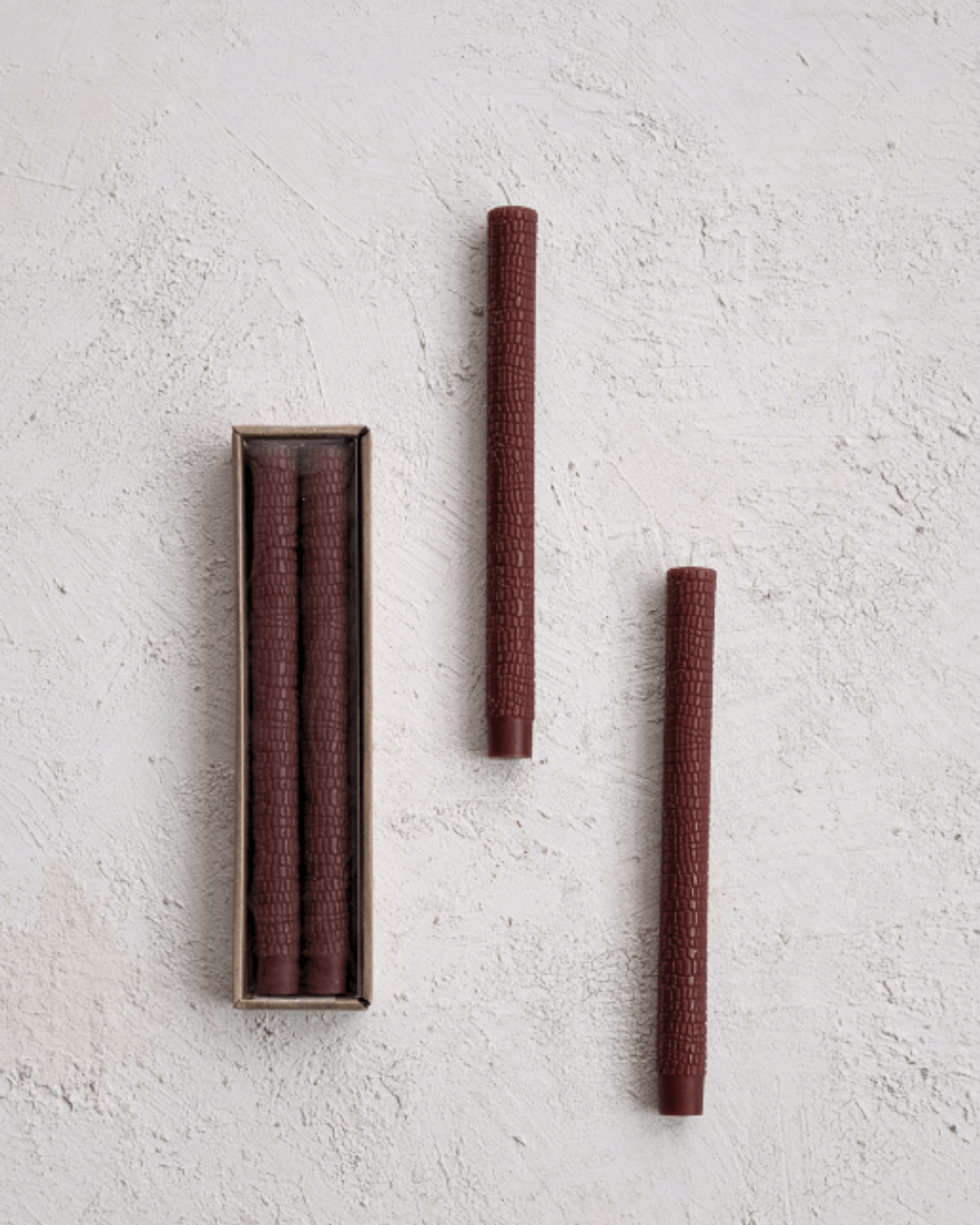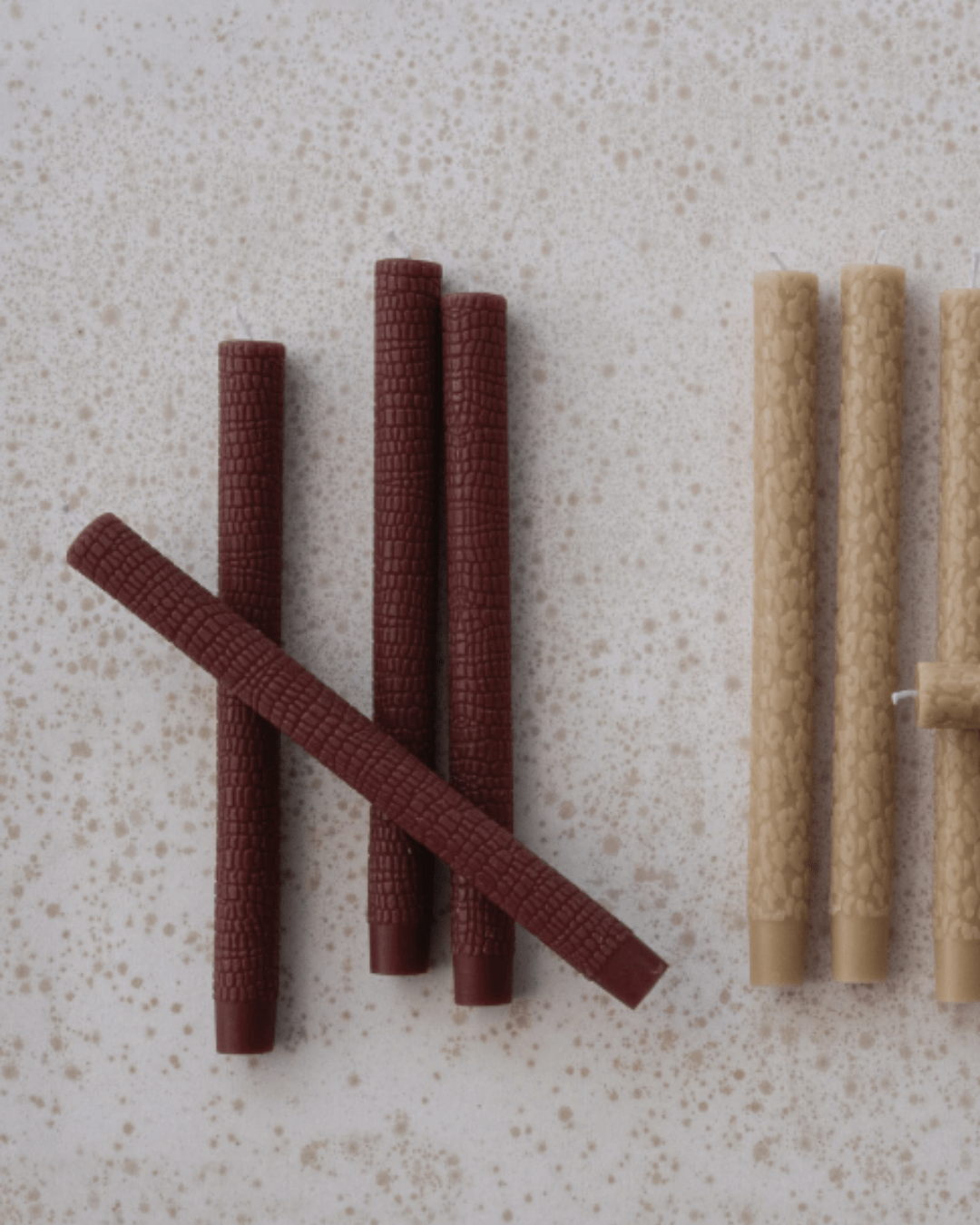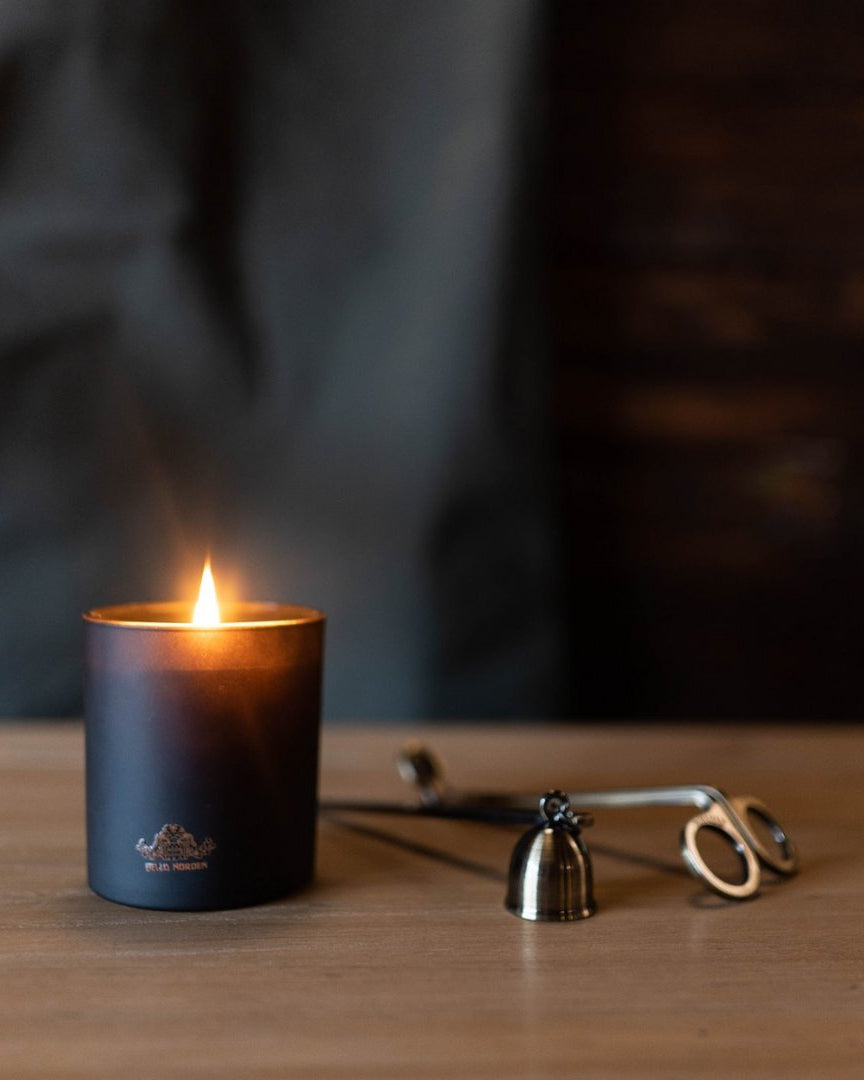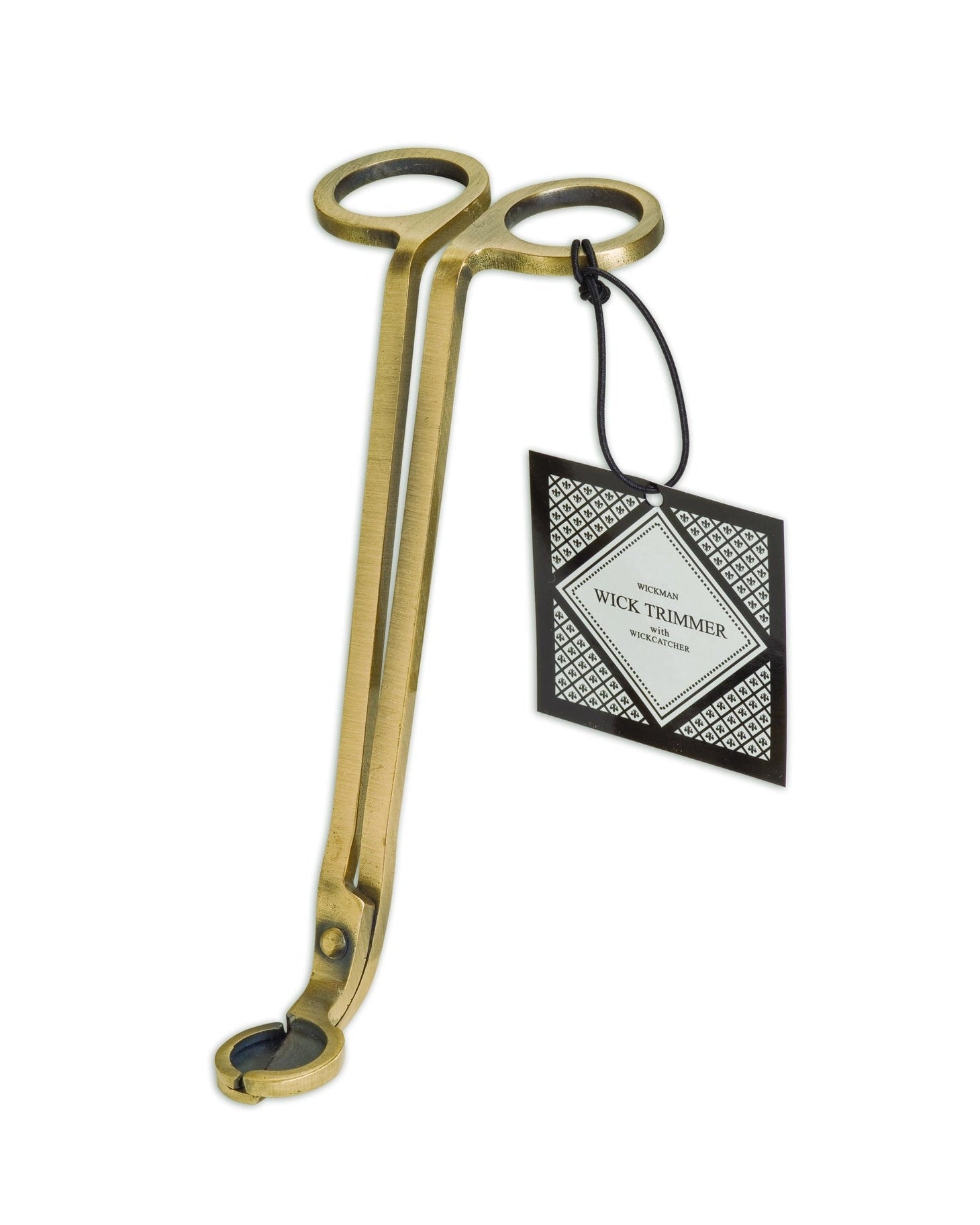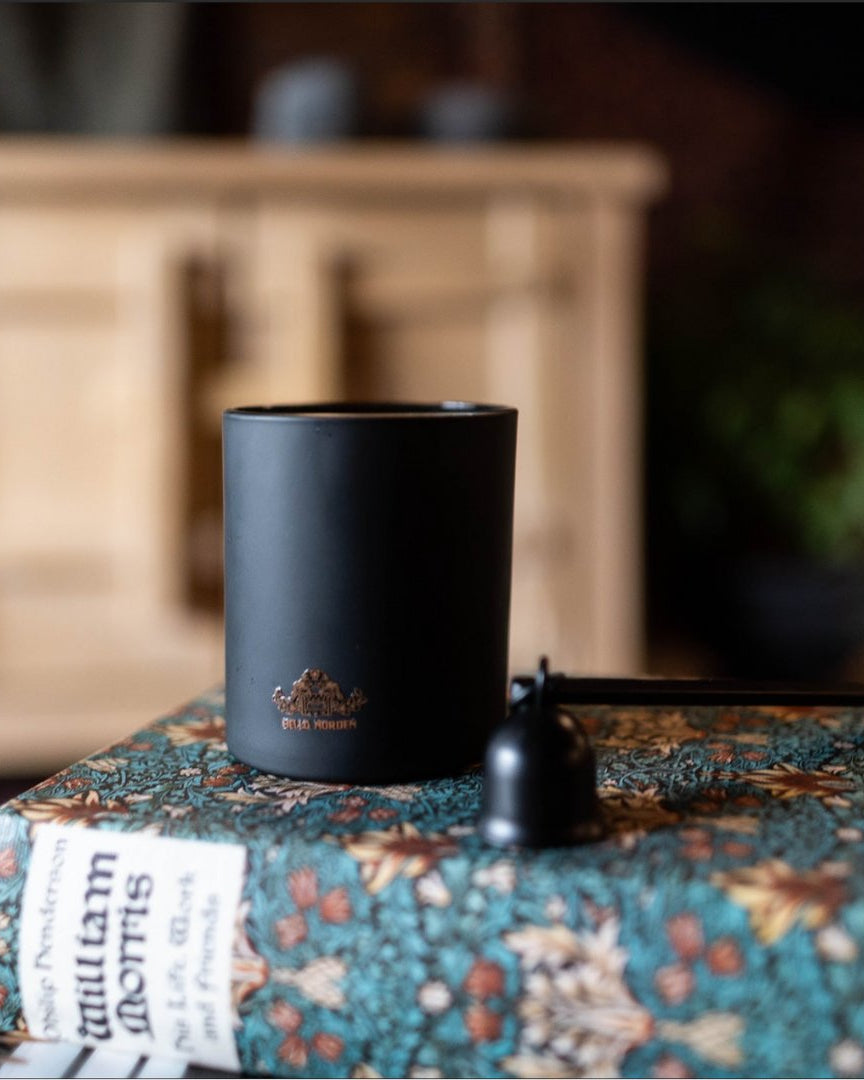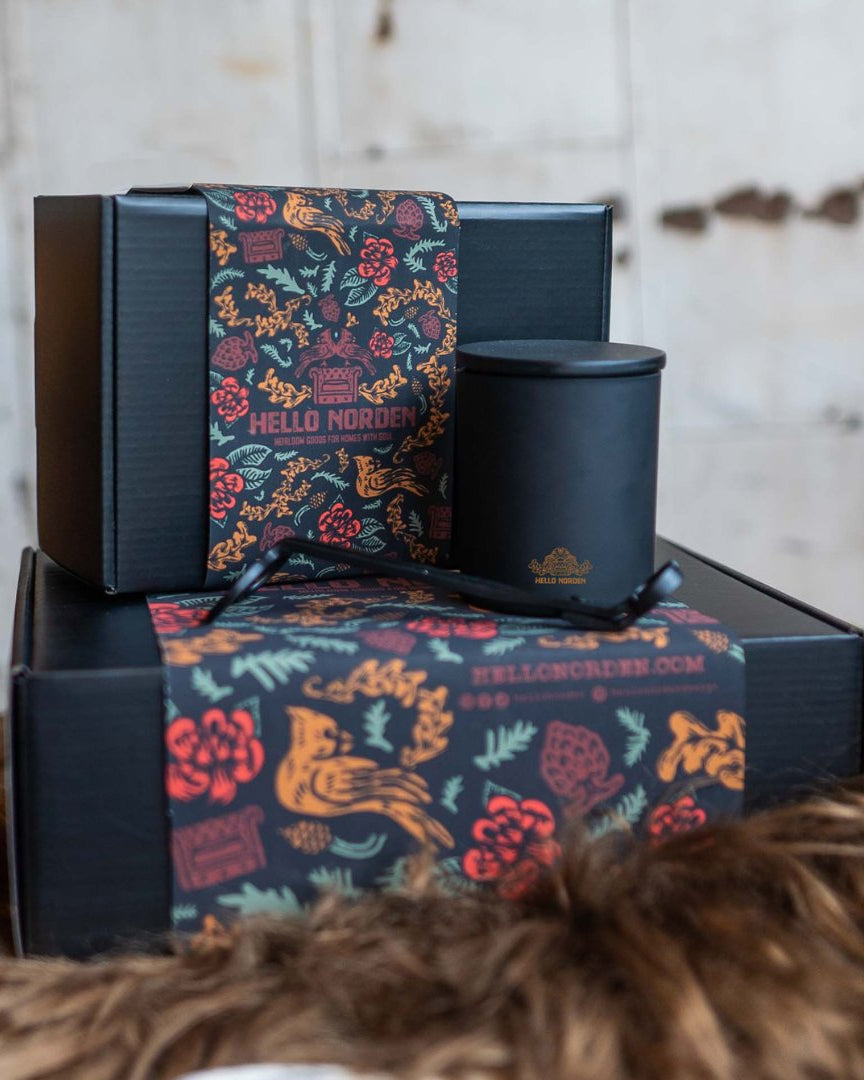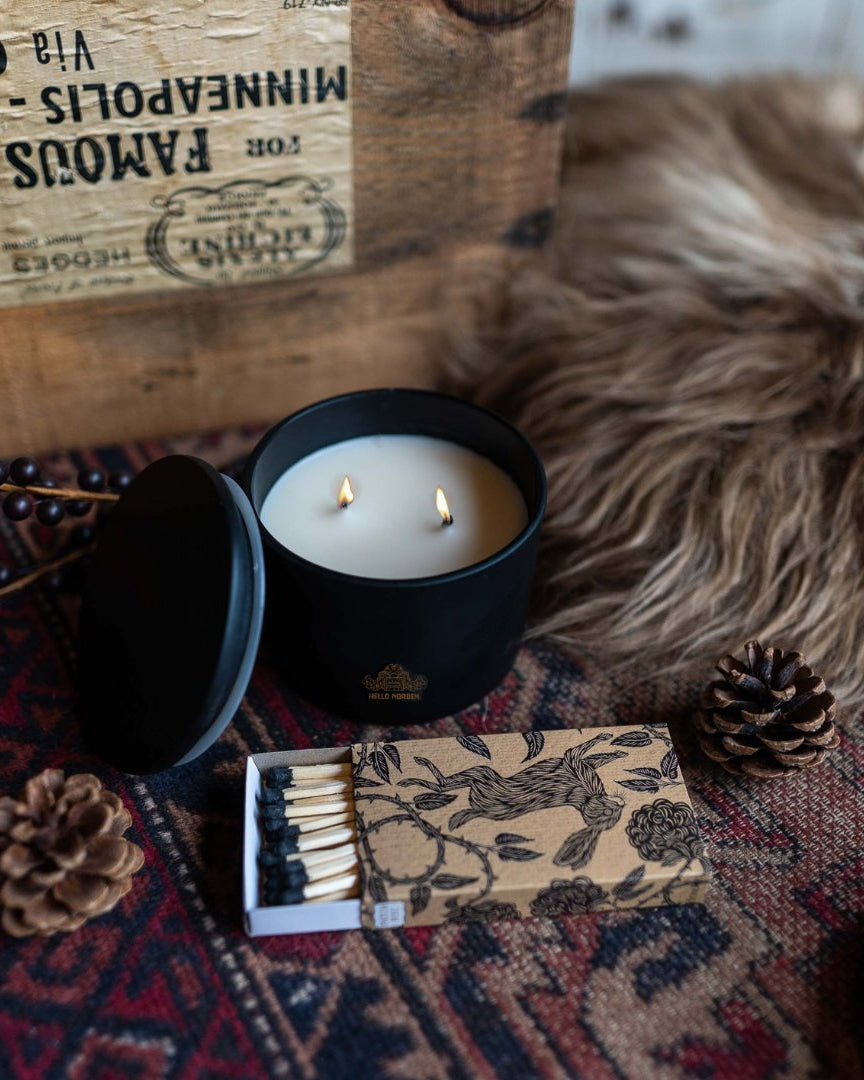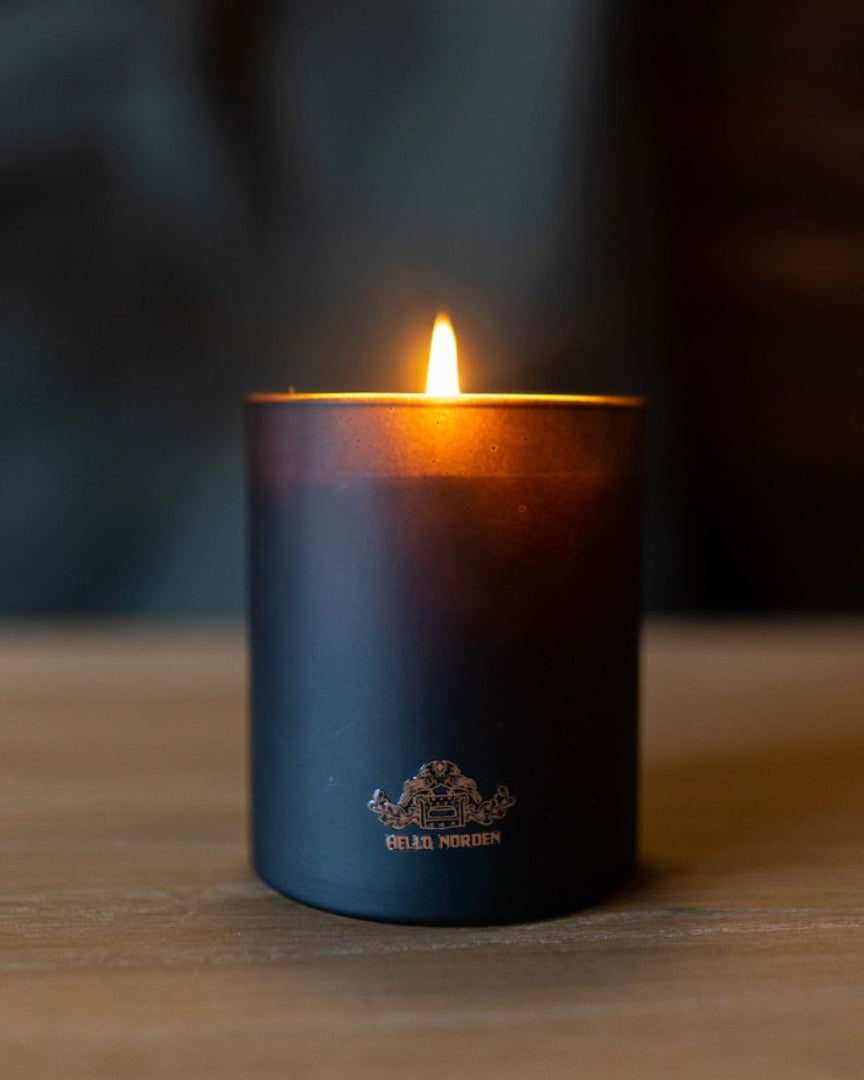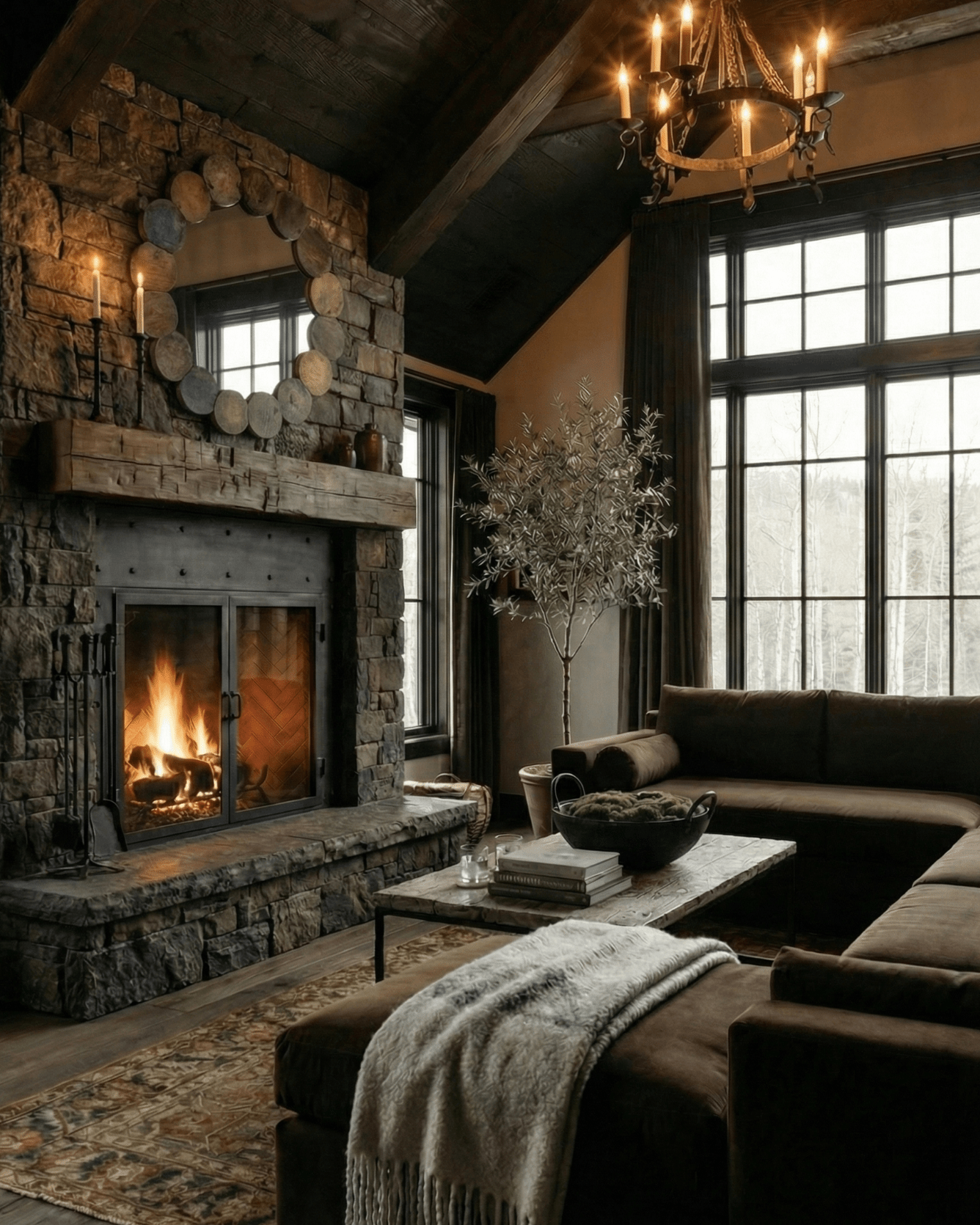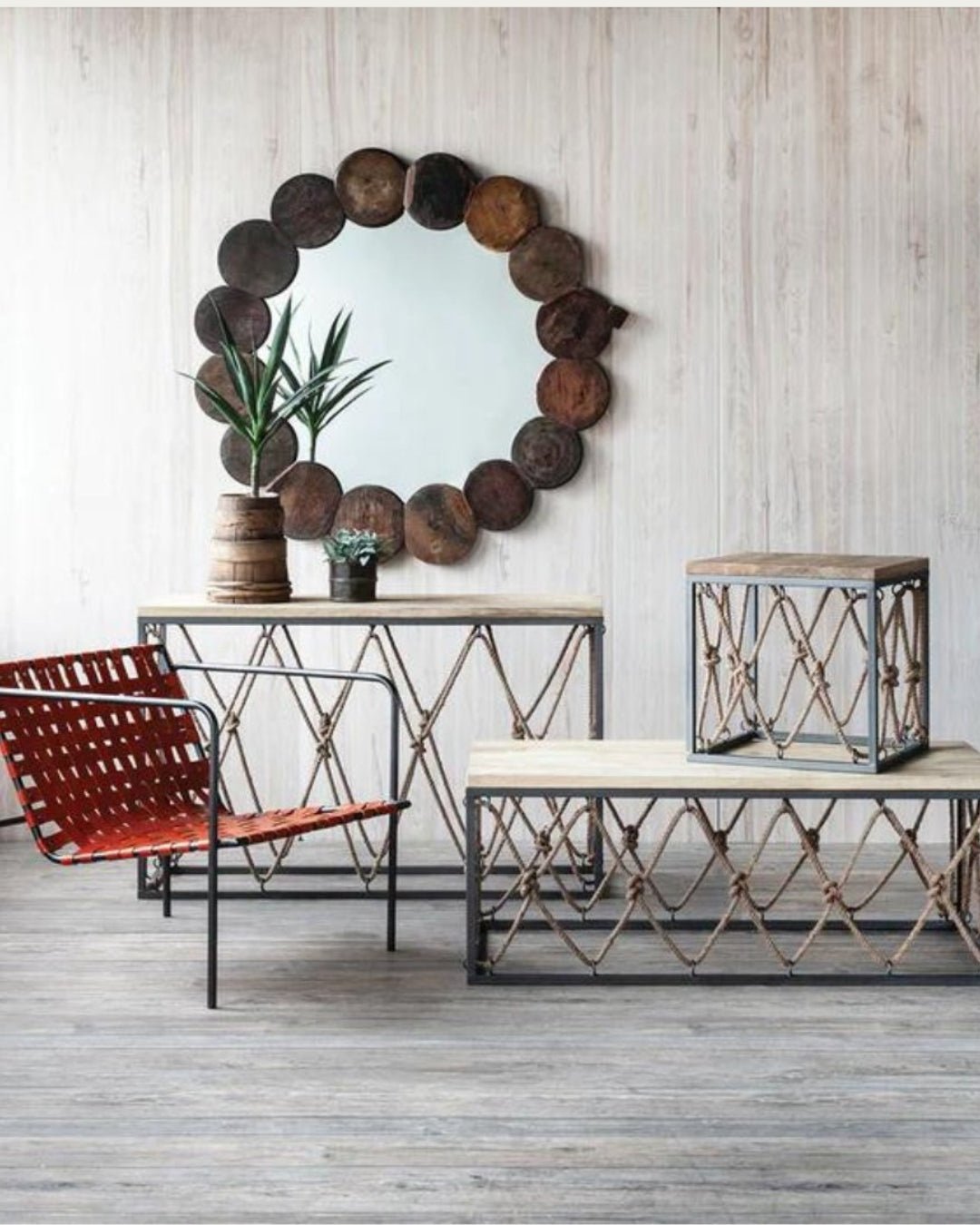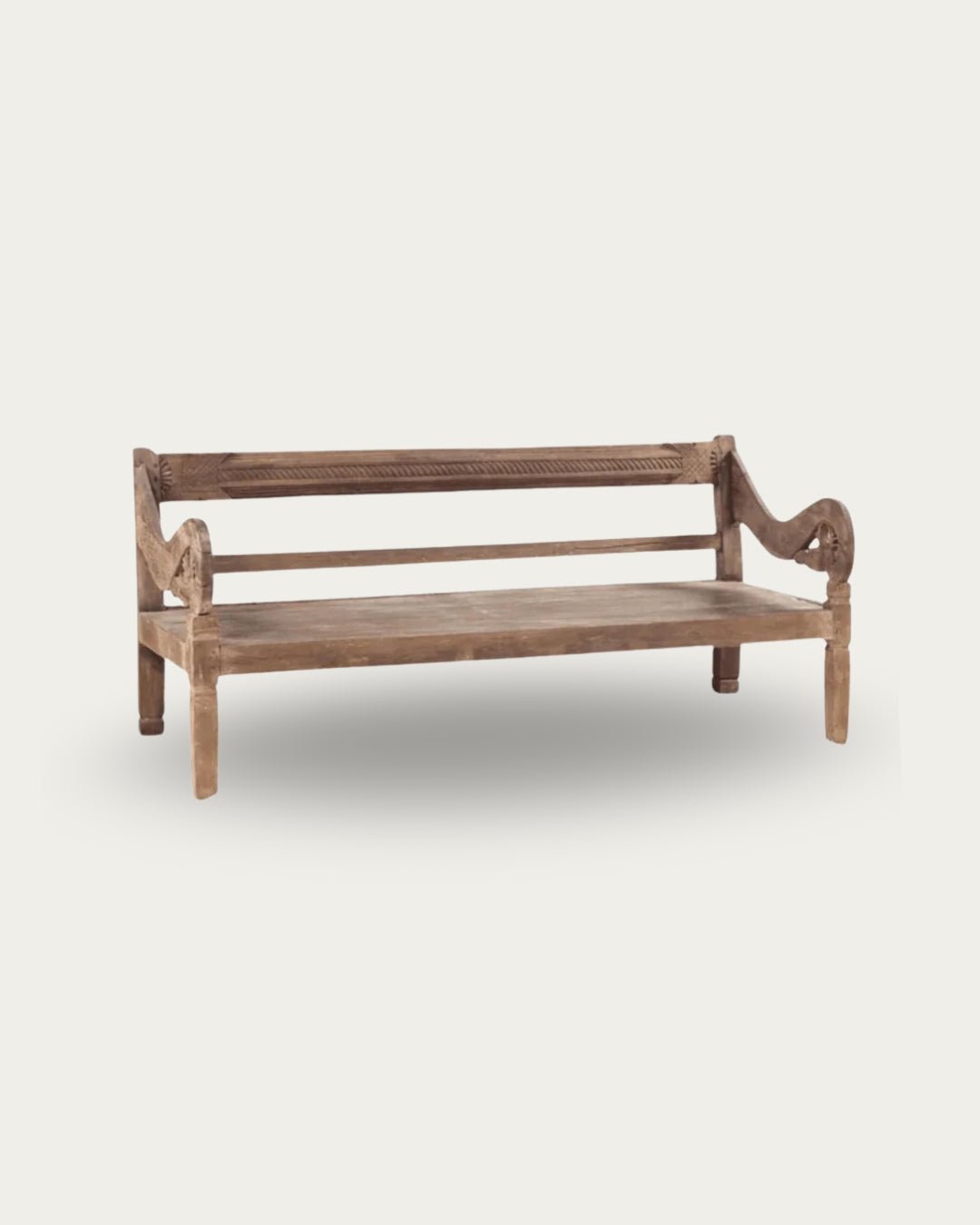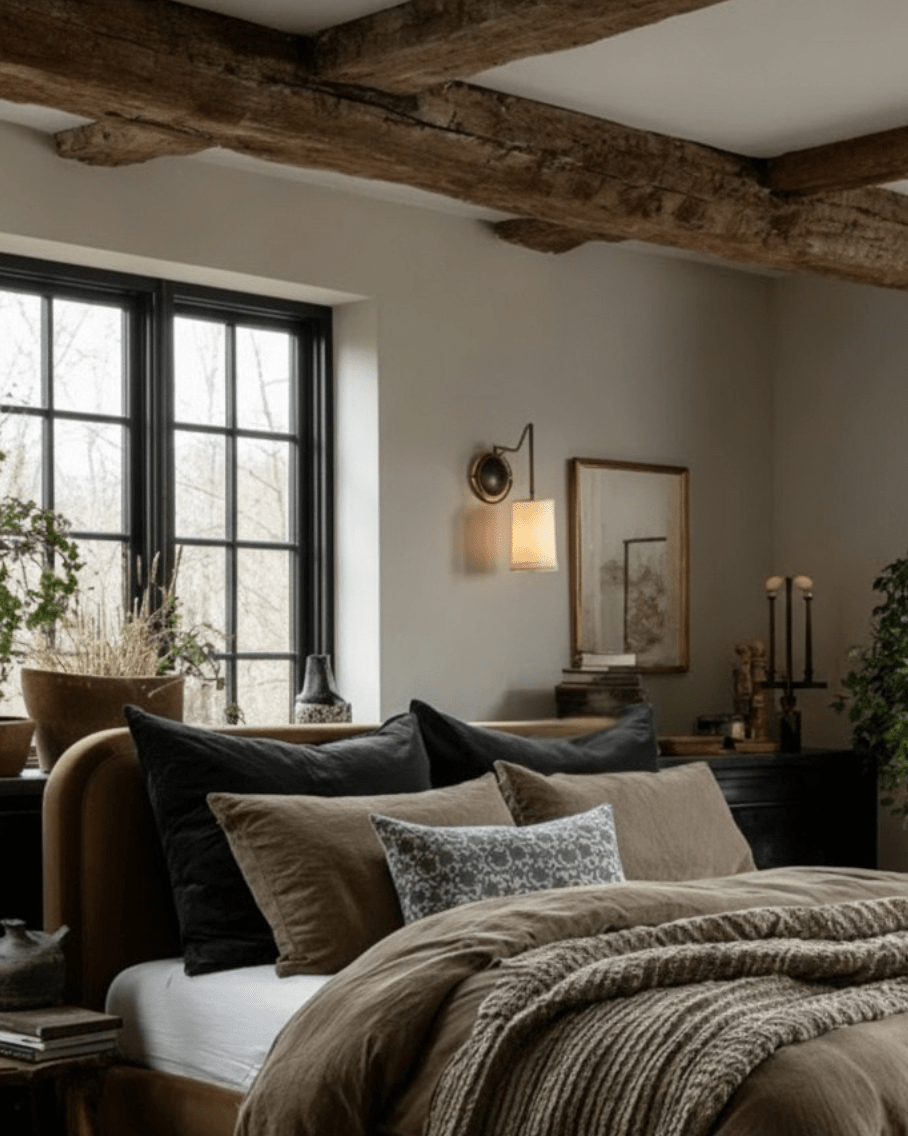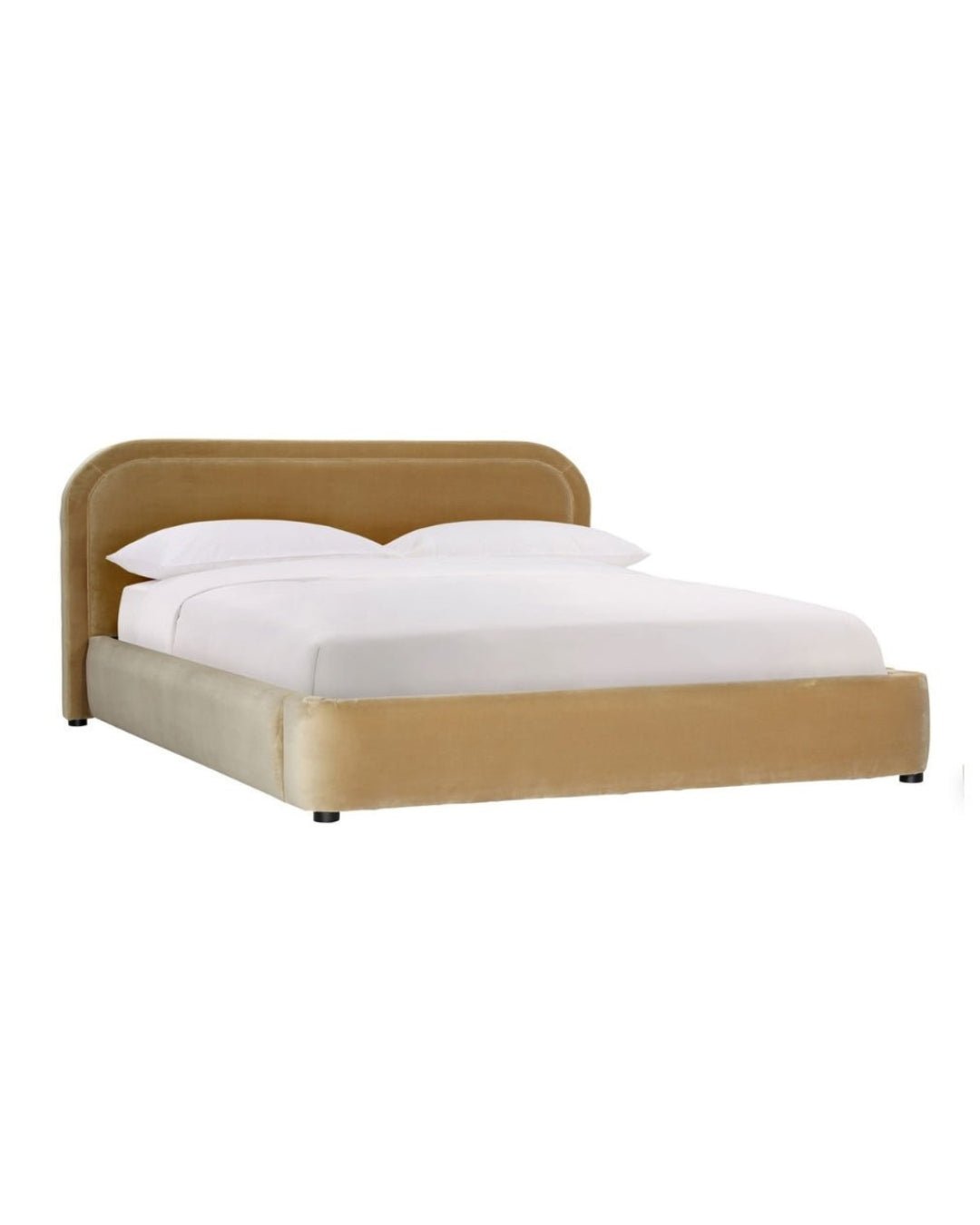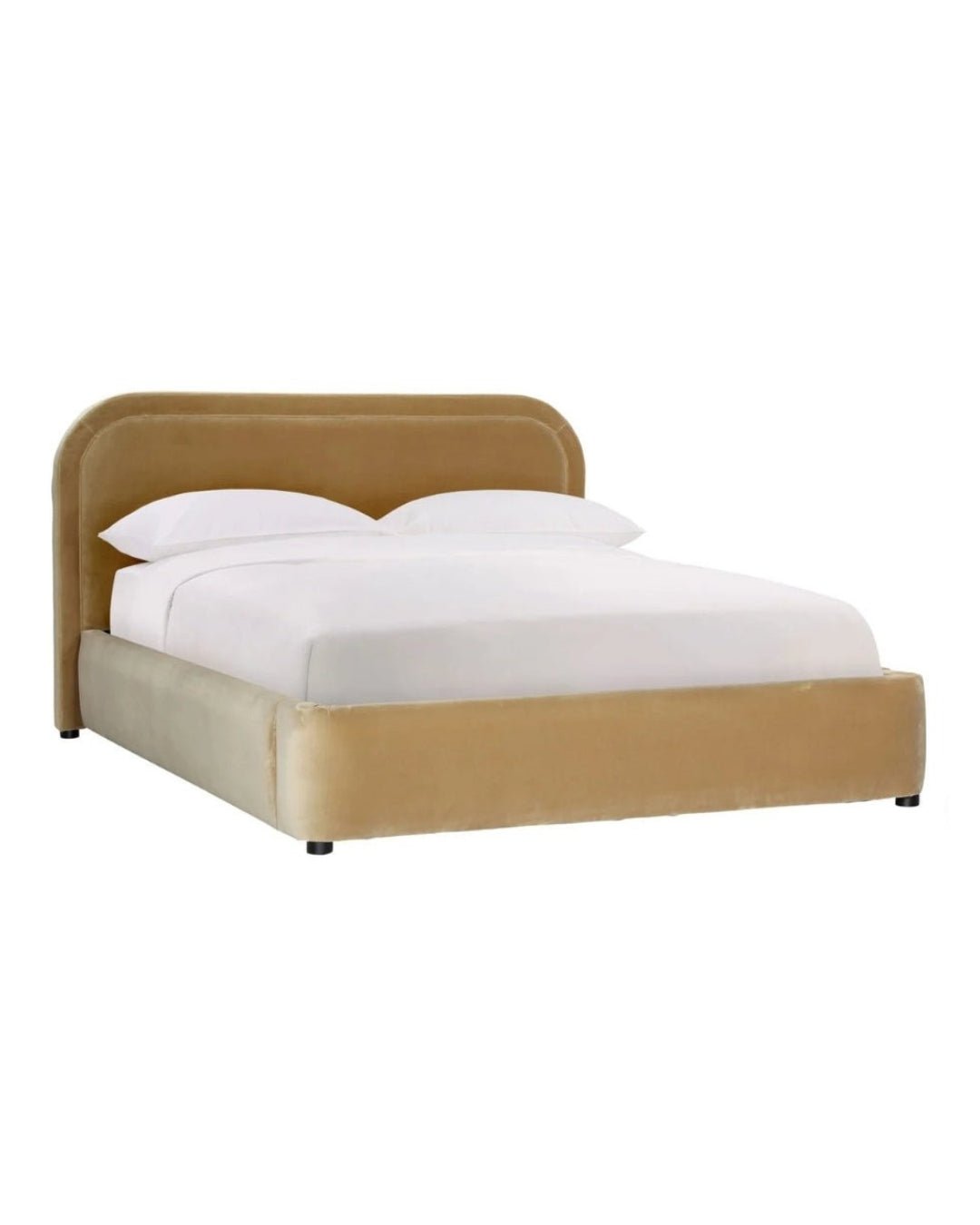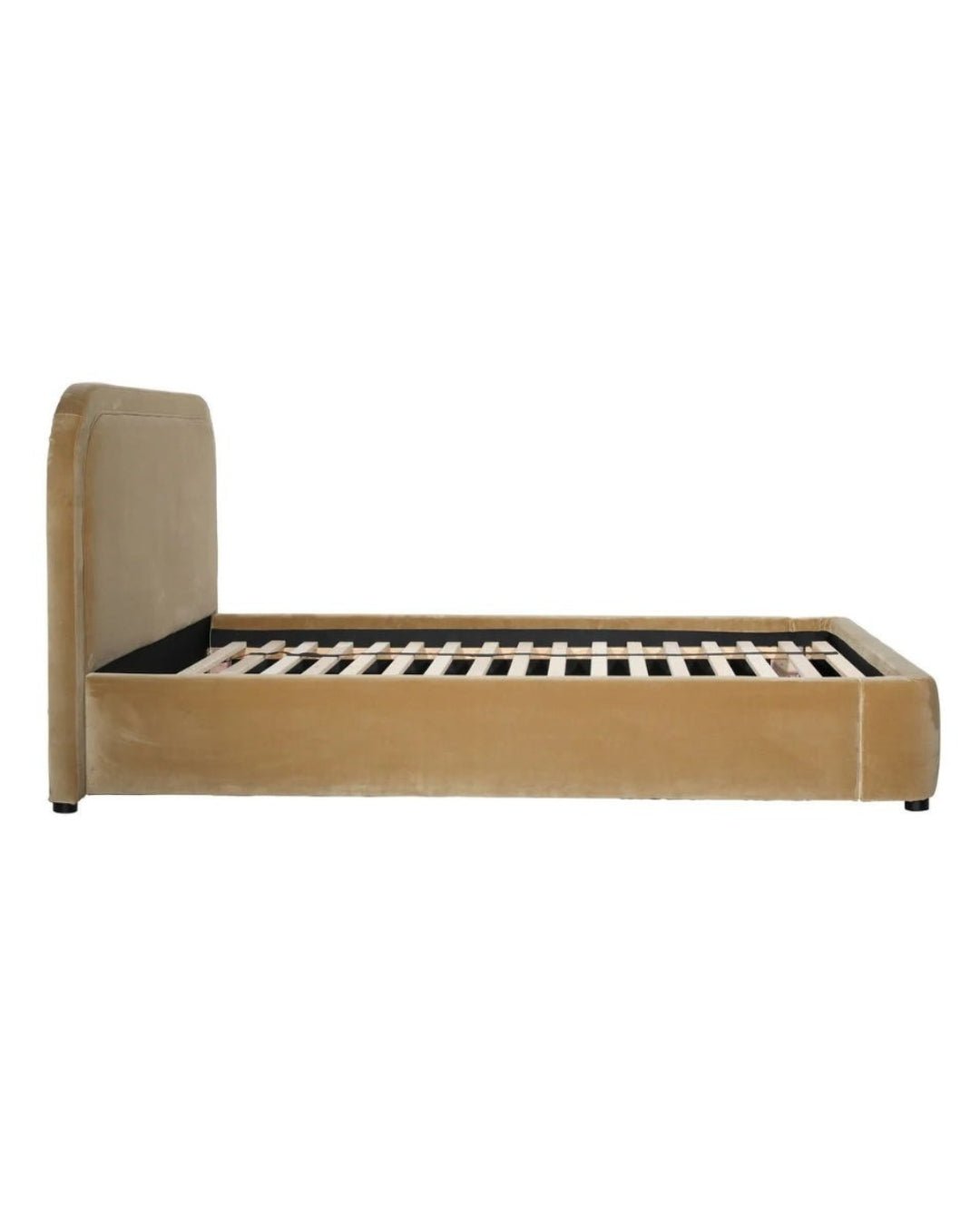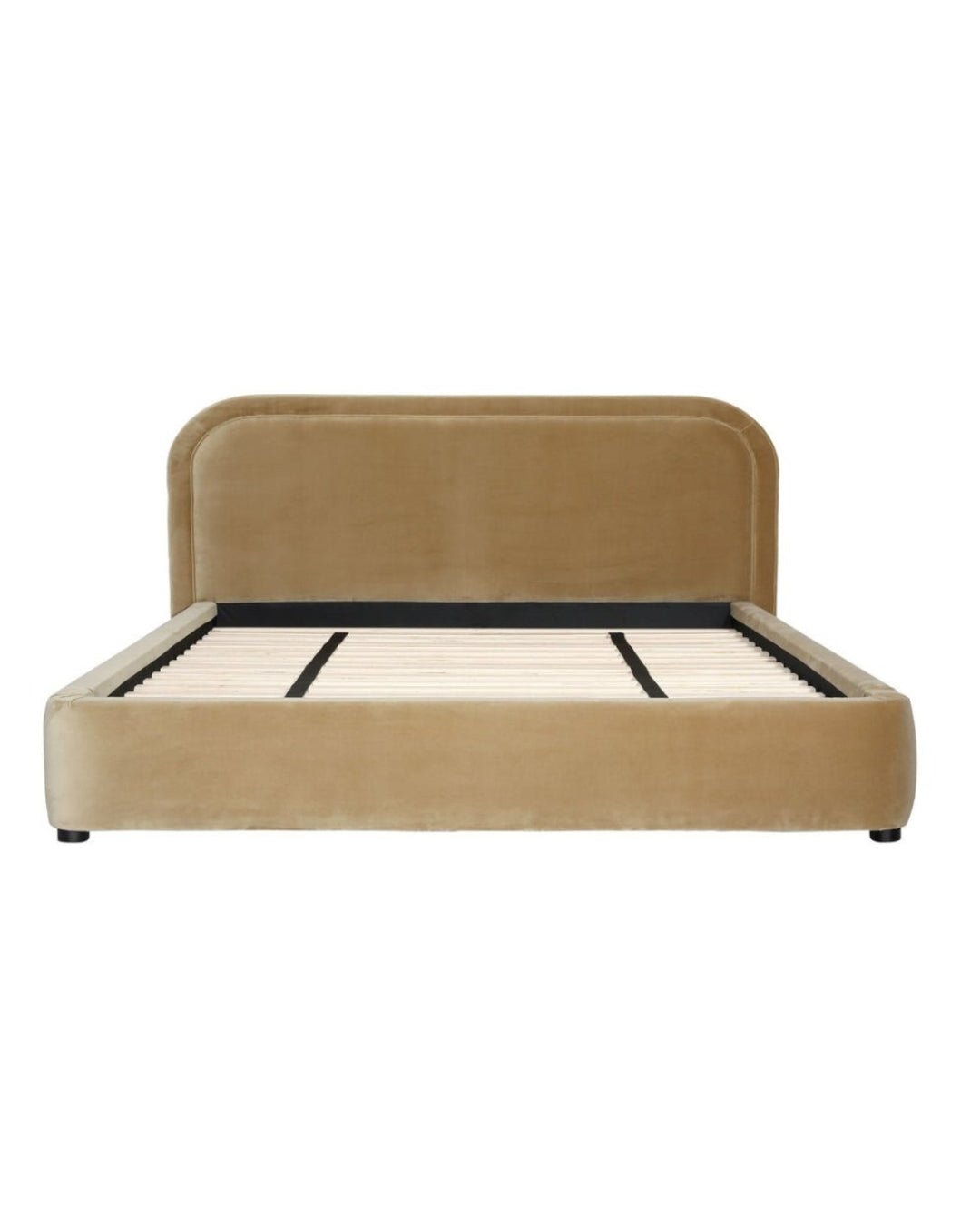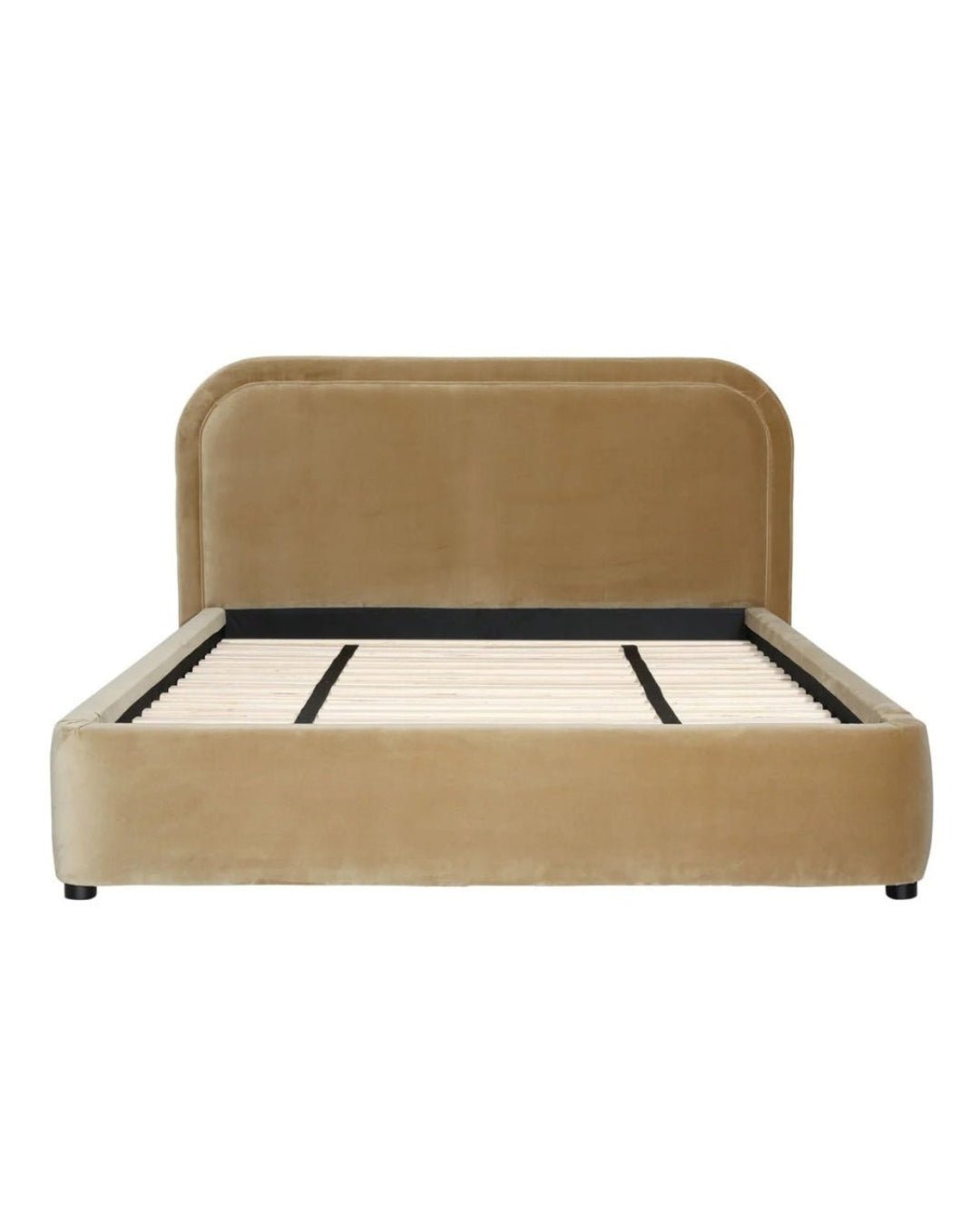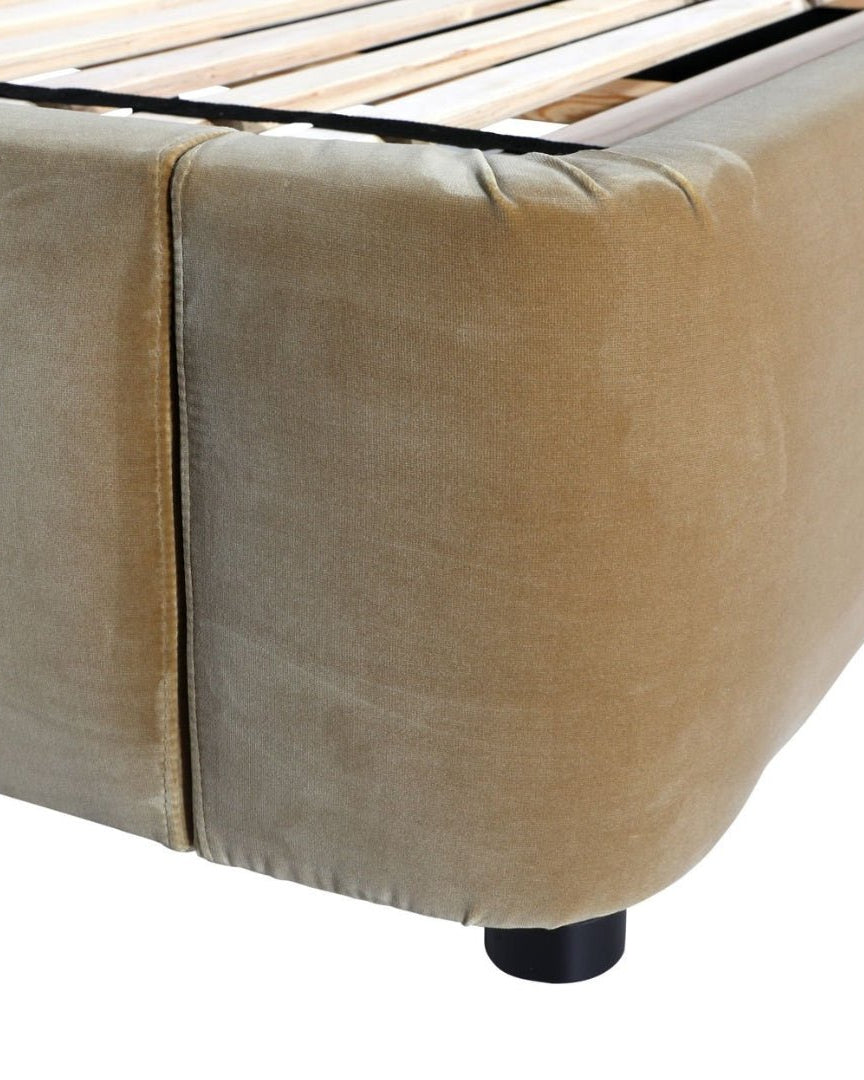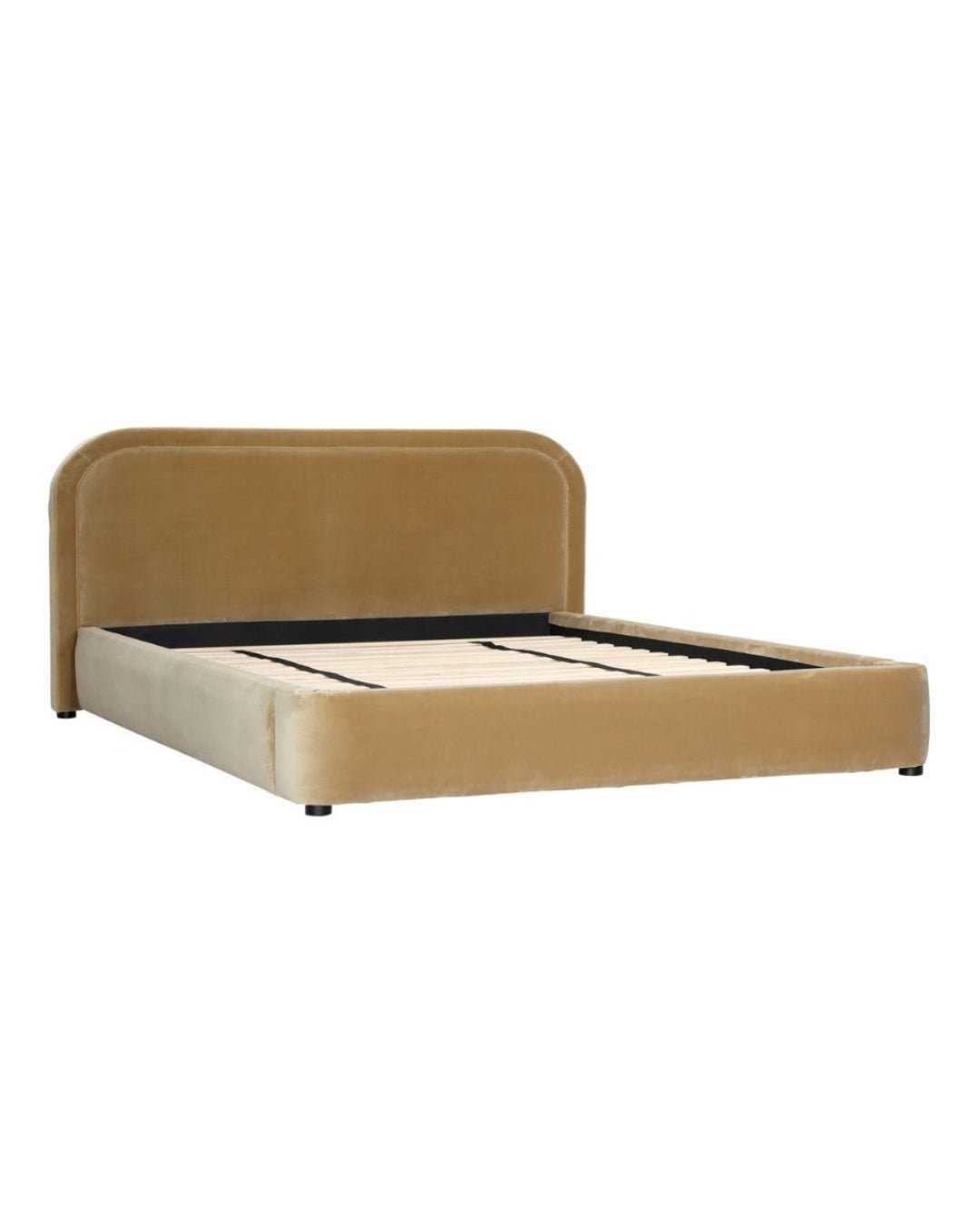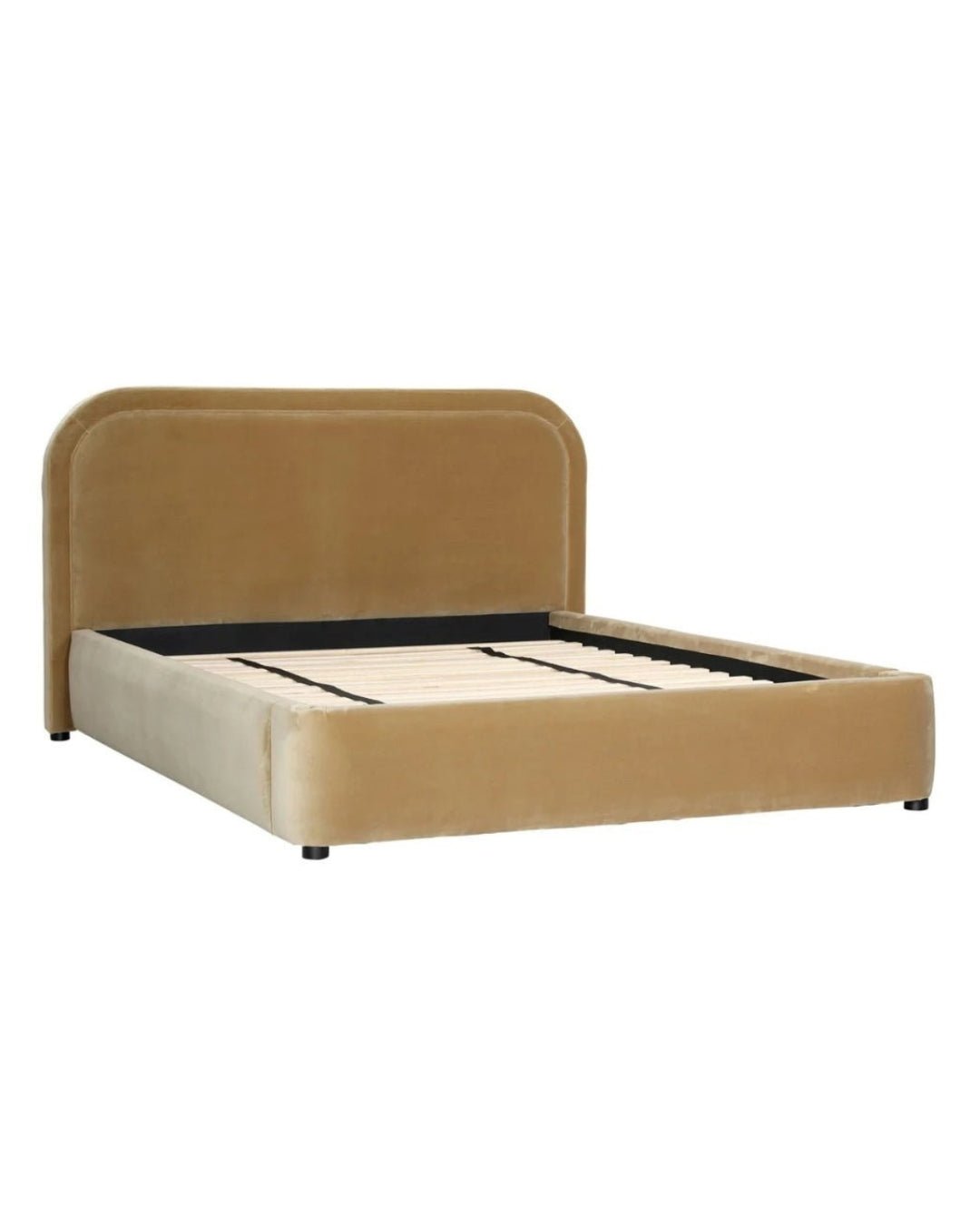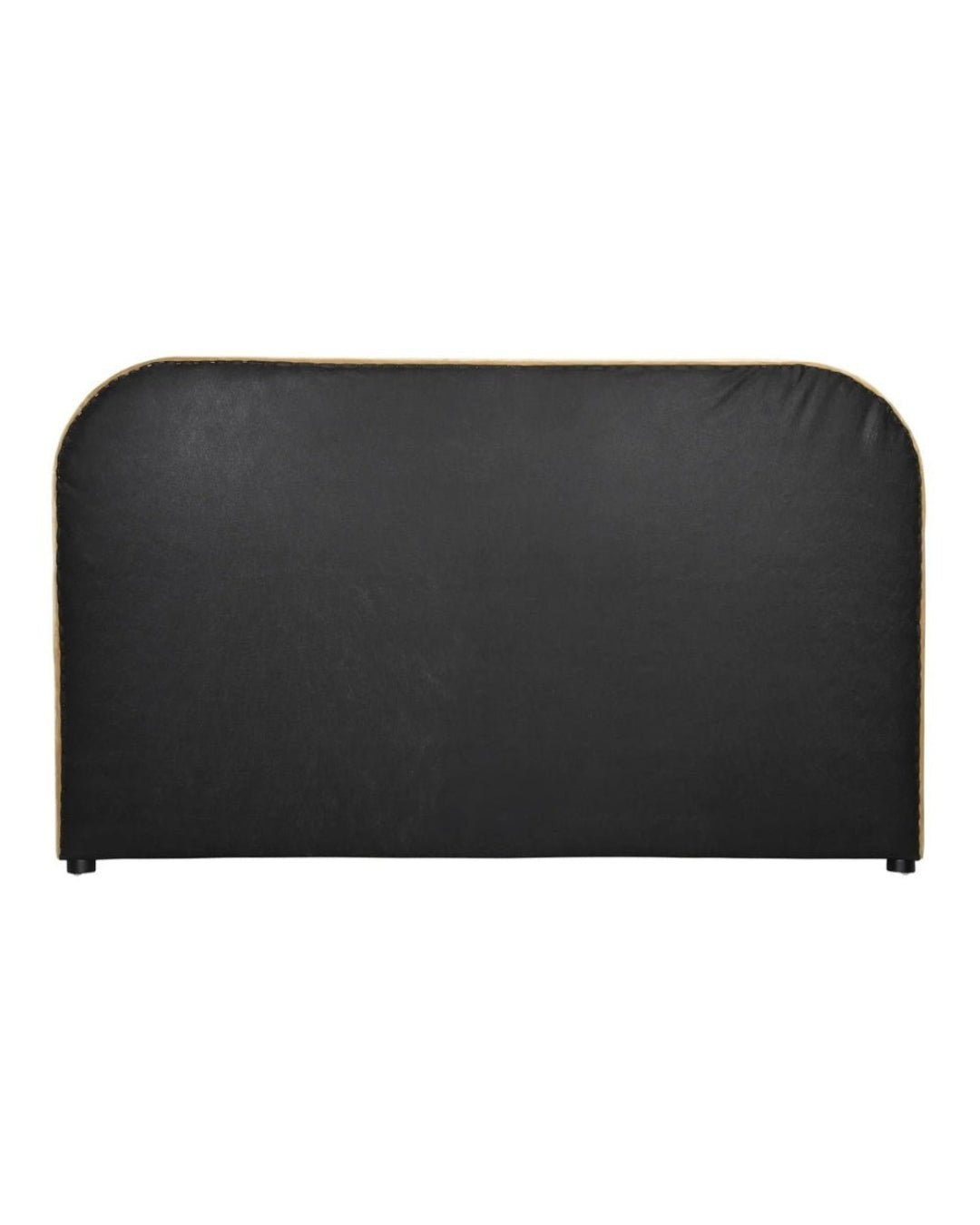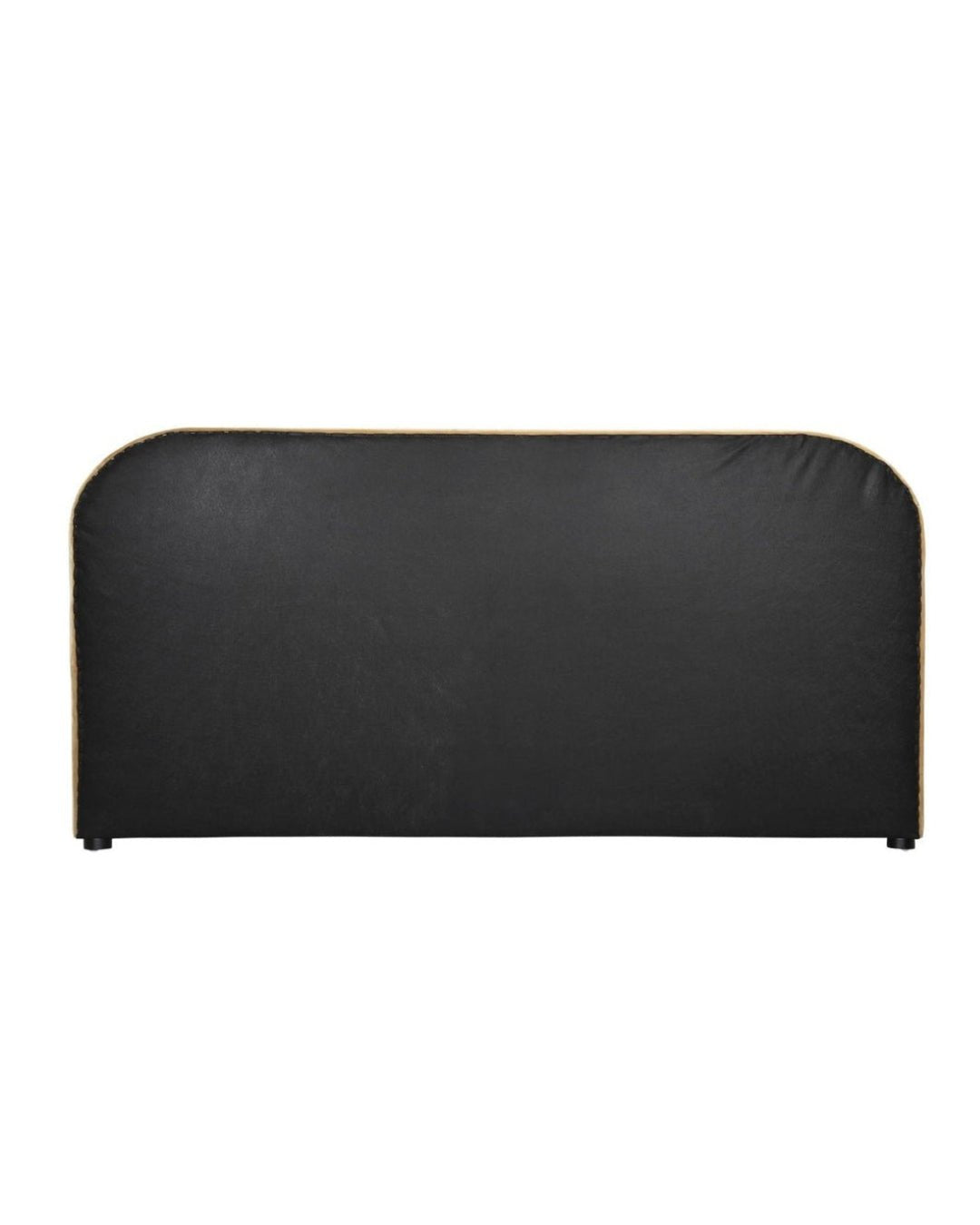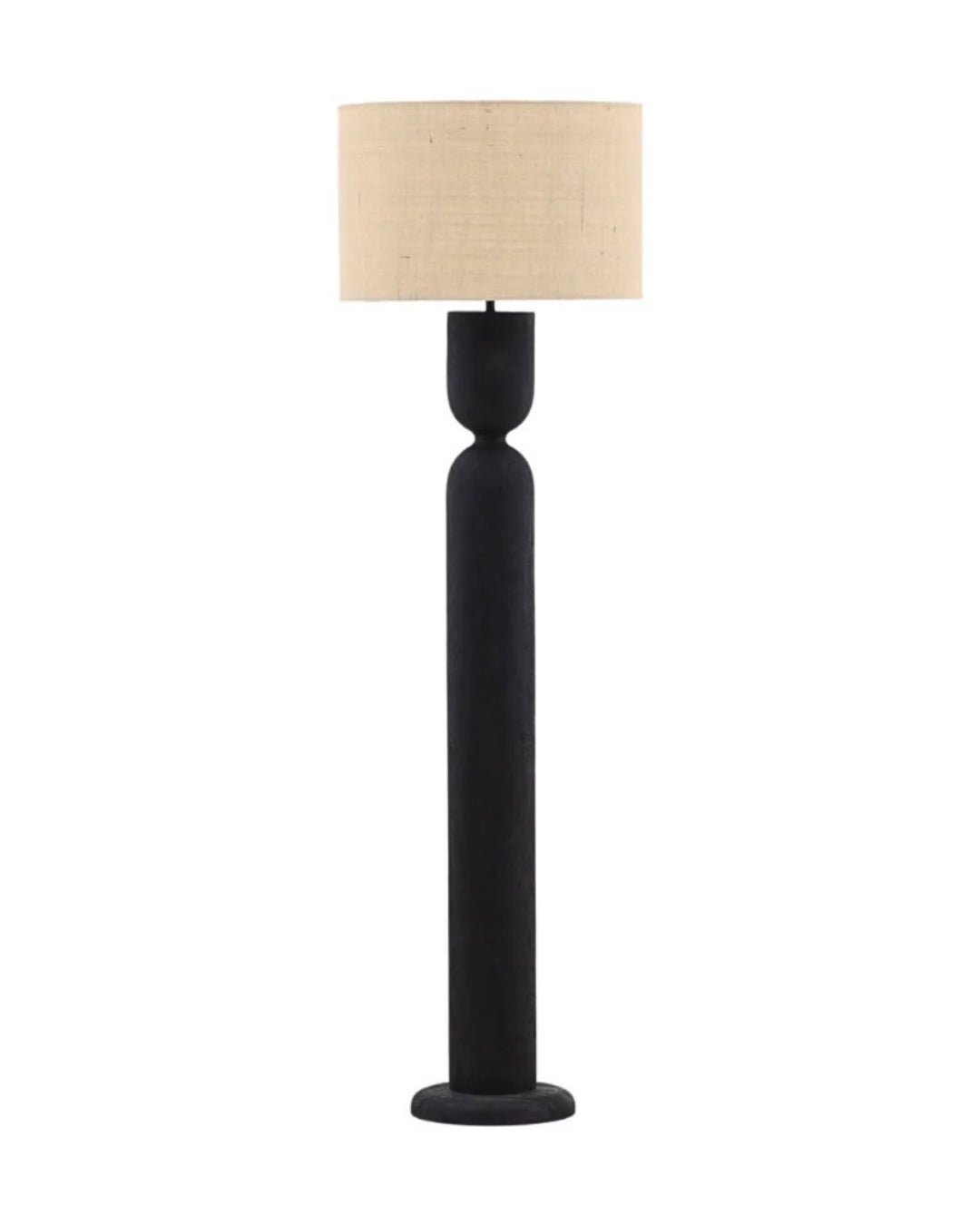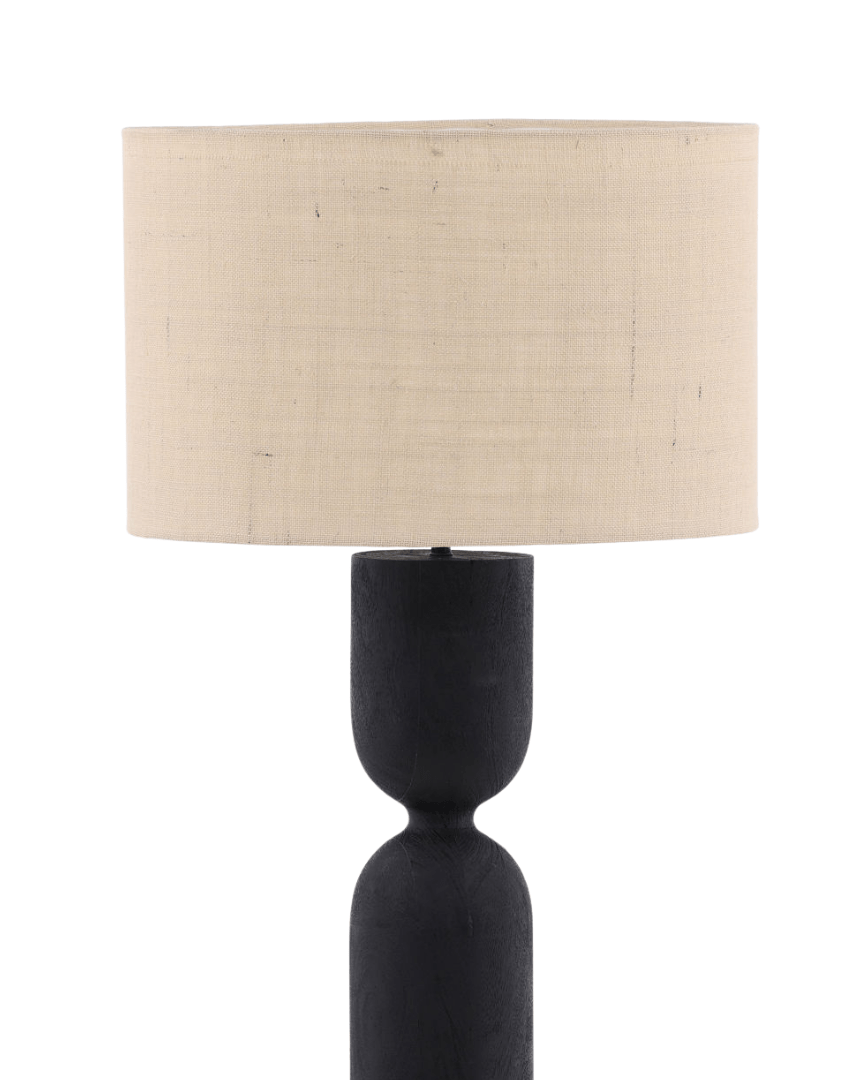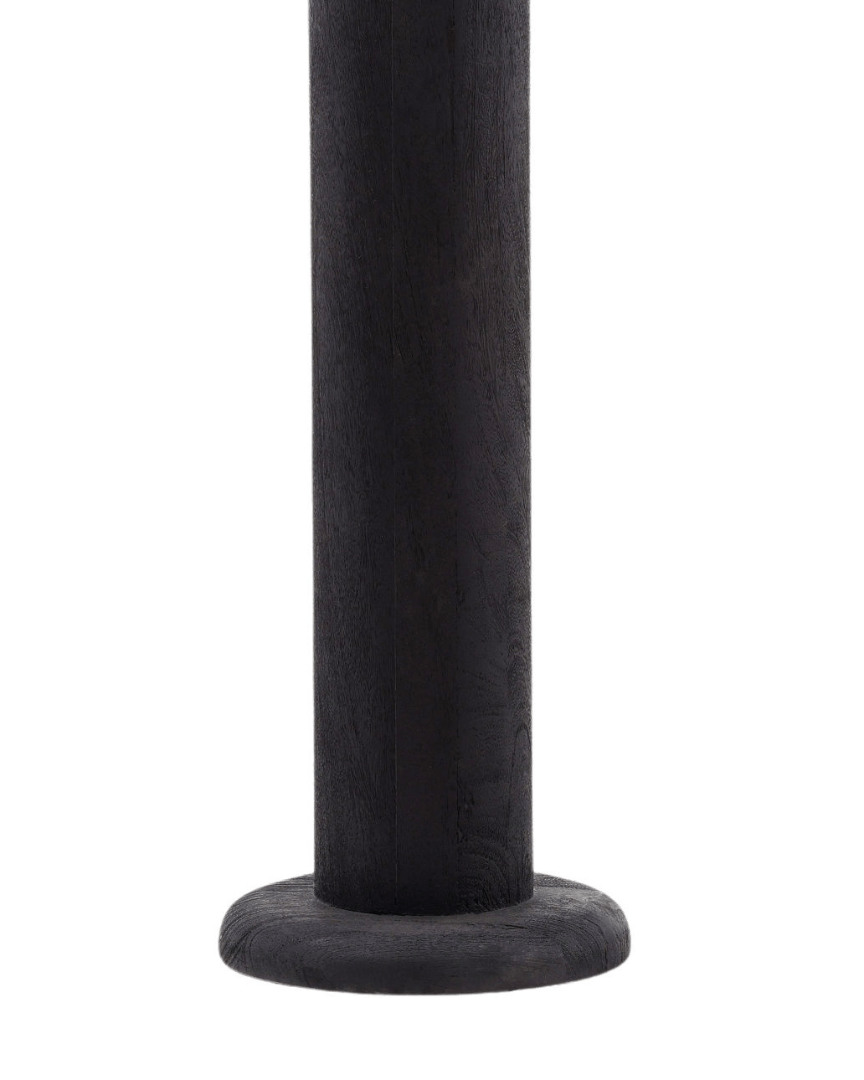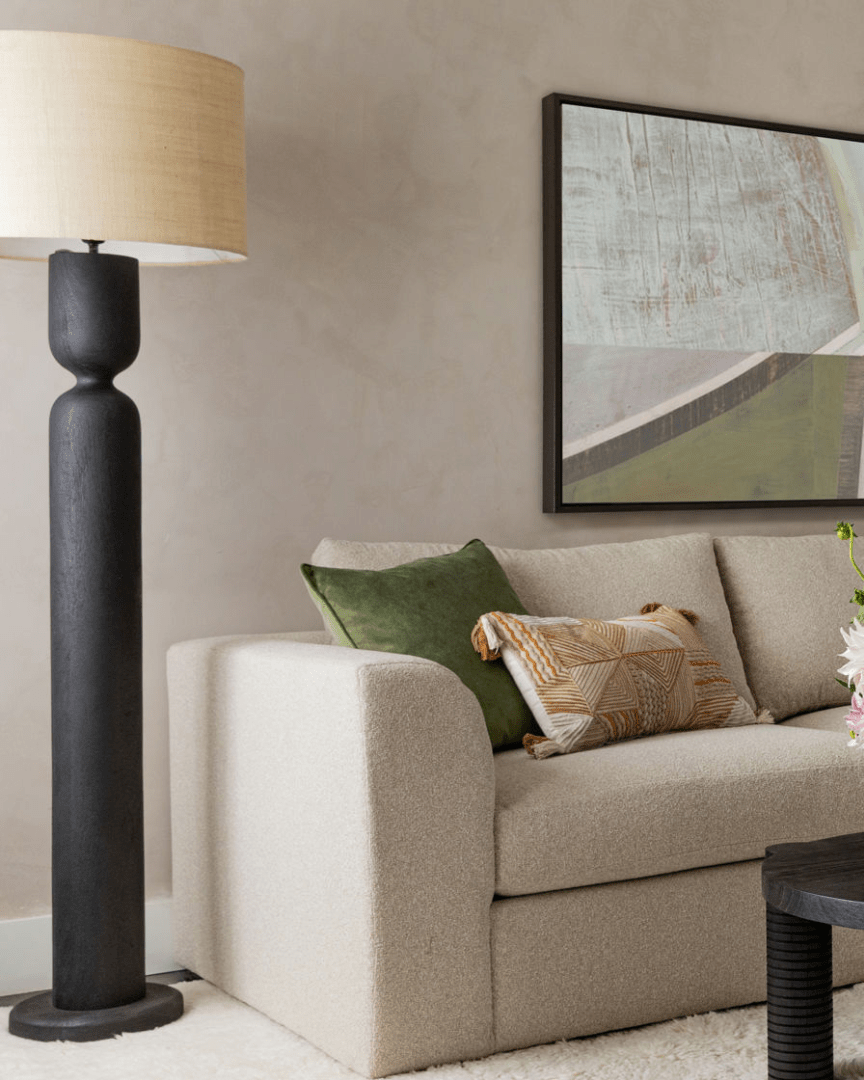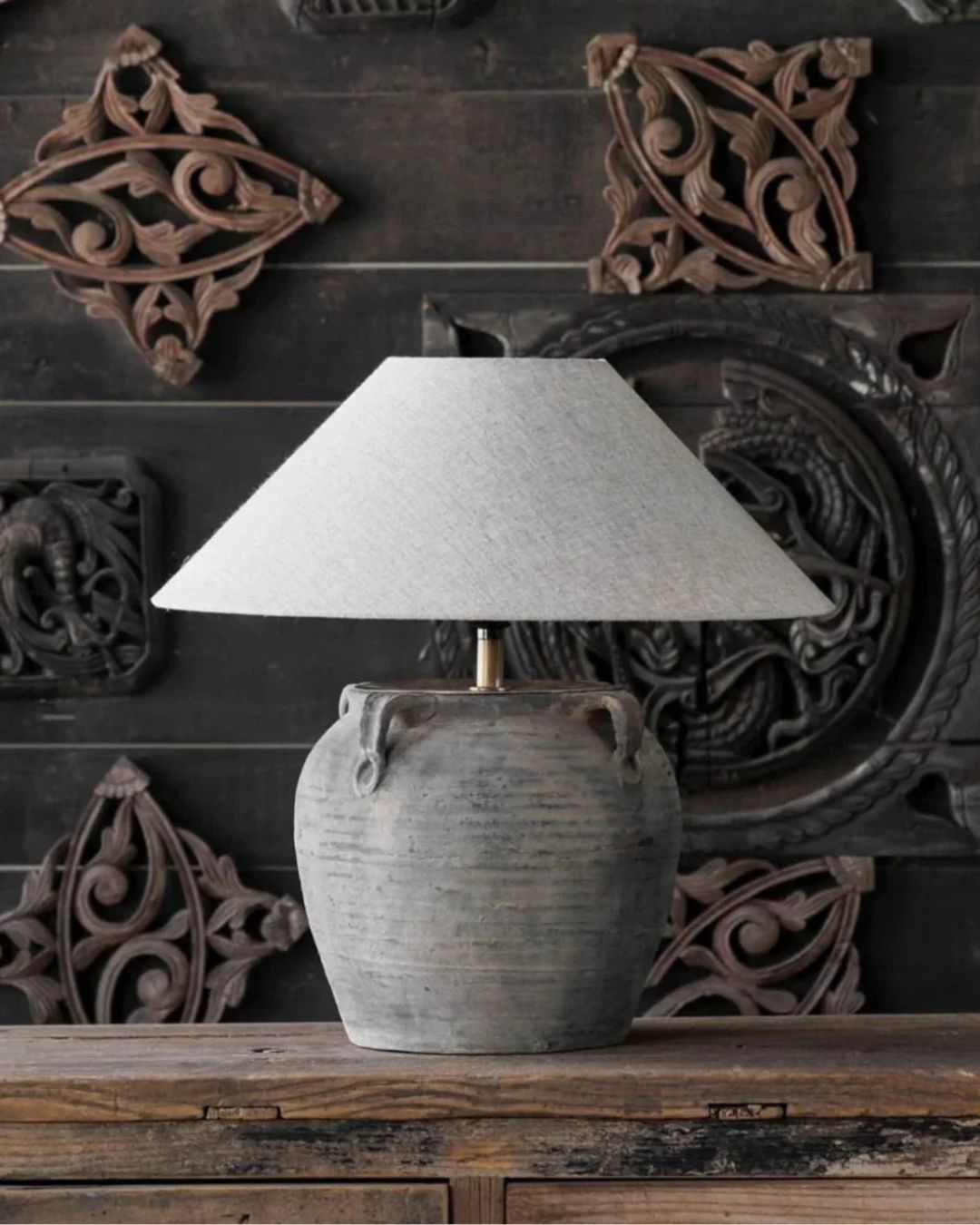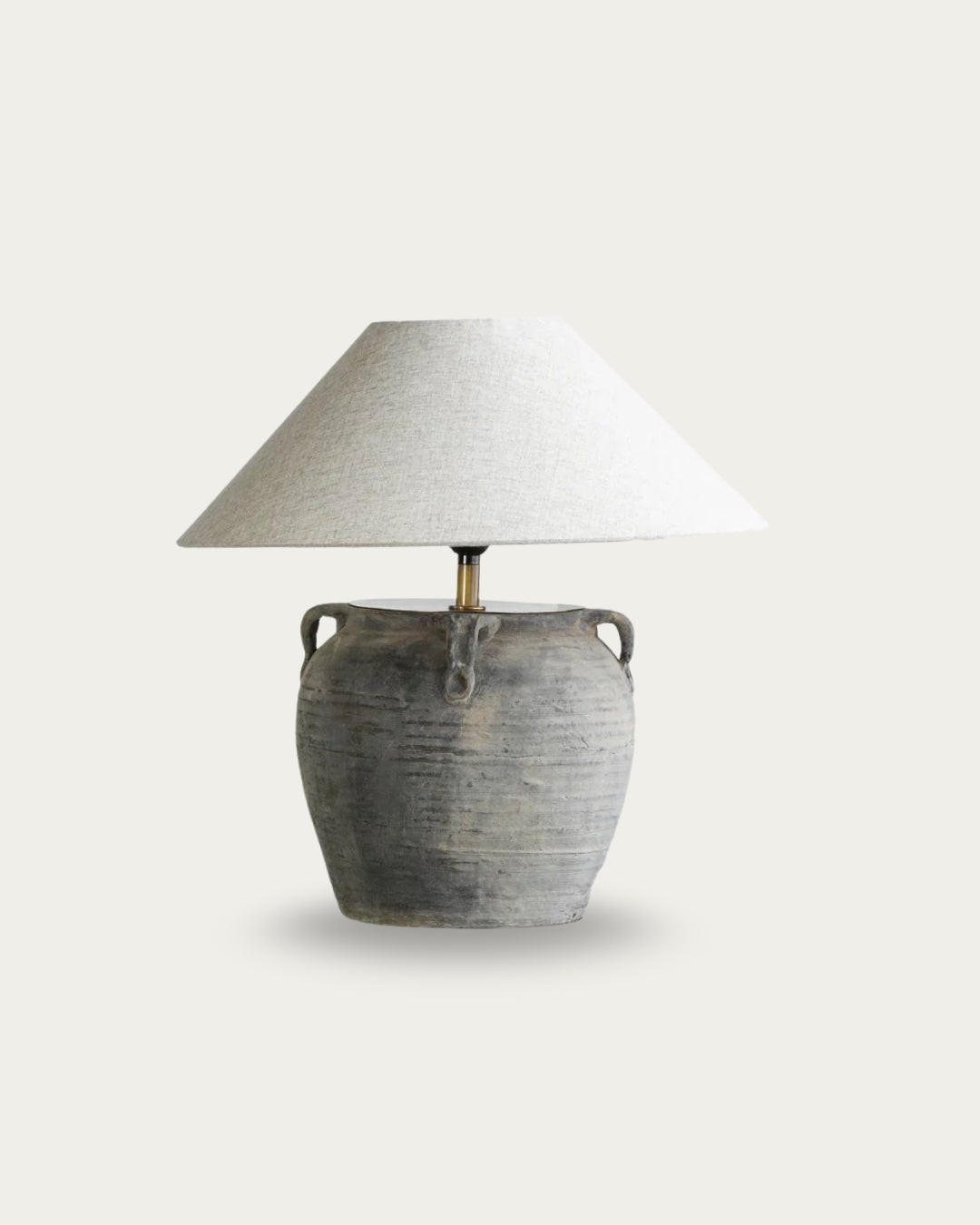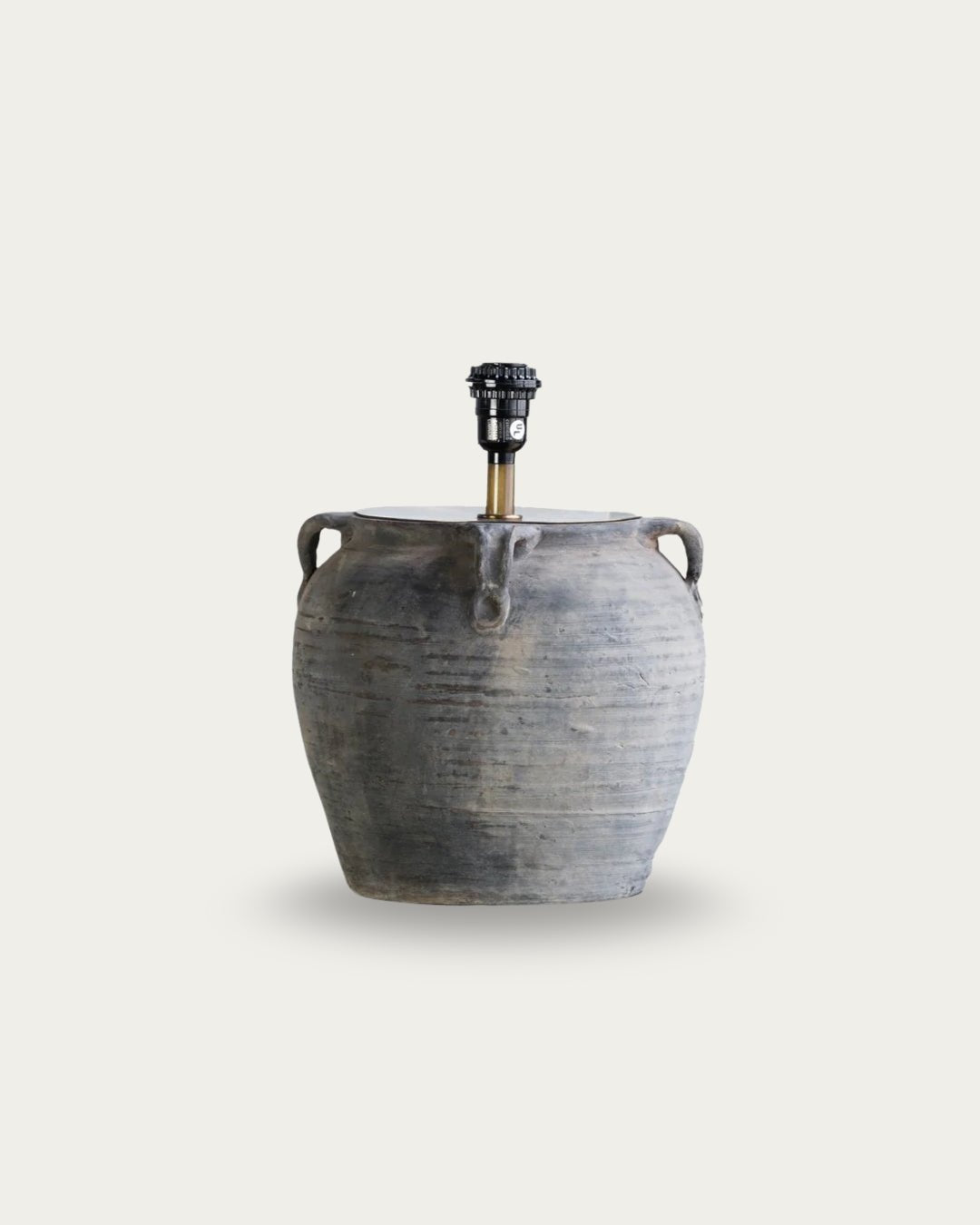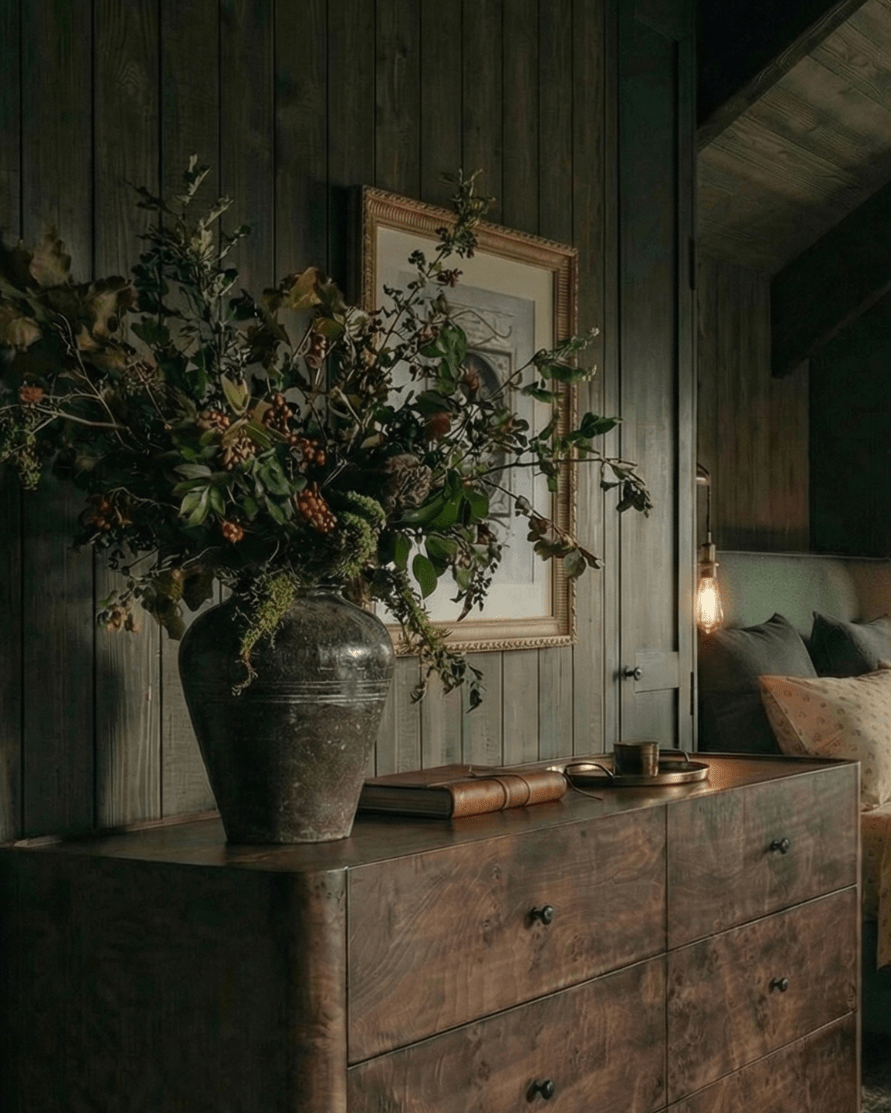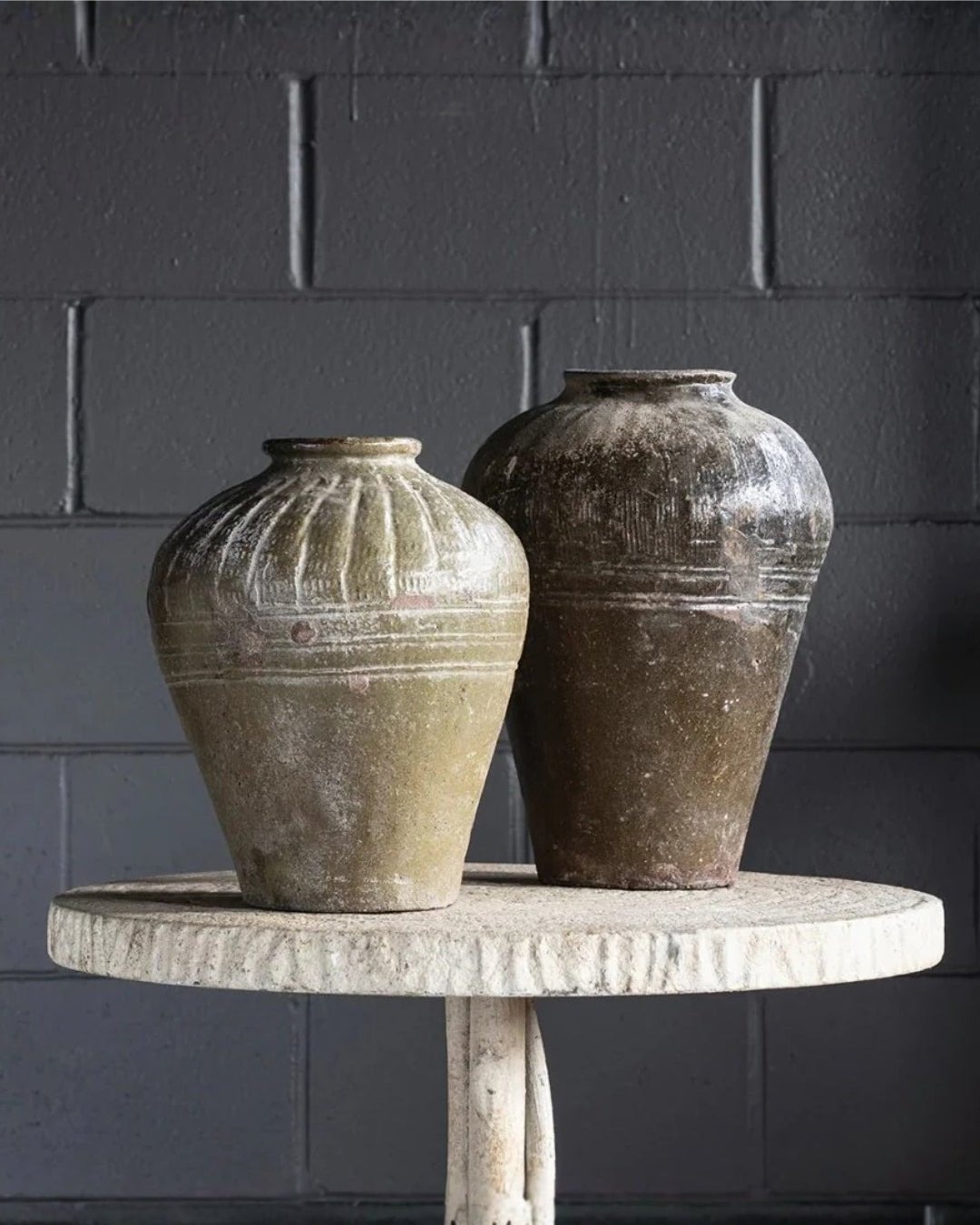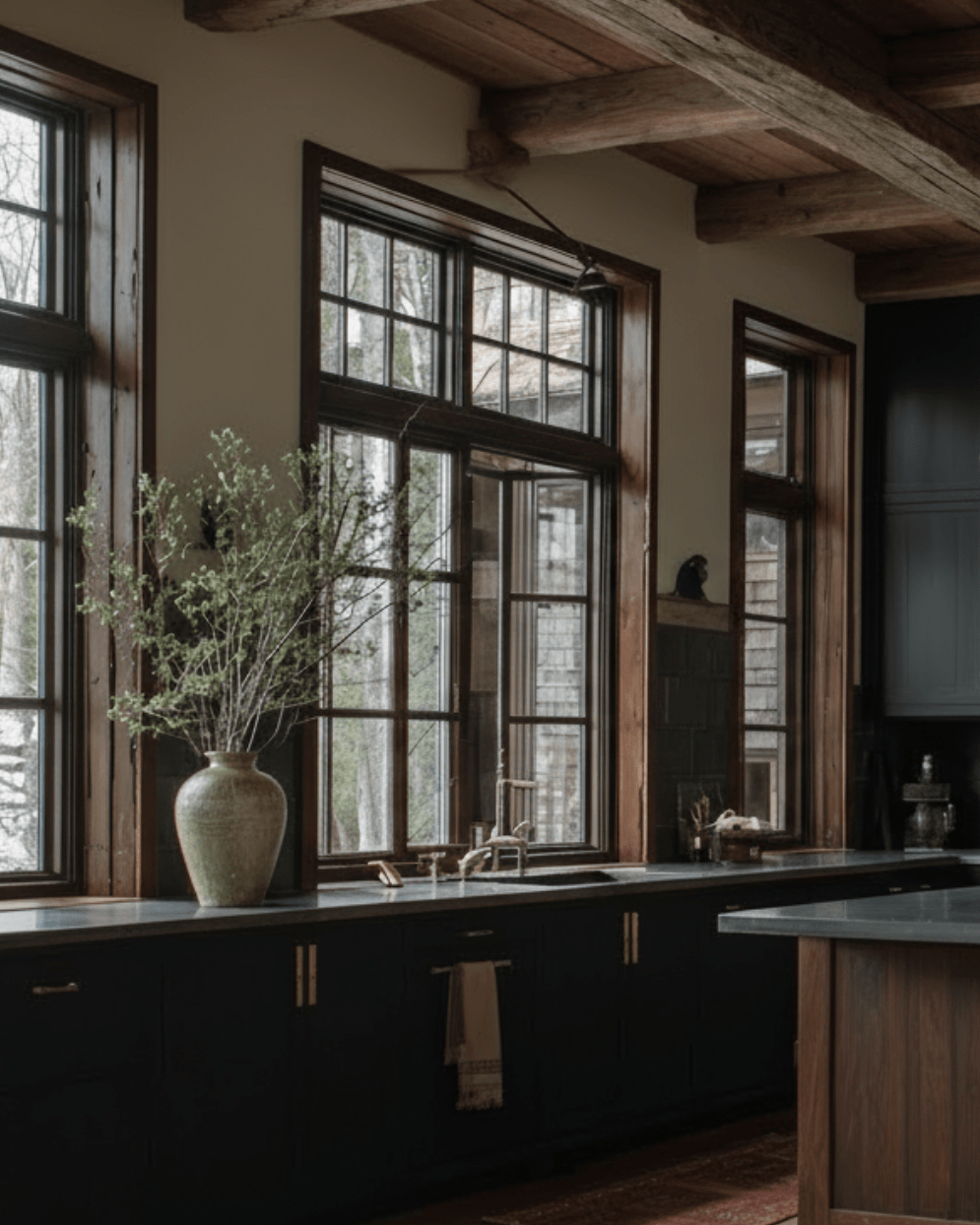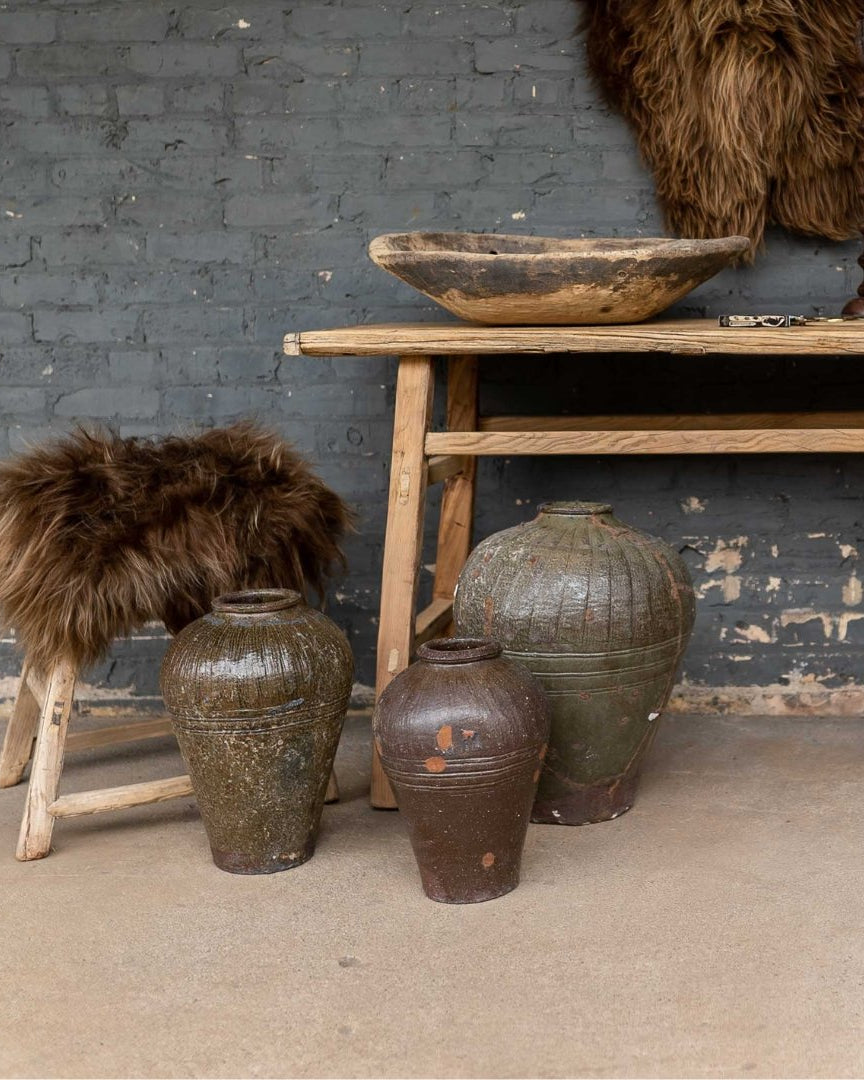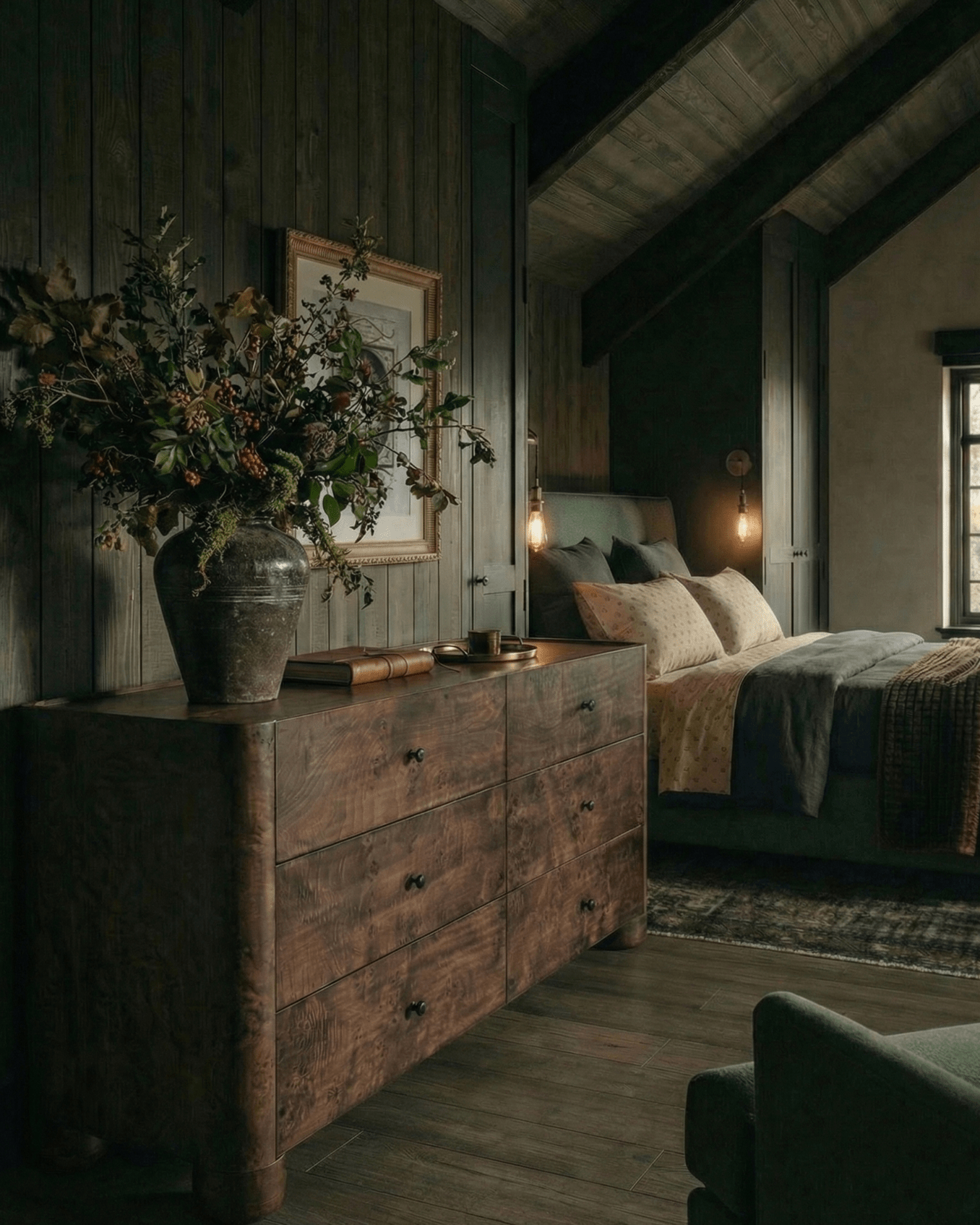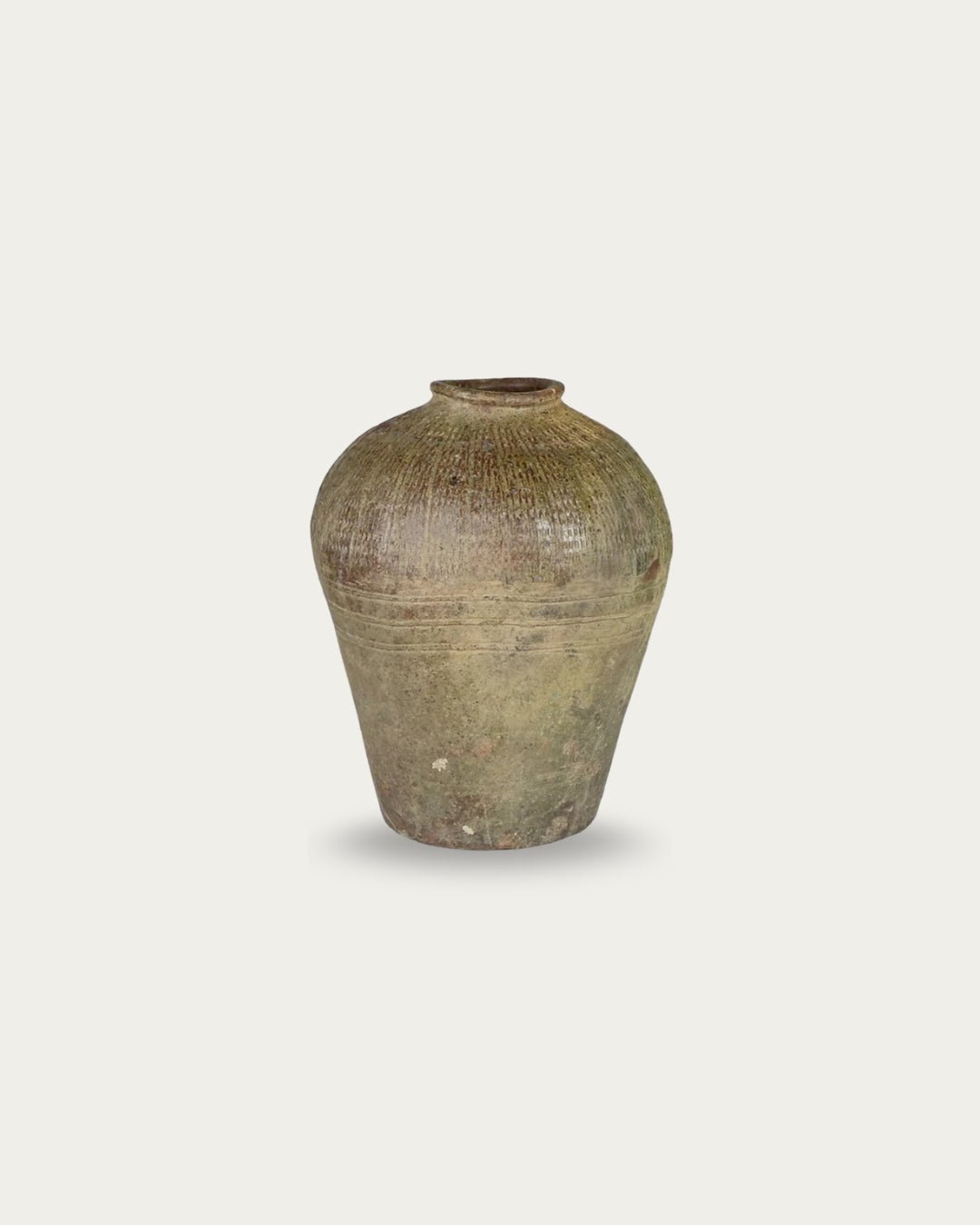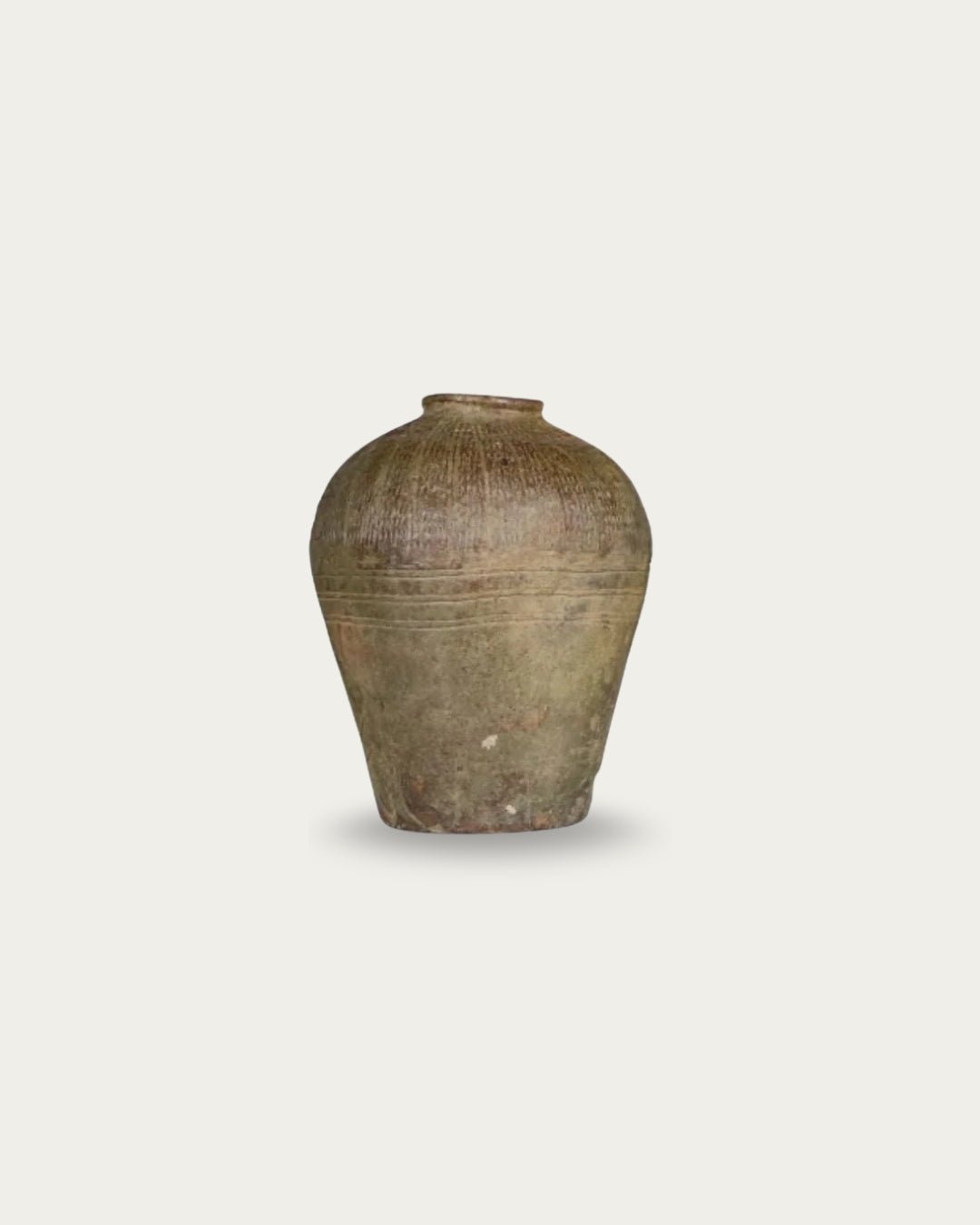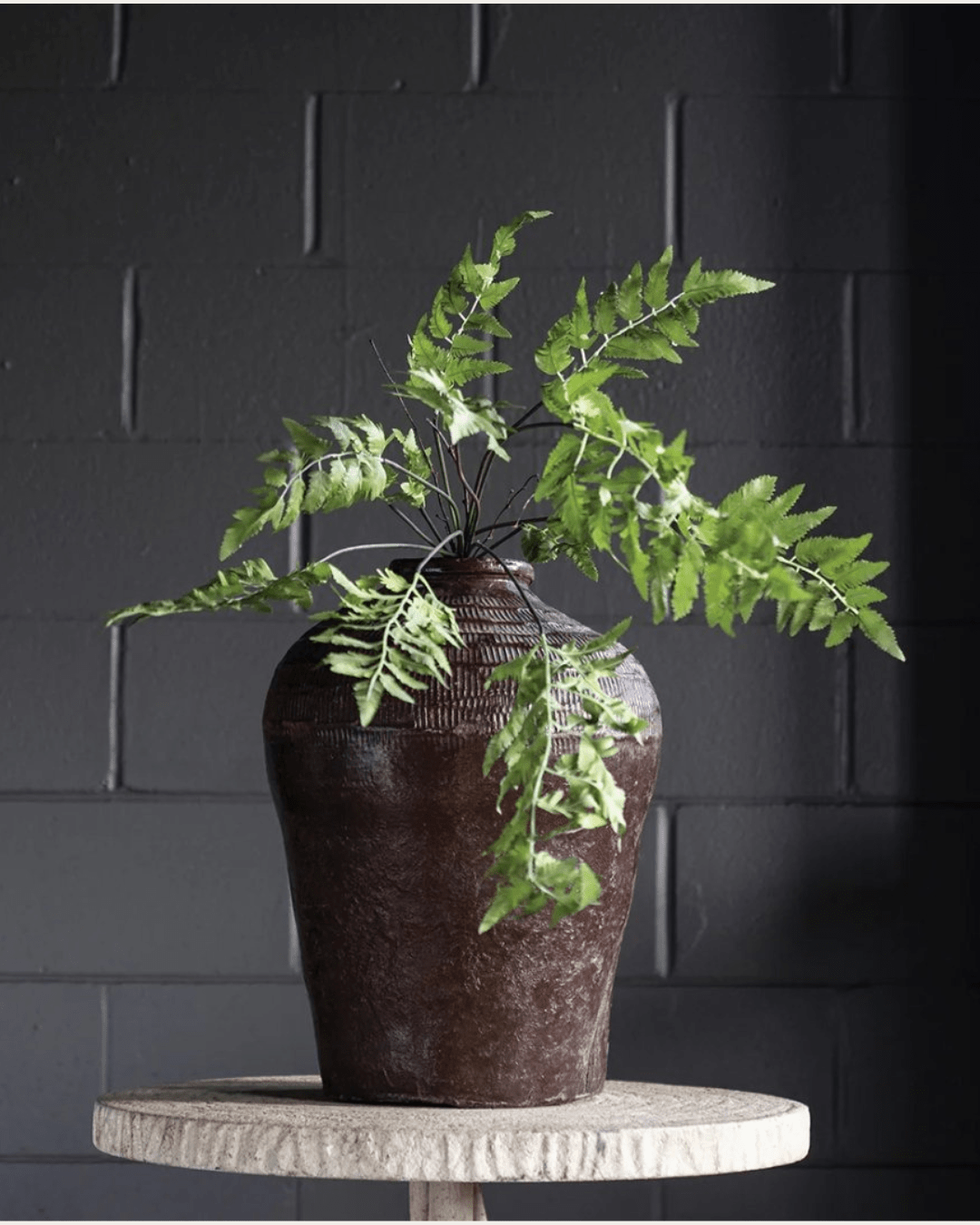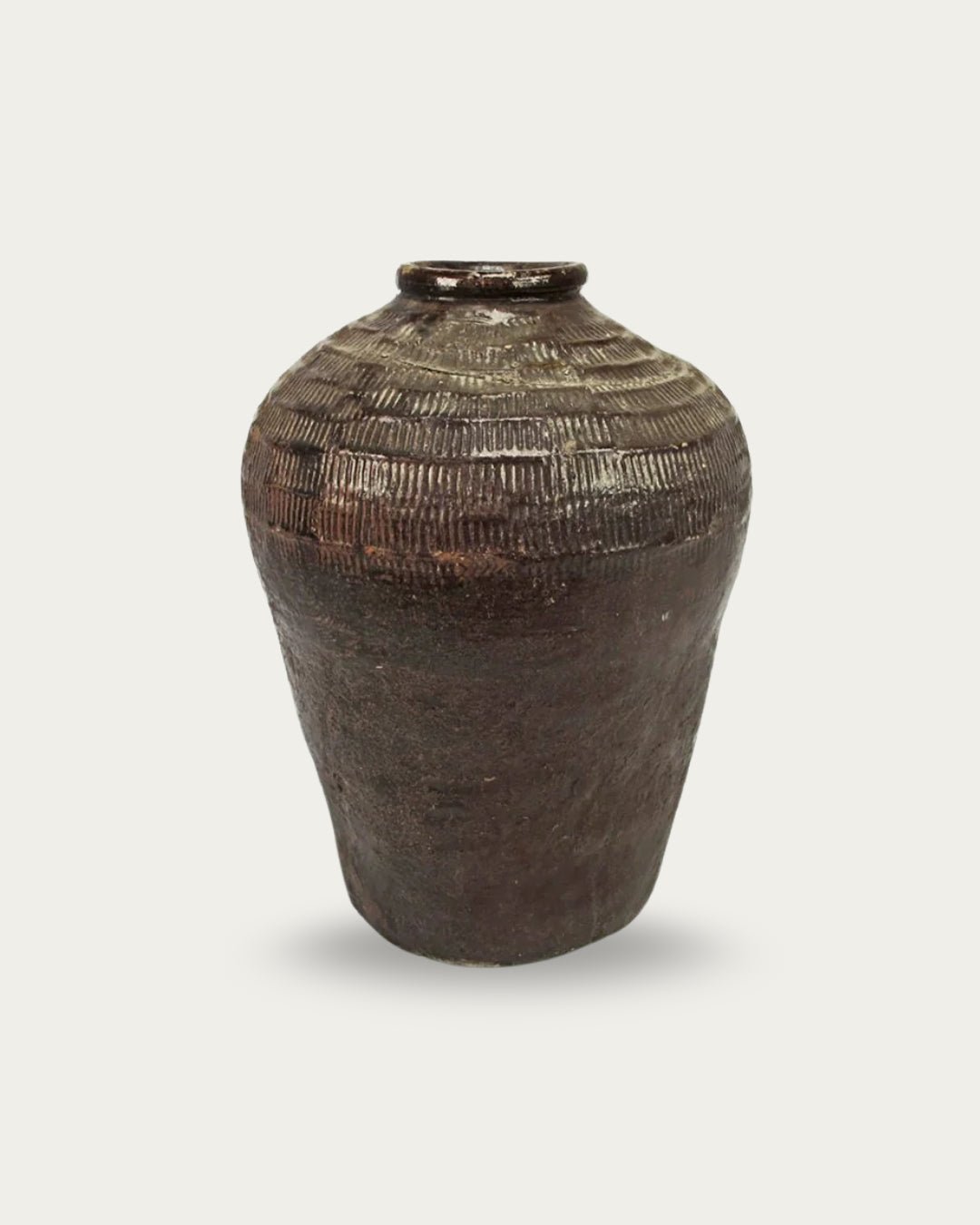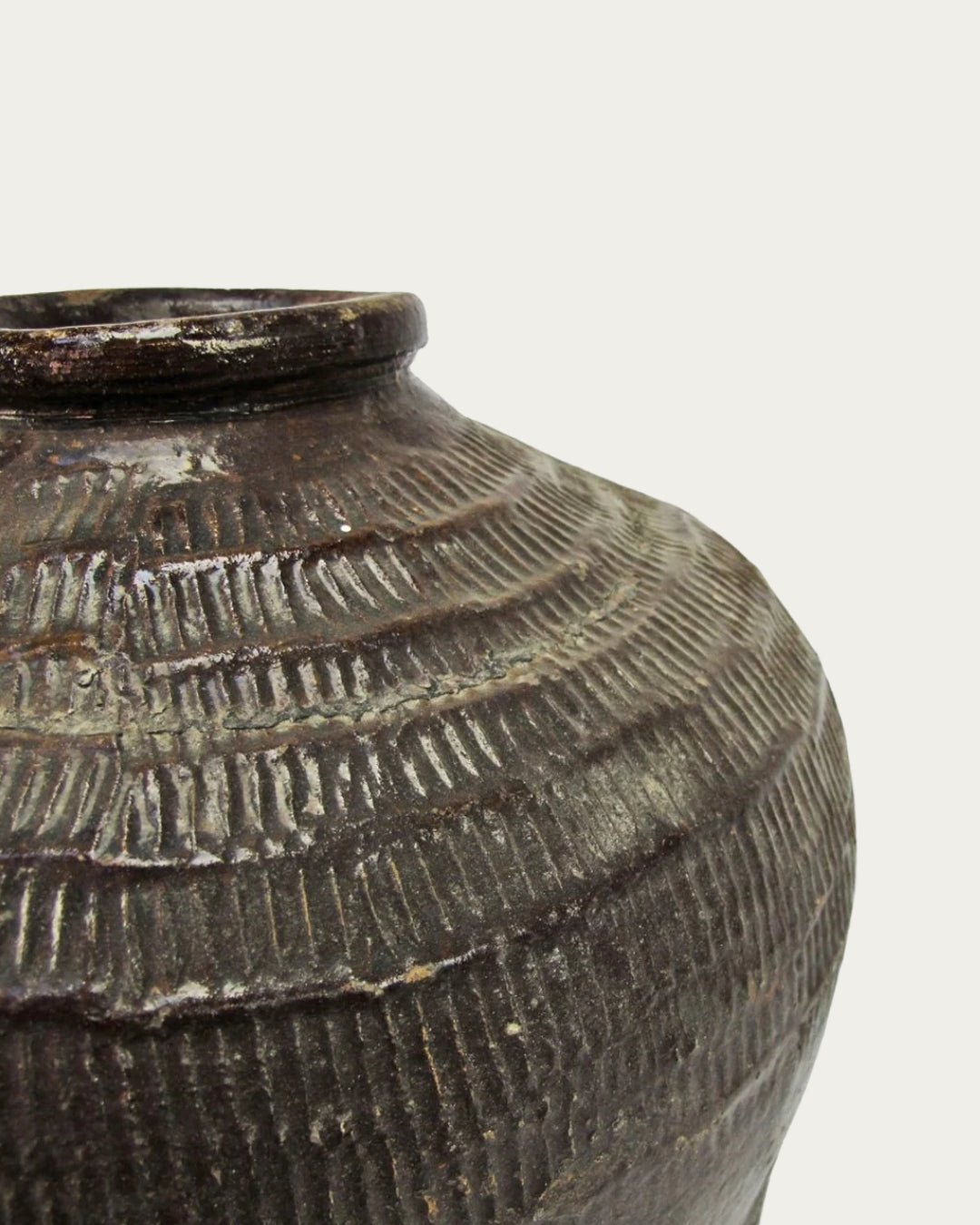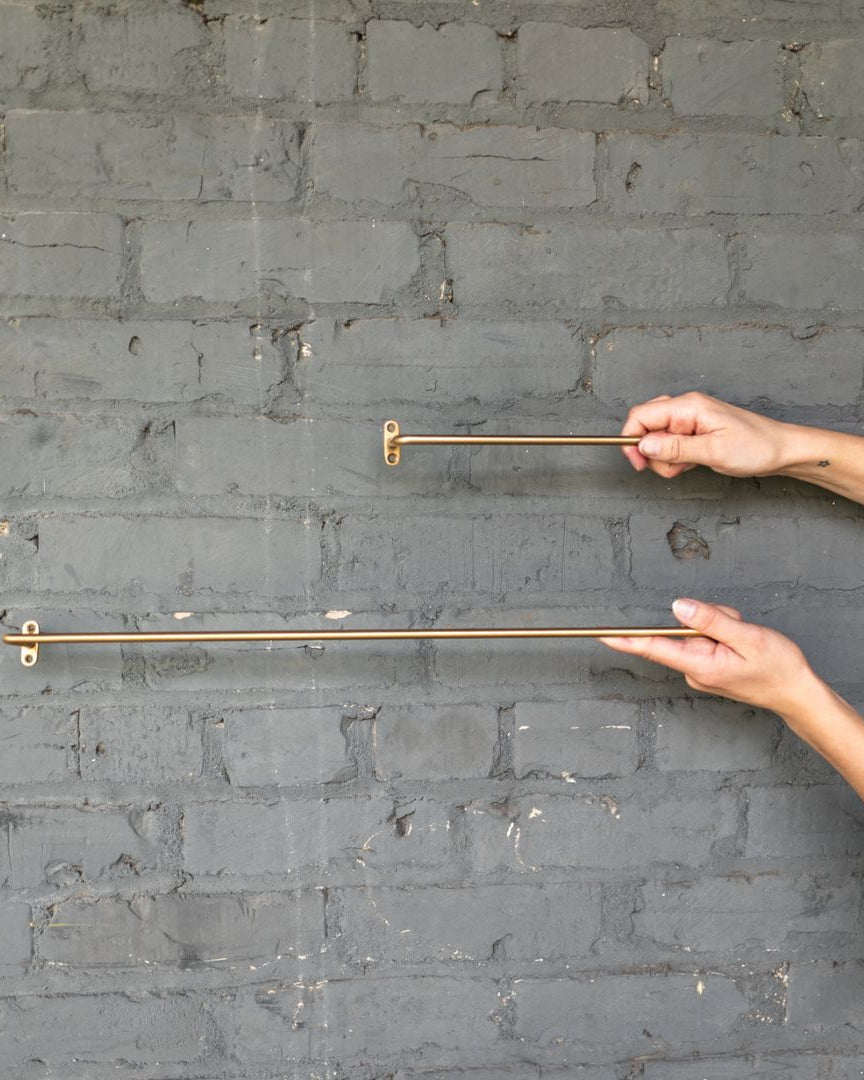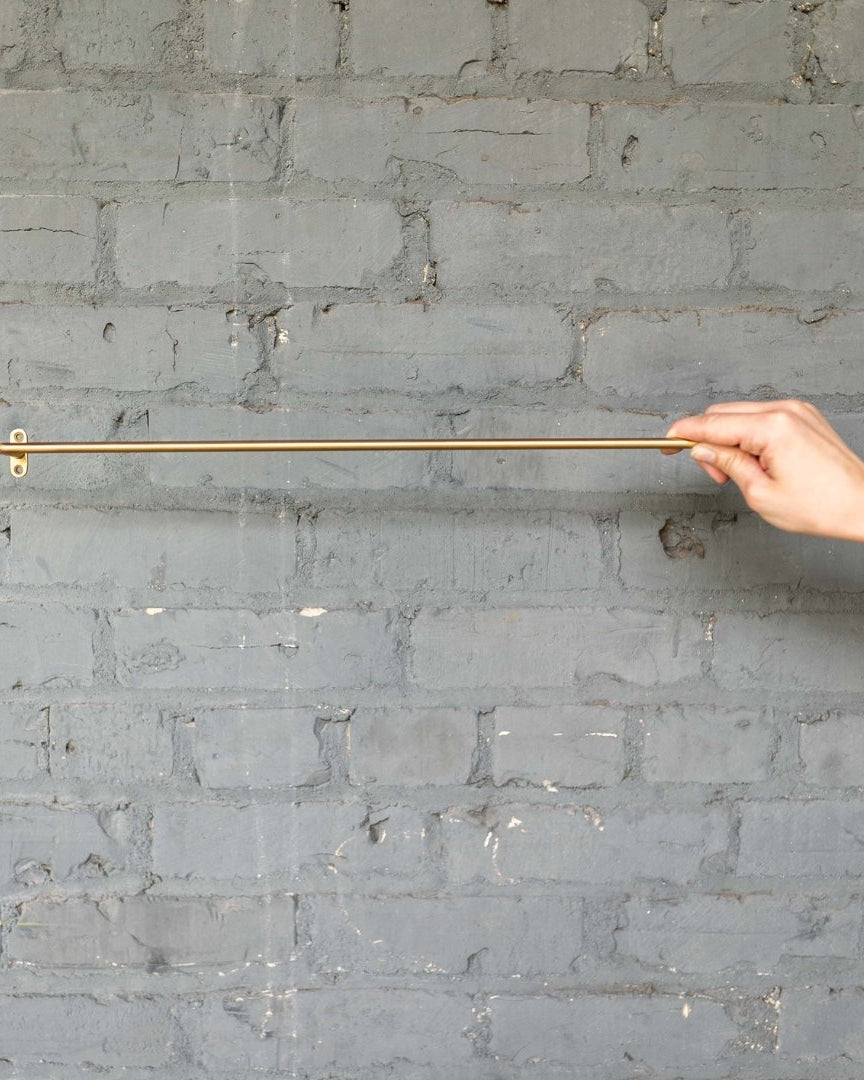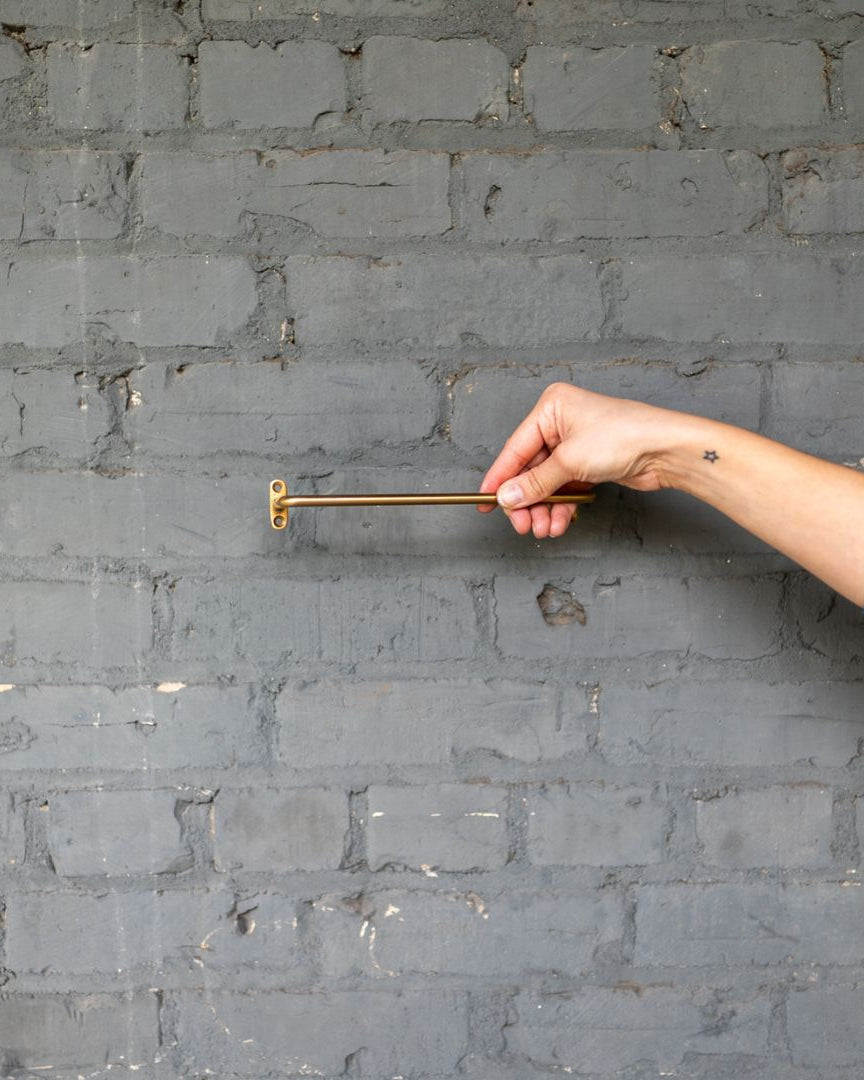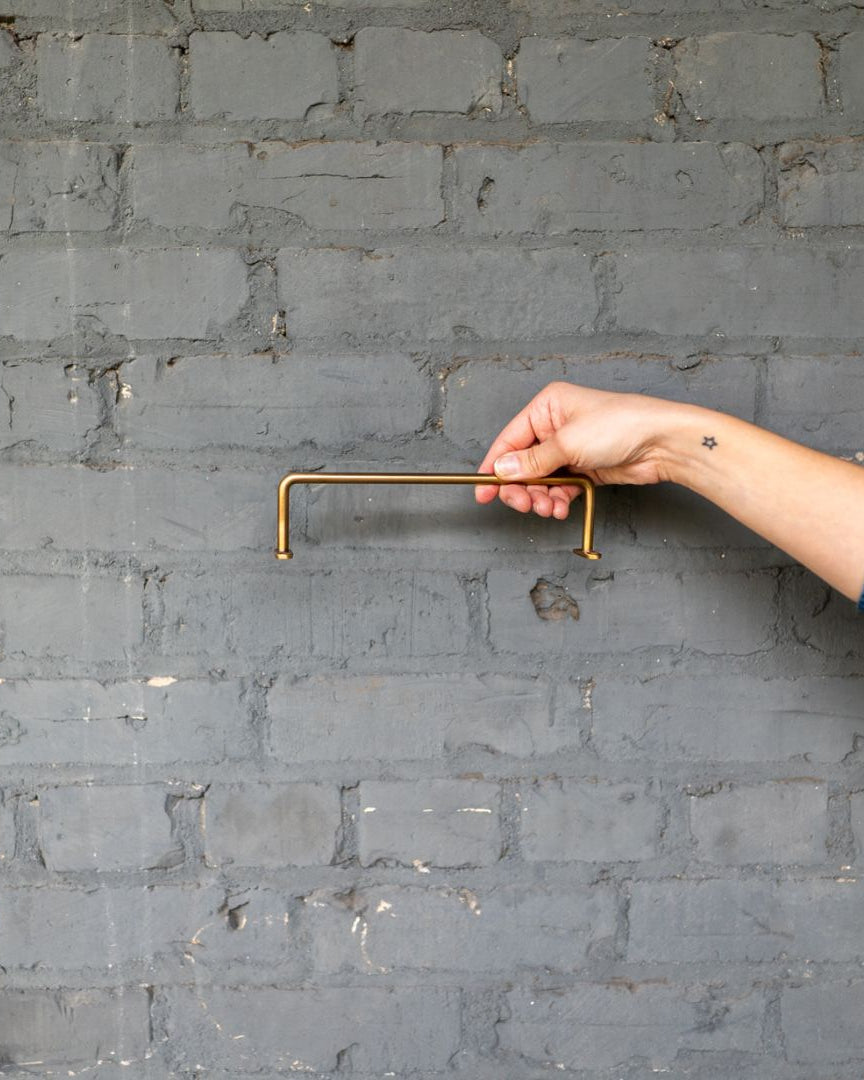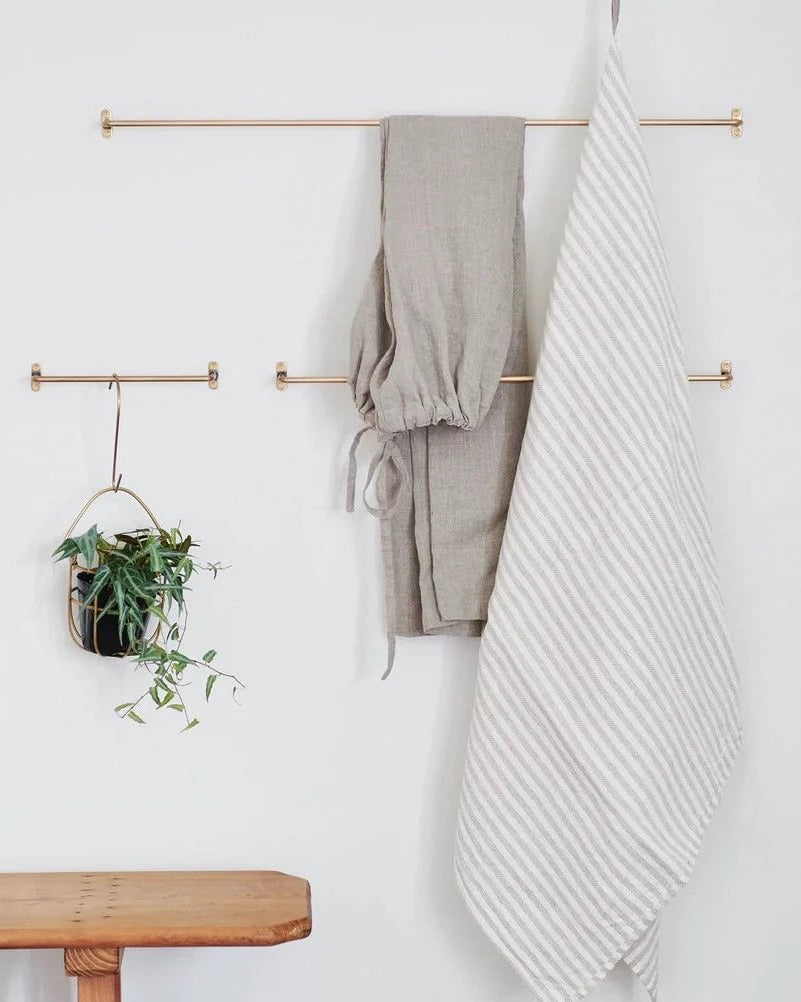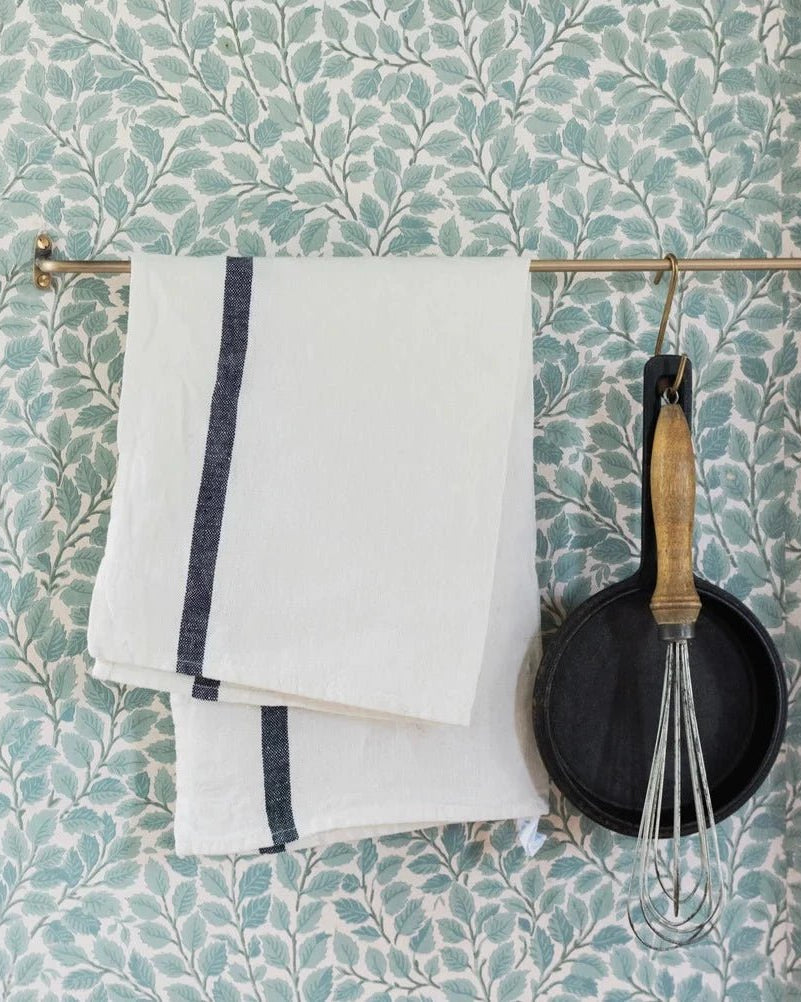Rooms don’t just come alive on their own. They need something to carry their weight—to give them presence, flow, and rhythm. That’s what home furniture does when chosen with intention. A sofa doesn’t just give you a seat; it decides how people gather. A dining table doesn’t just hold plates; it becomes the stage where stories stack up.

When you strip a room of furniture, you’re left with empty volume. The moment you add a few anchors—sofas, tables, cabinets—it stops being a shell and becomes a place with gravity. Home furnishings aren’t filler; they’re structure, mood, and atmosphere.
Home decor takes it further: texture, light, and small objects layered into the furniture’s weight. Together, they create an atmosphere—the intangible quality that makes a room feel either grounded or lost.
The Emotional Weight of Home Furniture
Why Weight Matters in Interiors
We respond instinctively to weight. A marble table feels more permanent than a plastic one. A solid oak dresser carries more presence than a flat-pack version. It’s not just visual—it’s visceral. Our bodies recognize weight and stability, and they calm around it.
That’s why anchors matter. A sofa that can hold your entire body and a dining table that steadies the room—these are more than functional pieces of home furniture. They’re regulators. A table with a pine wood frame and hand-finished patina embodies this perfectly: a dining anchor built to carry decades of weight and ritual.
Home Furnishings as Memory Holders
Furniture doesn’t just hold weight; it holds time. The scratches on a dining table, the softened leather of a sofa, the edge of a cabinet worn from years of use—these are all memory markers.
Pieces like the Jorgen sofa, stitched in leather with a low profile, or the Gustav black leather loveseat echo this truth. Their materials age, their surfaces wear in, and over time they become as much story as seating.
The Atmosphere of Patina
New things can feel fresh, but it’s age that adds depth. Patina regulates because it whispers, “You don’t have to be perfect here.” A reclaimed wood table or a weathered leather chair takes pressure off both the room and the people in it.
Even coffee tables can do this work: the one with an organic acacia form, or the one layered in stone, shows how a surface alone can set the tone.
How Home Furnishings Shape Atmosphere and Flow
Anchors vs. Accents
Not every piece of home furniture is meant to dominate. Some are anchors: sofas, dining tables, sideboards. Others are accents: stools, side tables, lamps. Together, they choreograph flow.
Too many anchors and the room suffocates. Too few, and it drifts. Atmosphere comes from balance: weighty anchors to stabilize, lighter accents to move around them. Sofas with boucle softness, show how even oversized anchors can feel calm rather than heavy.
Pathways Through Furniture
The way you place furniture dictates how people move. A sofa angled toward a window invites pause. A console near the entry slows the transition from outside to in. Chairs arranged in a circle encourage gathering.
Even a small anchor like the Wooden café table shifts pathways. In a kitchen or corner, its round top and iron legs guide how people flow through the room.
Home Decor as Atmosphere Builder
Anchors create weight, but home decor breathes life into them. A stone bowl on a console, a mirror over a dresser, a sheepskin on a chair—these aren’t just accessories, they’re sensory cues.
Pairing strong anchors like the Nollie industrial metal dining table with subtle decor layering shows how even bold, industrial weight can carry warmth when styled with intention.
Texture and Patina in Home Furniture
Why We Crave Surfaces With History
Smooth, flat, perfect surfaces can feel sterile. Knots, cracks, and grain tell us we’re dealing with something real. Our nervous systems relax when they encounter irregularity—it signals authenticity.
This is why dressers like the Jussi dresser, with refurbished pine and carved detail, or the Yngvi dresser, with its oak tansu-inspired frame, resonate so deeply. They carry both function and story.
The Sensory Role of Texture
Touch changes how we experience a room. Linen diffuses light. Velvet absorbs it. Stone stays cool; wood warms with the hand. These aren’t abstract differences—they’re physical cues that shift mood.
Marble coffee tables make this obvious. Cool to the touch, steady underhand—they change the feel of a room without saying a word.
Imperfection as Regulator
Furniture with flaws—dents, scratches, worn edges—signals safety. It reassures us: this space can be lived in. The atmosphere improves when we’re not afraid to touch, lean, or sprawl.
That’s why the lived-in leather of the sofa or its soft unevenness brings comfort beyond design—they regulate by reminding us that imperfection is welcome.
Anchors, Accents, and Balance in a Room
Identifying Anchors
Anchors are the gravitational pieces: the sofa in the living room, the bed in the bedroom, the table in the dining space. They’re what the eye lands on first and what the body moves toward.
Every room needs at least one. Without it, there’s no orientation, no flow.
Choosing Accents
Accents orbit the anchors. They can be playful—like a fluted side table—or minimal, like a woven stool. Their role is rhythm, not dominance. In home decor, accents give atmosphere texture and movement.
Negative Space as Silent Partner
Balance doesn’t come from filling a room, but from leaving it space to breathe. Too many anchors, too many accents, and the atmosphere suffocates.
Negative space is what lets furniture feel intentional. It’s the pause between notes, the silence that makes the rhythm work.
Scale and Proportion in Home Furniture
Why Size Dictates Atmosphere
A sofa too big for the room overwhelms. A console too small feels flimsy. Scale matters because proportion is how our bodies read stability. Also, a farm table strikes this balance. Large enough to ground a dining space, but proportioned so it doesn’t dominate.
Proportion as Emotional Cue
Balance Through Grouping
Sometimes balance comes from grouping. Two accent chairs instead of one, or a pair of side tables framing a sofa. This creates visual rhythm and gives atmosphere symmetry without heaviness.
The Gustav black leather loveseat paired with the Hedvig wood coffee table is one such grouping—grounded with leather, softened with wood.
Material Matters in Home Furnishings
Wood as Grounding
Wood is the original anchor. Whether reclaimed, polished, or raw, it steadies a room with grain and warmth. No material regulates quite the same way.
Stone as Permanence
Stone carries gravitas. A marble dining table or stone coffee table doesn’t just hold weight physically—it holds it atmospherically. It signals permanence, seriousness, and ritual.
Tables like the Nollie industrial metal dining table or the Luna marble coffee table embody this permanence—dense, grounding, and impossible to ignore.
Fabric as Comfort
Textiles soften anchors. A velvet sofa absorbs light and sound, creating a cocoon. A linen chair breathes, making the room feel lighter. A sheepskin throw layered onto a bench changes its entire presence.
Sofas like the Whitby sofa do this naturally—bouclé upholstery creating both softness and depth.
Home Furniture as Regulators of Mood and Memory
Rituals Around Sofas and Chairs
The sofa isn’t just seating—it’s where the body resets. The favorite chair becomes a ritual, chosen again and again because it regulates. That’s the invisible work of home furniture: shaping mood through repetition.
Dining Tables as Memory Stations
Every scratch on a dining table tells a story. Meals, homework, arguments, celebrations—all stack up in the same place. This is where home furnishings become memory keepers.
The Amelia farm table is one such keeper—its pine construction built not just for meals, but for the patina of memory.
Consoles as Threshold Guides
Placed in entryways or hallways, consoles aren’t just functional. They regulate transitions. Keys down, shoes off, mind shifts. The atmosphere starts the moment you cross the threshold, and consoles are the anchor for that ritual.
Styling Principles That Add Presence Without Clutter
One Statement Object
Anchors don’t need much. A single vase on a console, one sculptural bowl on a table—enough to signal weight without drowning it. When styled with intention, restraint makes the anchor stronger. The absence of clutter draws the eye to the form, the material, the presence of the piece itself. One carefully chosen object can say more about the room’s rhythm than a dozen competing accents.
Lighting as Atmosphere Builder
No anchor works without light. A lamp beside a sofa, a pendant over a dining table, candles across a console—light makes the anchor visible and defines its atmosphere. Illumination directs focus, softens edges, and shifts the emotional tone of the room. Low, warm light invites intimacy; brighter light clarifies and sharpens. In this way, lighting doesn’t just highlight home furniture—it becomes its partner, completing the anchor’s presence and giving it the weight it needs to truly ground a space.
Seasonal Adjustments
Anchors stay put, but what you style them with can change. Heavy ceramics and wool in winter, glass and linen in summer. The atmosphere shifts subtly, regulating the rhythm of the year.
The Future of Home Furnishings and Sustainable Home Decor
Longevity as Design Principle
The era of disposable furniture is fading. Sustainability now means choosing pieces that last—anchors that will remain for decades, gaining patina instead of losing relevance.
Flexibility as Modern Need
Homes change; furniture must adapt. Modular sofas, extendable dining tables, movable kitchen islands—flexible anchors are becoming just as essential as permanent ones.
Sustainability as the New Luxury
In home decor, sustainability isn’t compromise—it’s luxury. A reclaimed wood sideboard or vintage marble table signals care, story, and value that mass production never can.
Final Word
The atmosphere doesn’t happen by accident. It’s built by weight, texture, proportion, and flow. The anchors you choose—sofas, tables, cabinets—set the tone. The accents you layer—lamps, vases, and textiles—add rhythm. Together, they create presence.
Home furniture isn’t filler. It’s the gravity of the room, the element that holds weight and whispers stories into the atmosphere. Choose anchors carefully, style them with restraint, and let them do their work.
Discover pieces that carry weight and shape presence in the Hello Norden furniture collection.
FAQ: What You Should Know About Home Furniture
1. What makes home furniture “hold weight”?
It’s about physical presence and emotional stability. Anchors like sofas, dining tables, and dressers ground the room and regulate flow.
2. How does home furniture create an atmosphere?
Through scale, material, and placement. The right piece balances flow, anchors the eye, and layers with decor to build mood.
3. What’s the difference between home furnishings and home decor?
Home furnishings are the larger functional pieces—sofas, tables, cabinets. Home decor includes the styling layers: rugs, lamps, vases.
4. Can small pieces of furniture be anchors?
Yes, if they define the flow. A bold accent chair or a bench at the end of a bed can serve as anchors in smaller rooms.
5. How do materials affect the atmosphere?
Wood warms, stone steadies, fabric softens. Each material in home furniture regulates differently.
6. How do I balance anchors and accents?
Choose one or two anchors per room, then layer accents around them. Always leave negative space so the weight feels intentional.
7. What role does lighting play with anchors?
Lighting highlights weight. A pendant over a dining table or a lamp on a console reinforces its role as anchor.
8. How often should anchors change?
Rarely. Anchors are long-term. Update atmosphere seasonally with decor, but let anchors remain stable.
9. What’s the biggest mistake in furnishing a room?
Overcrowding. Too many heavy pieces crush the atmosphere. Better to have one strong anchor than three competing ones.
10. Are sustainable furnishings worth the investment?
Yes. Reclaimed and vintage home furniture lasts longer, carries more presence, and contributes to atmosphere through story and patina.





